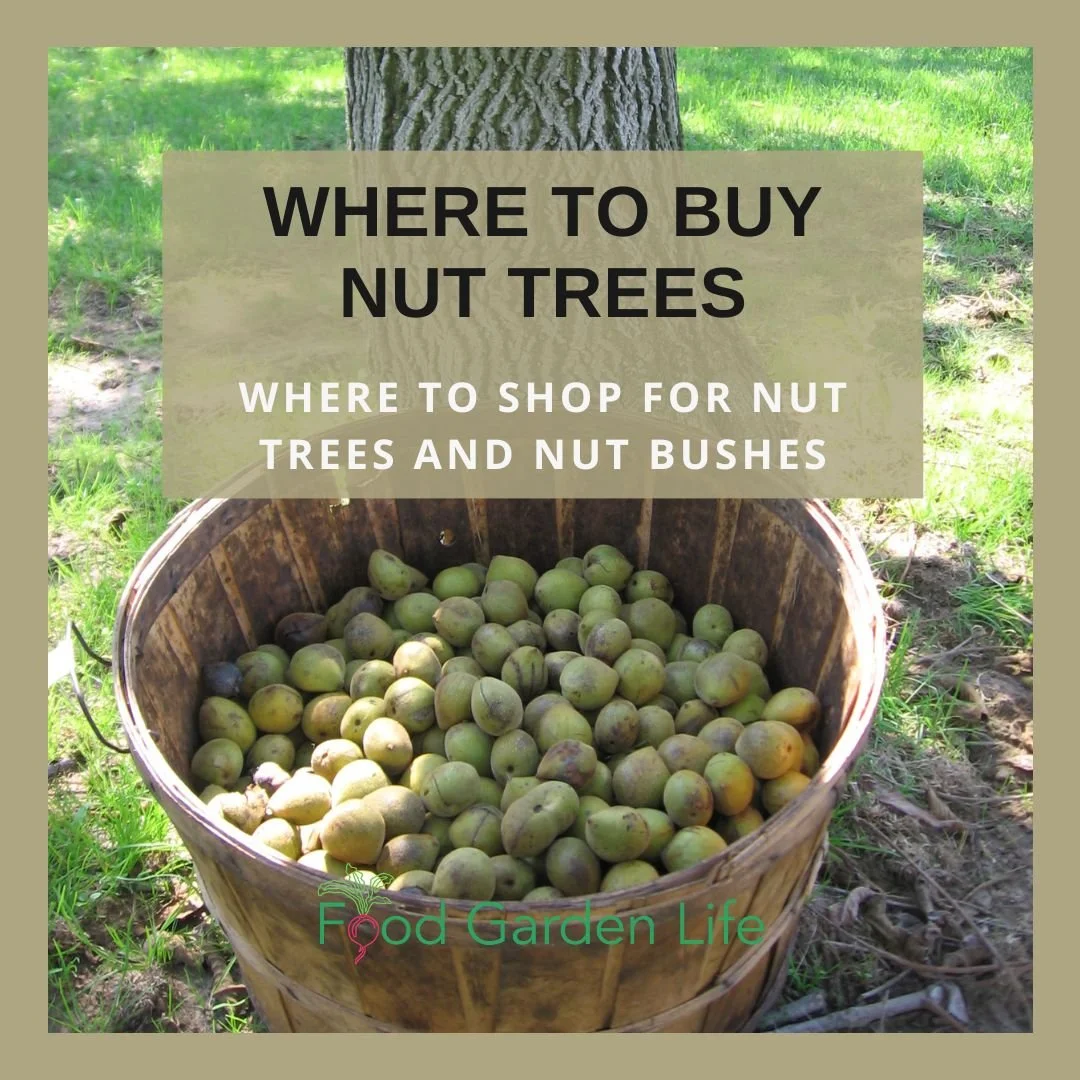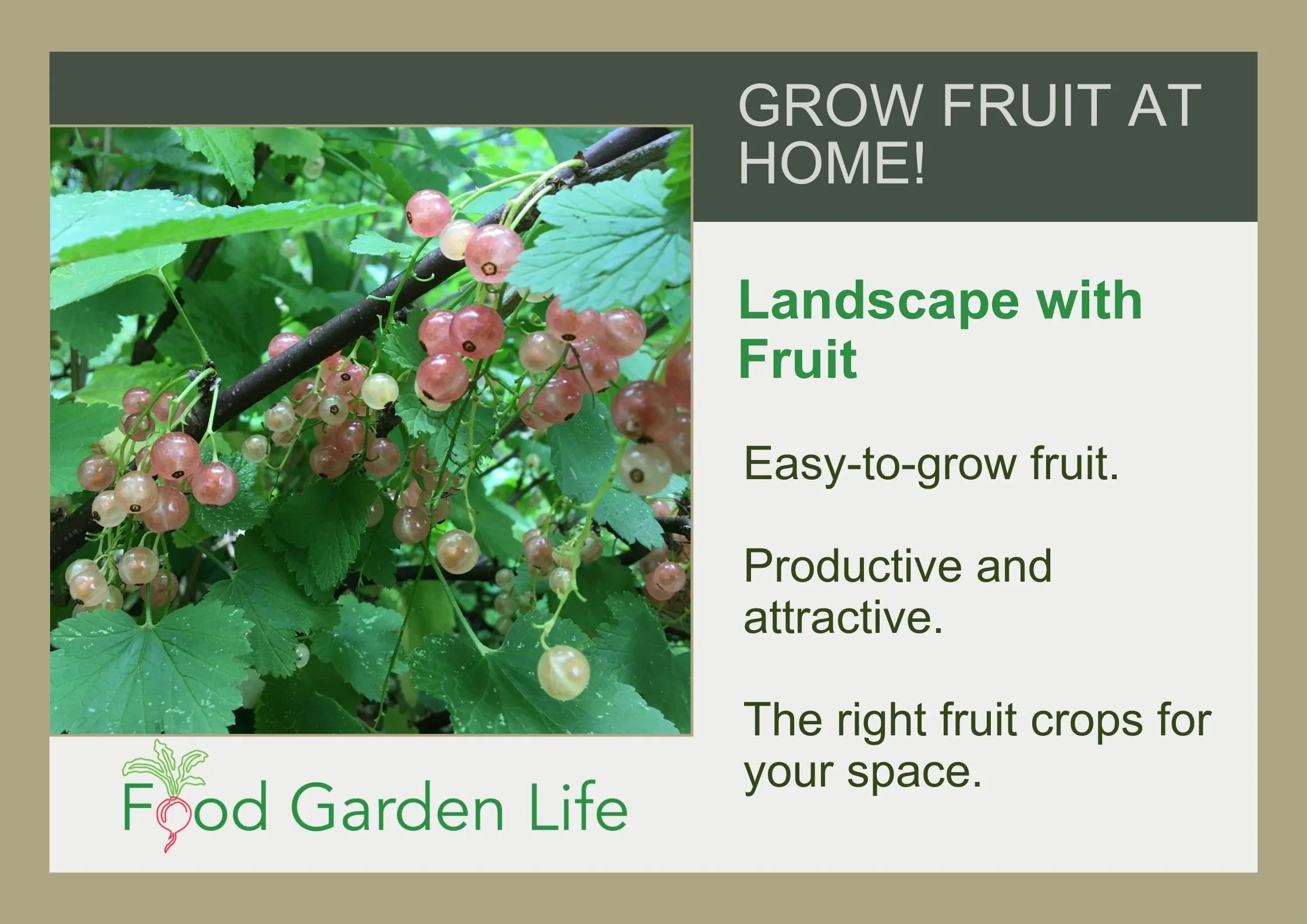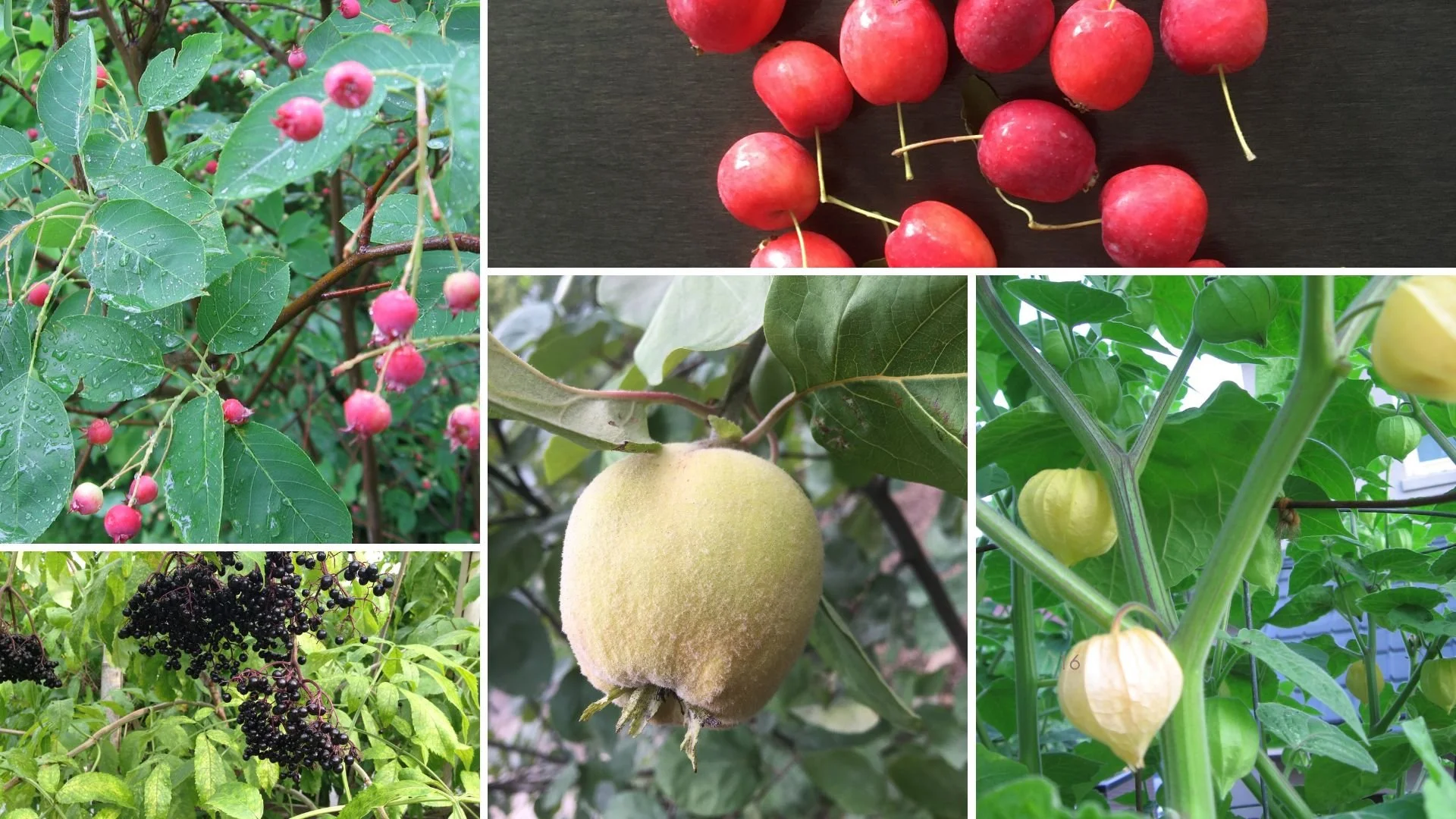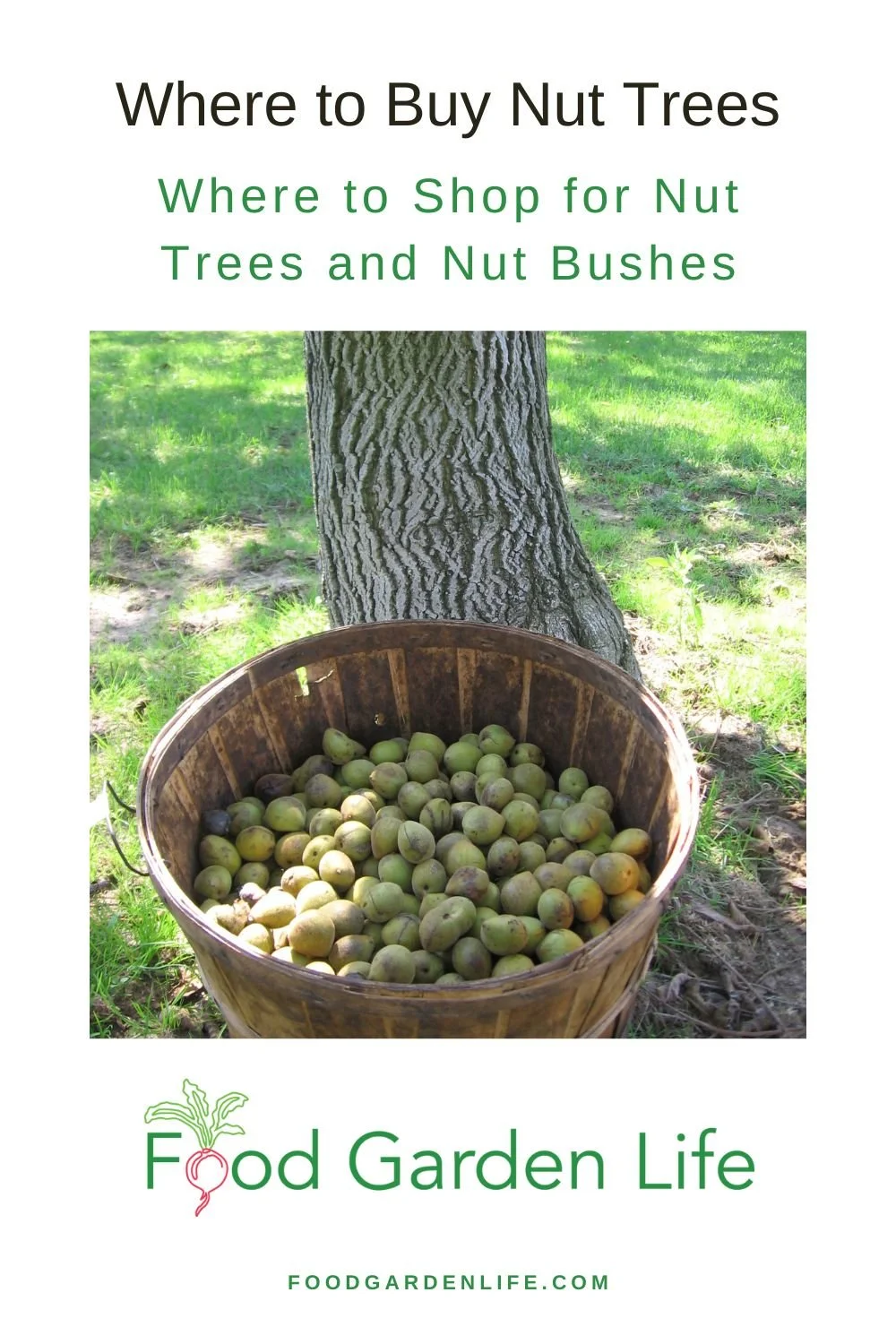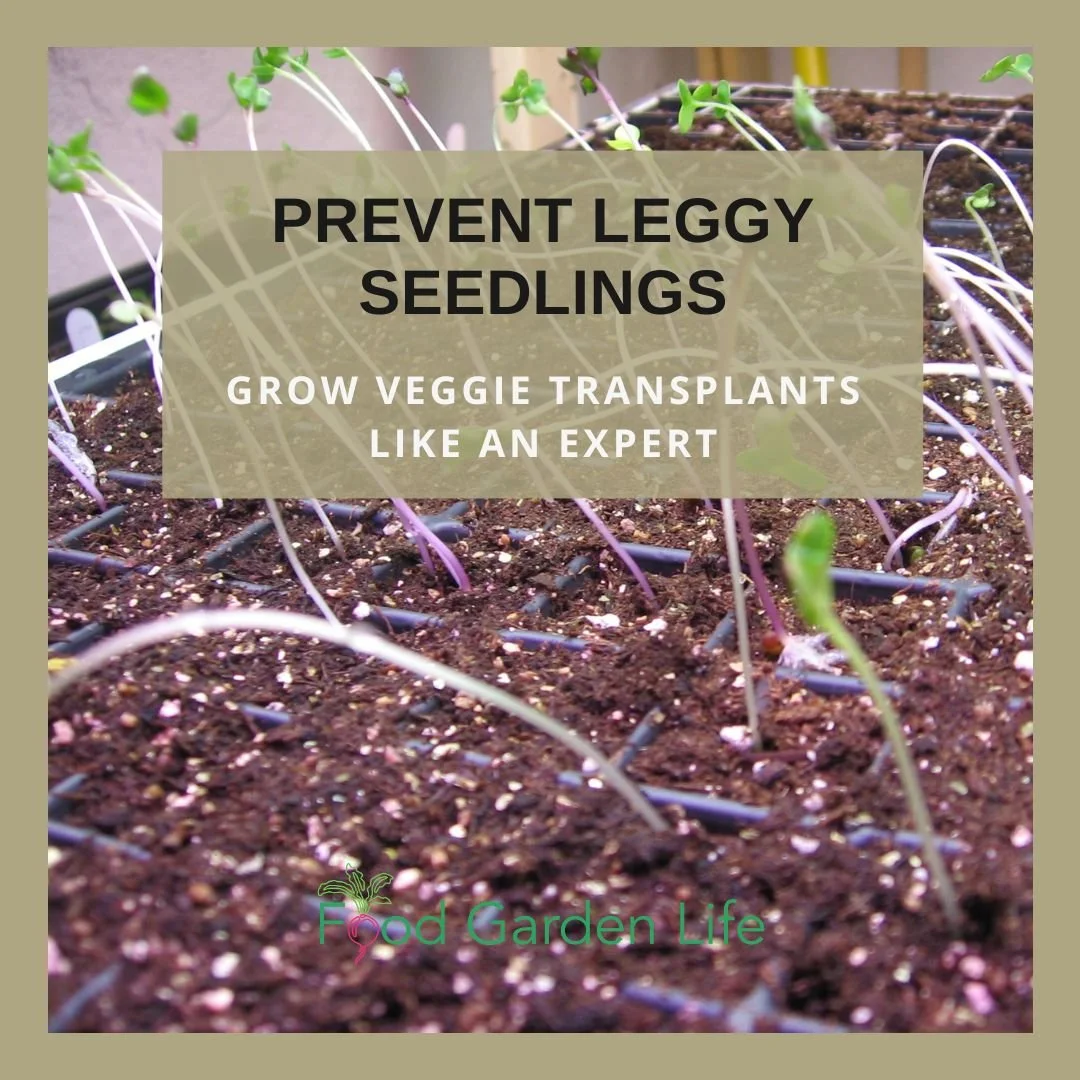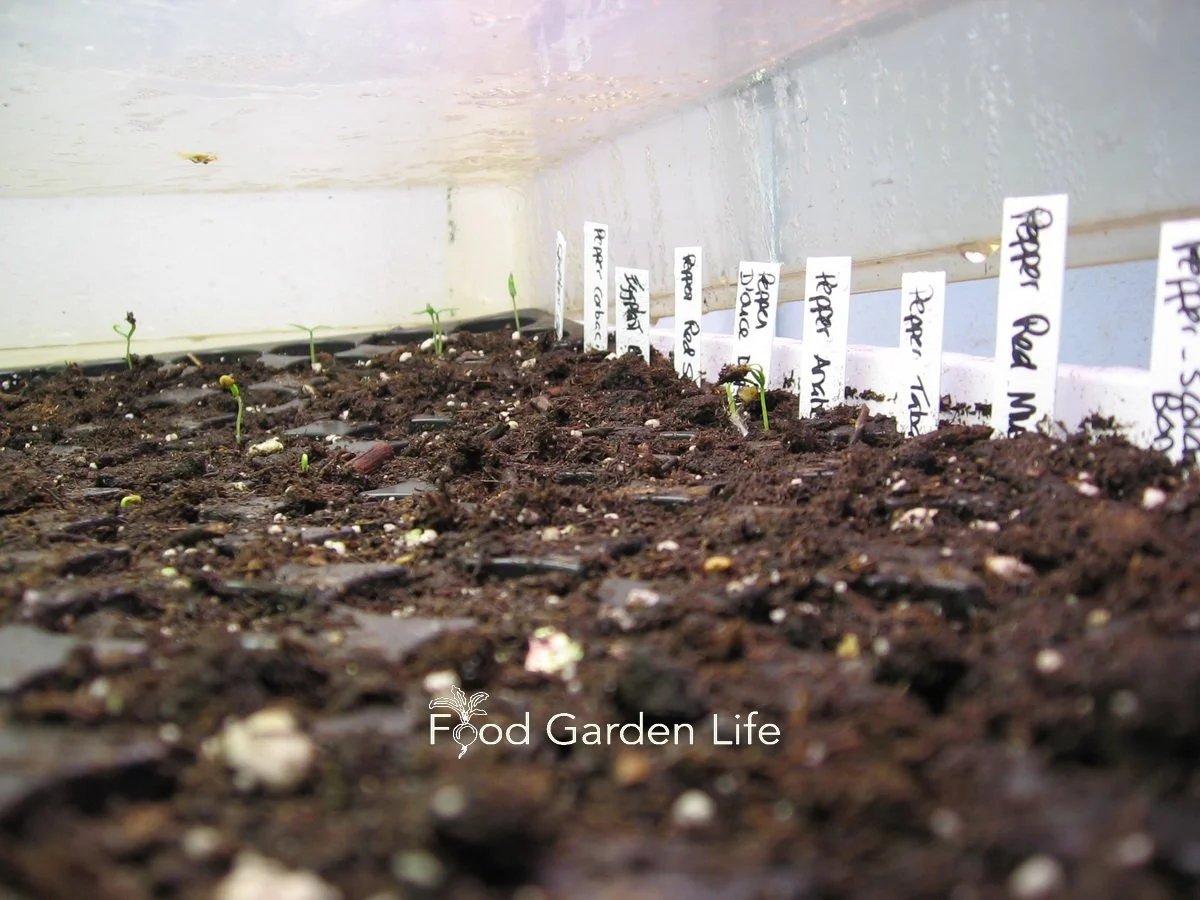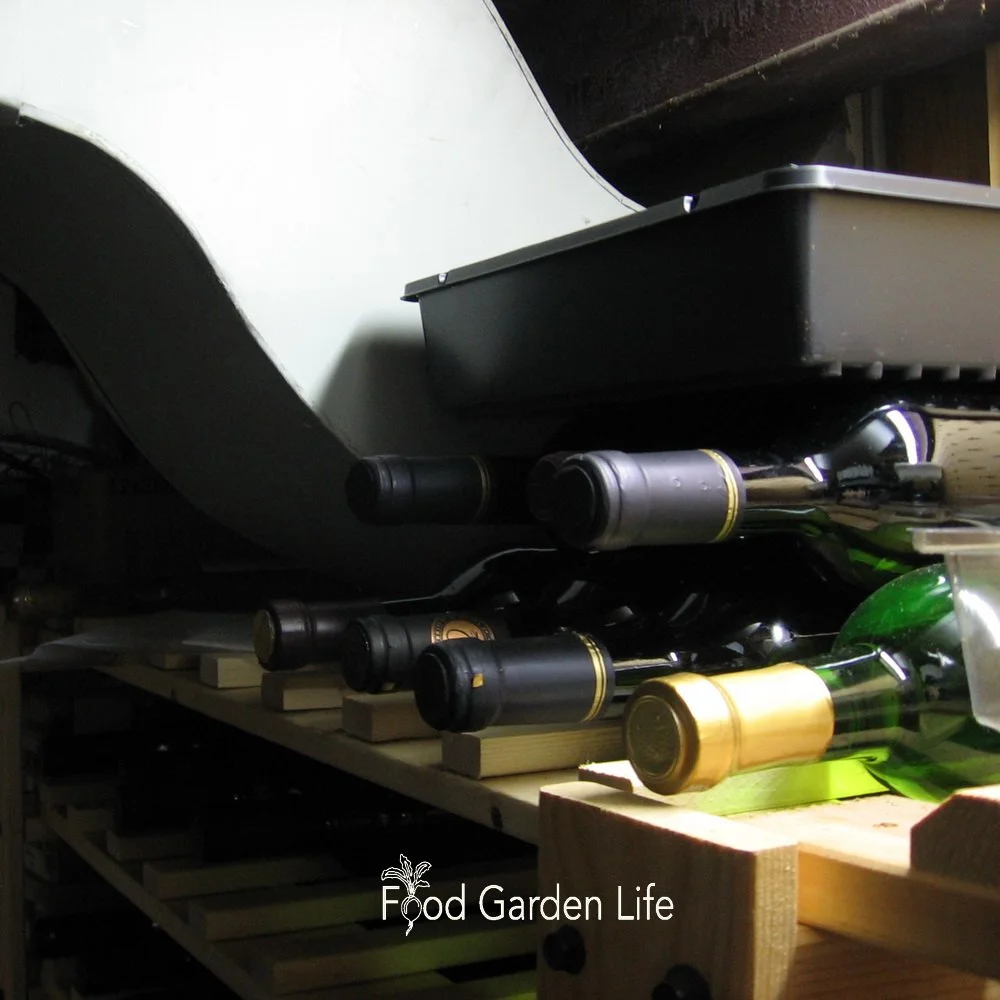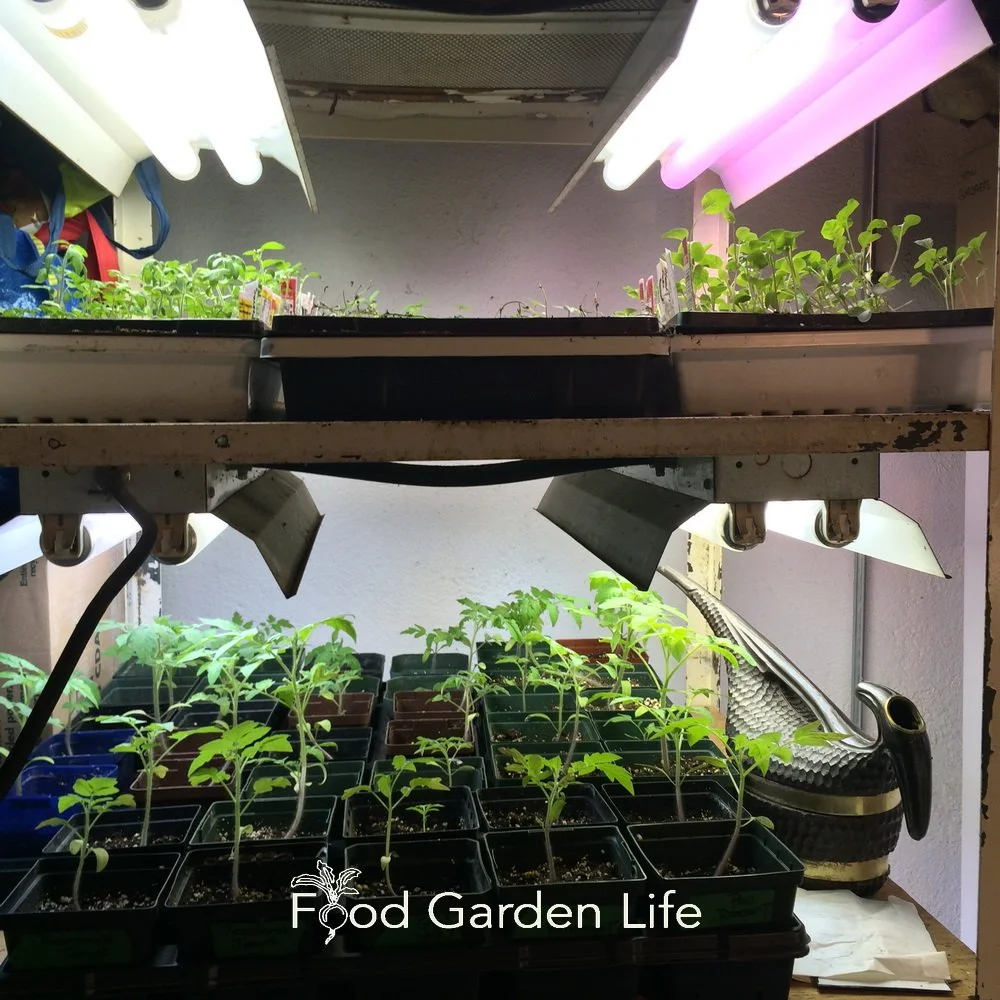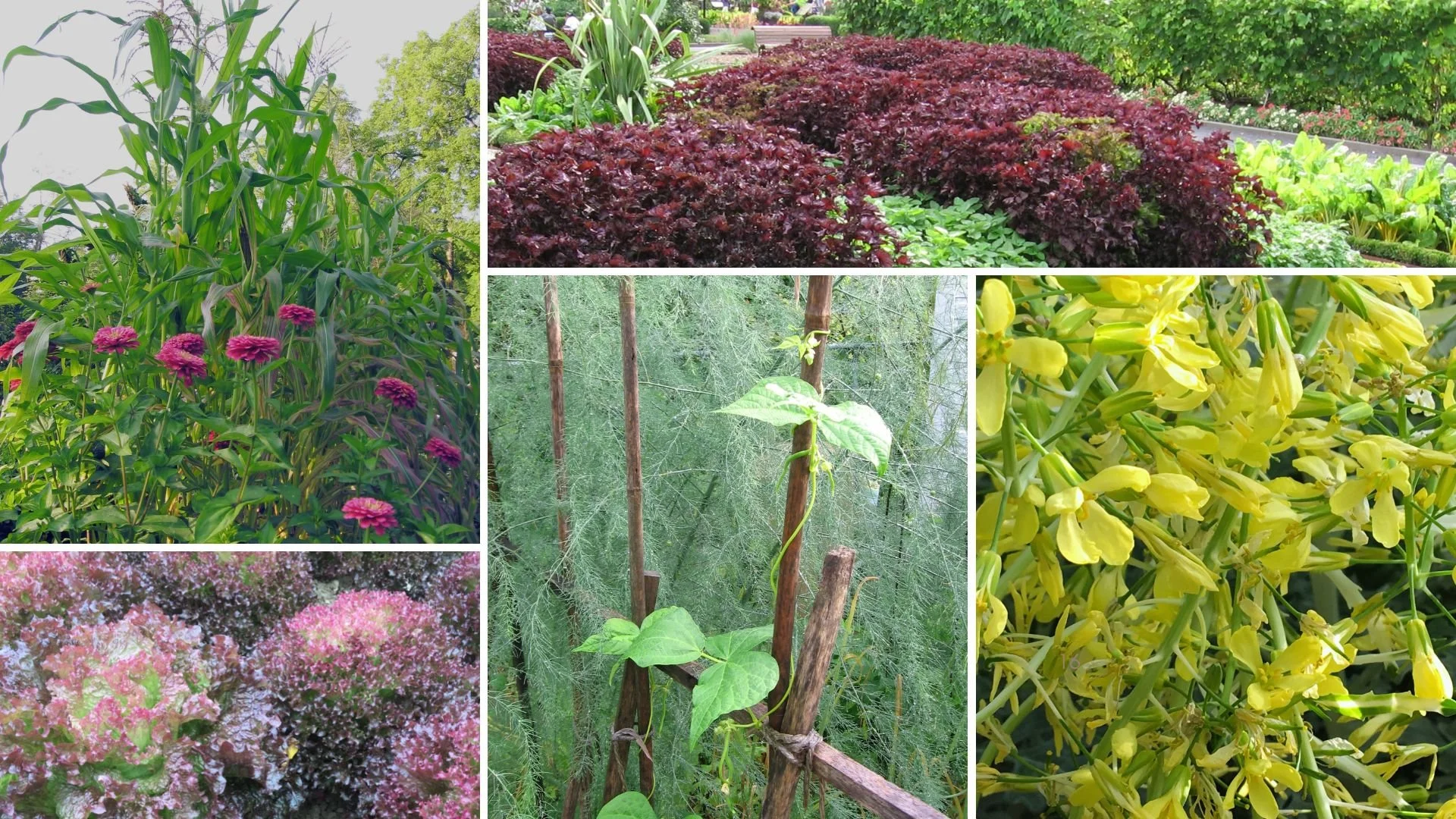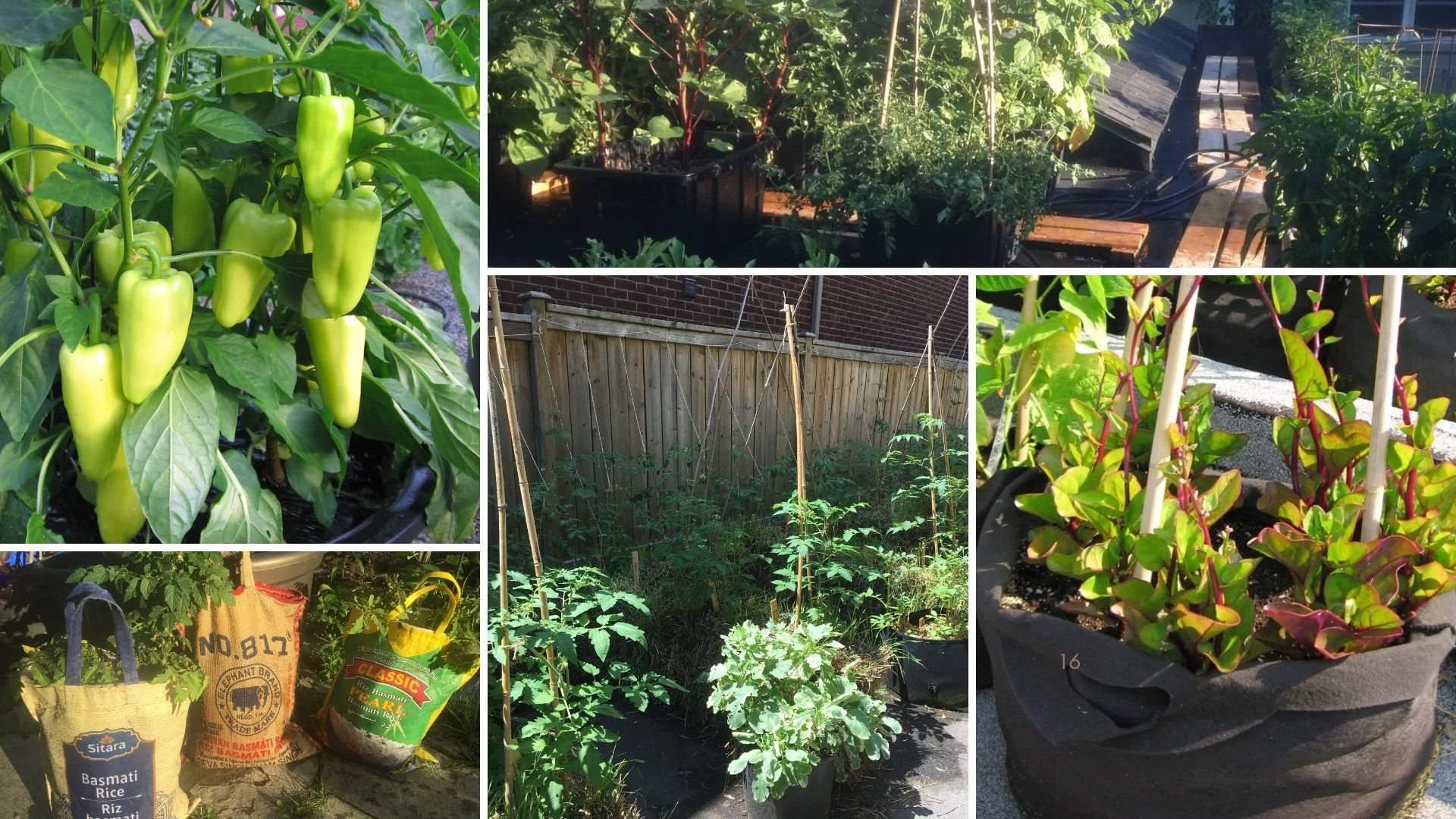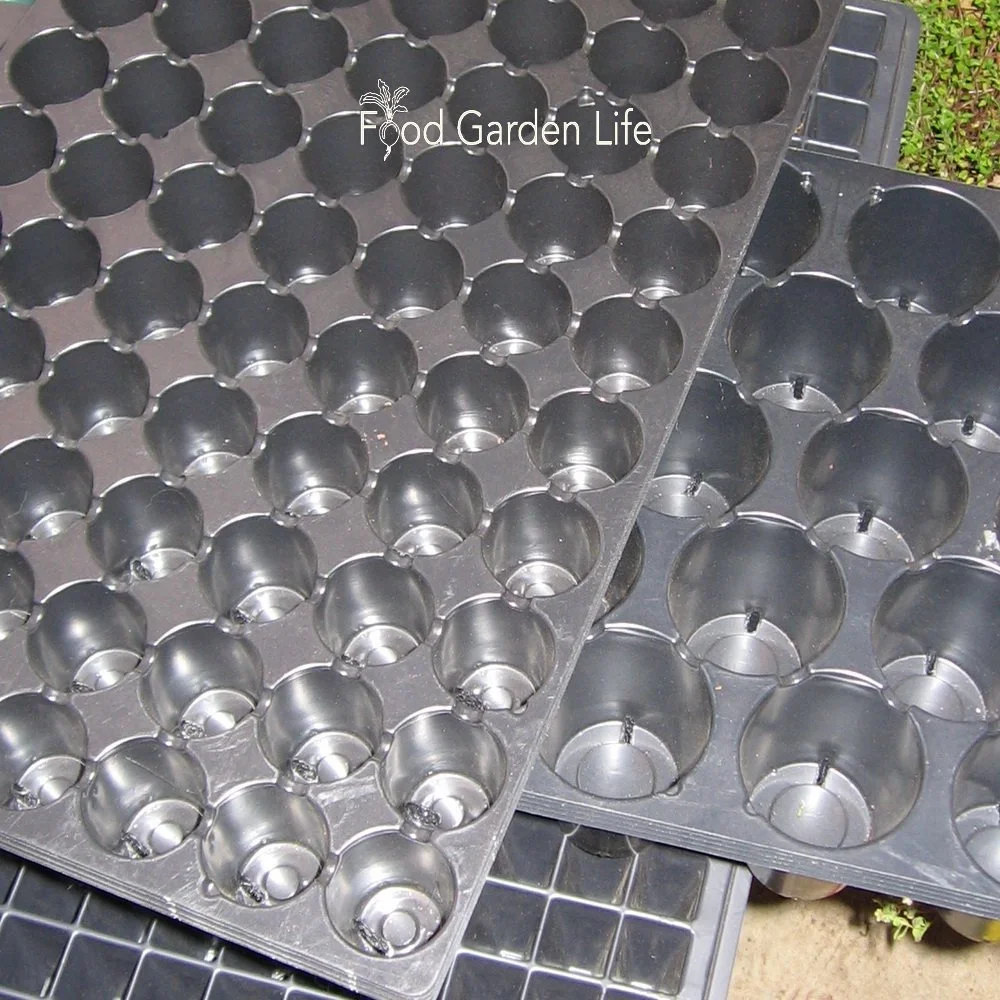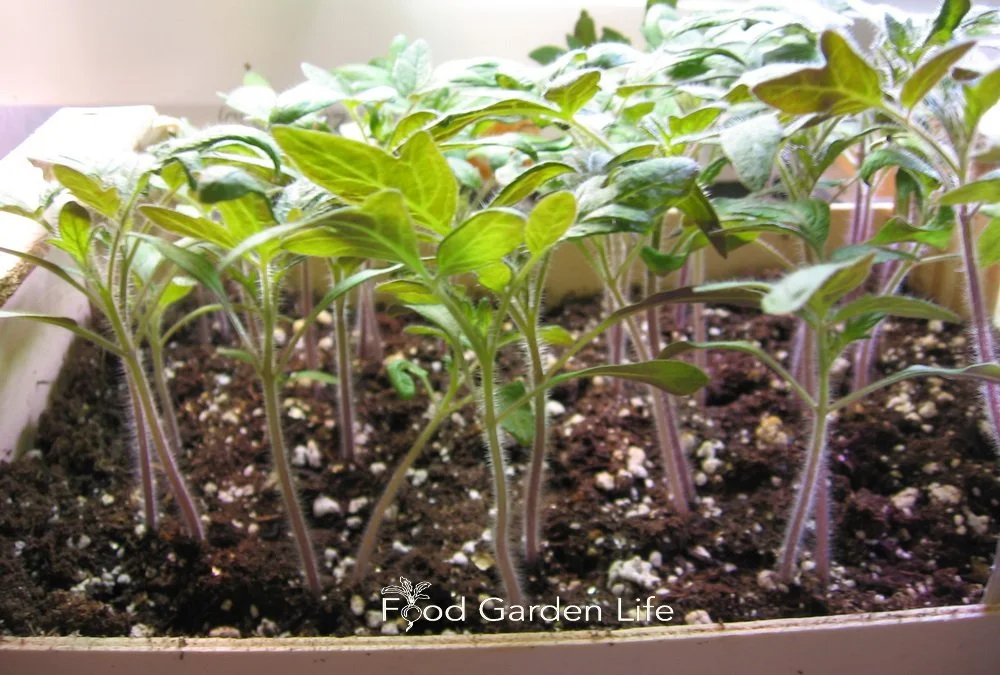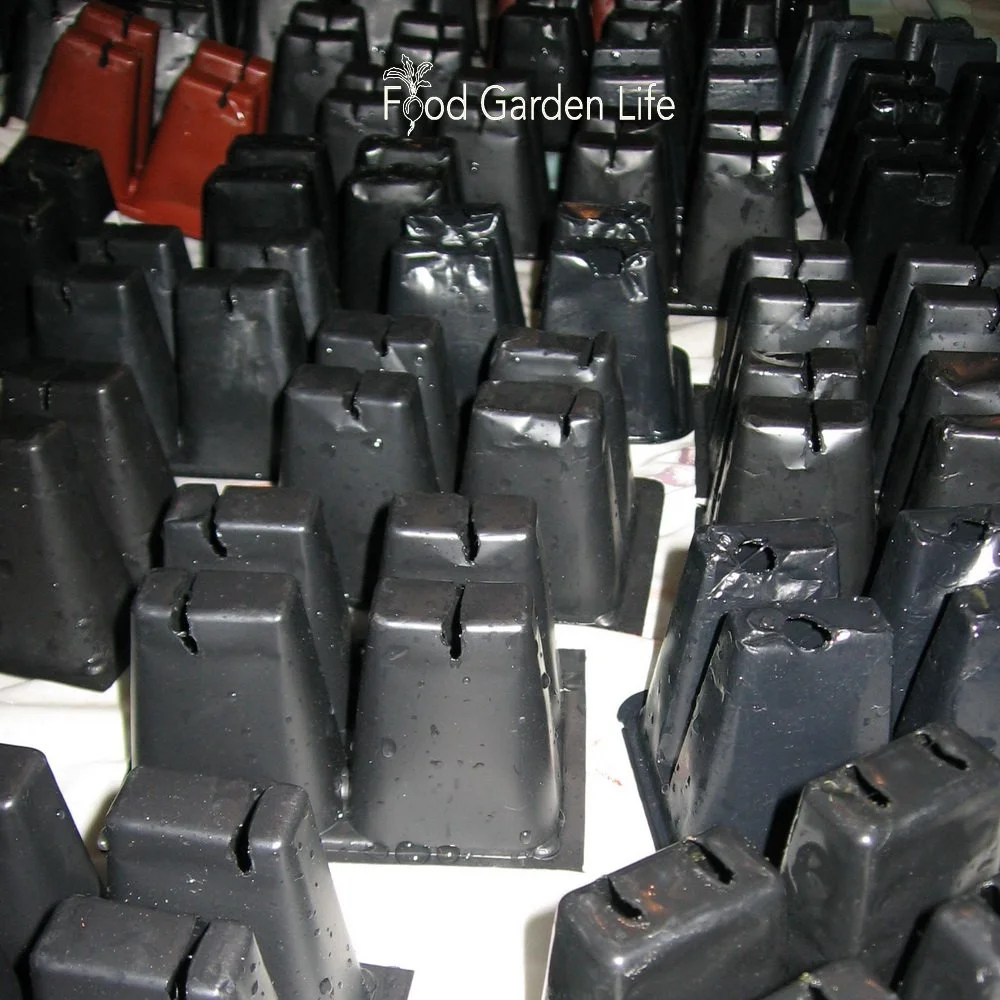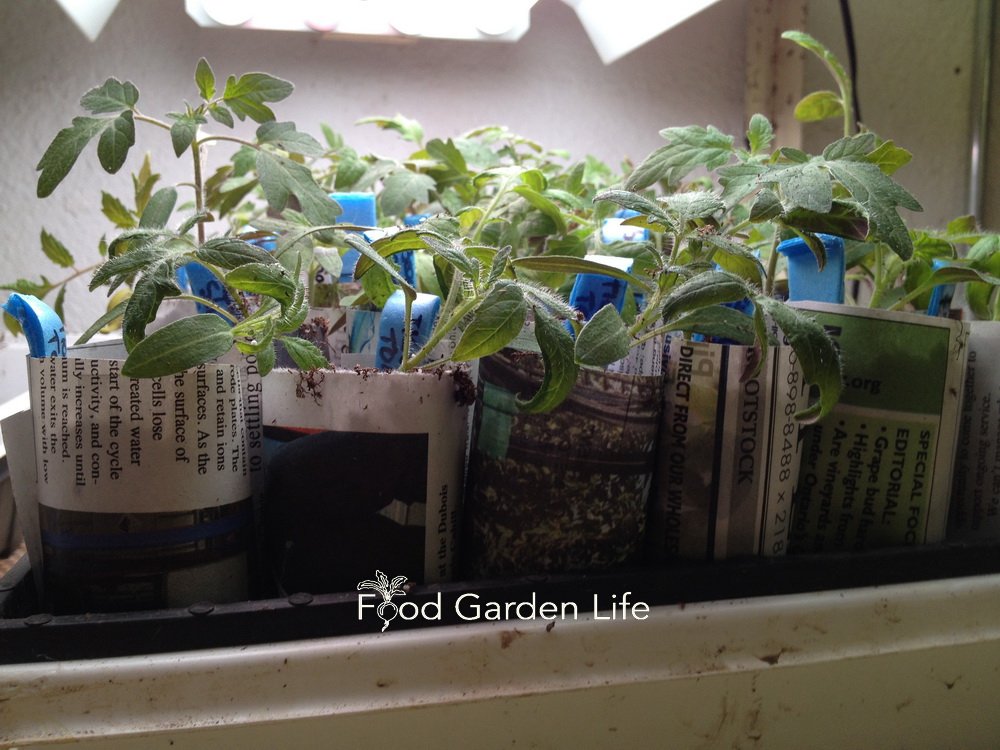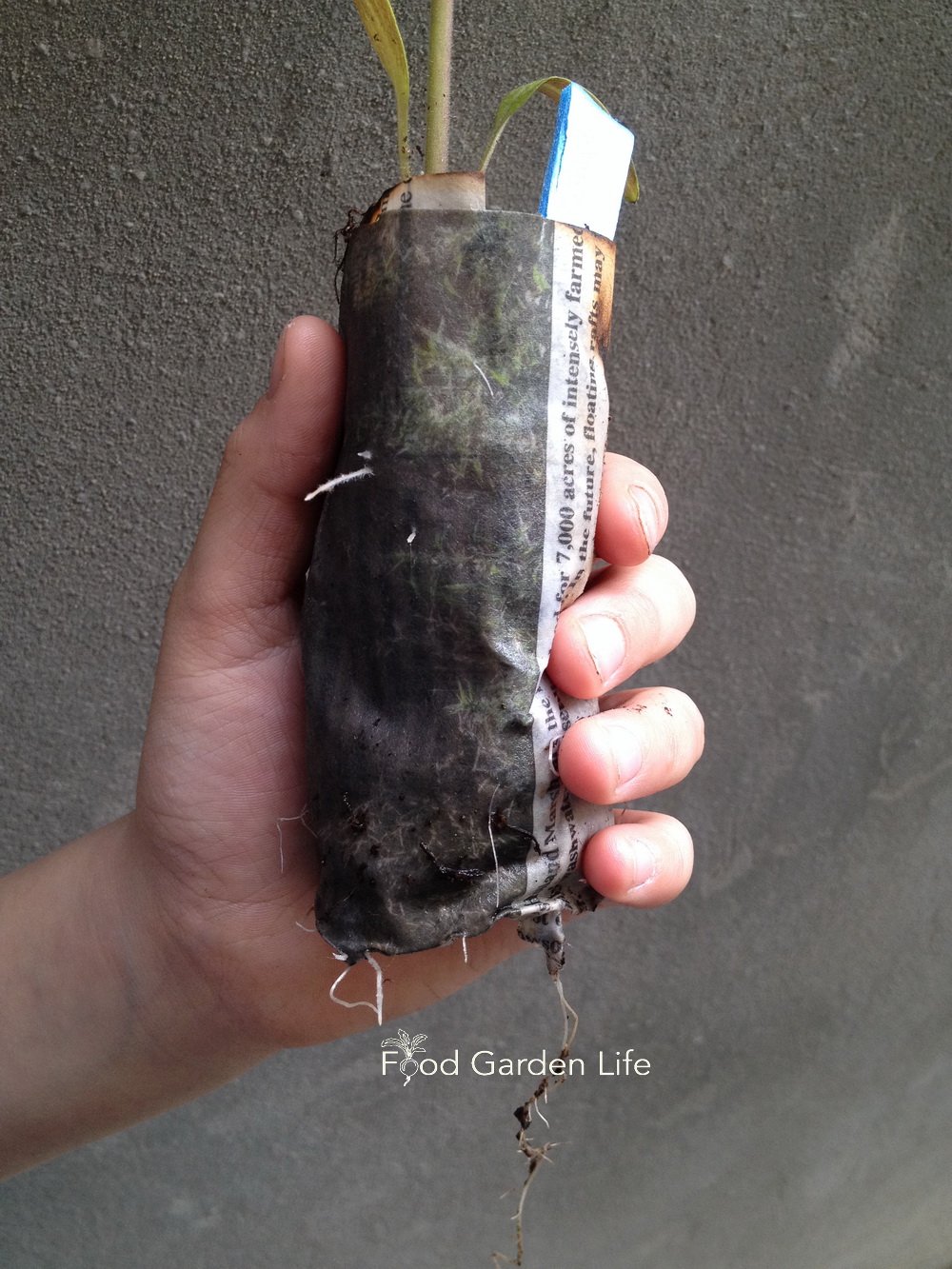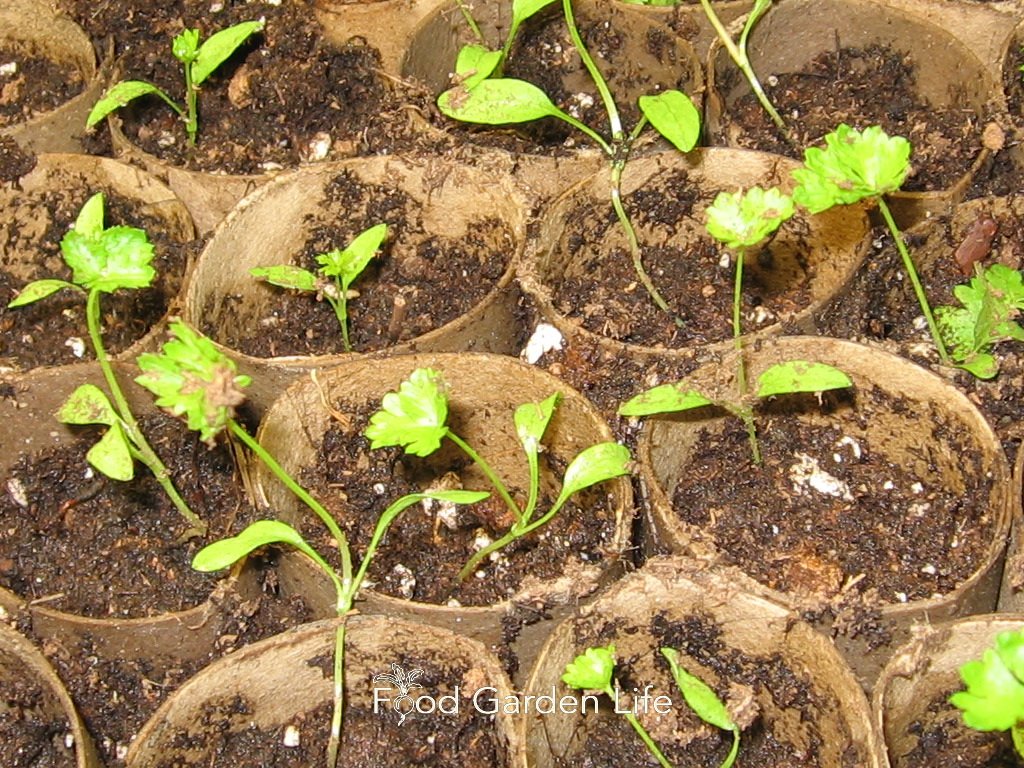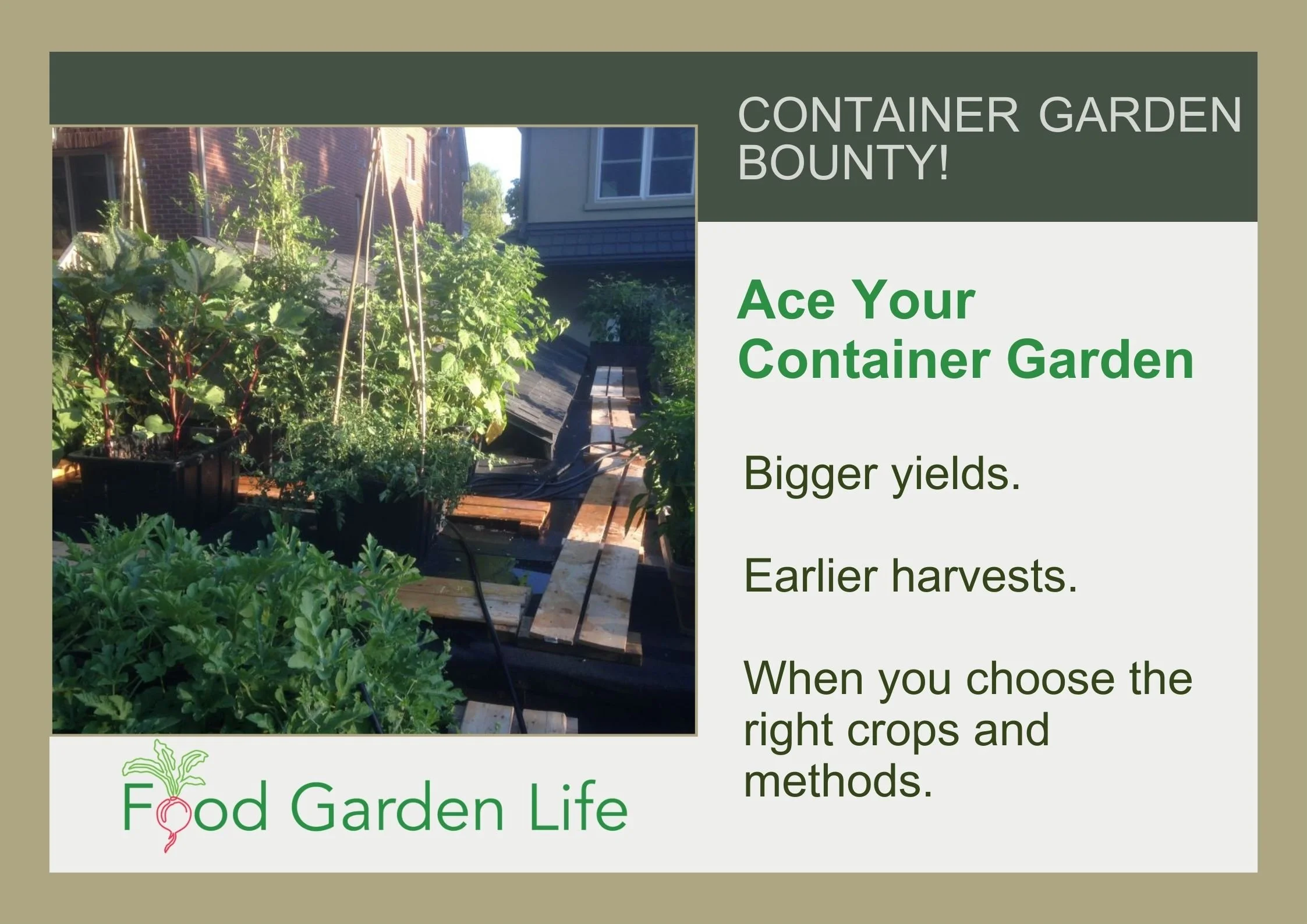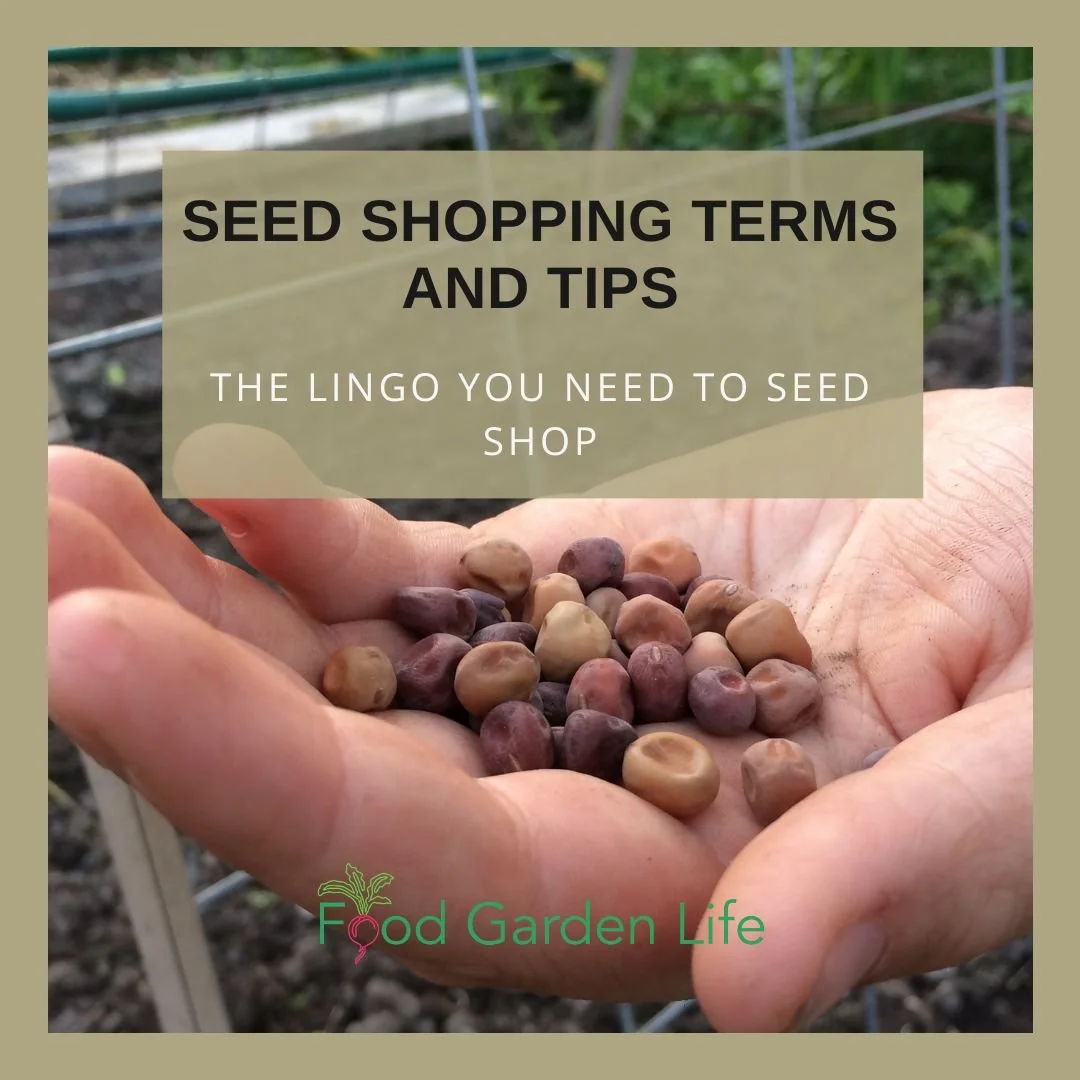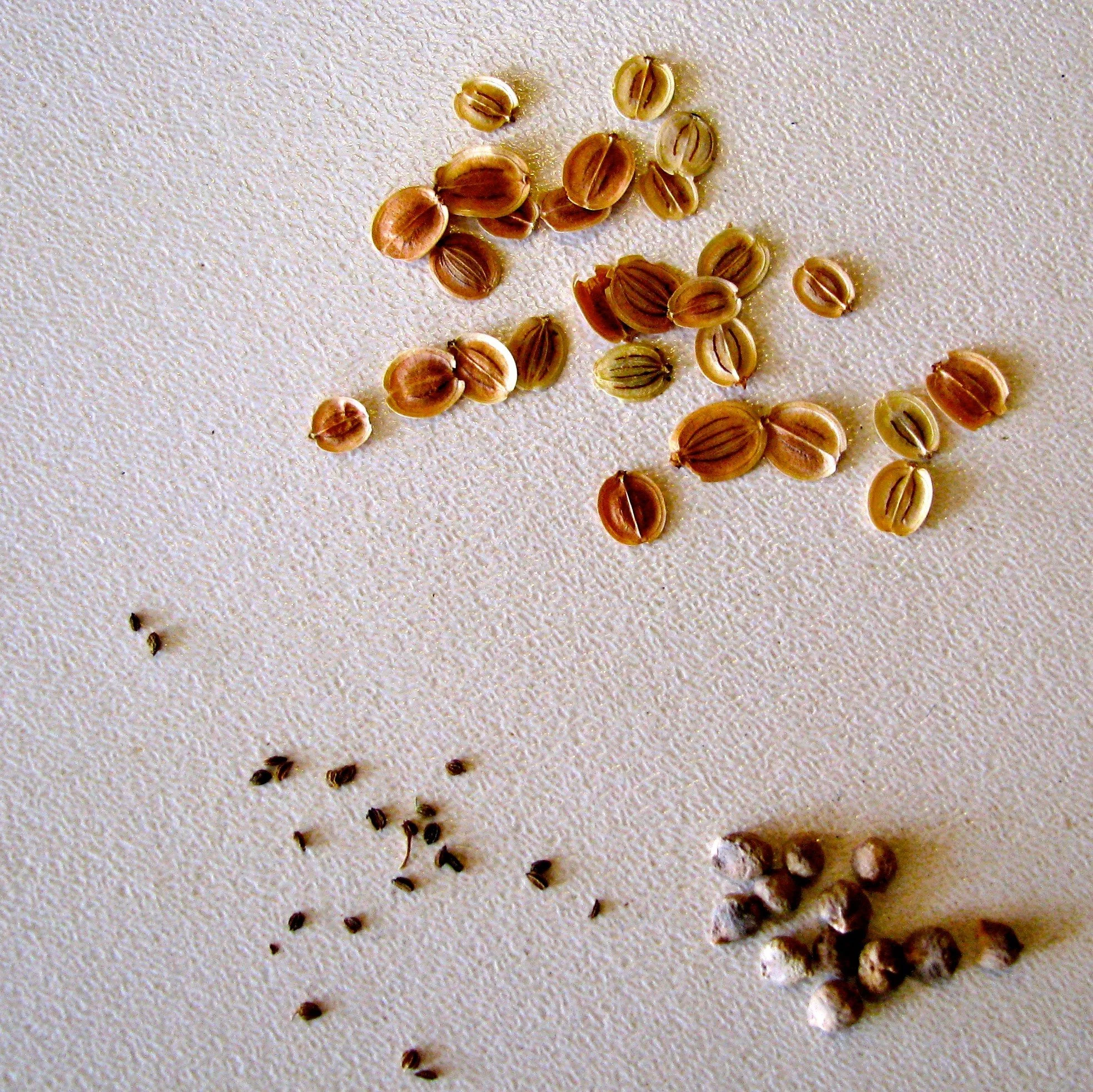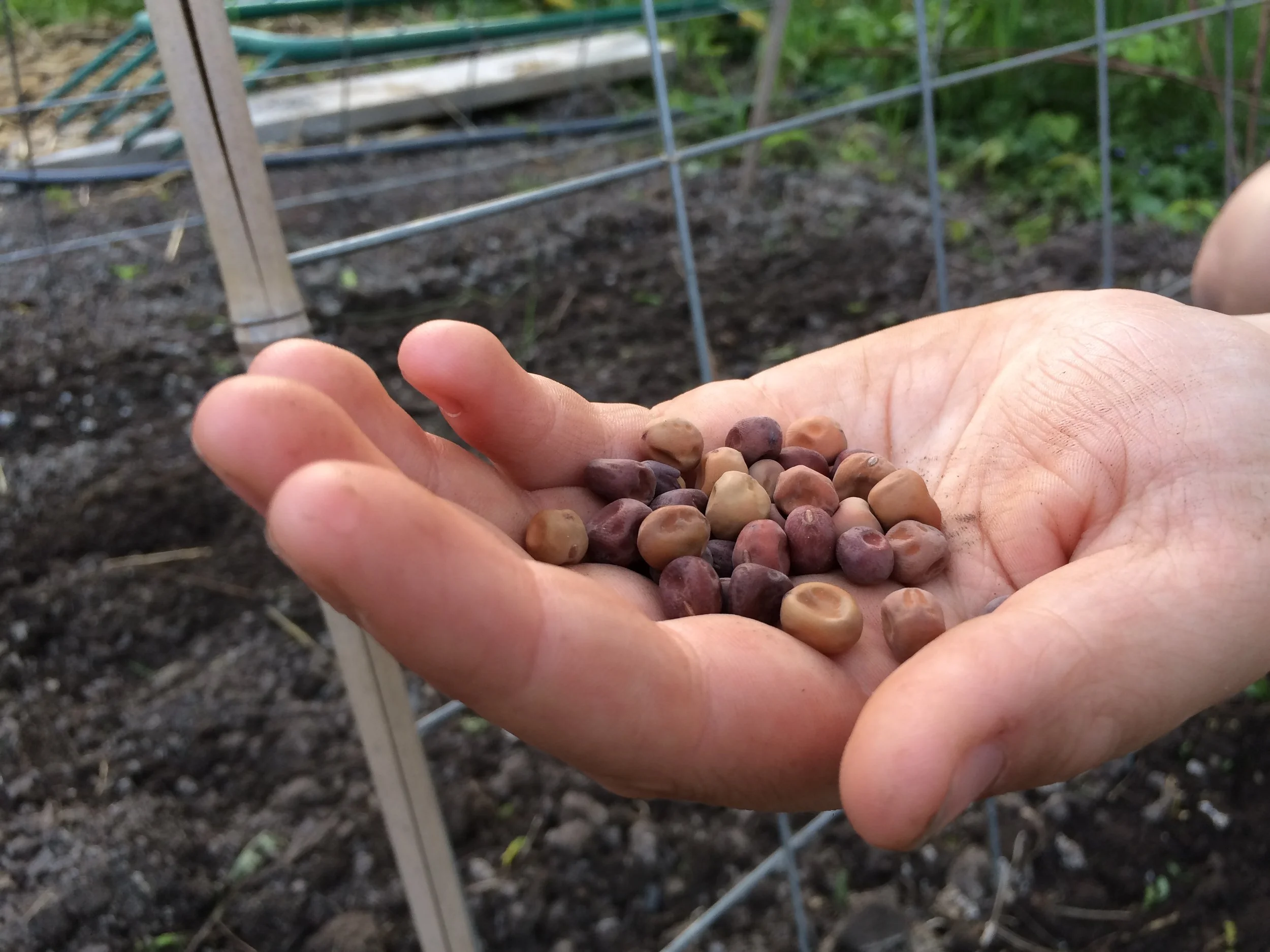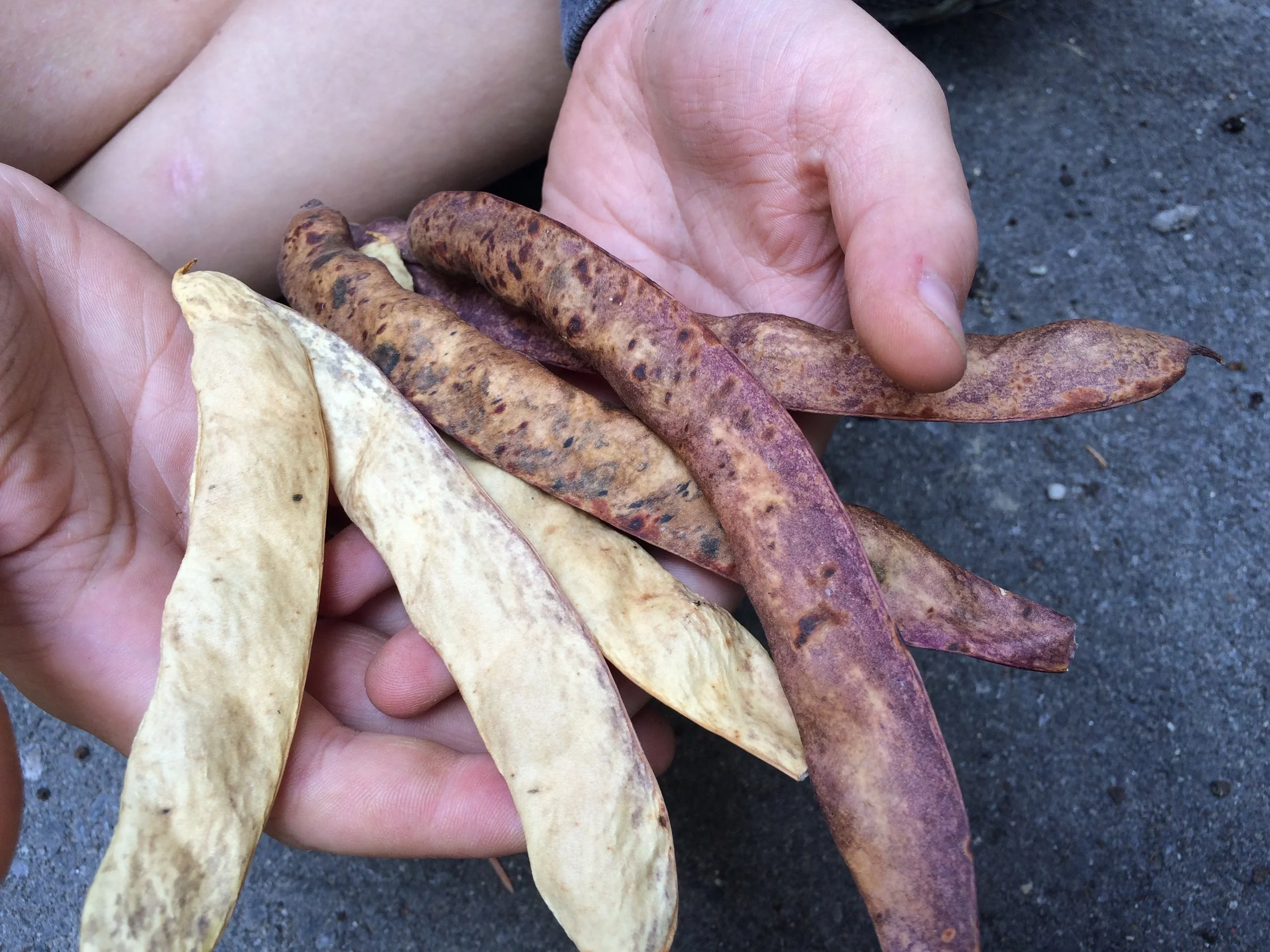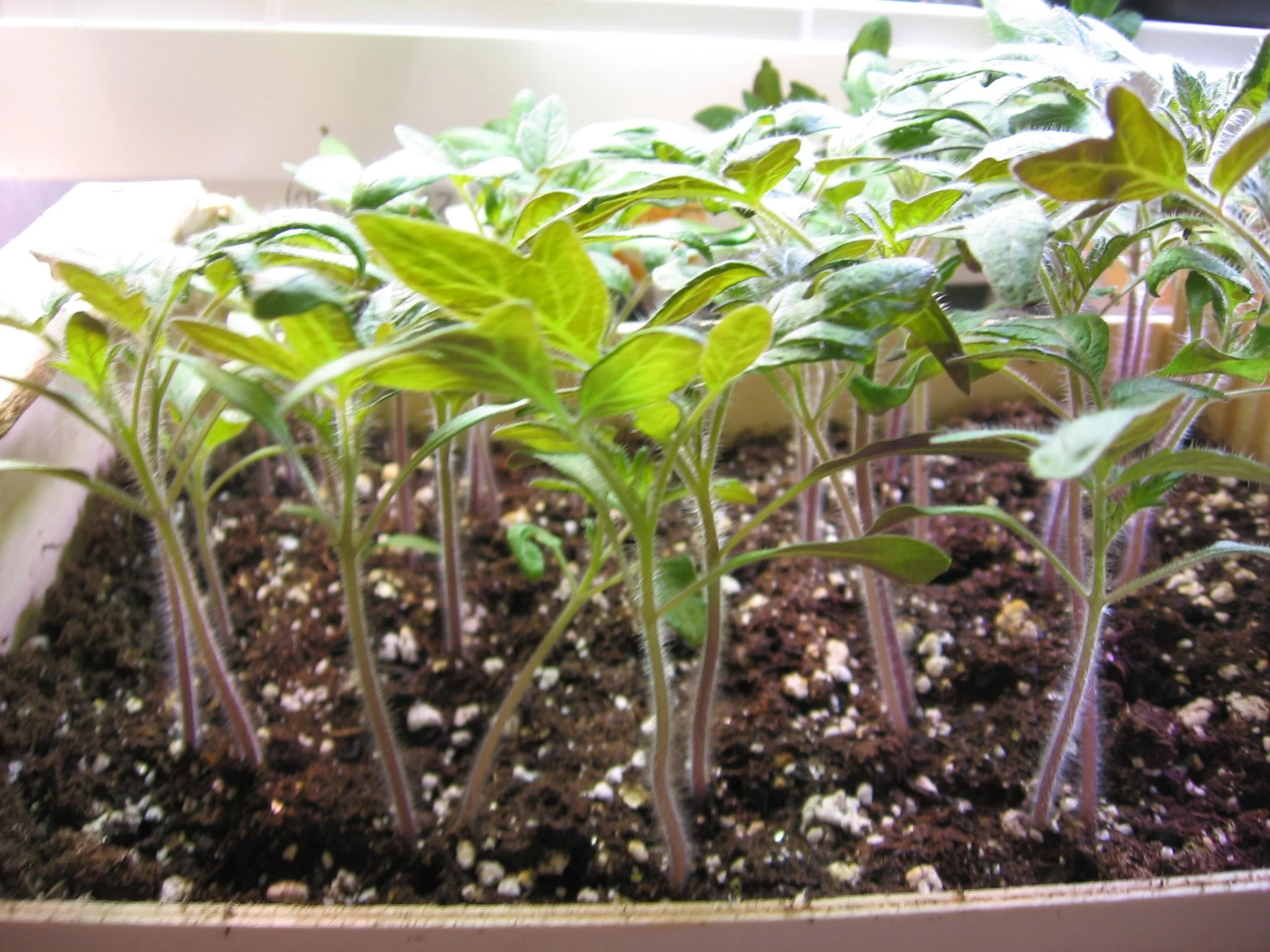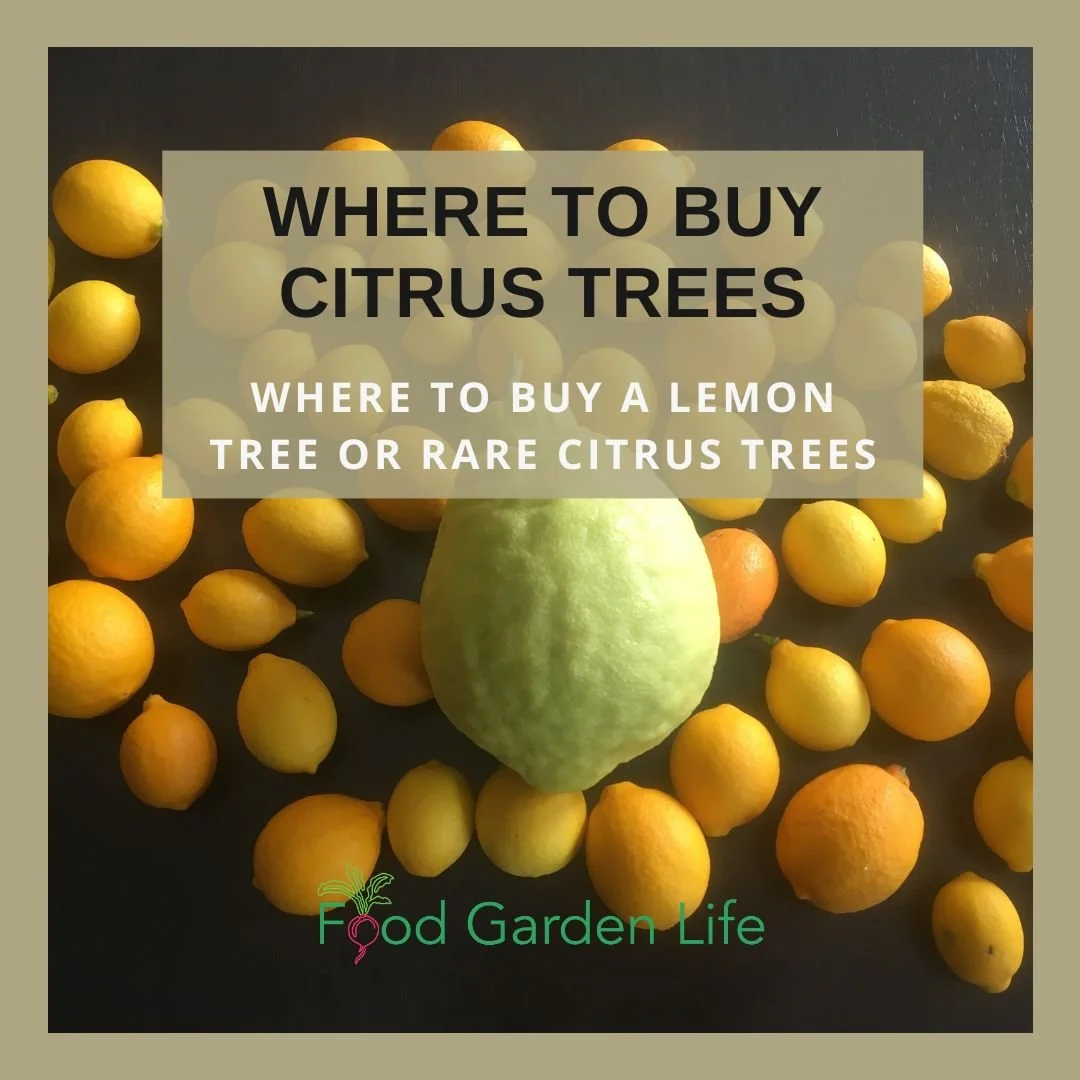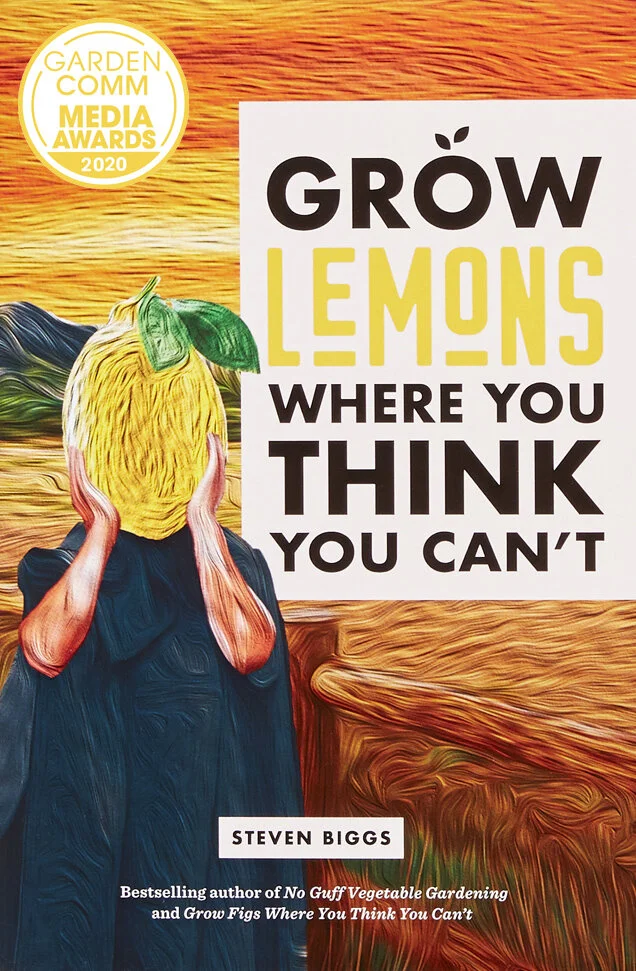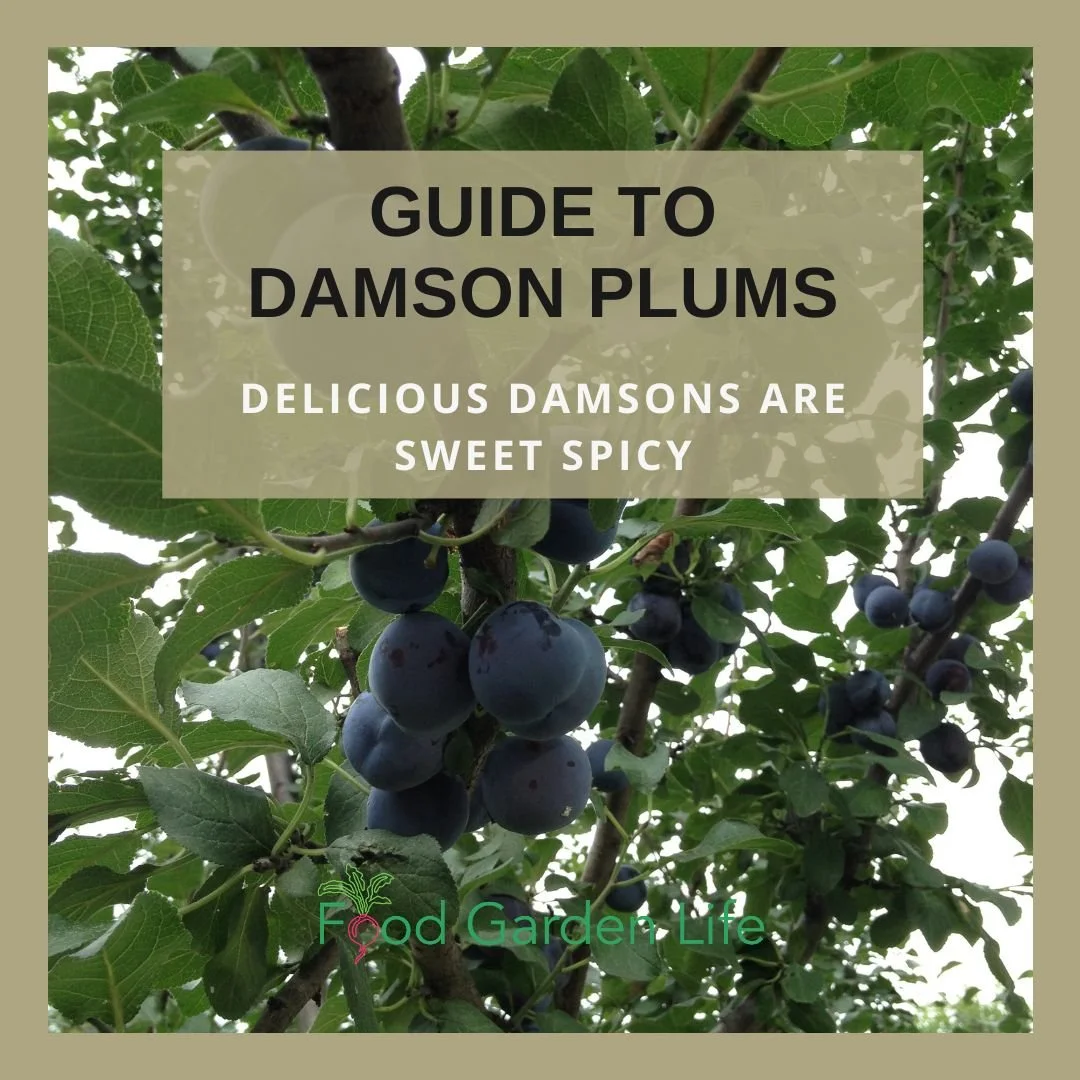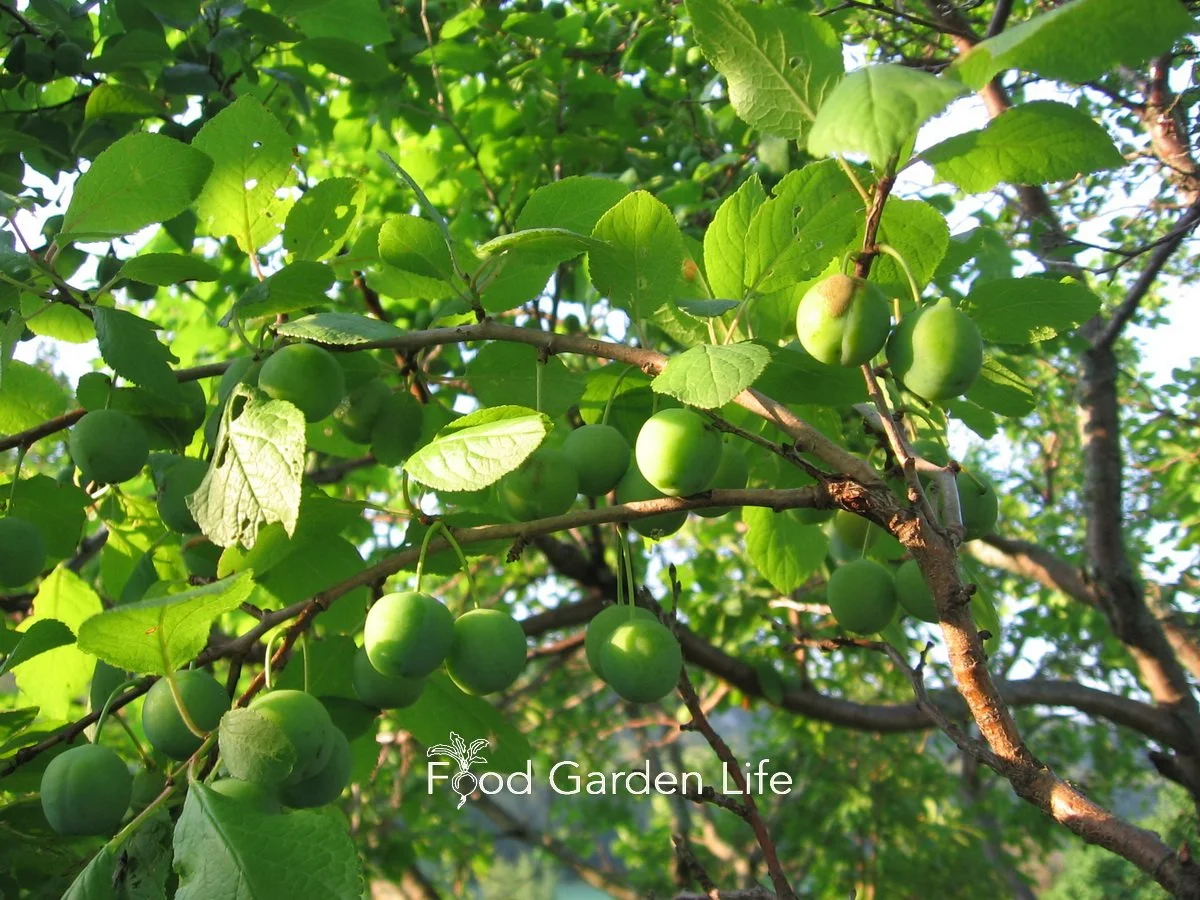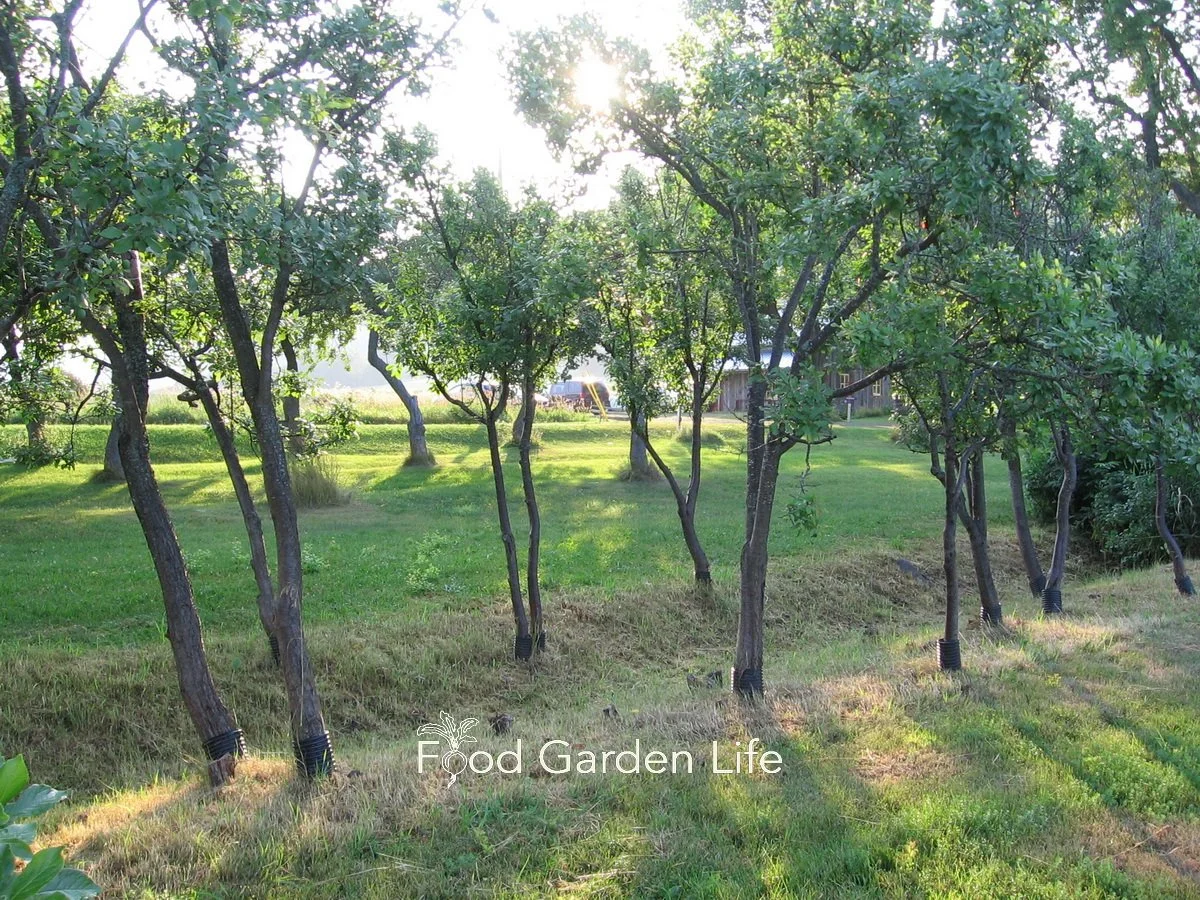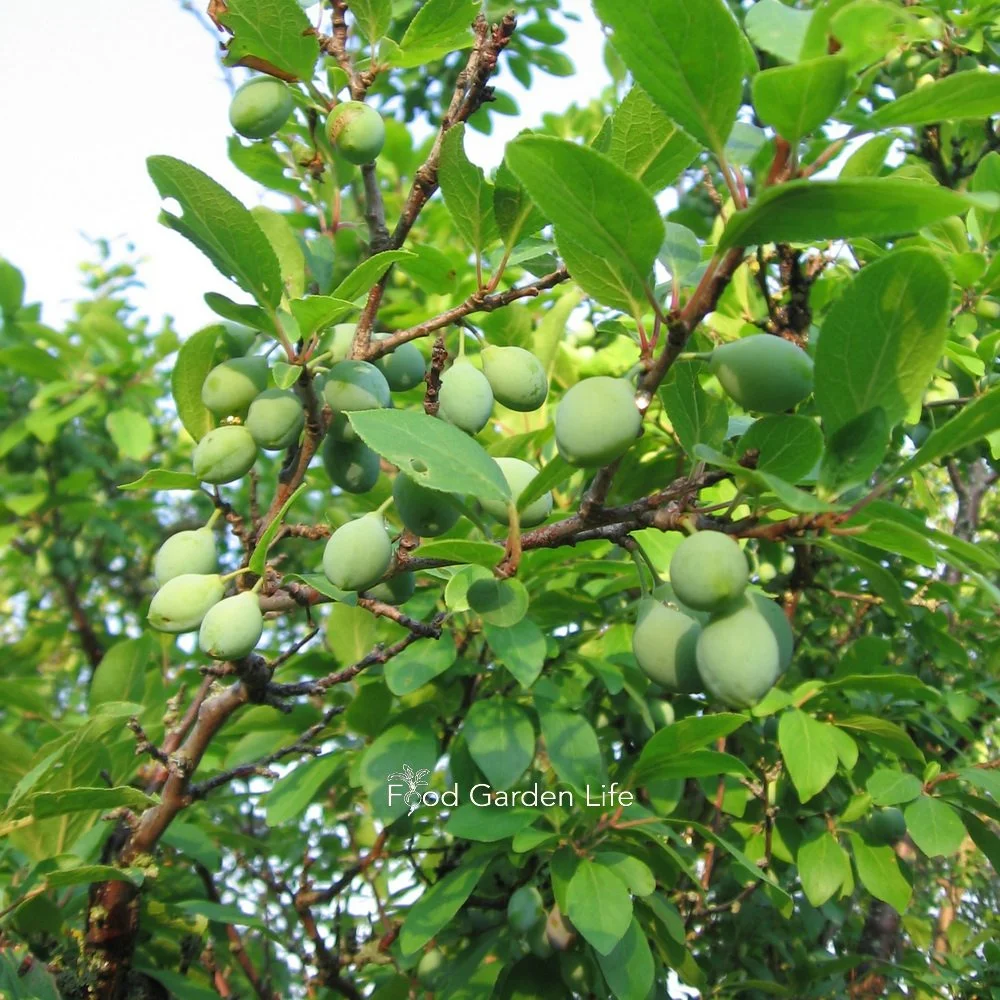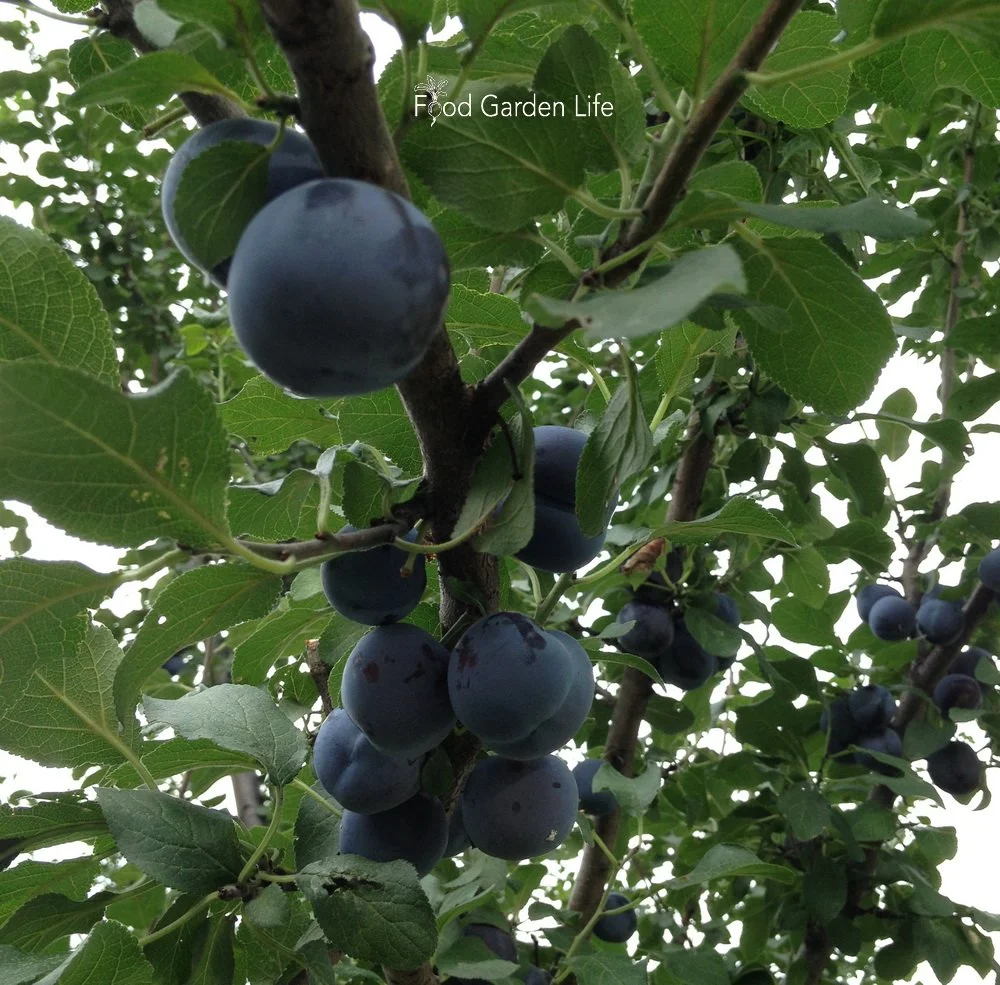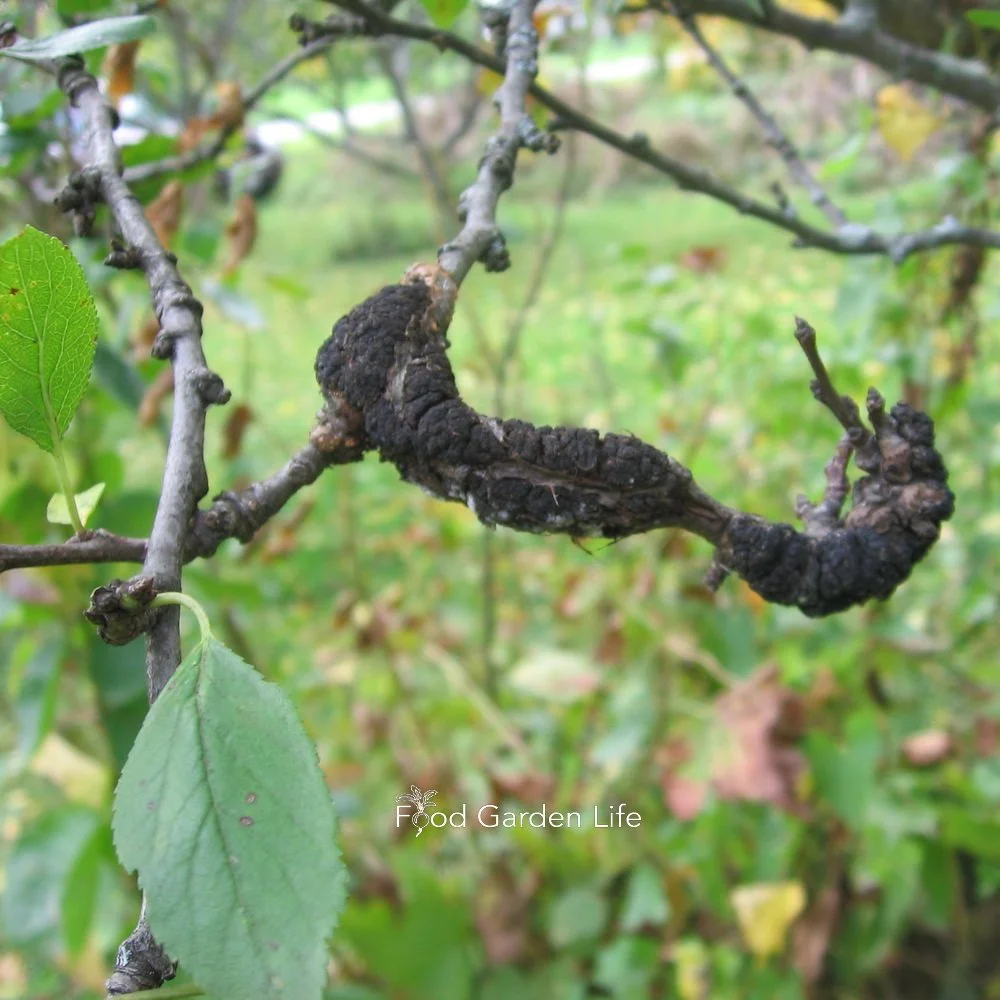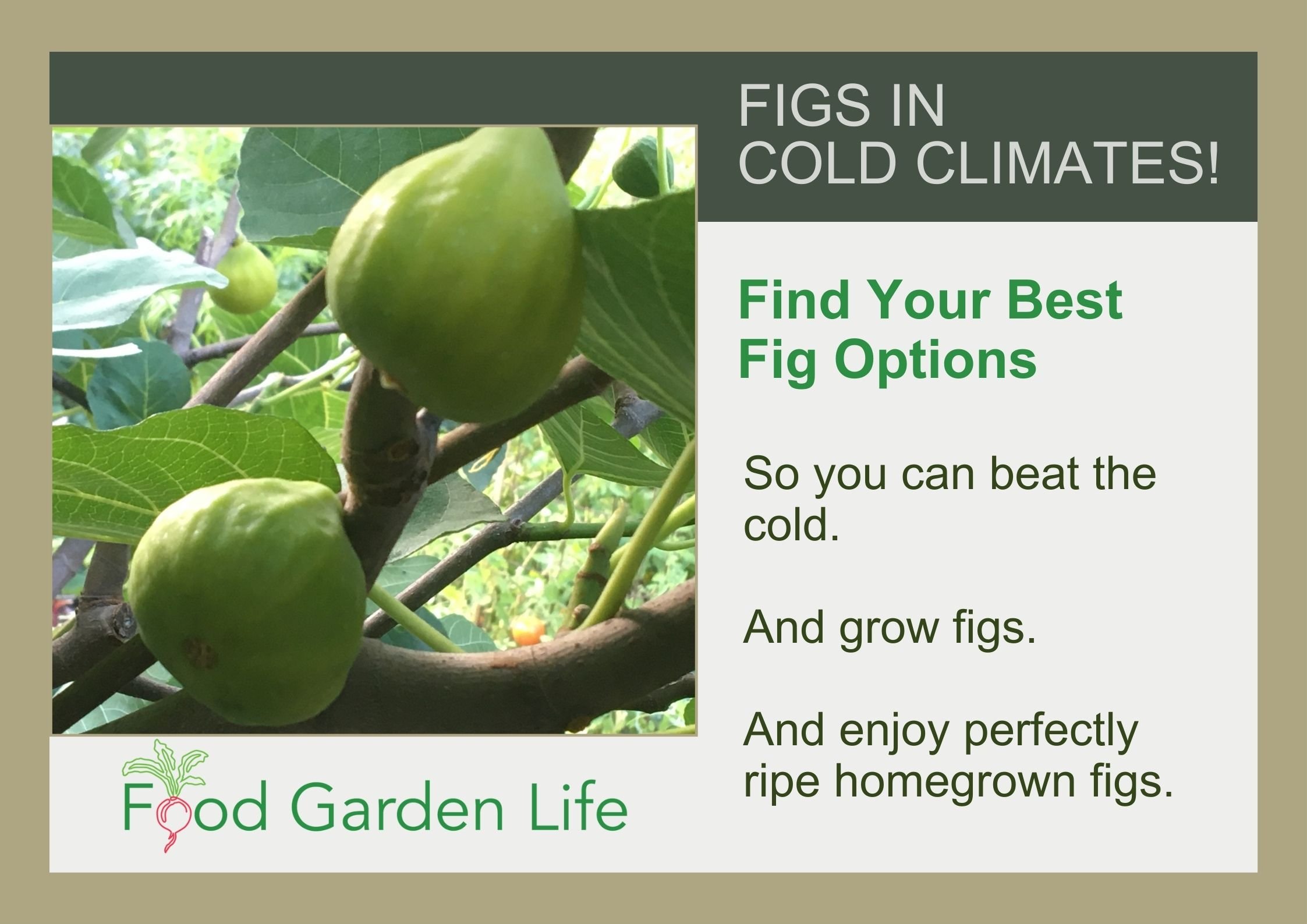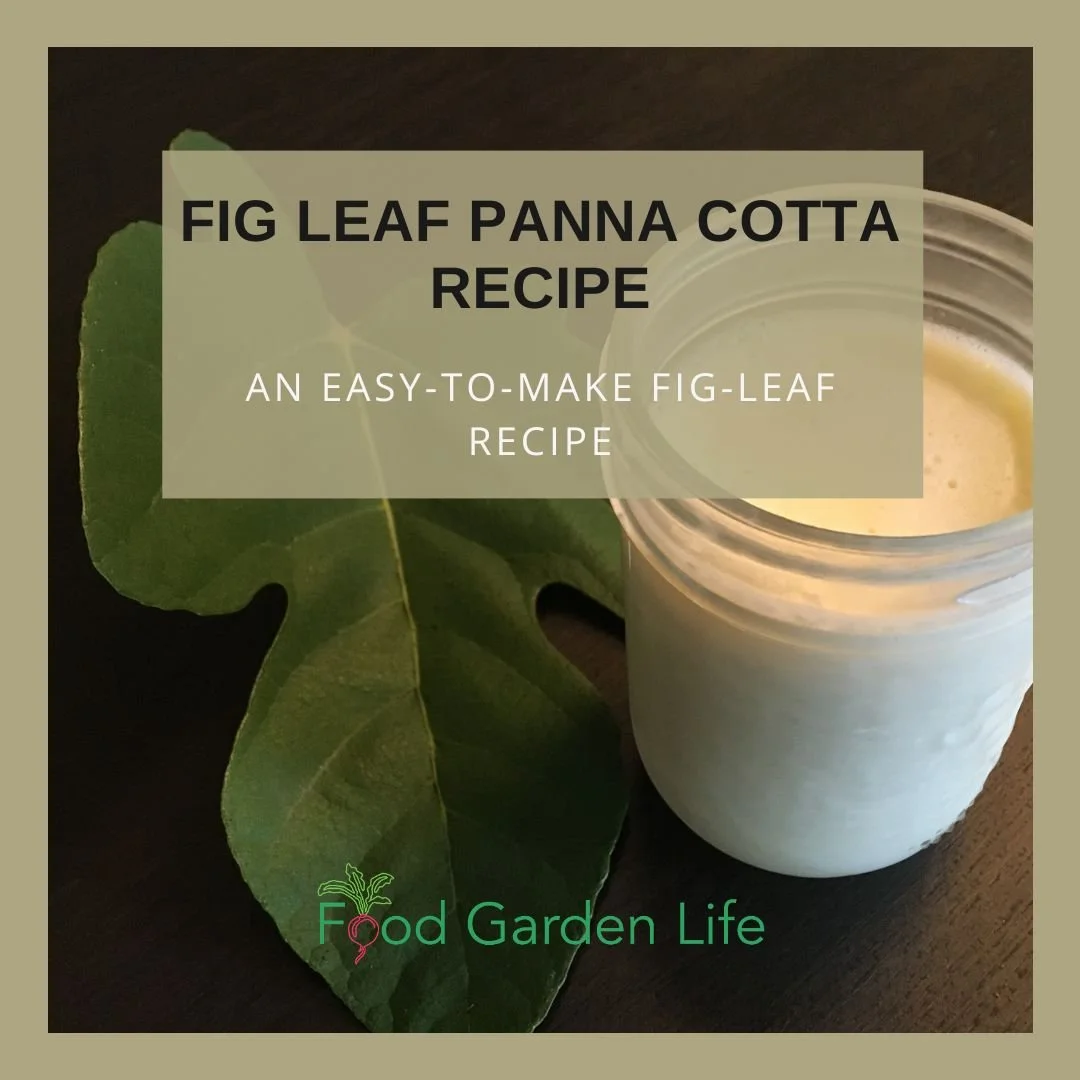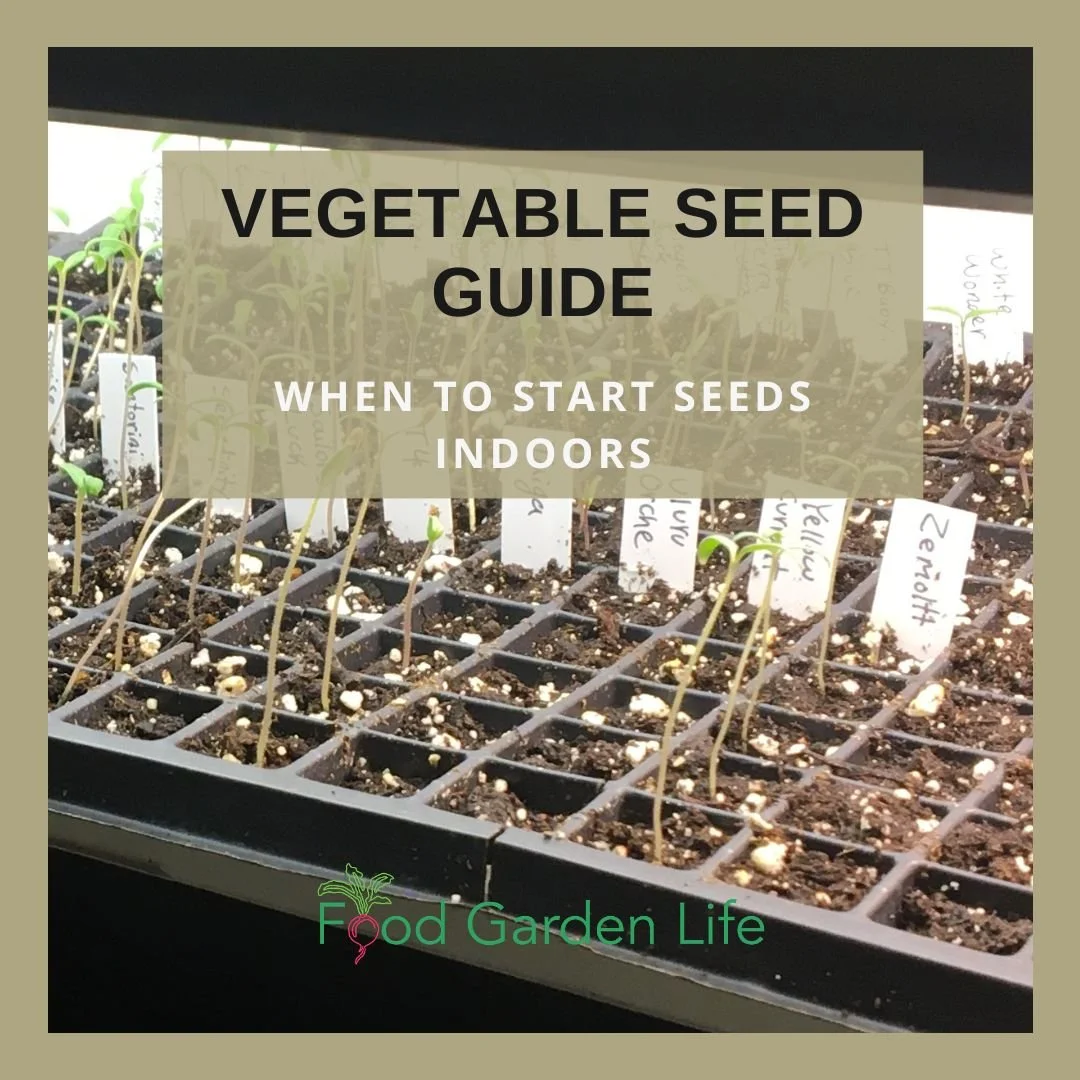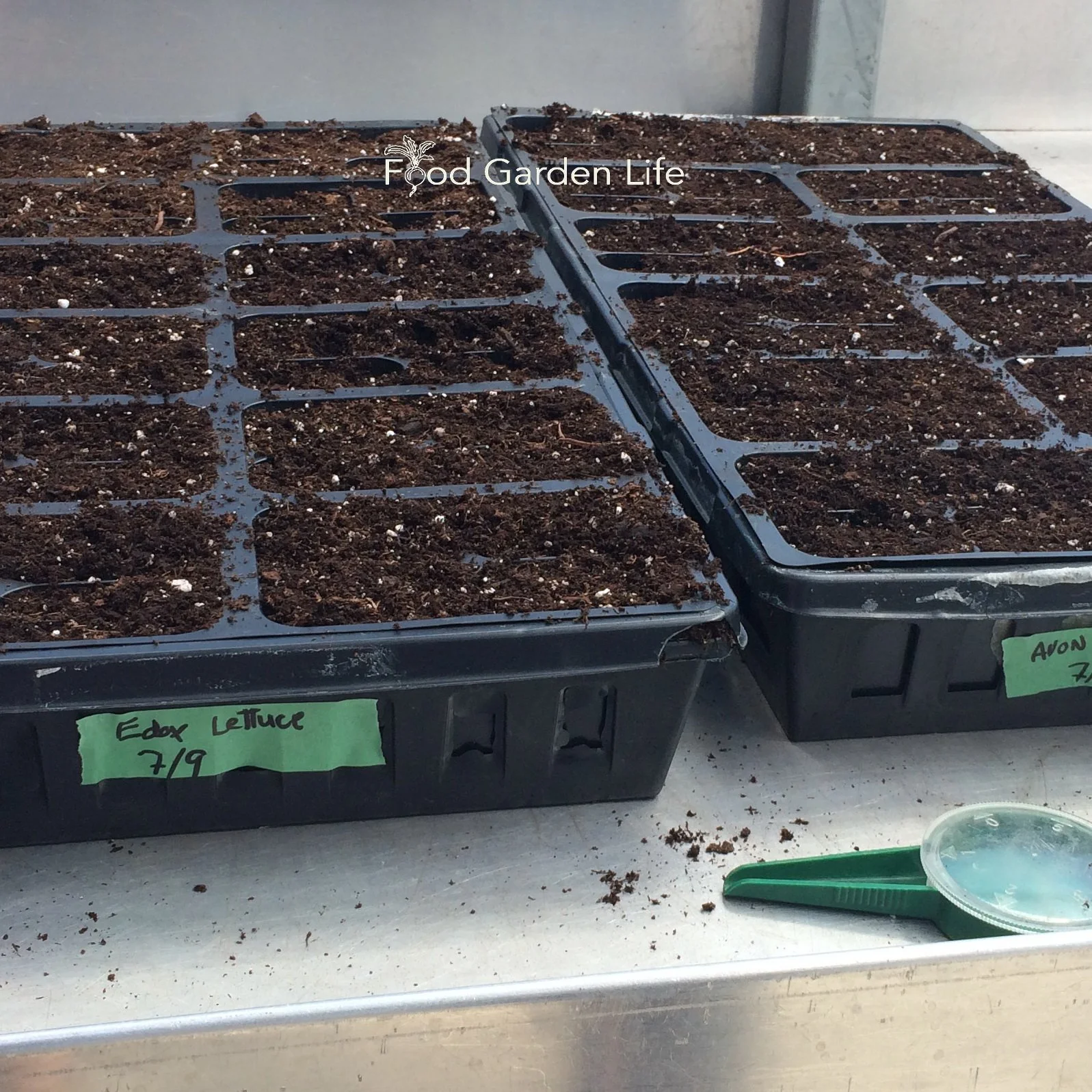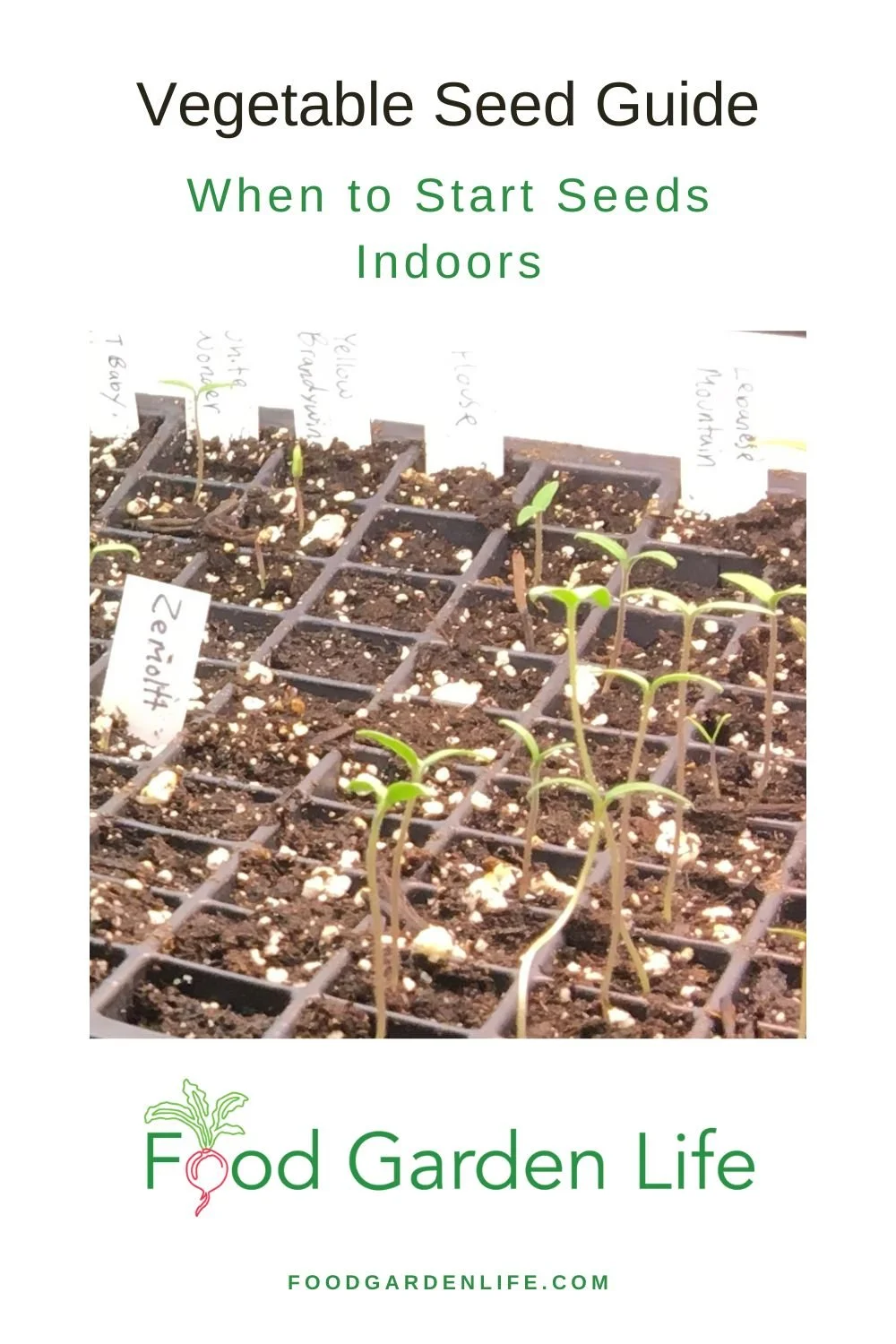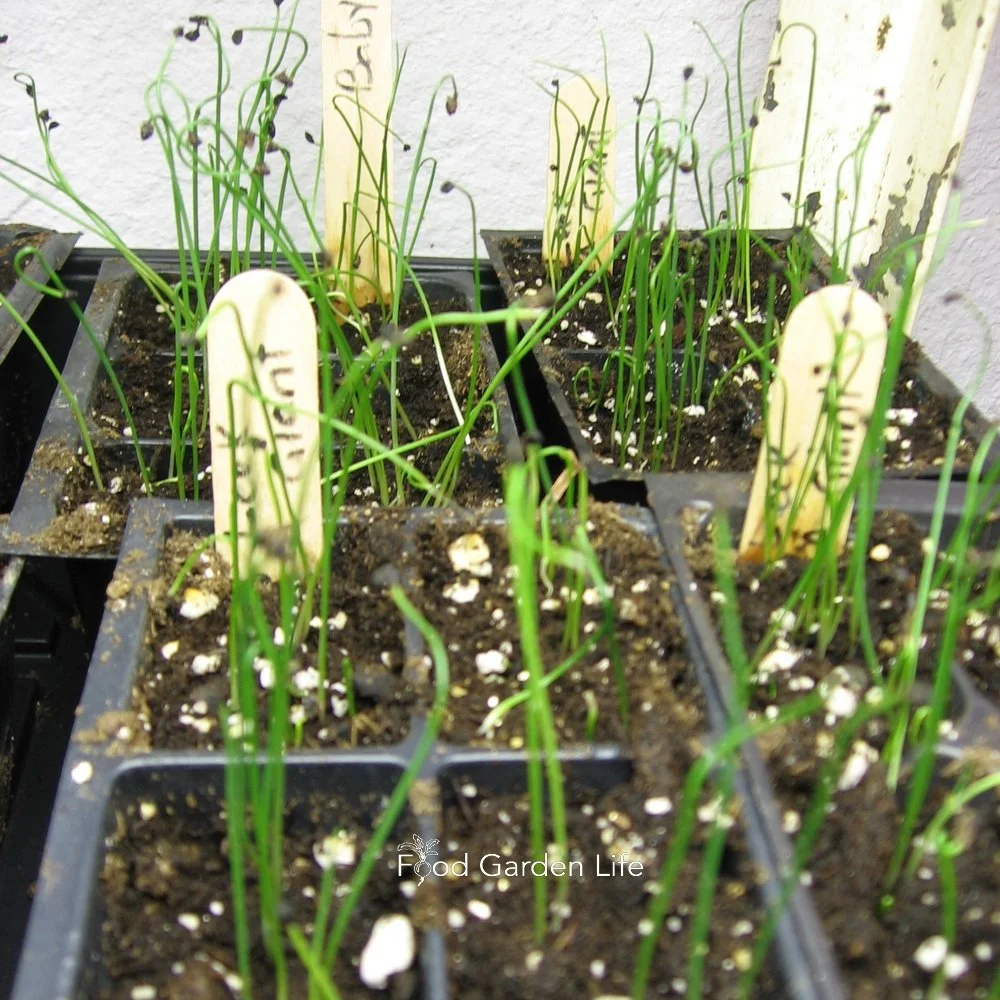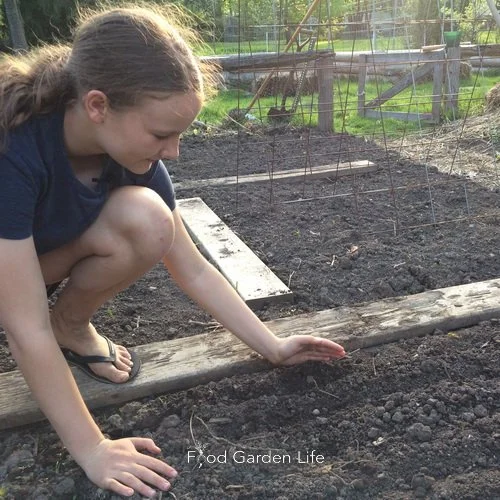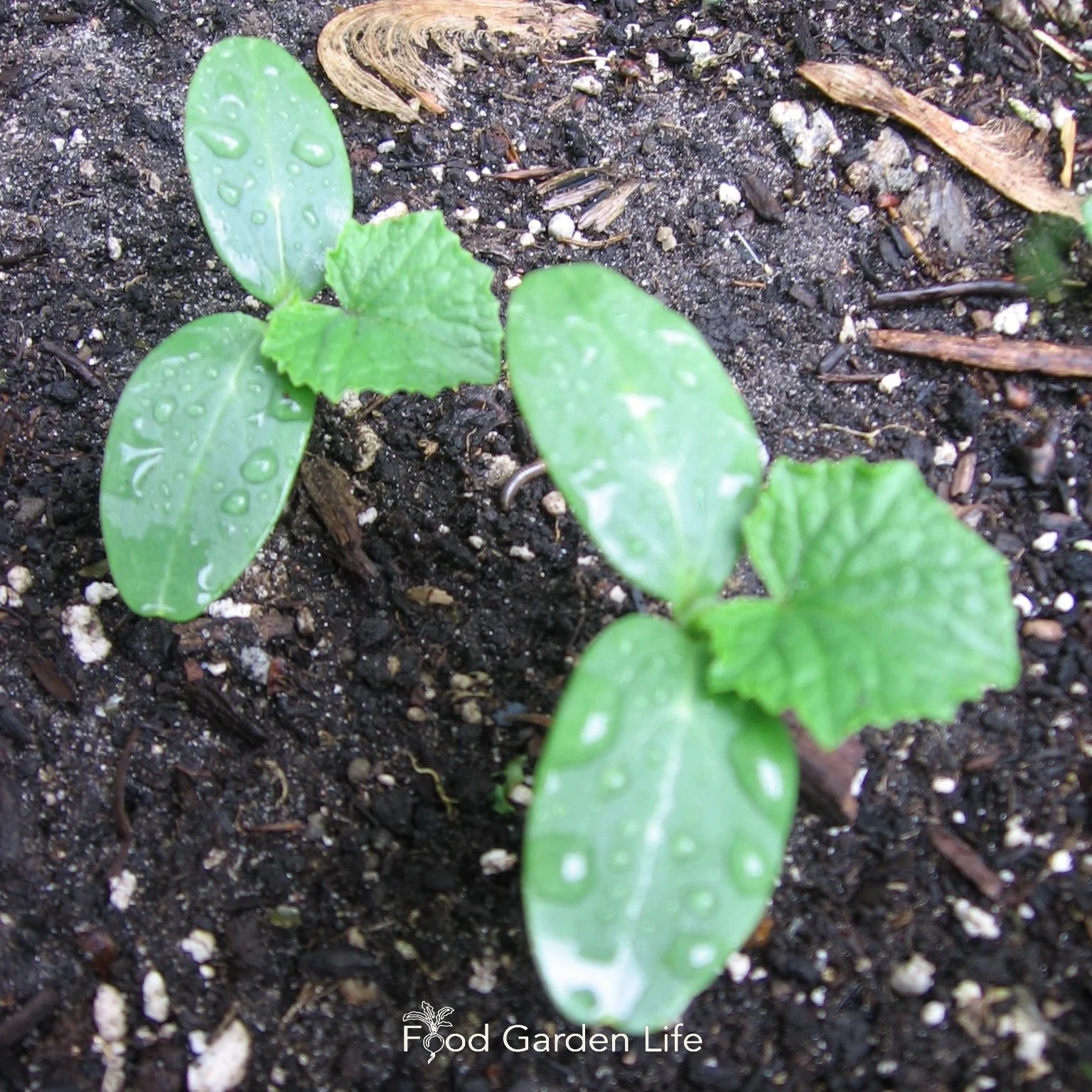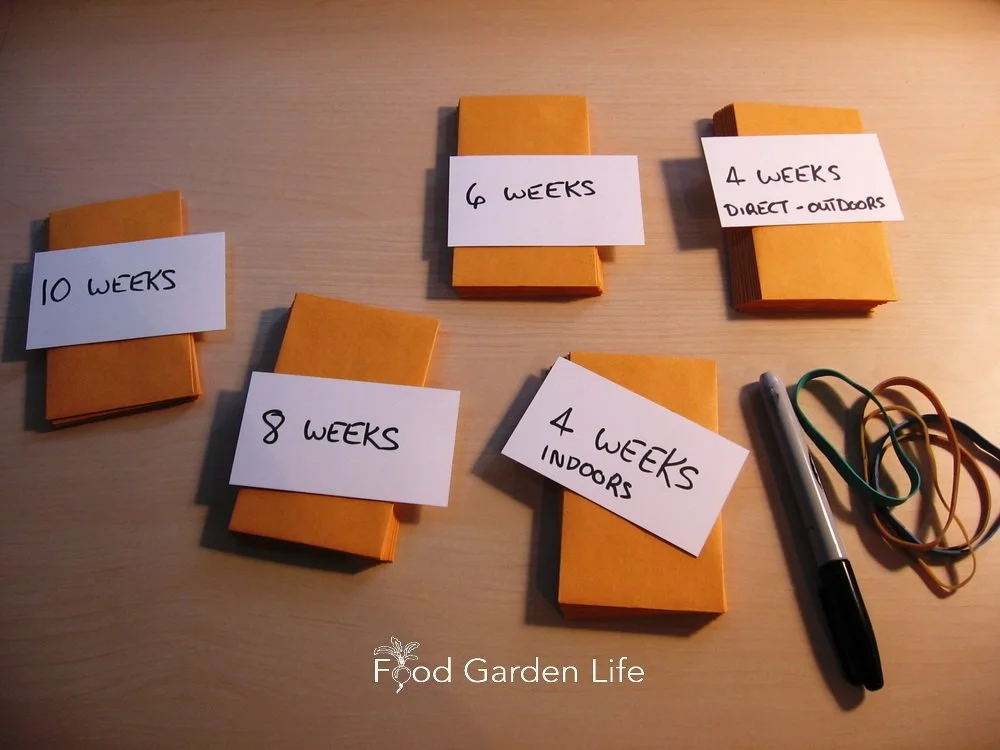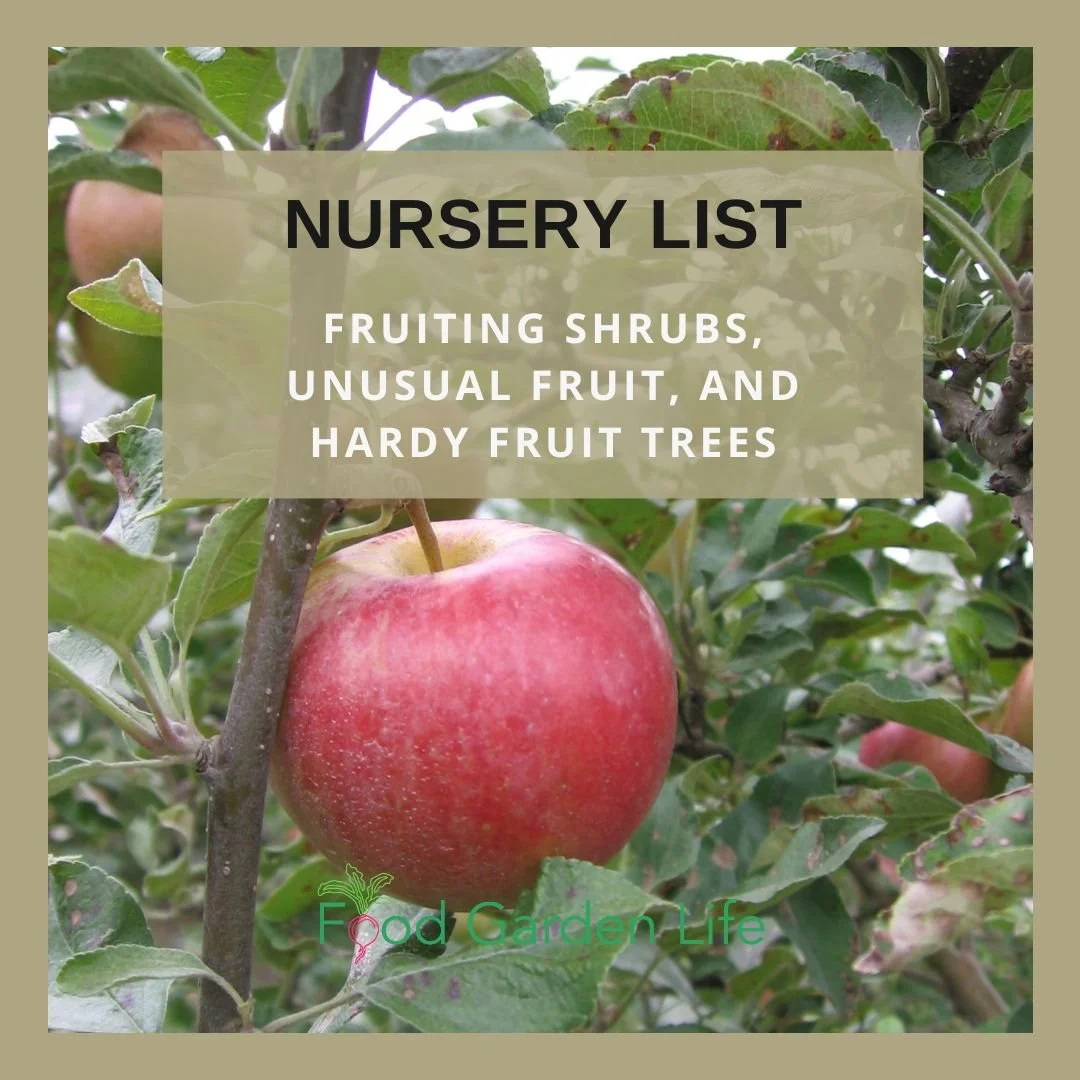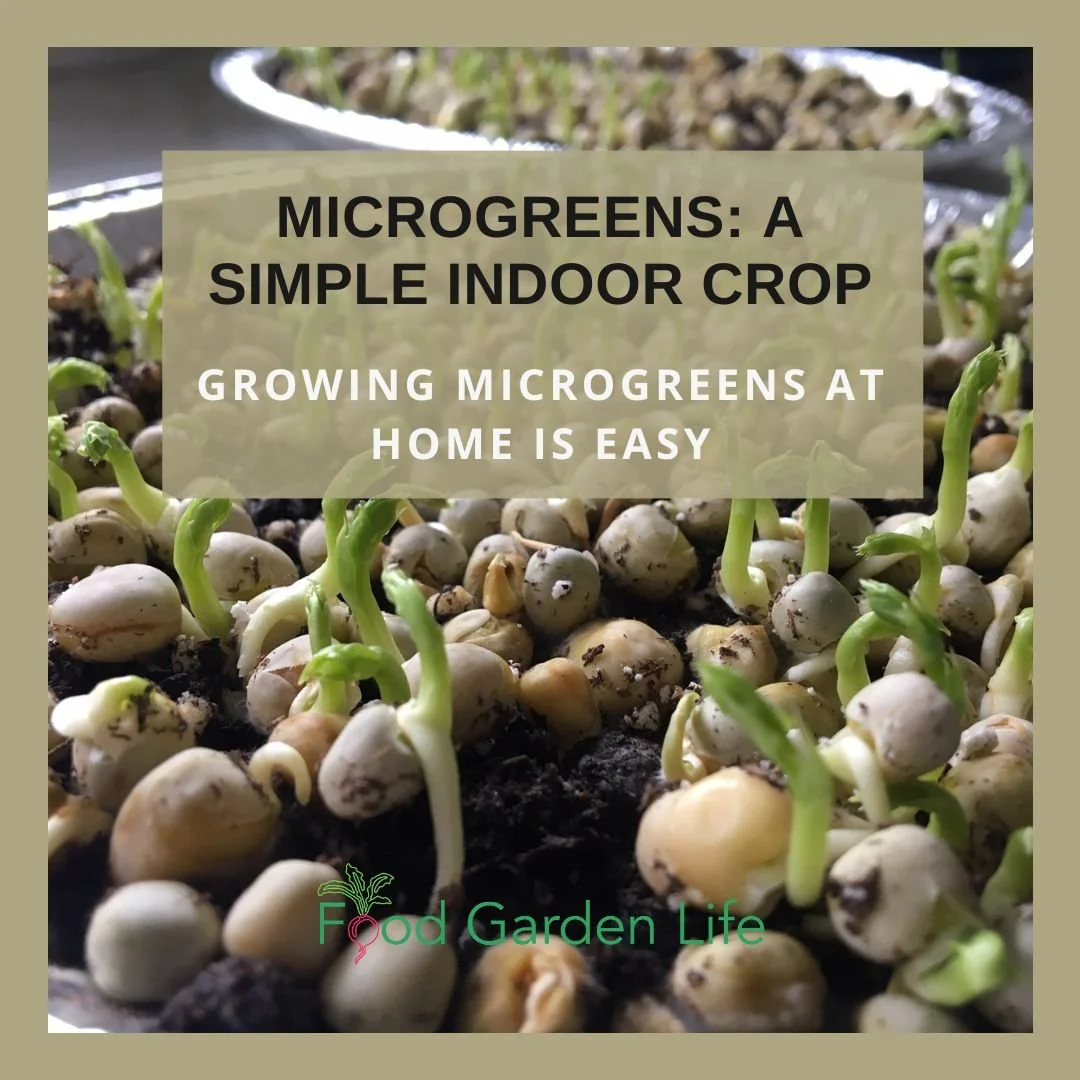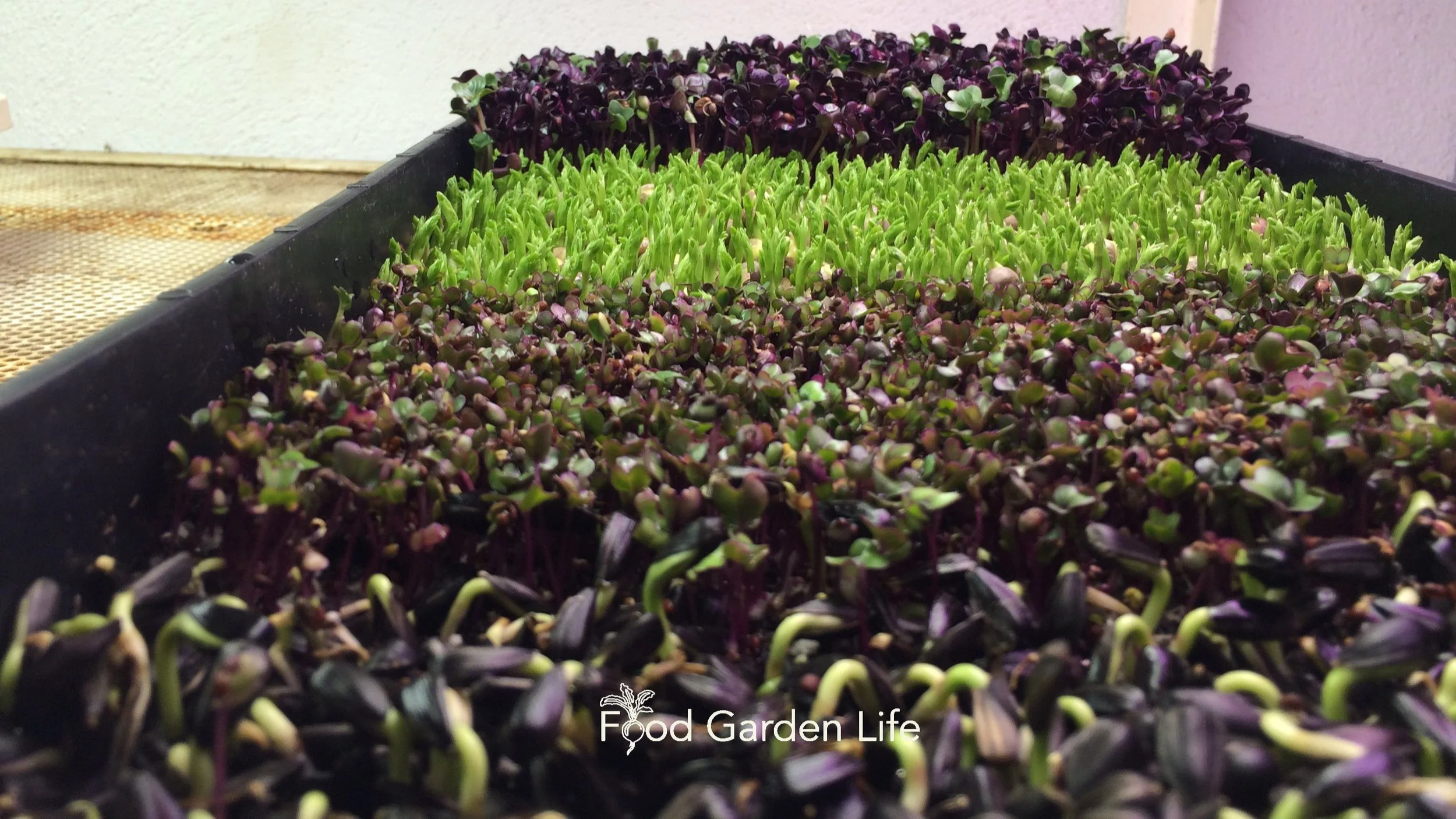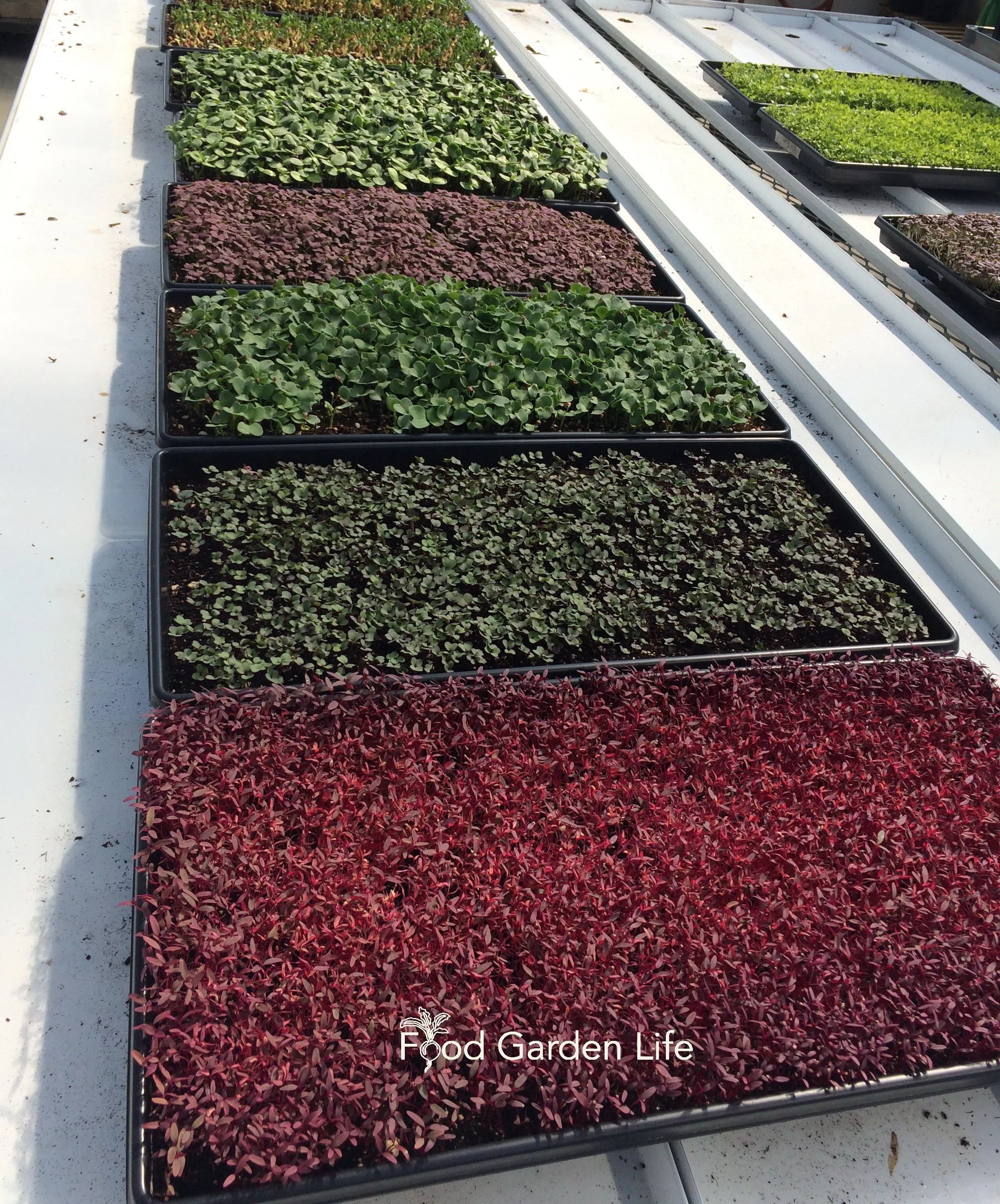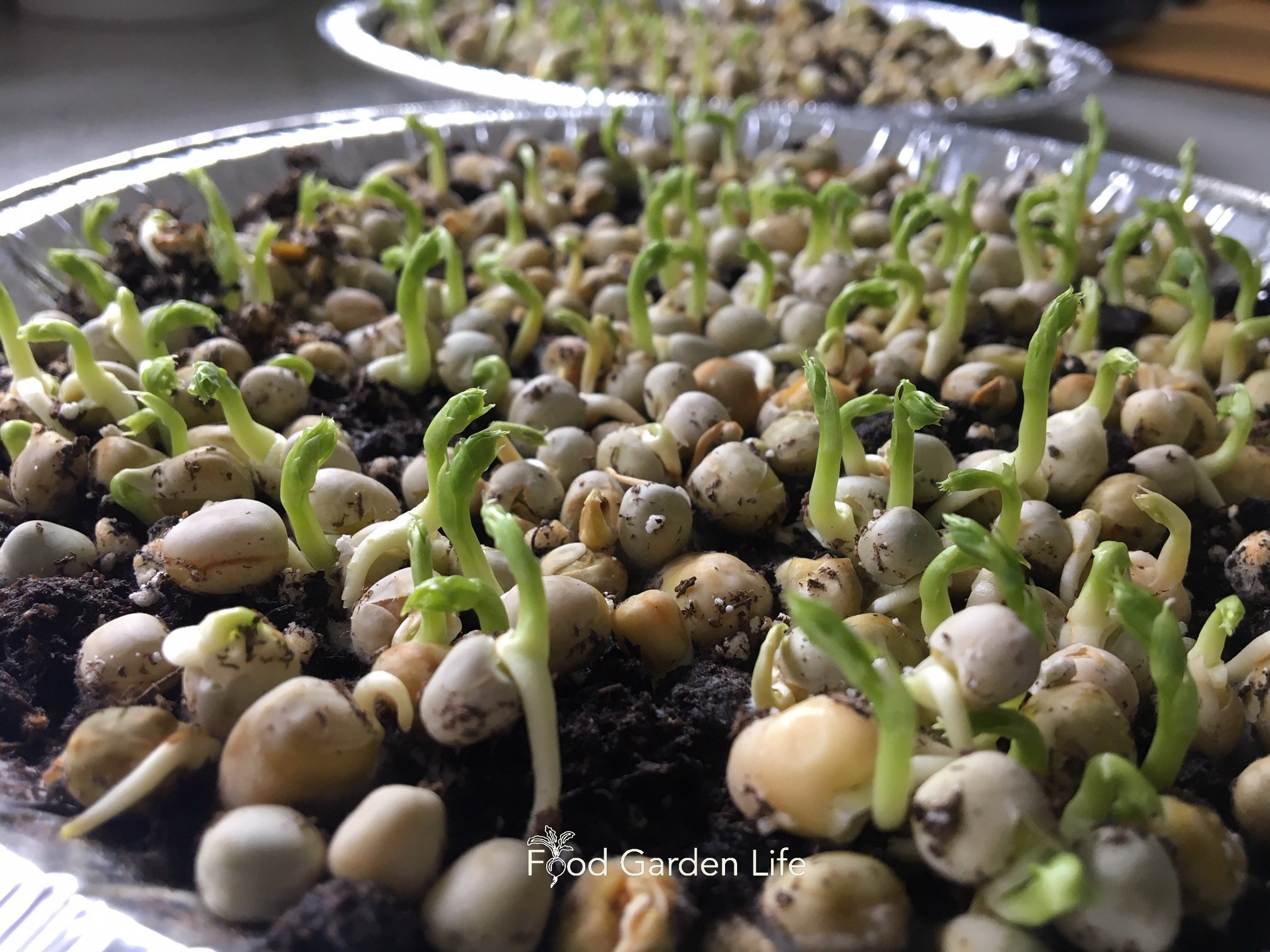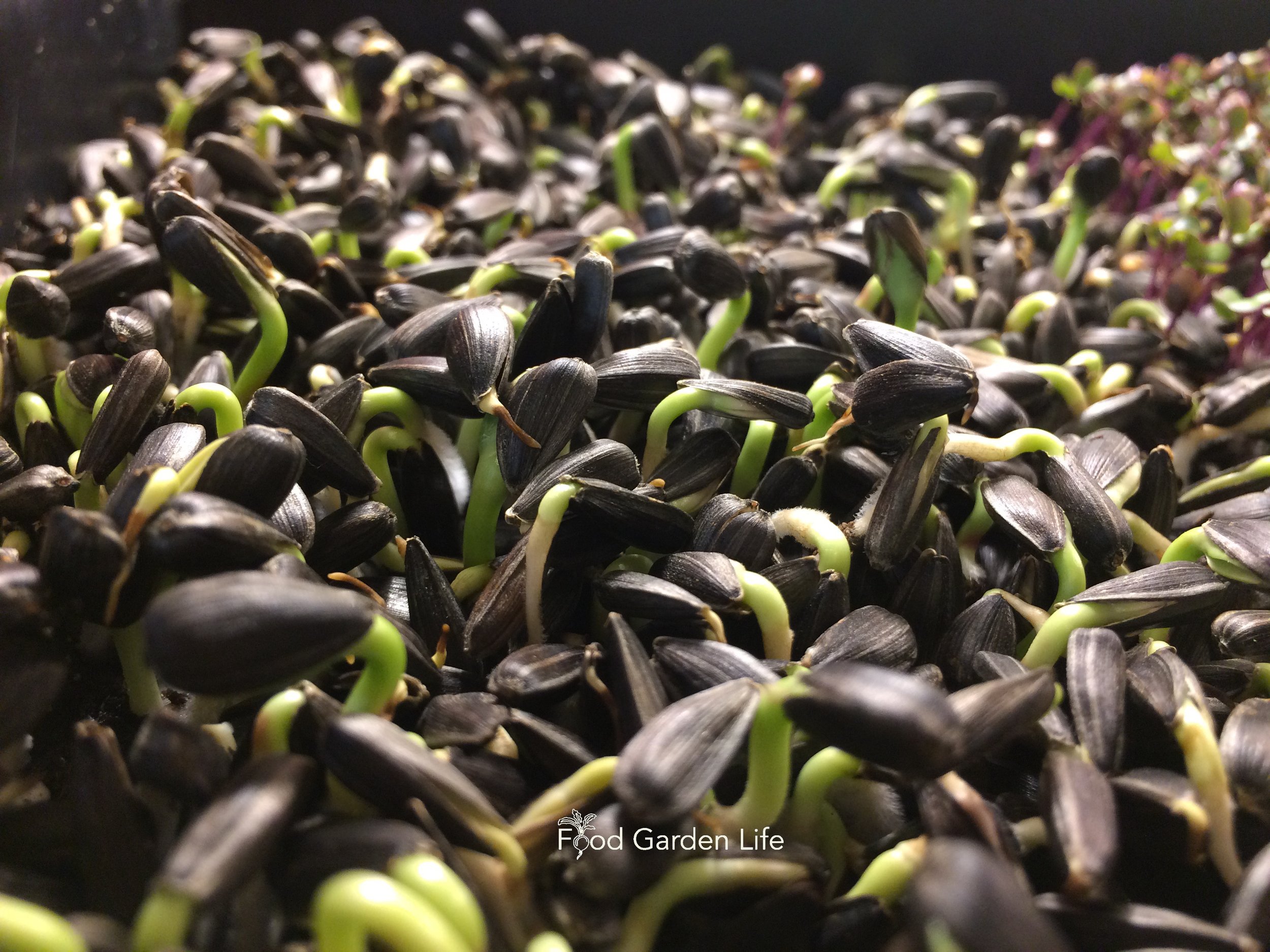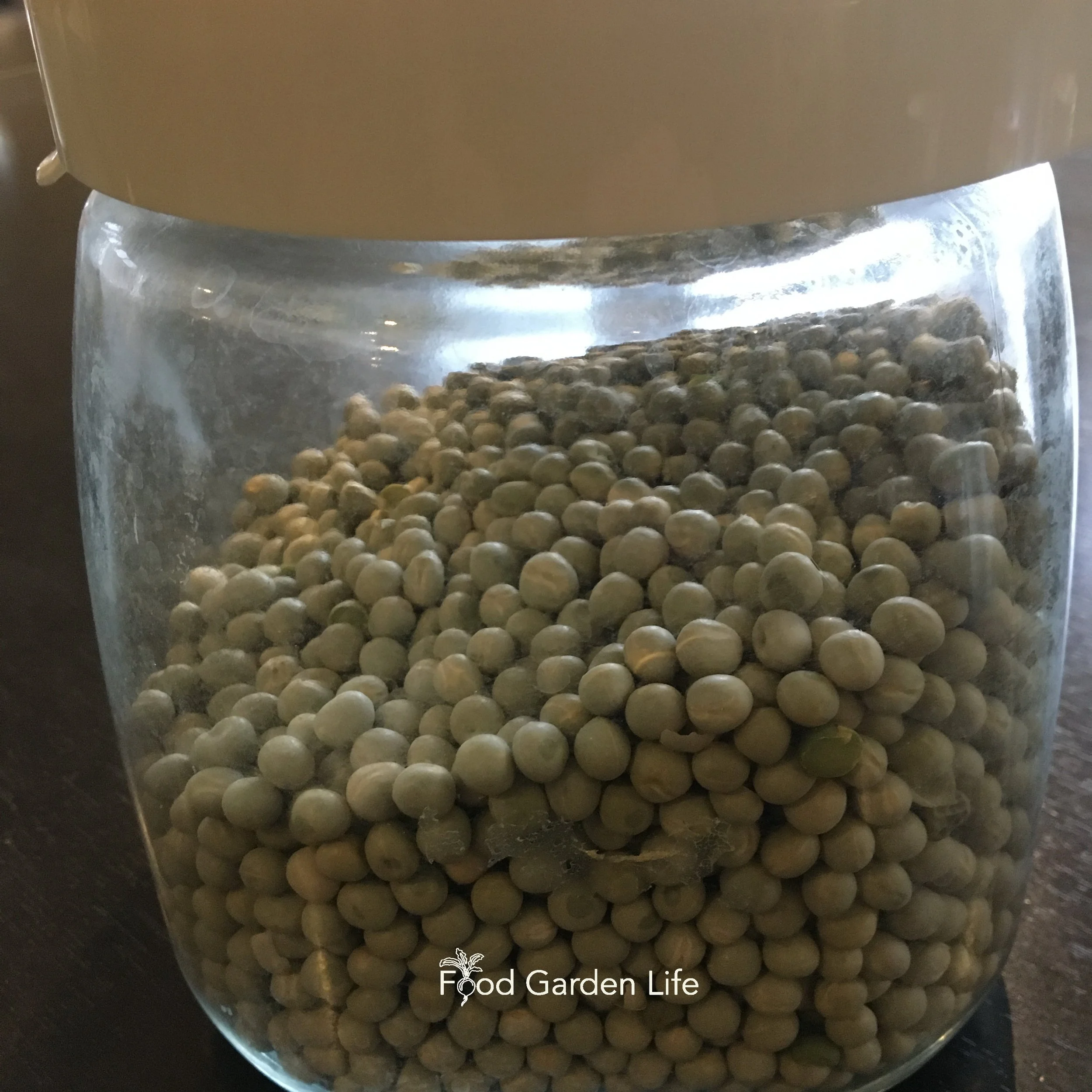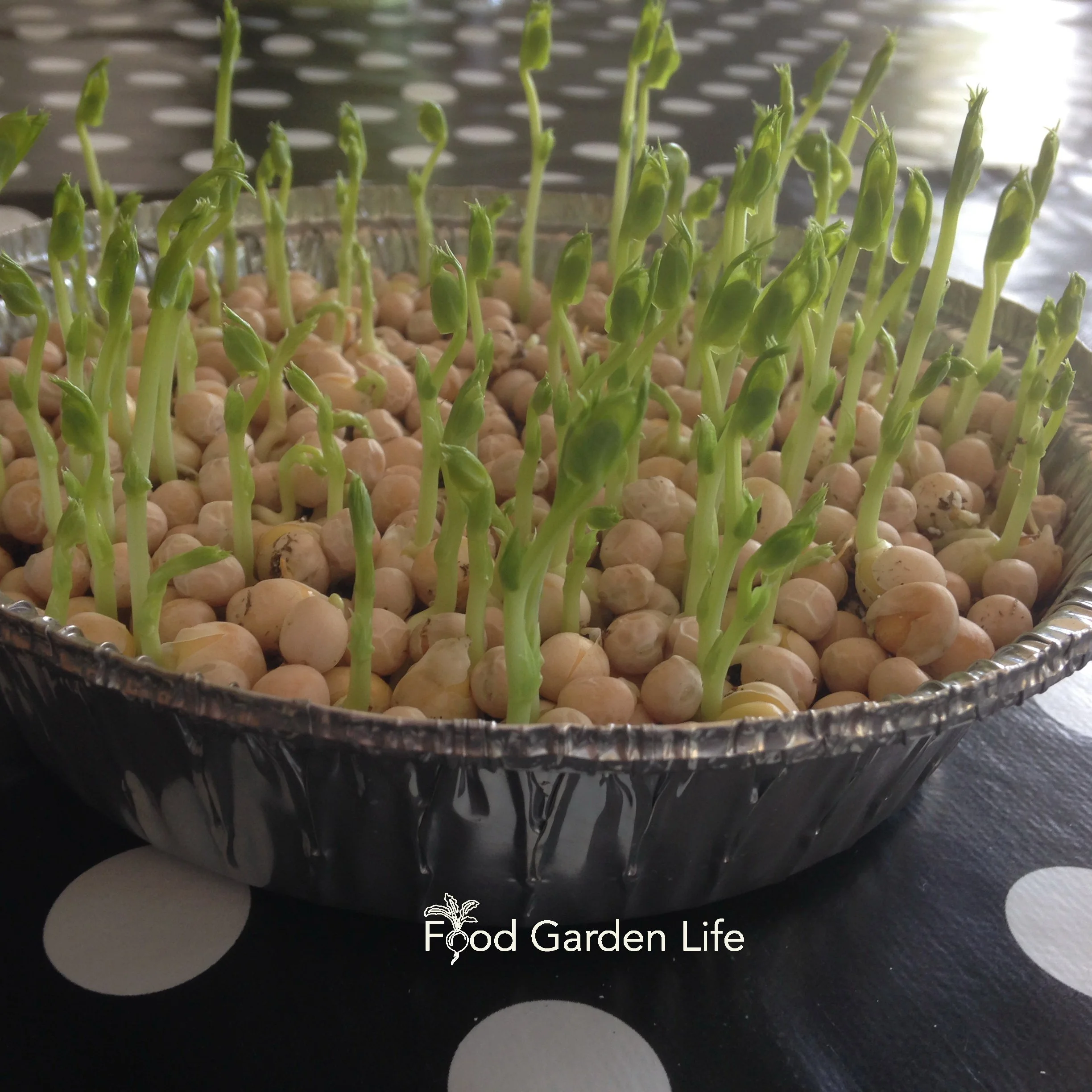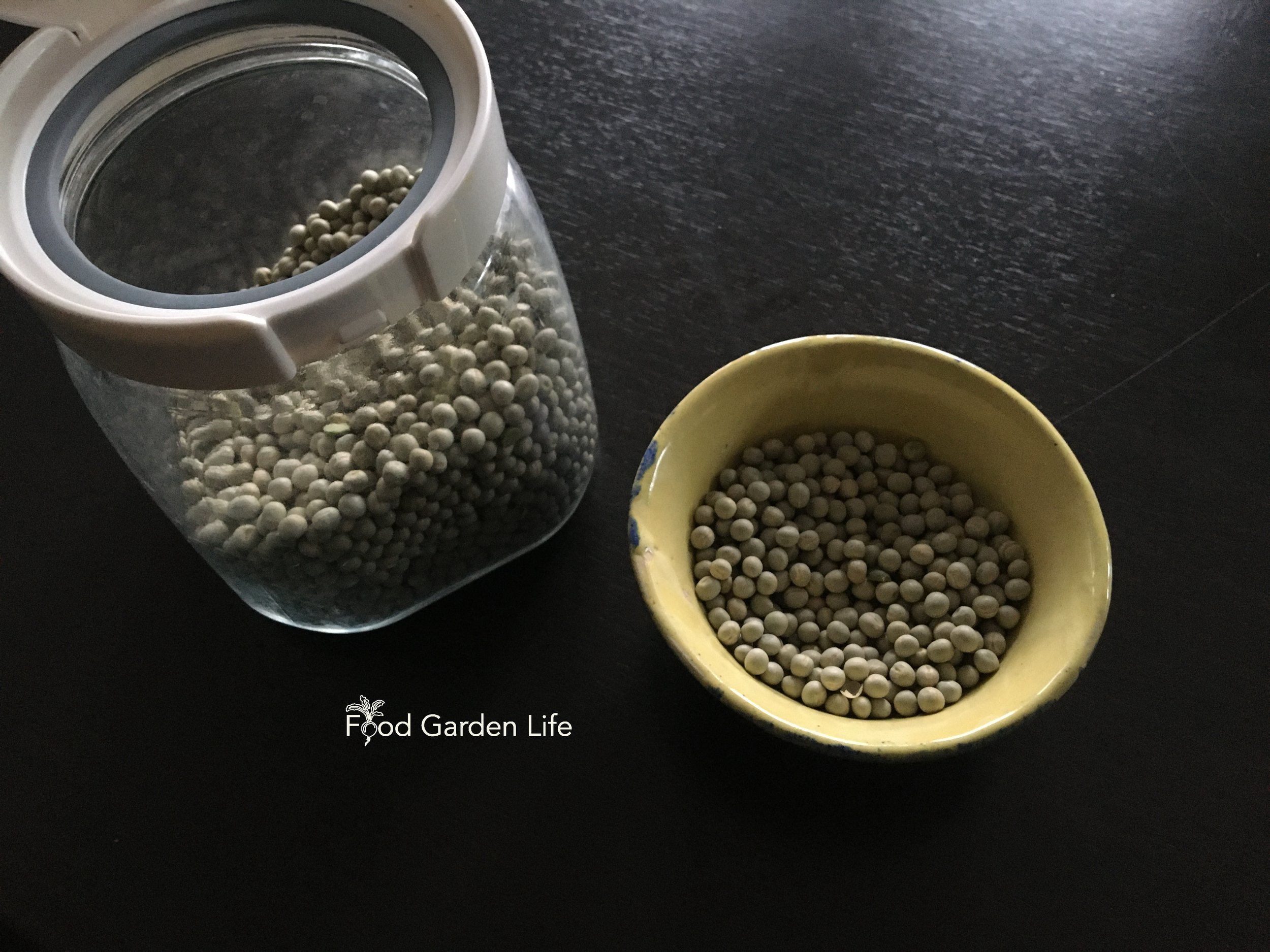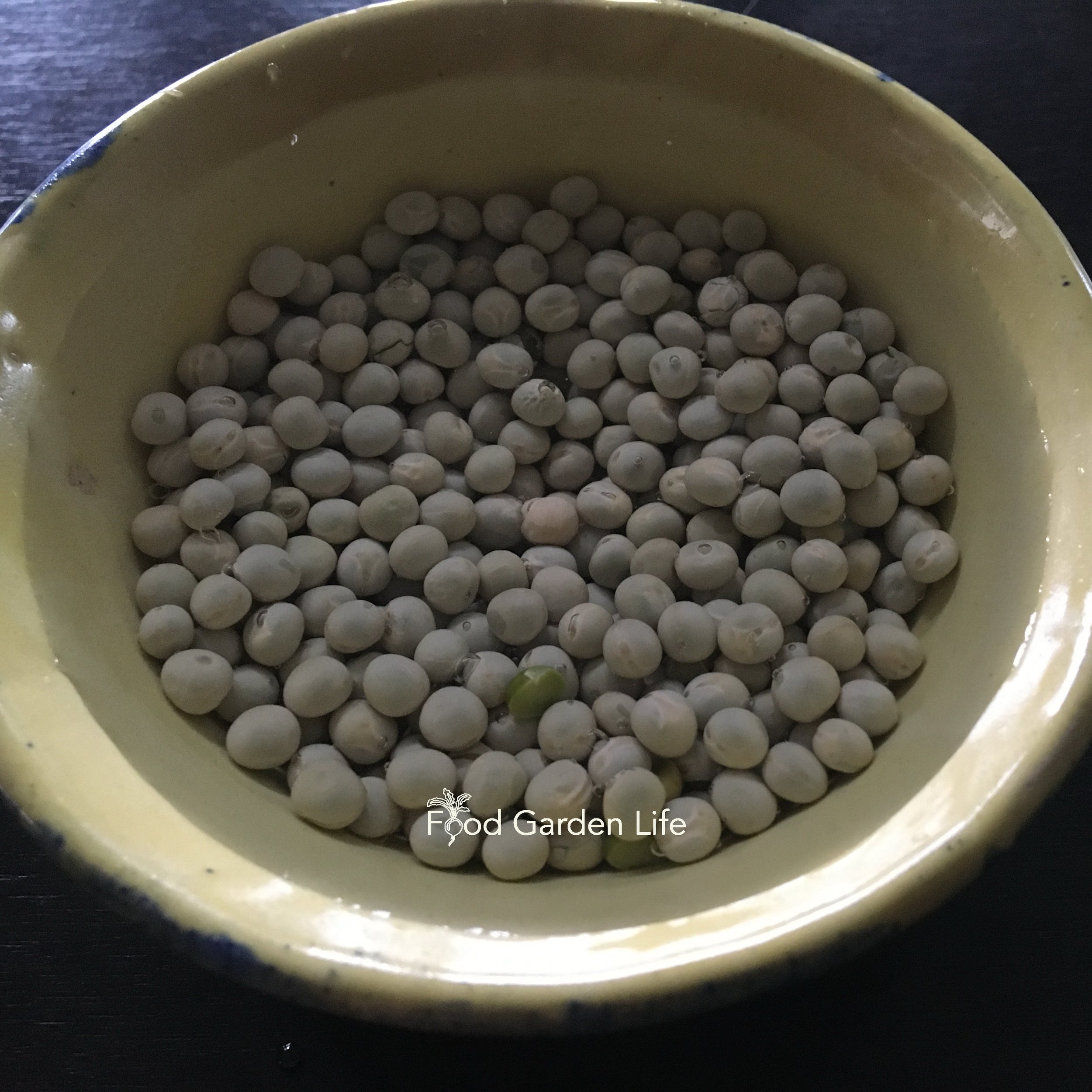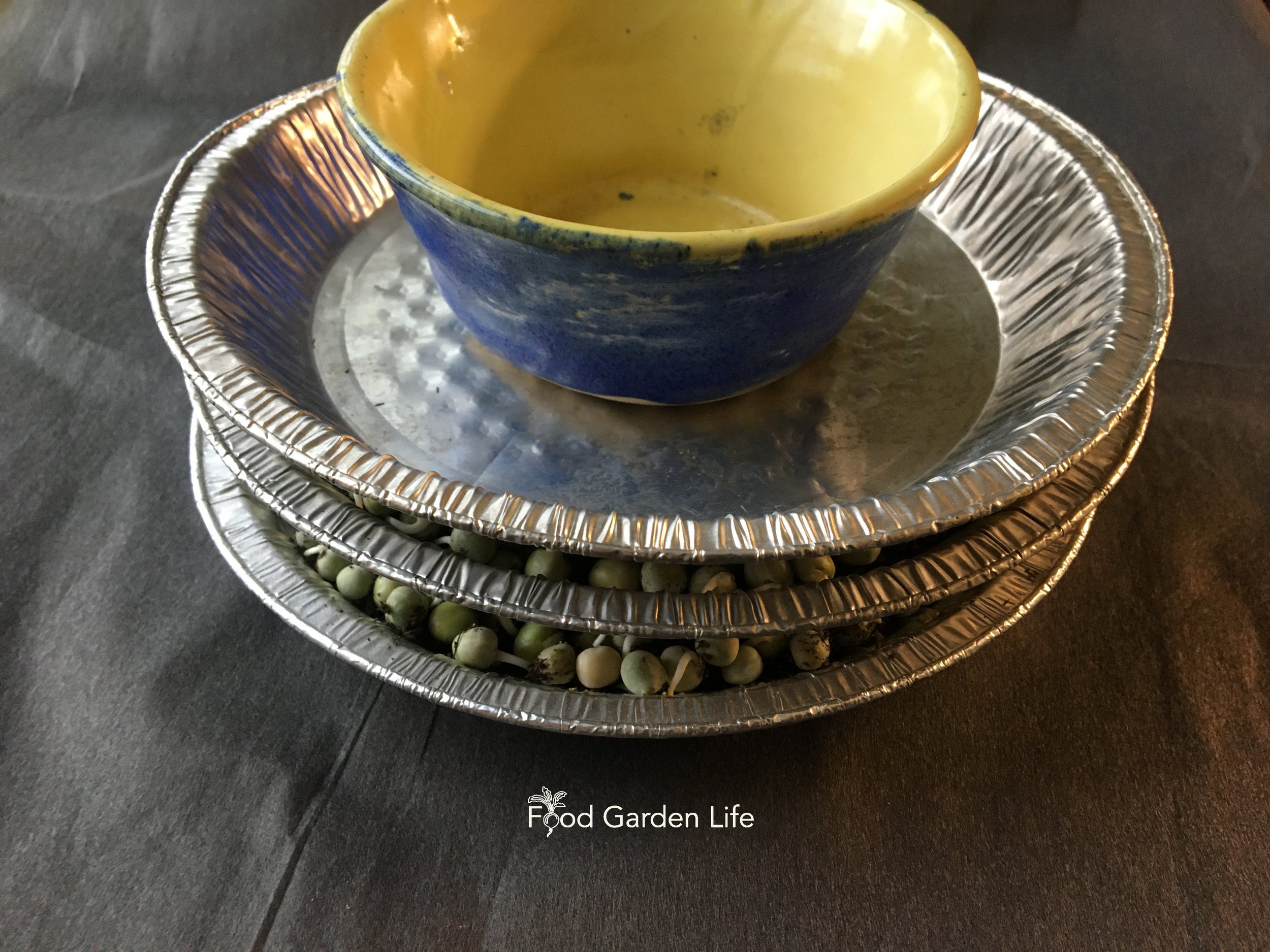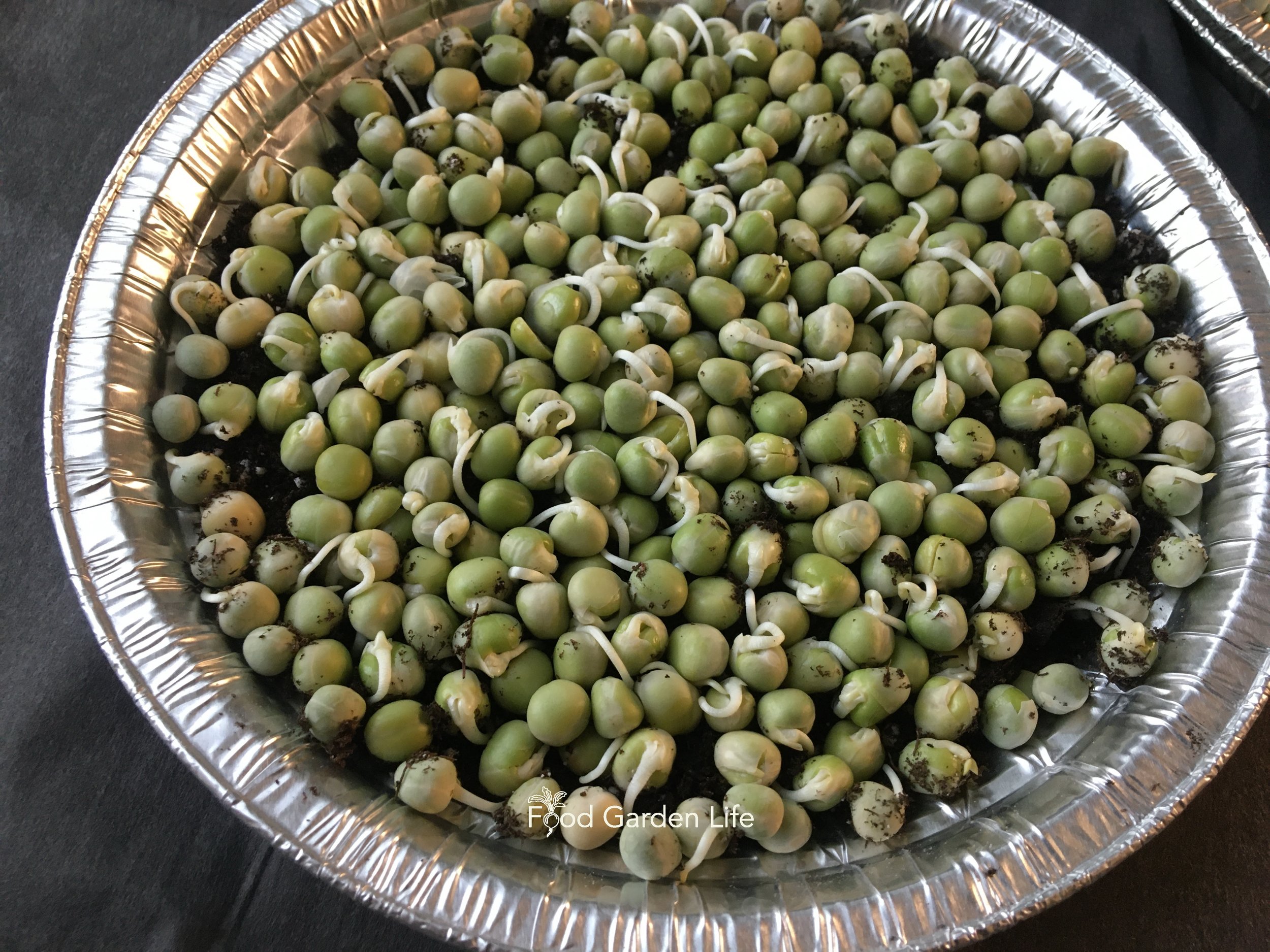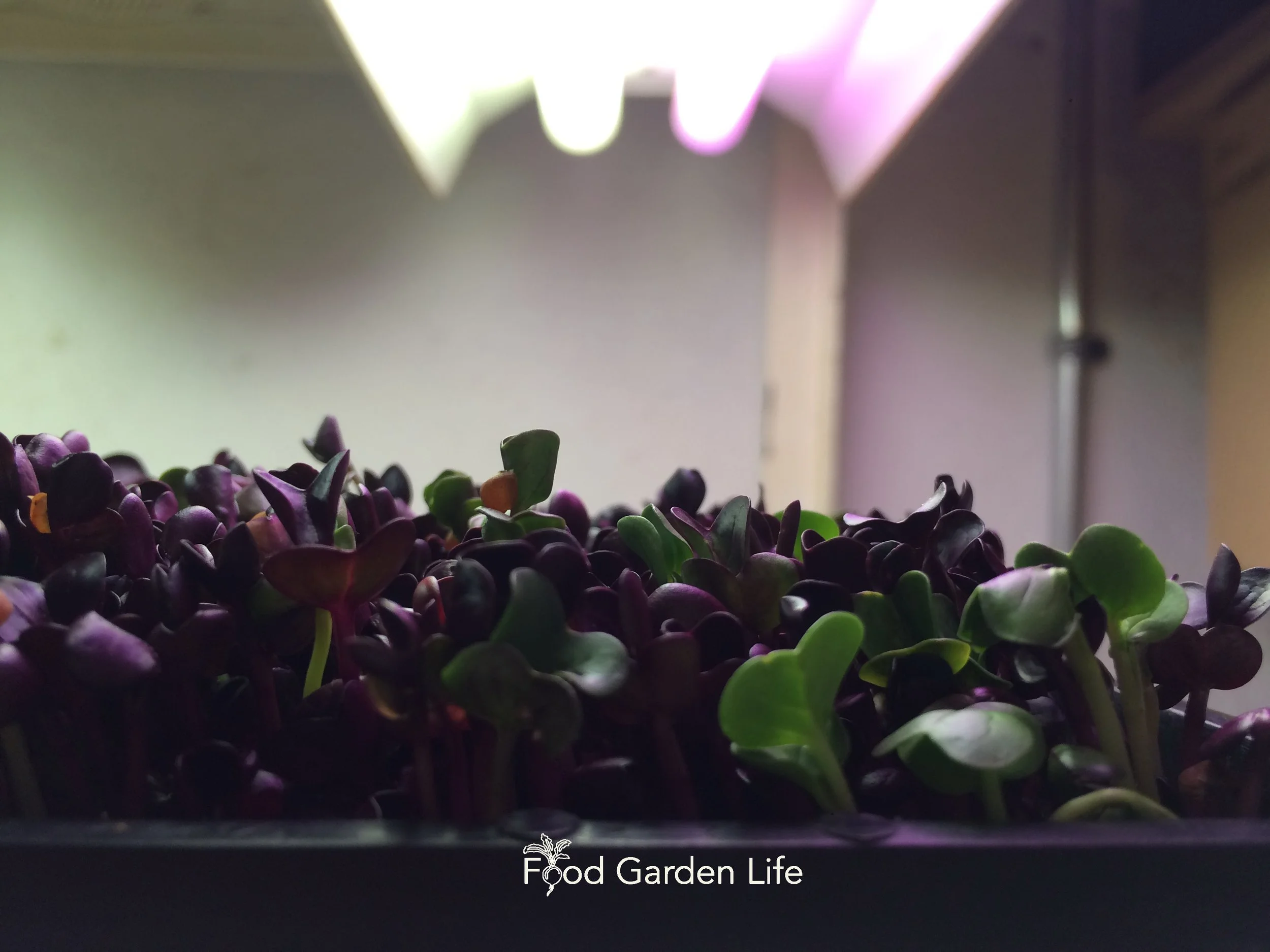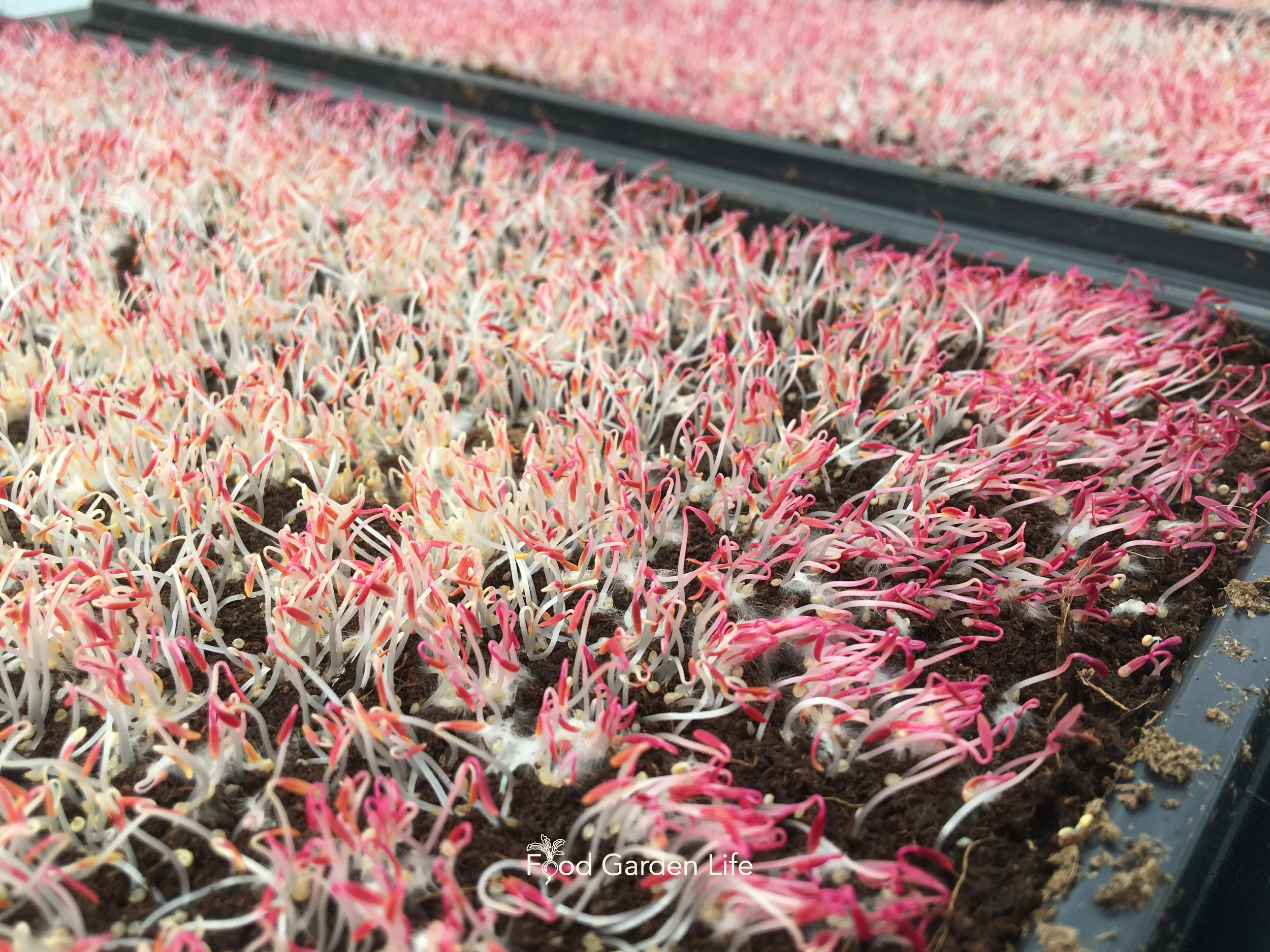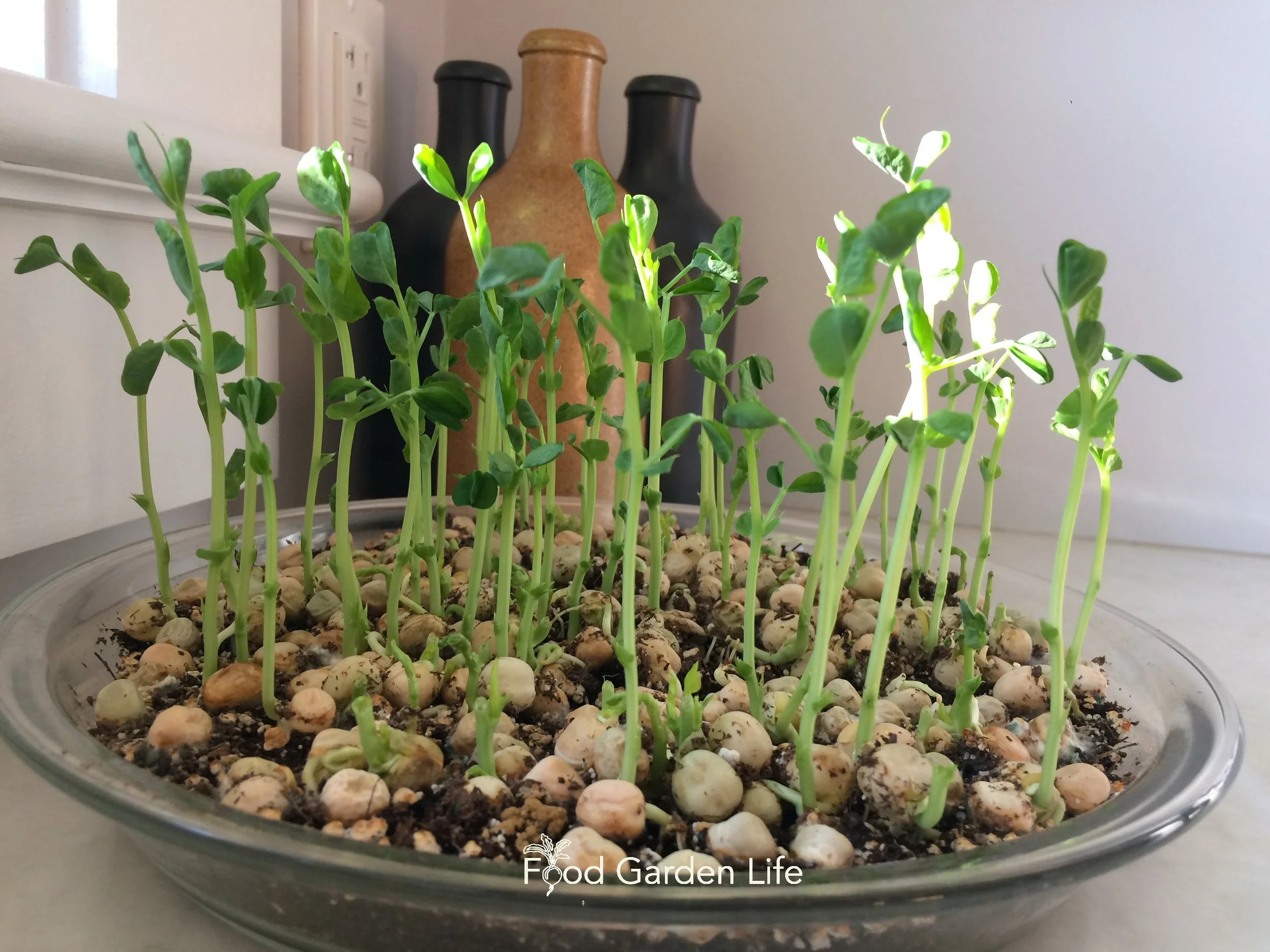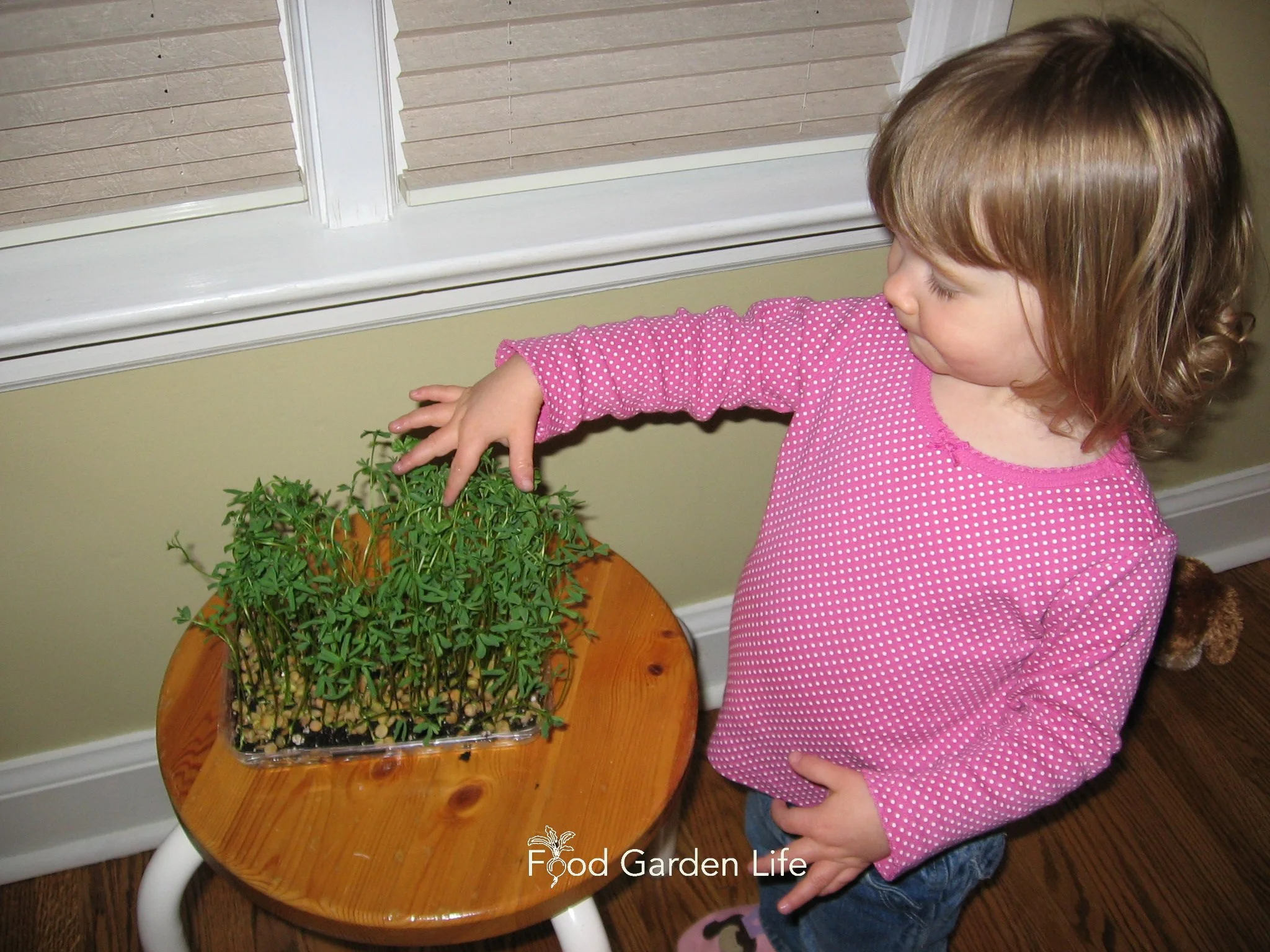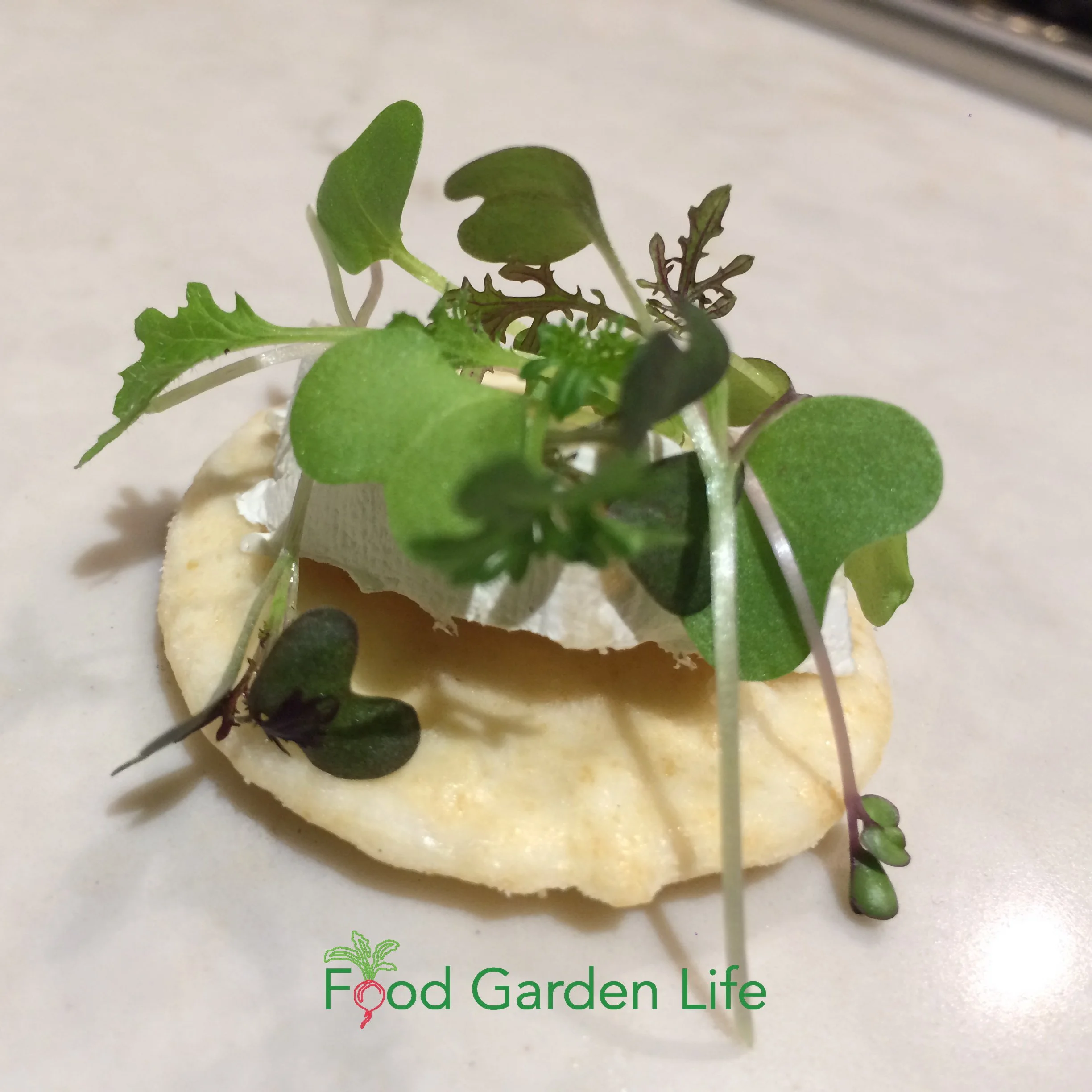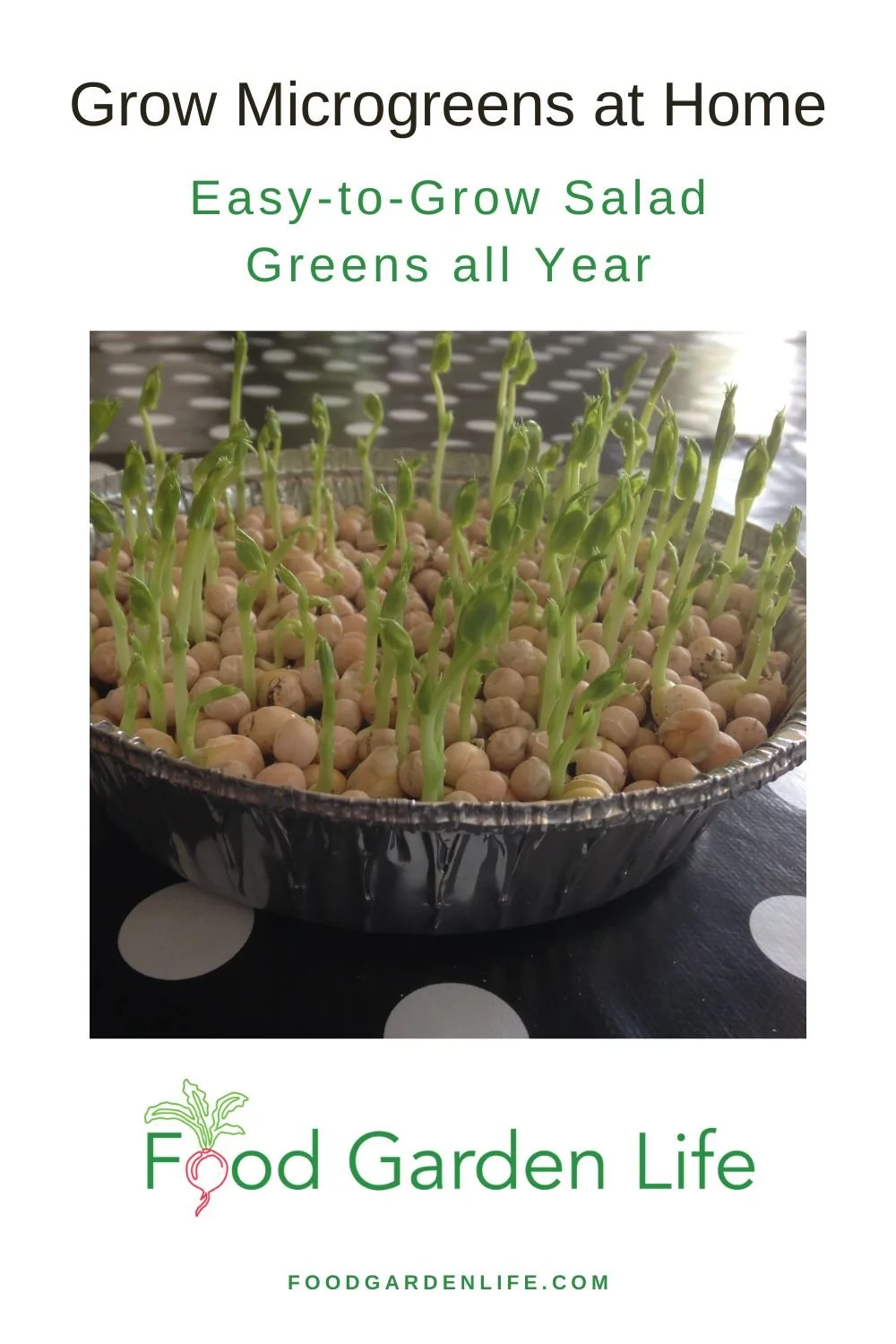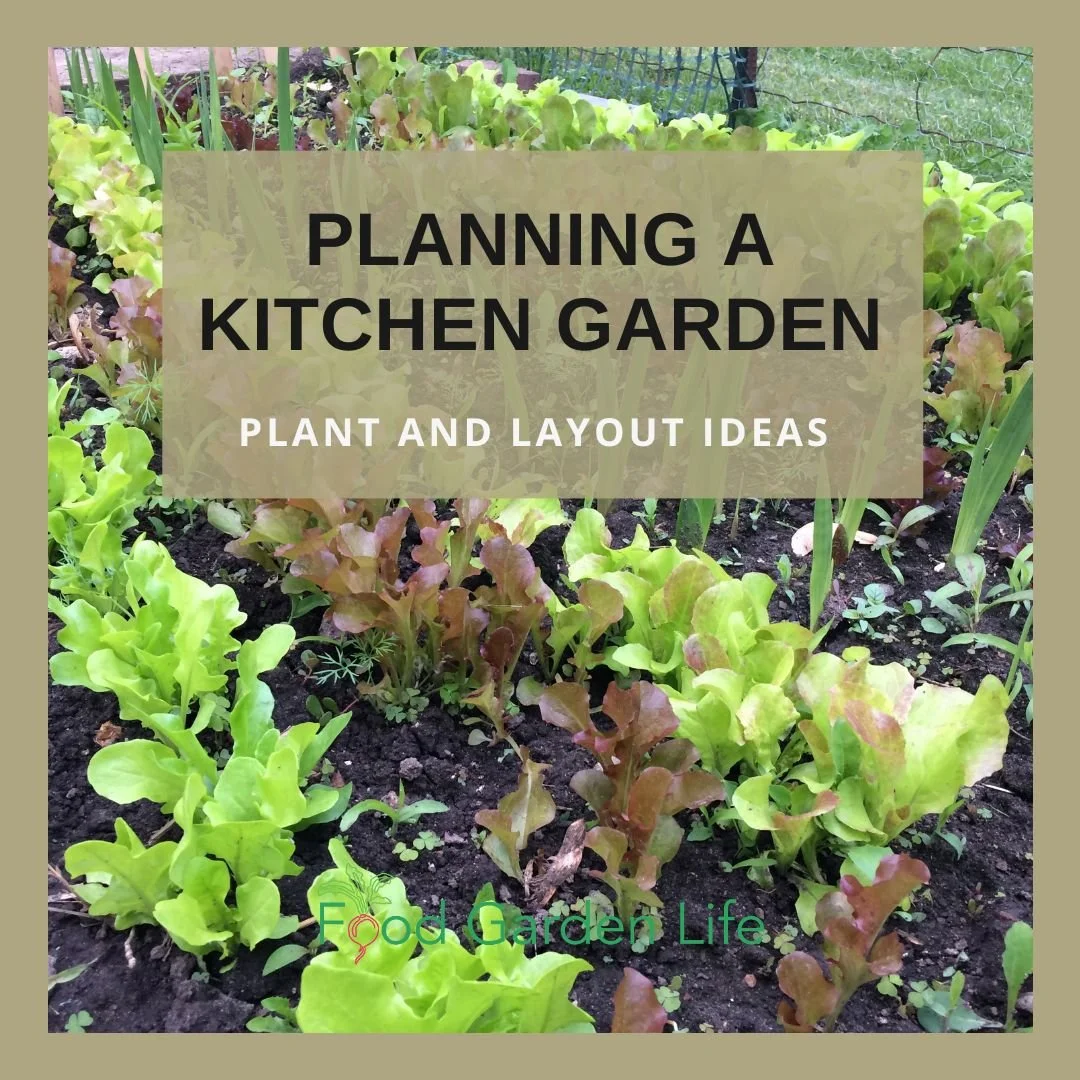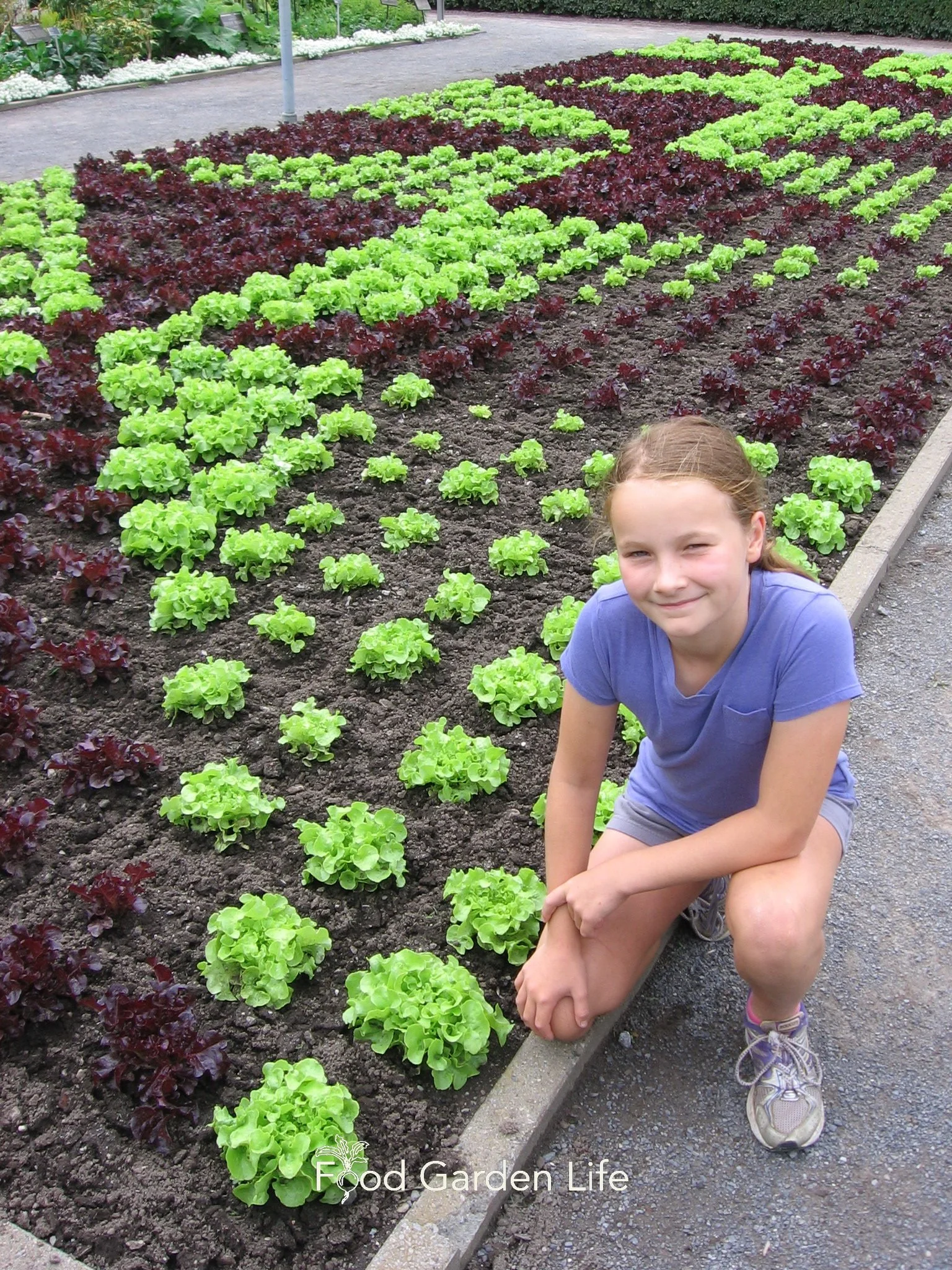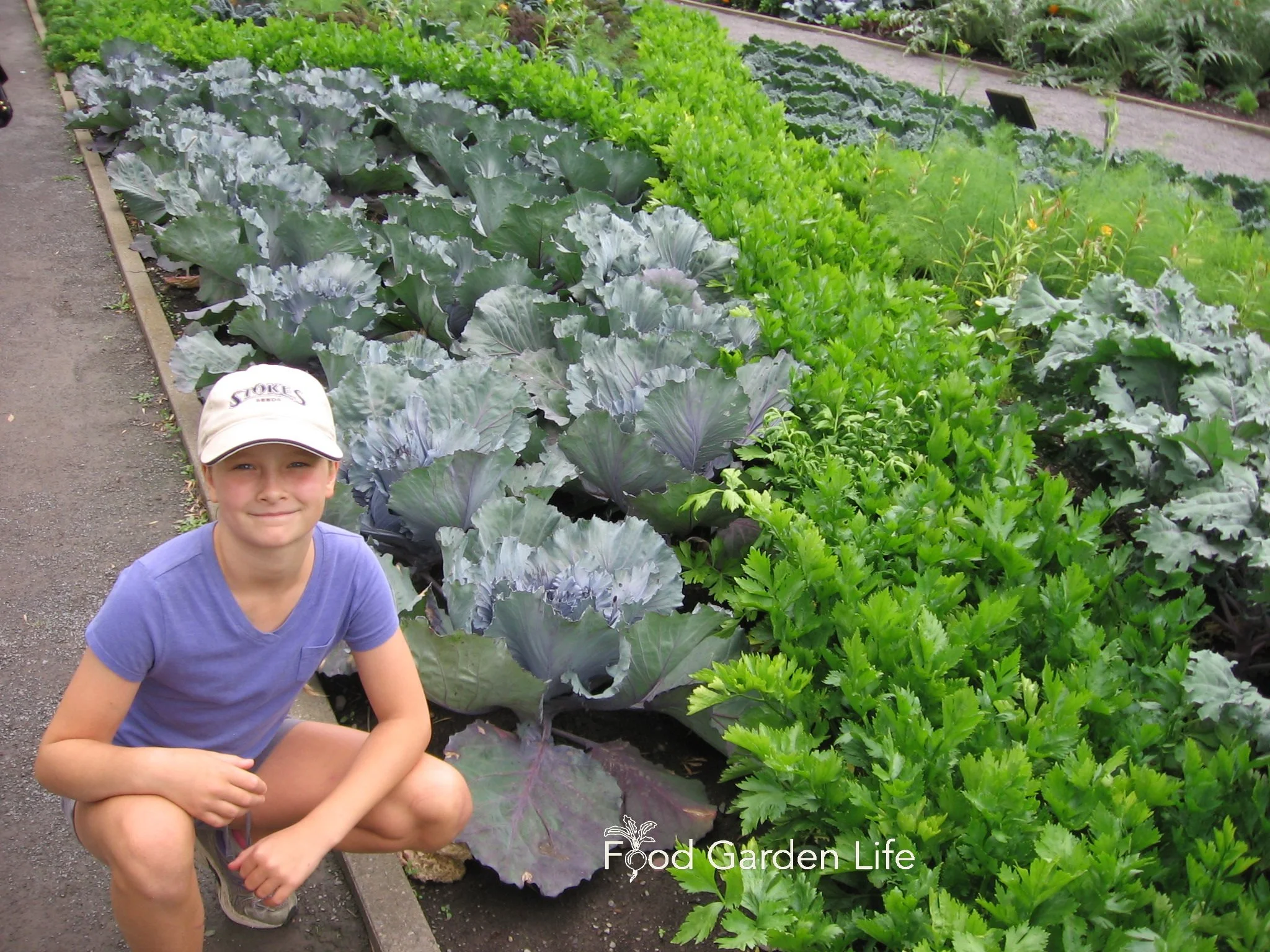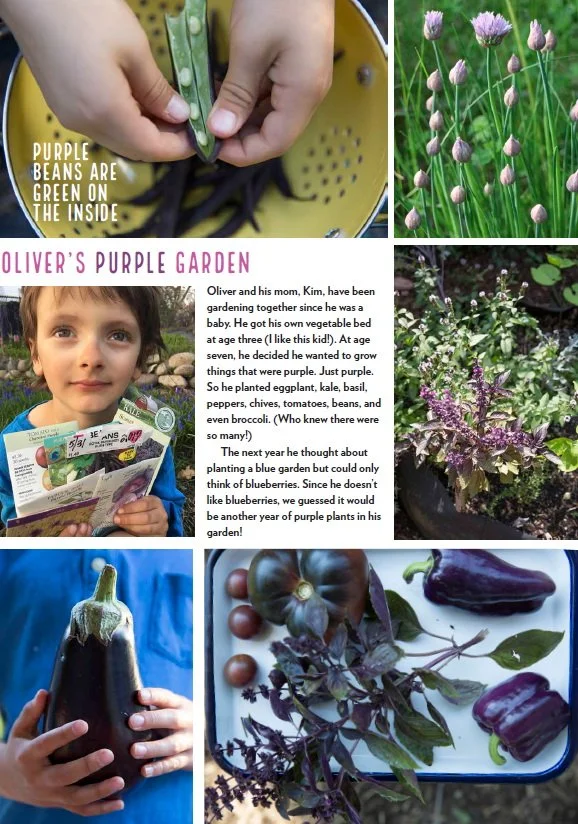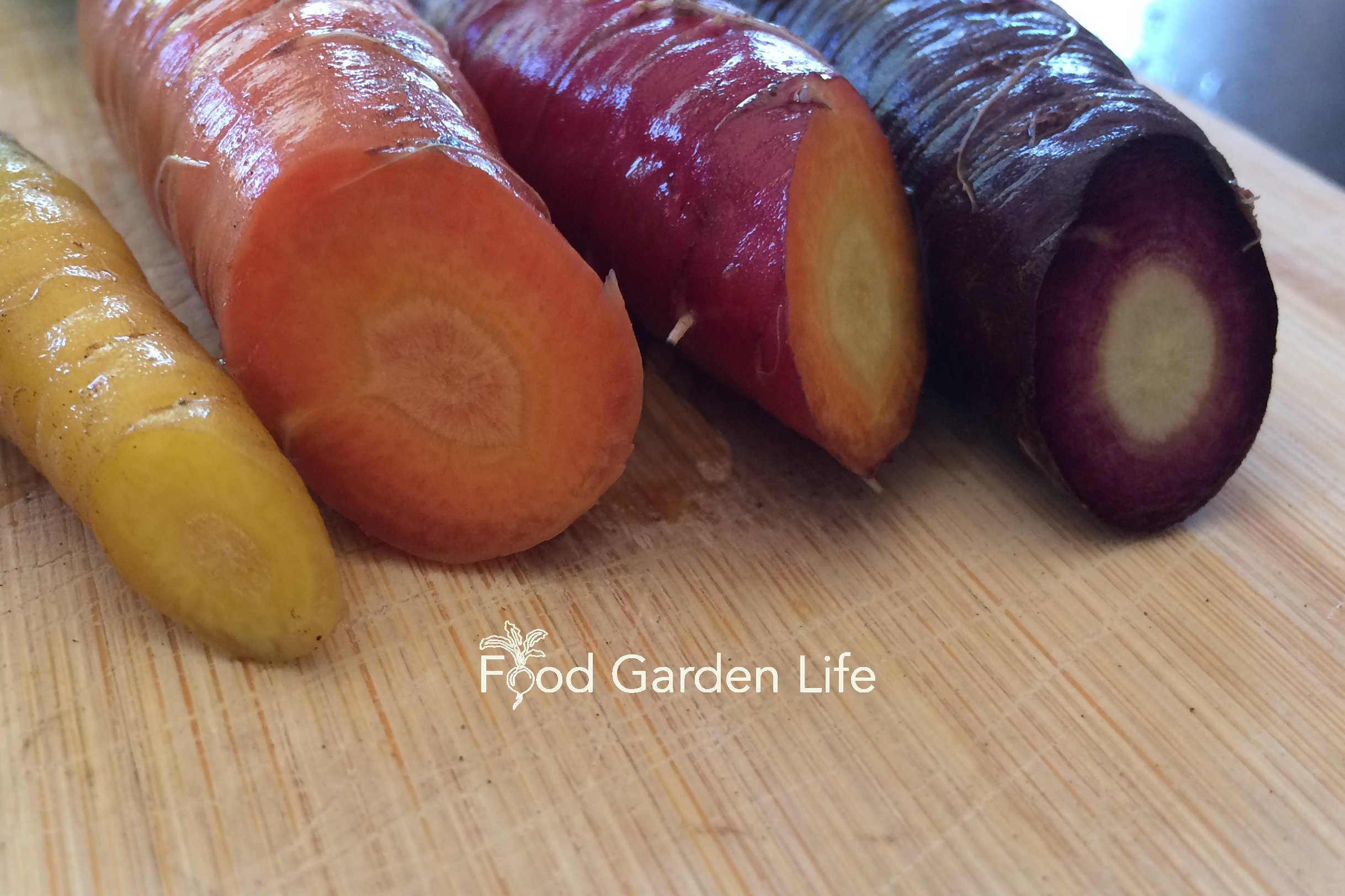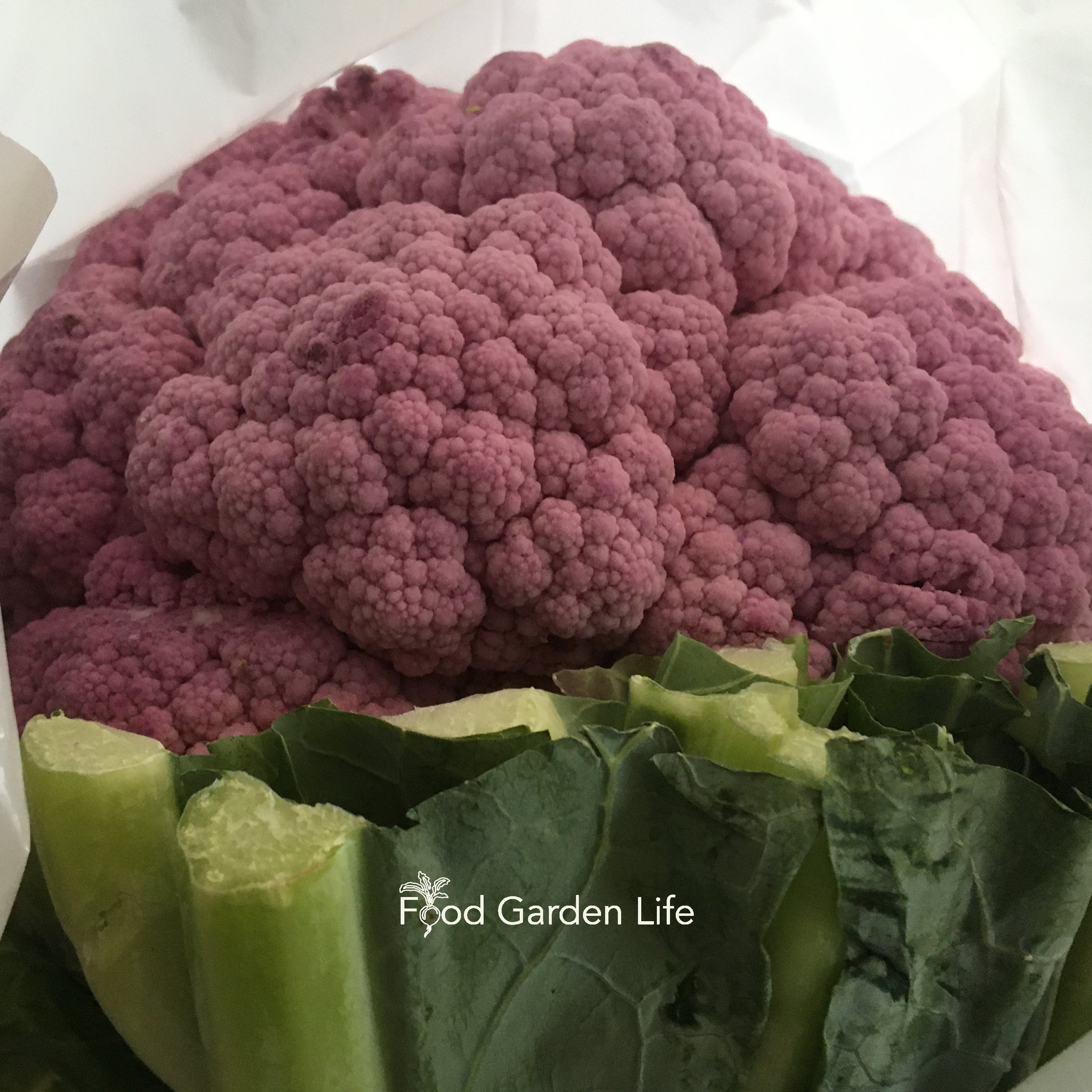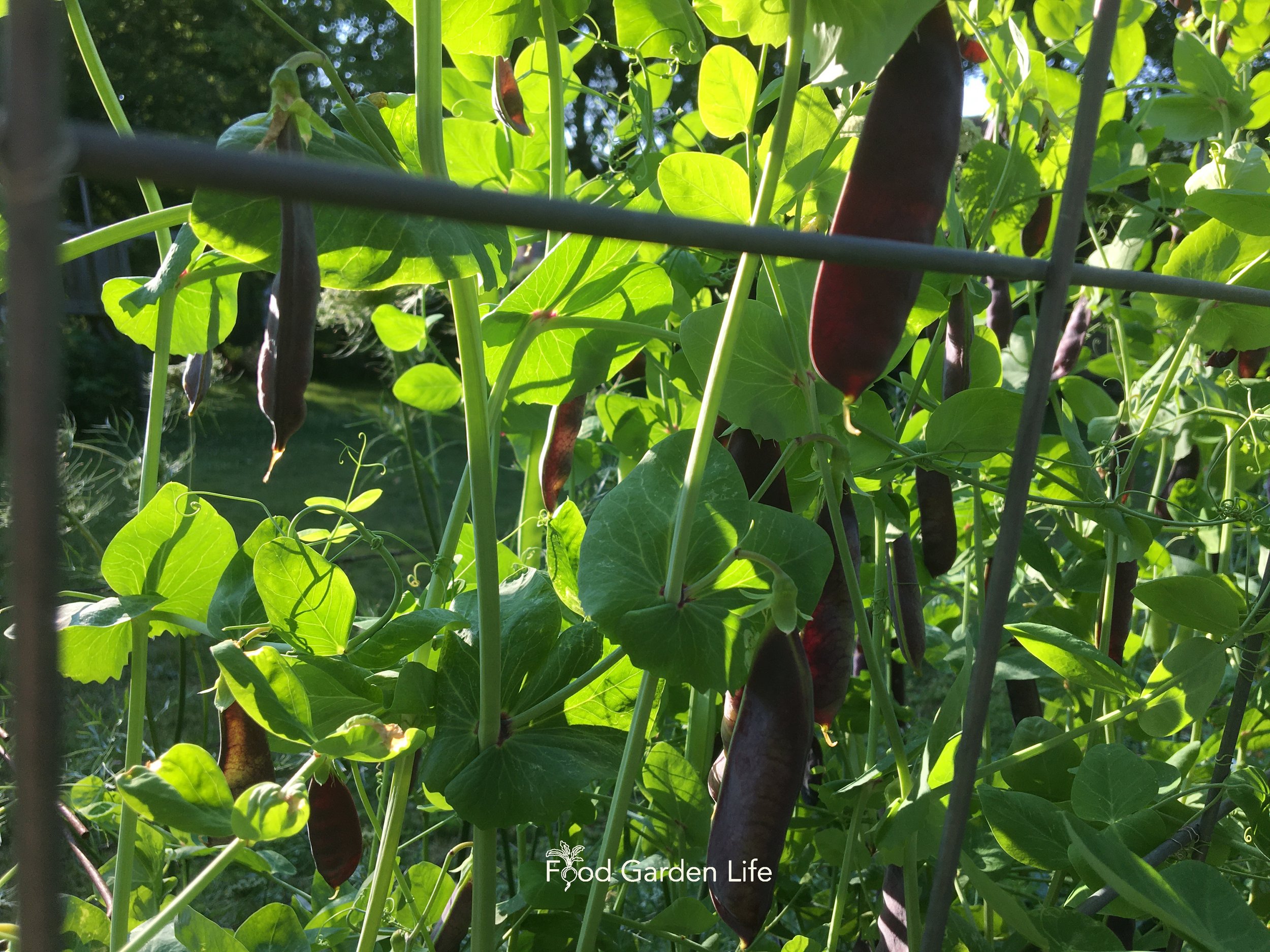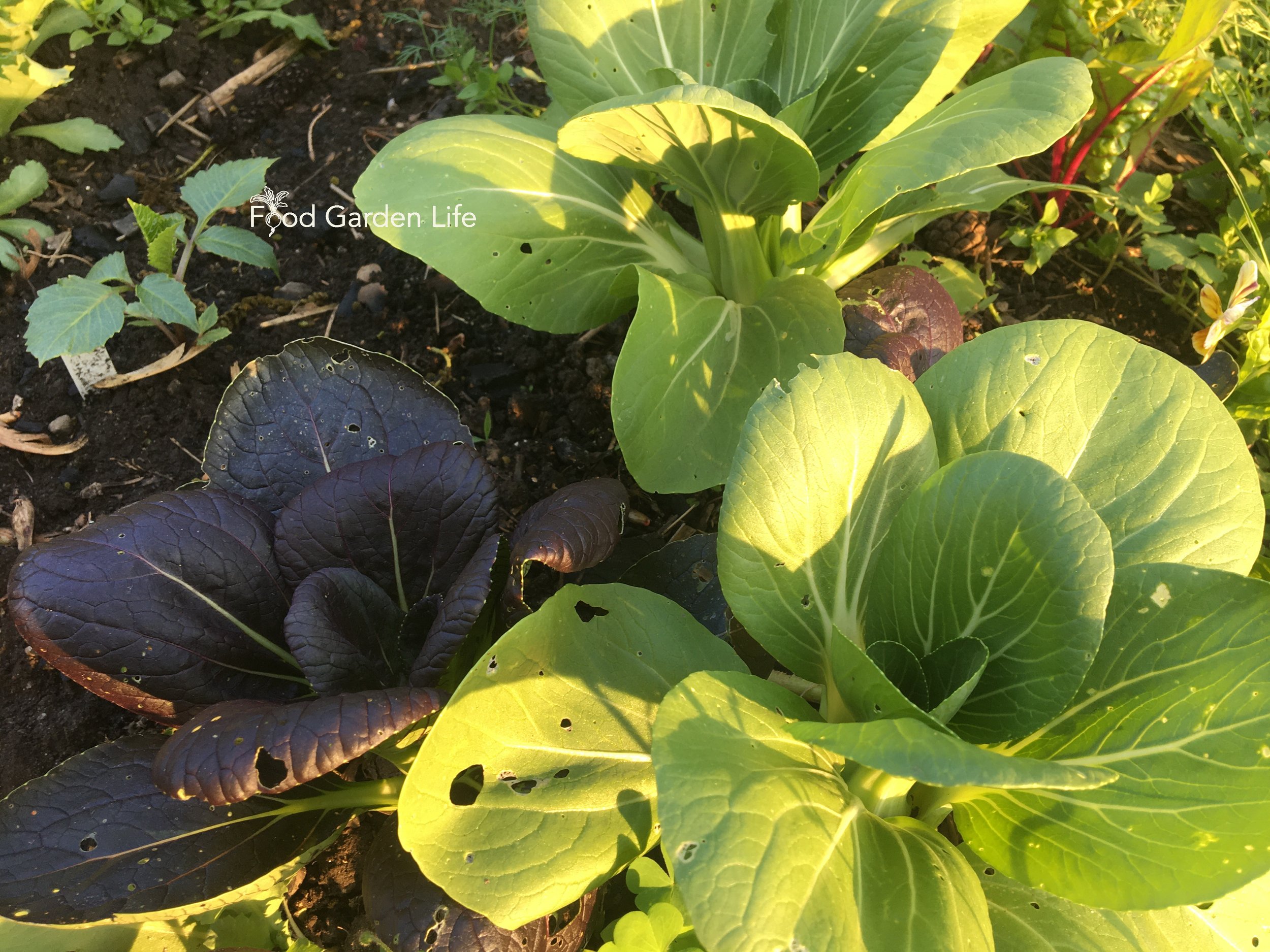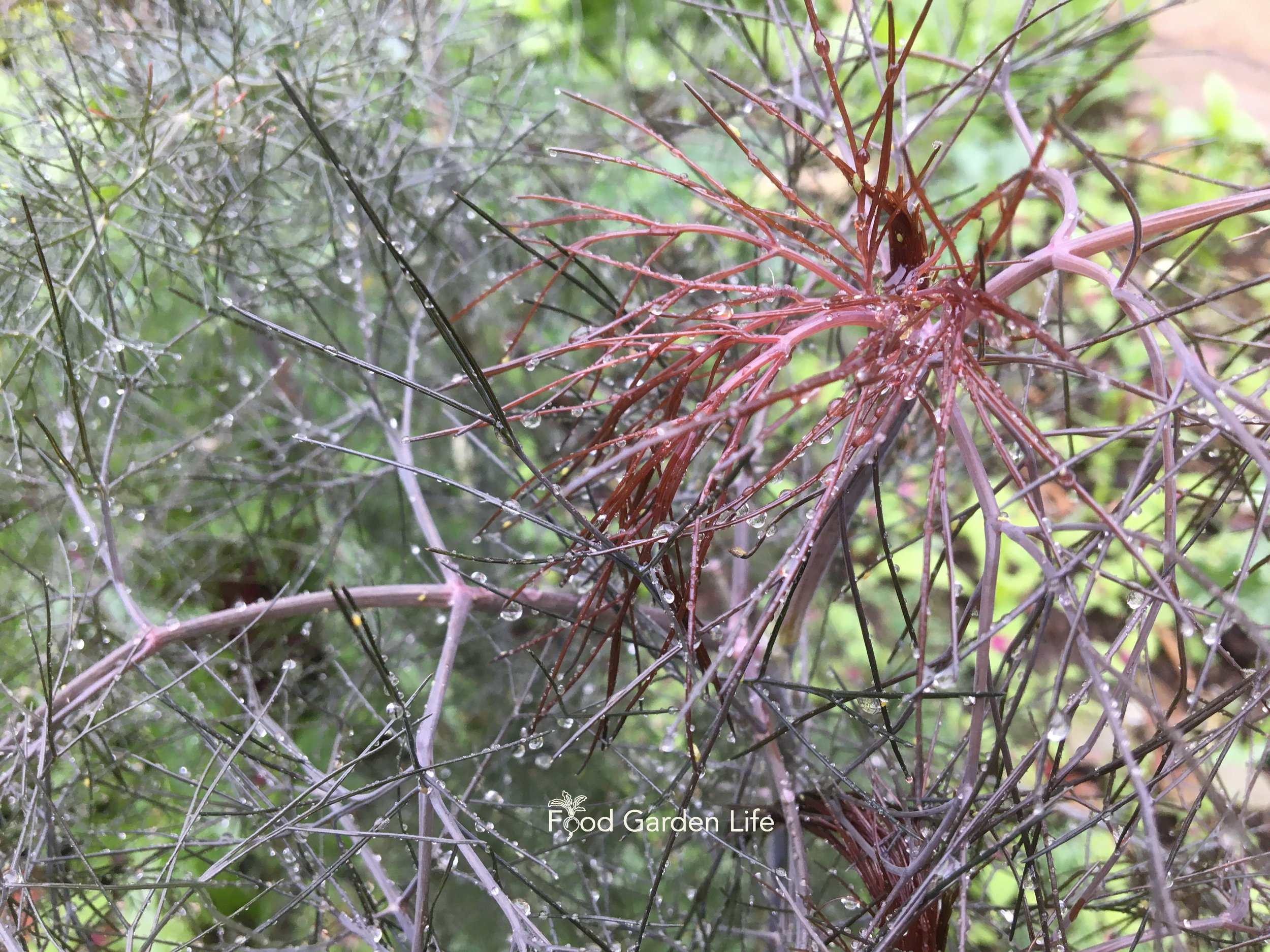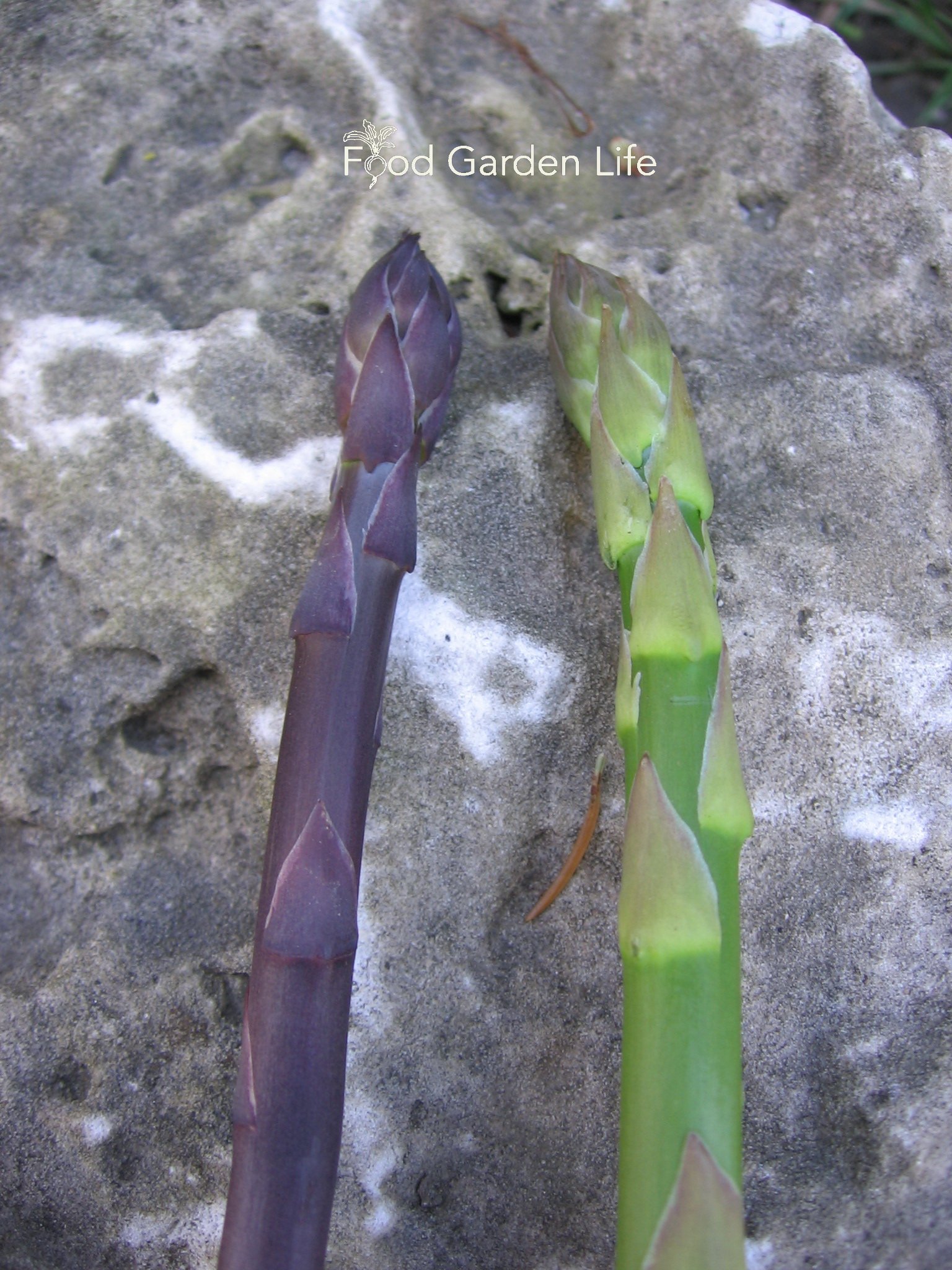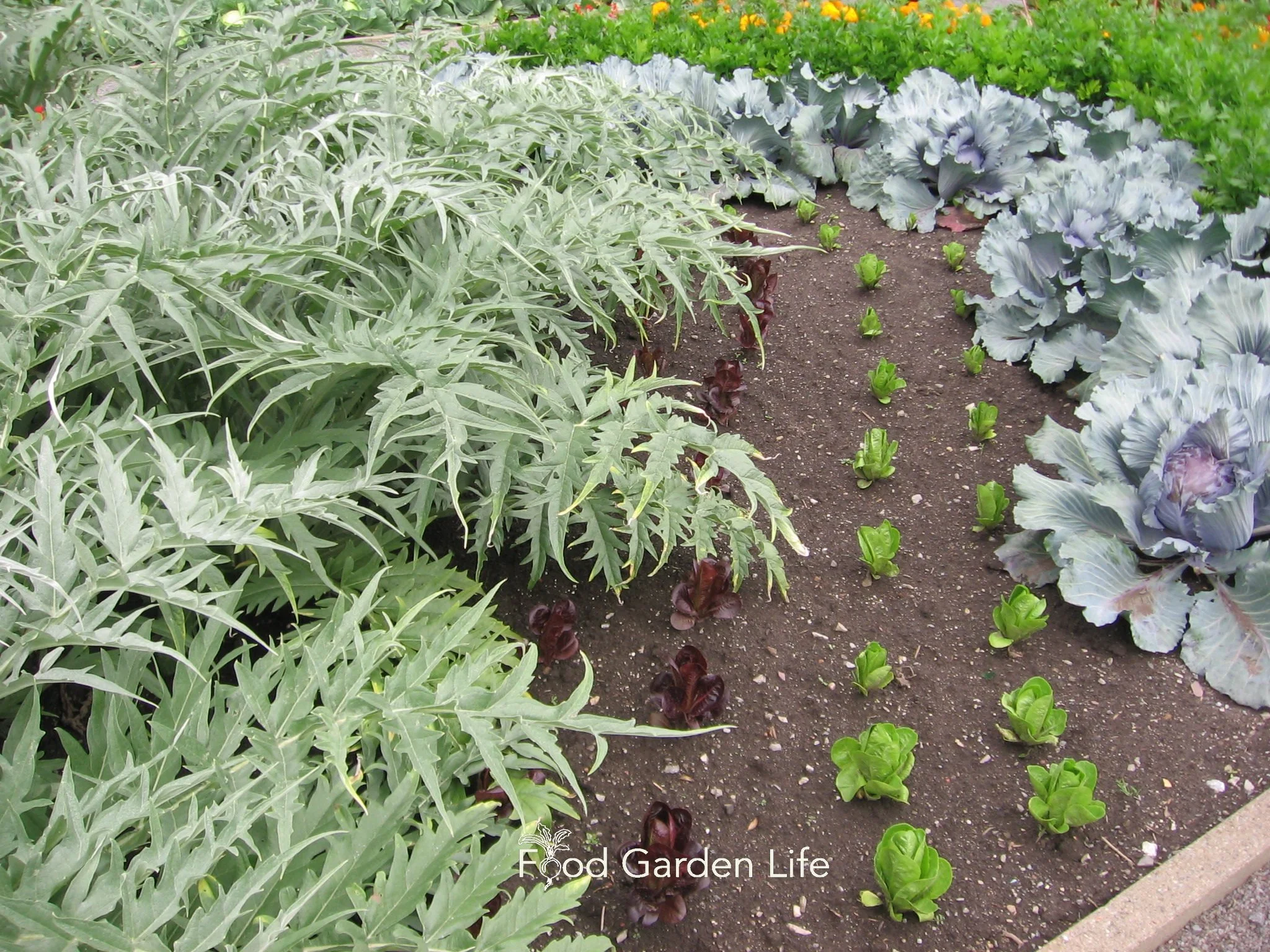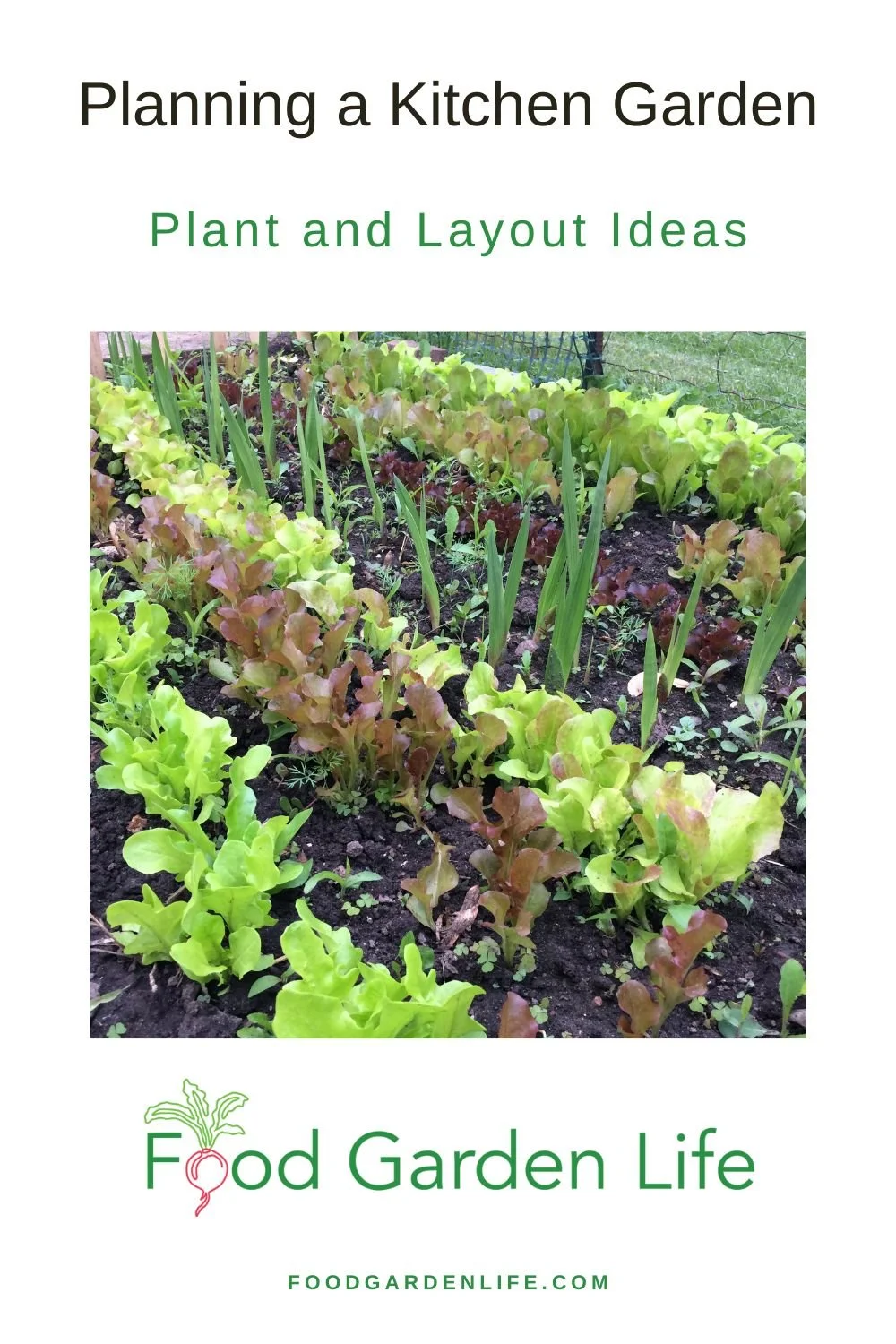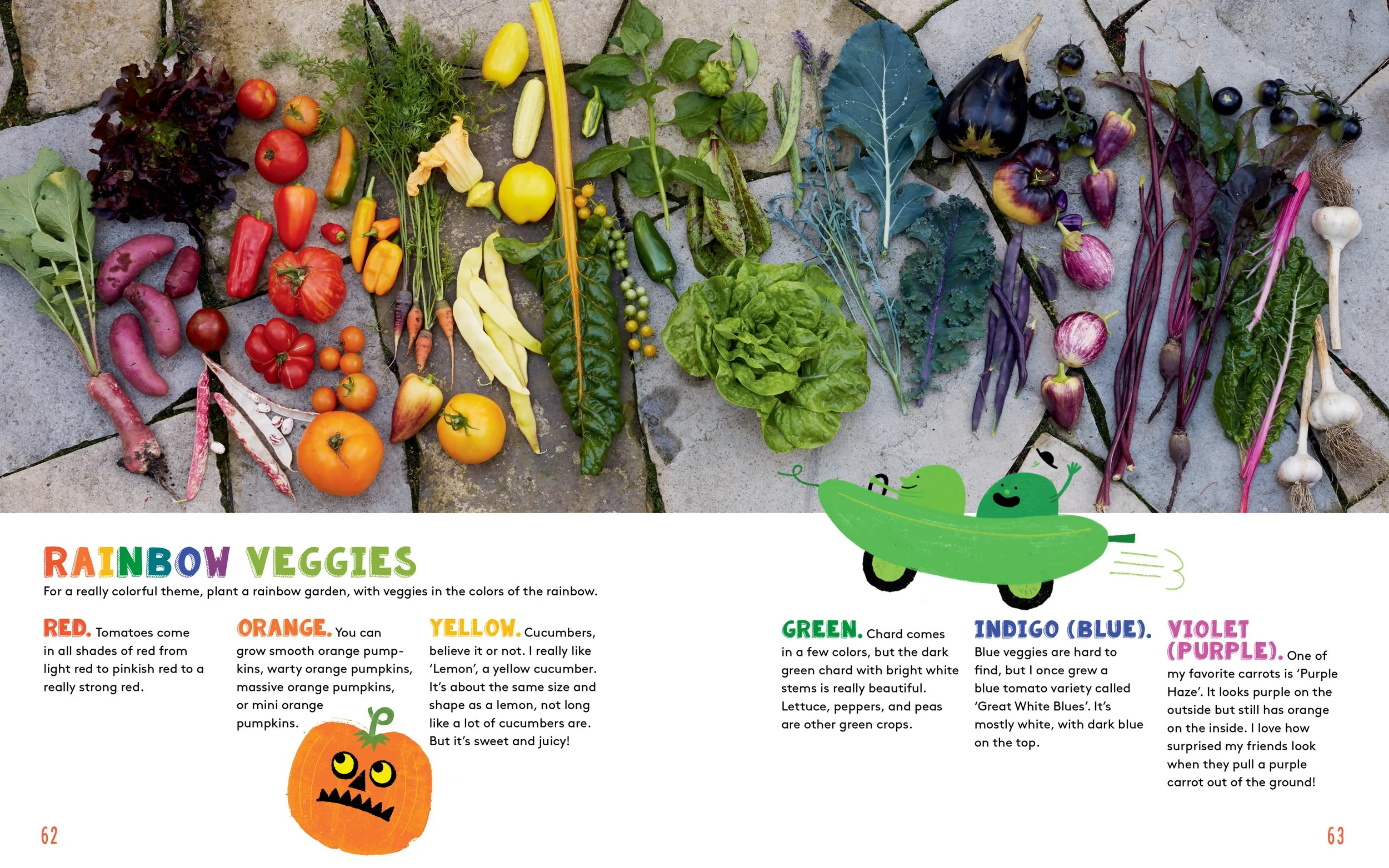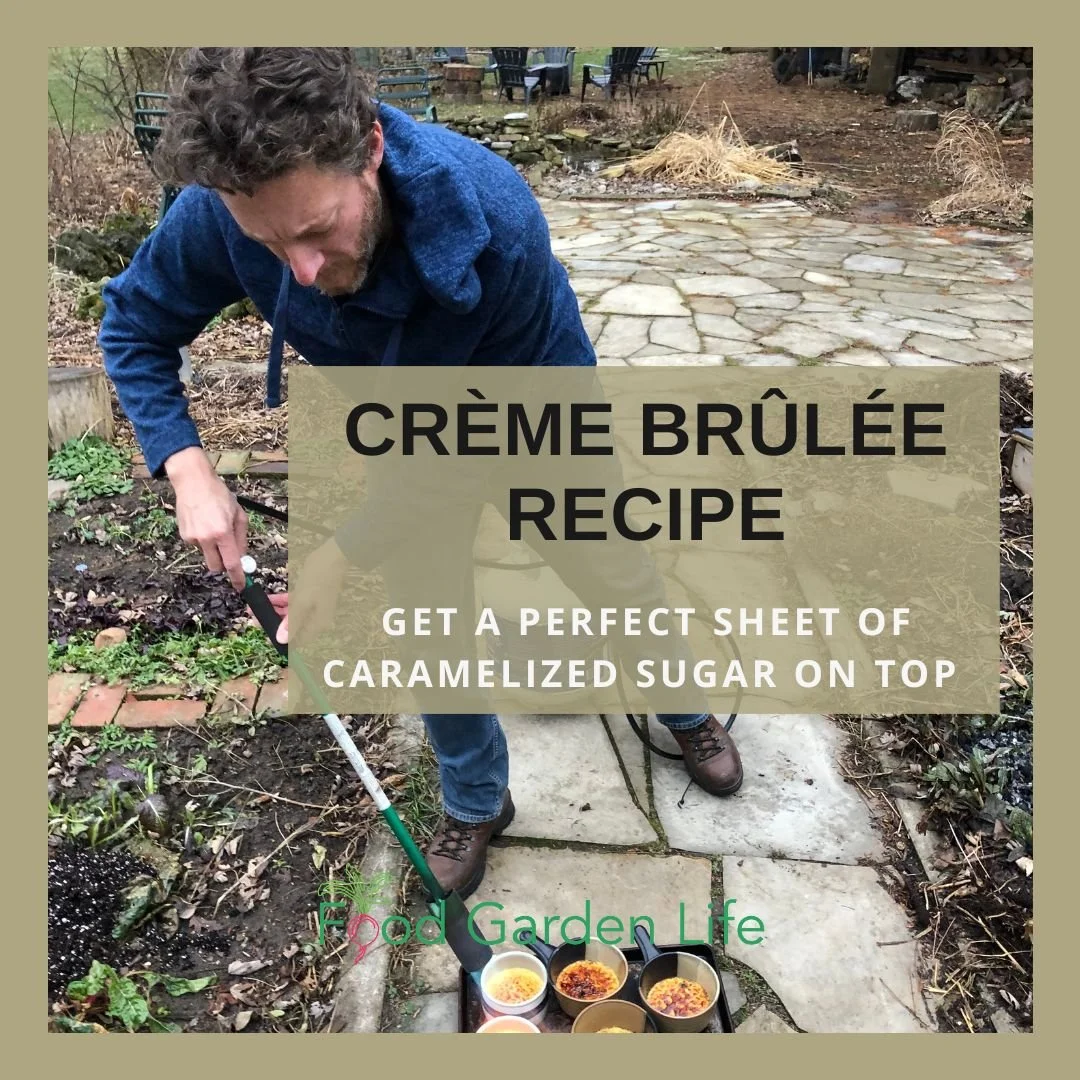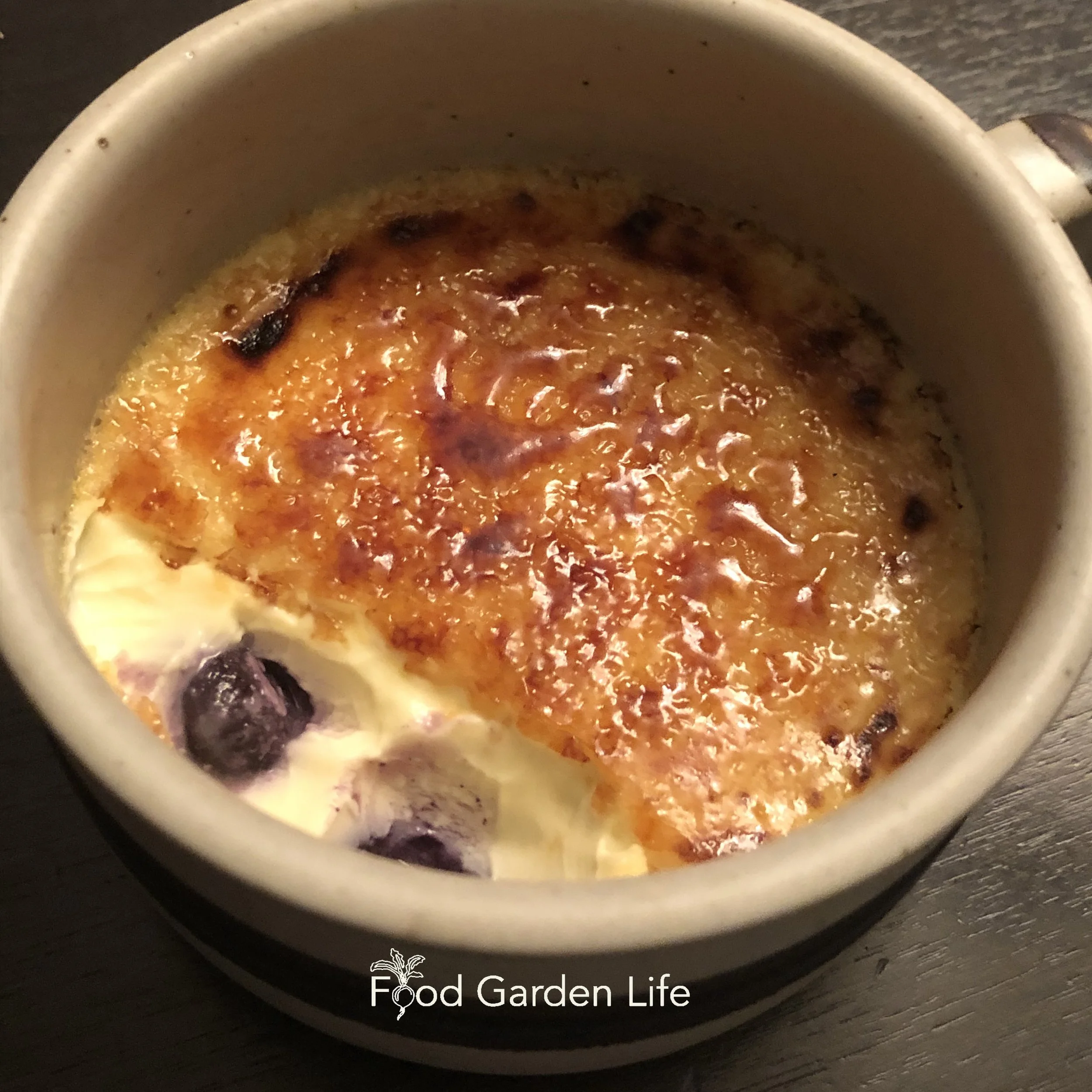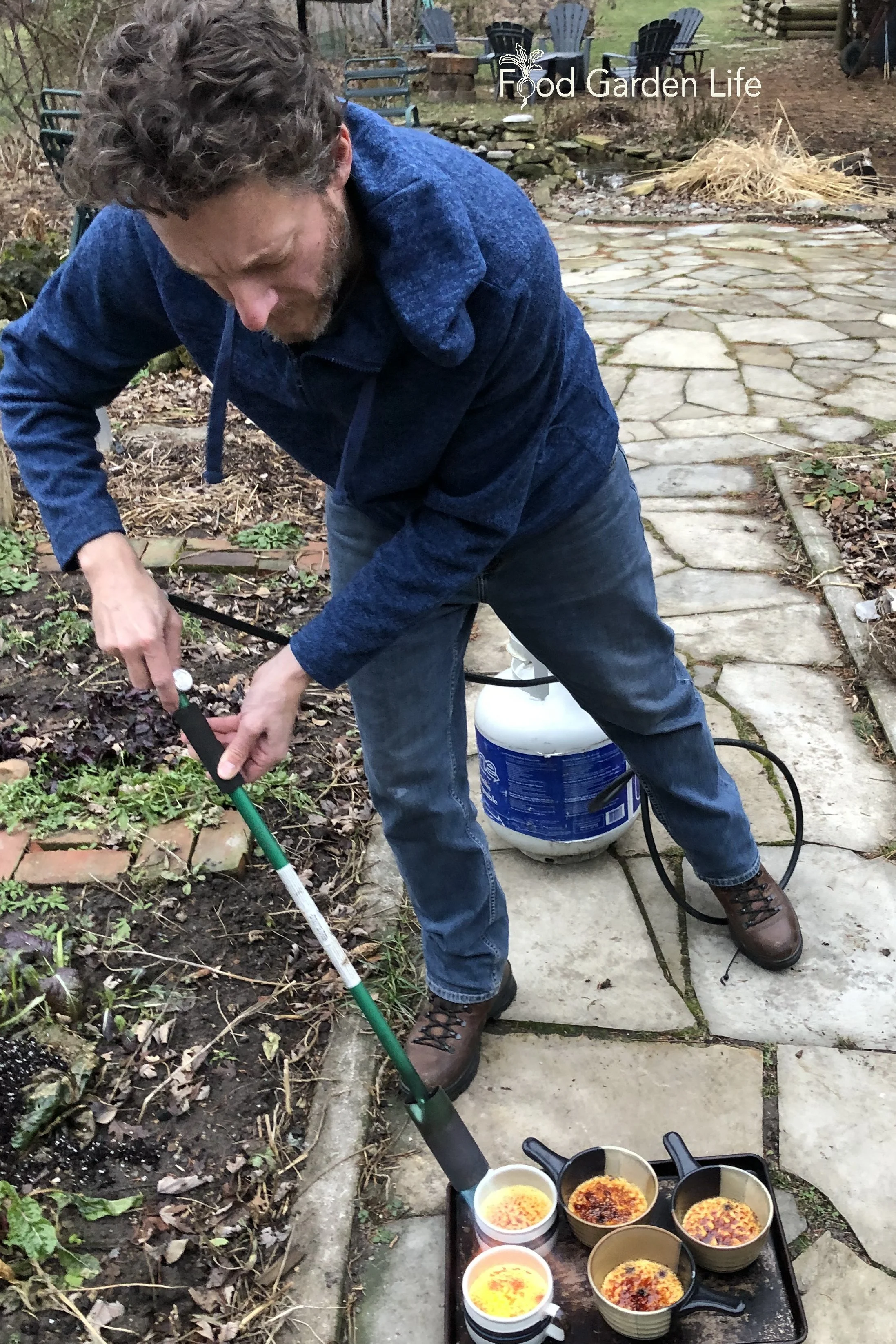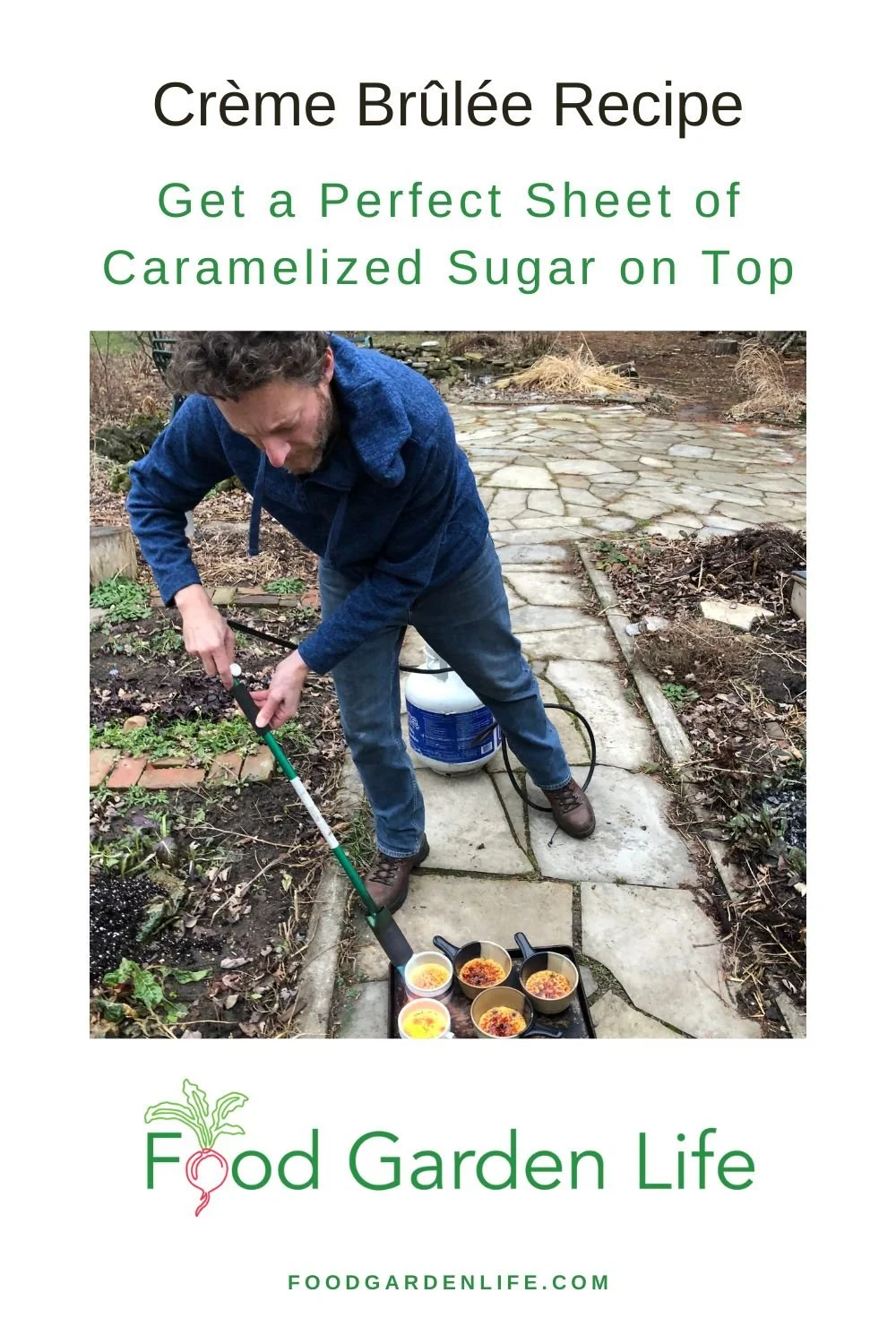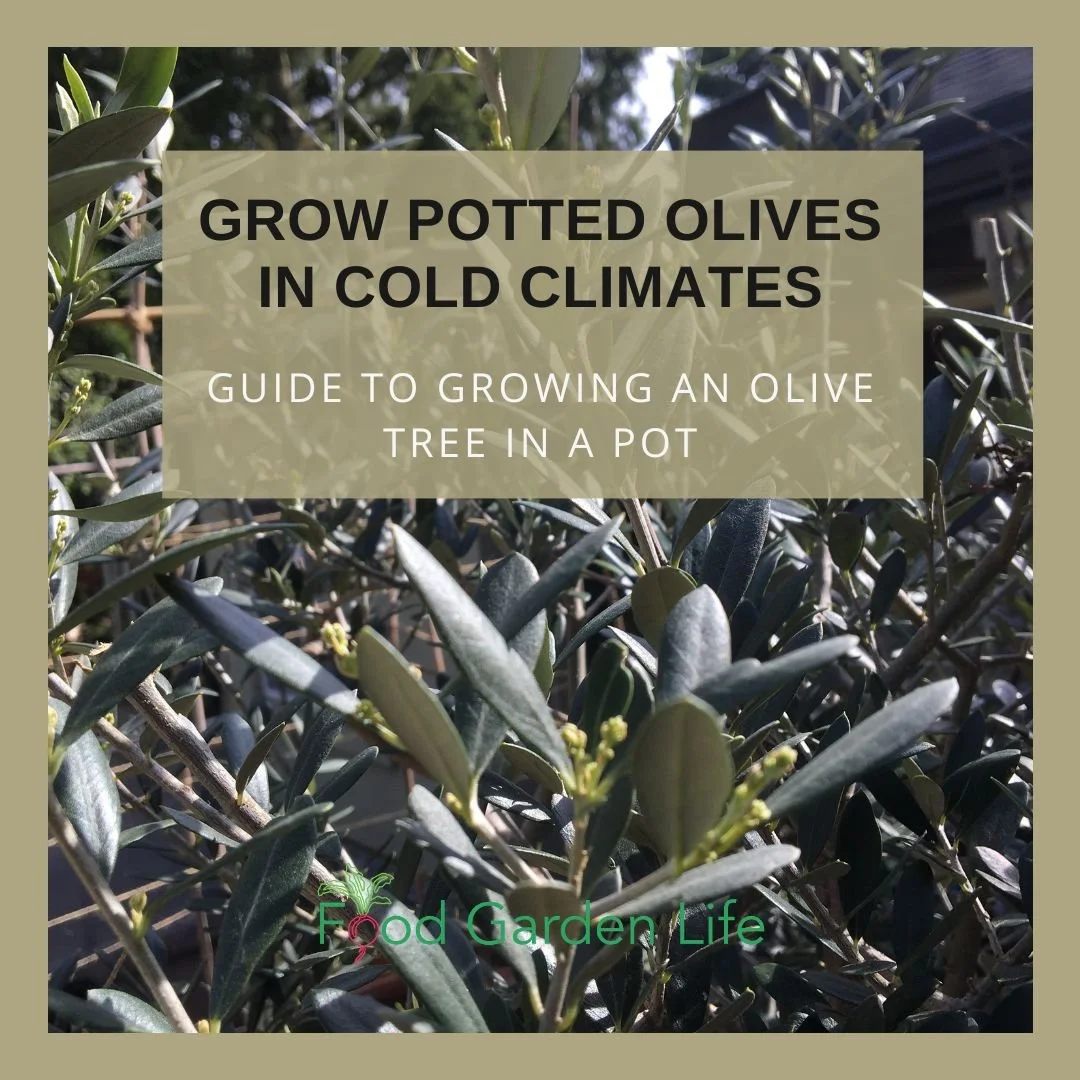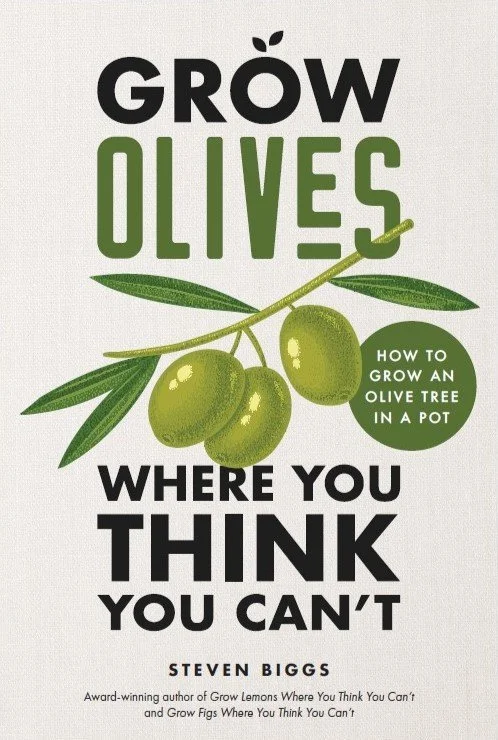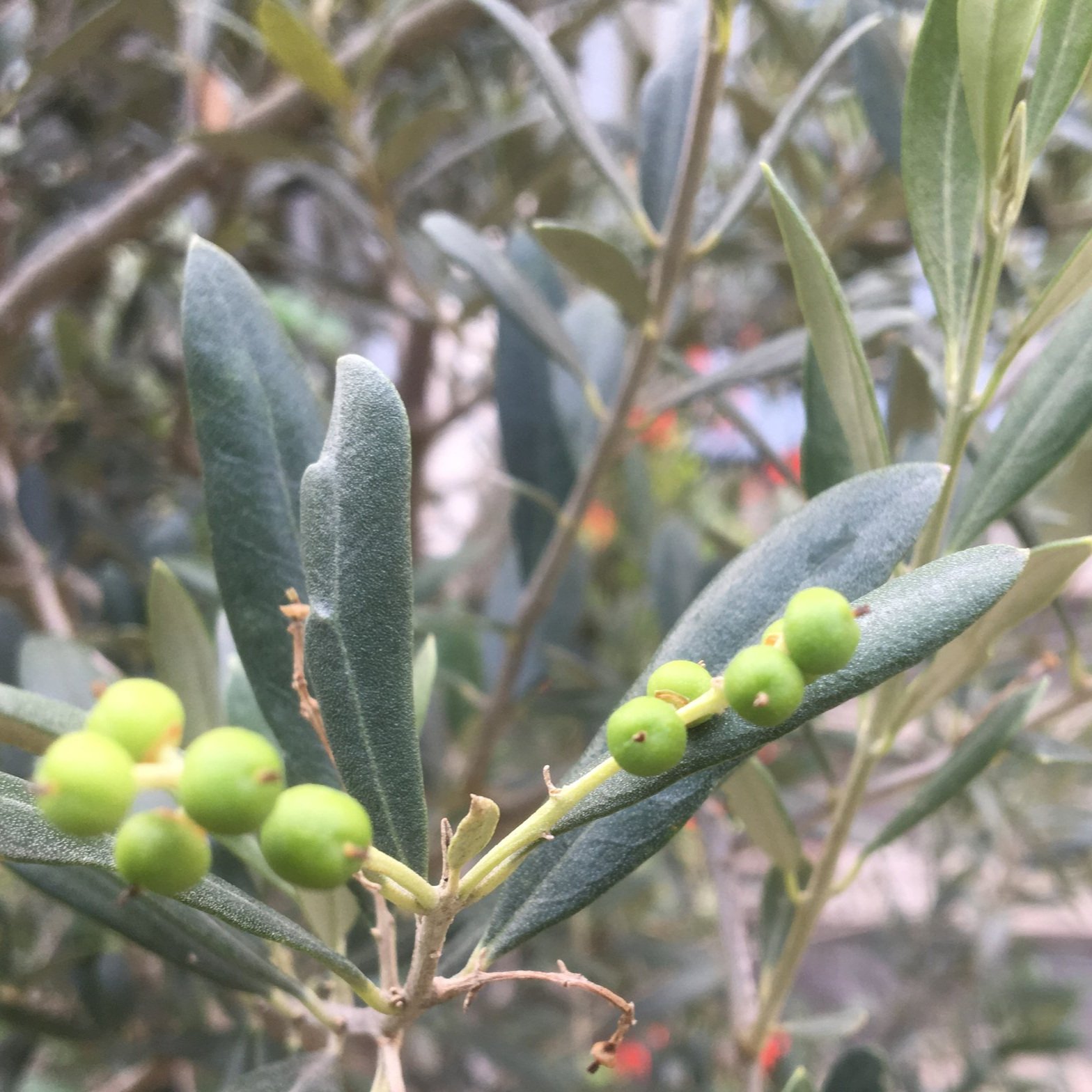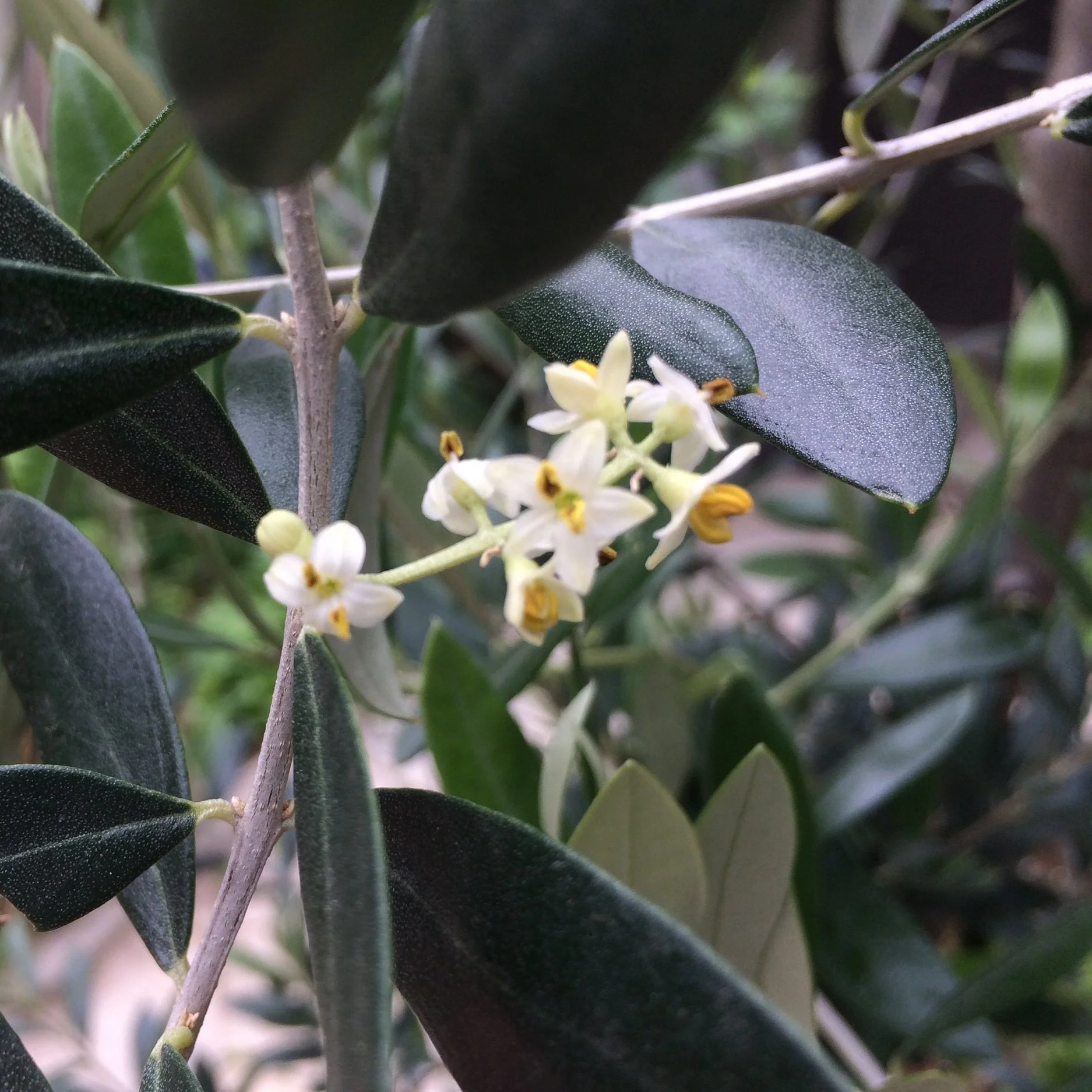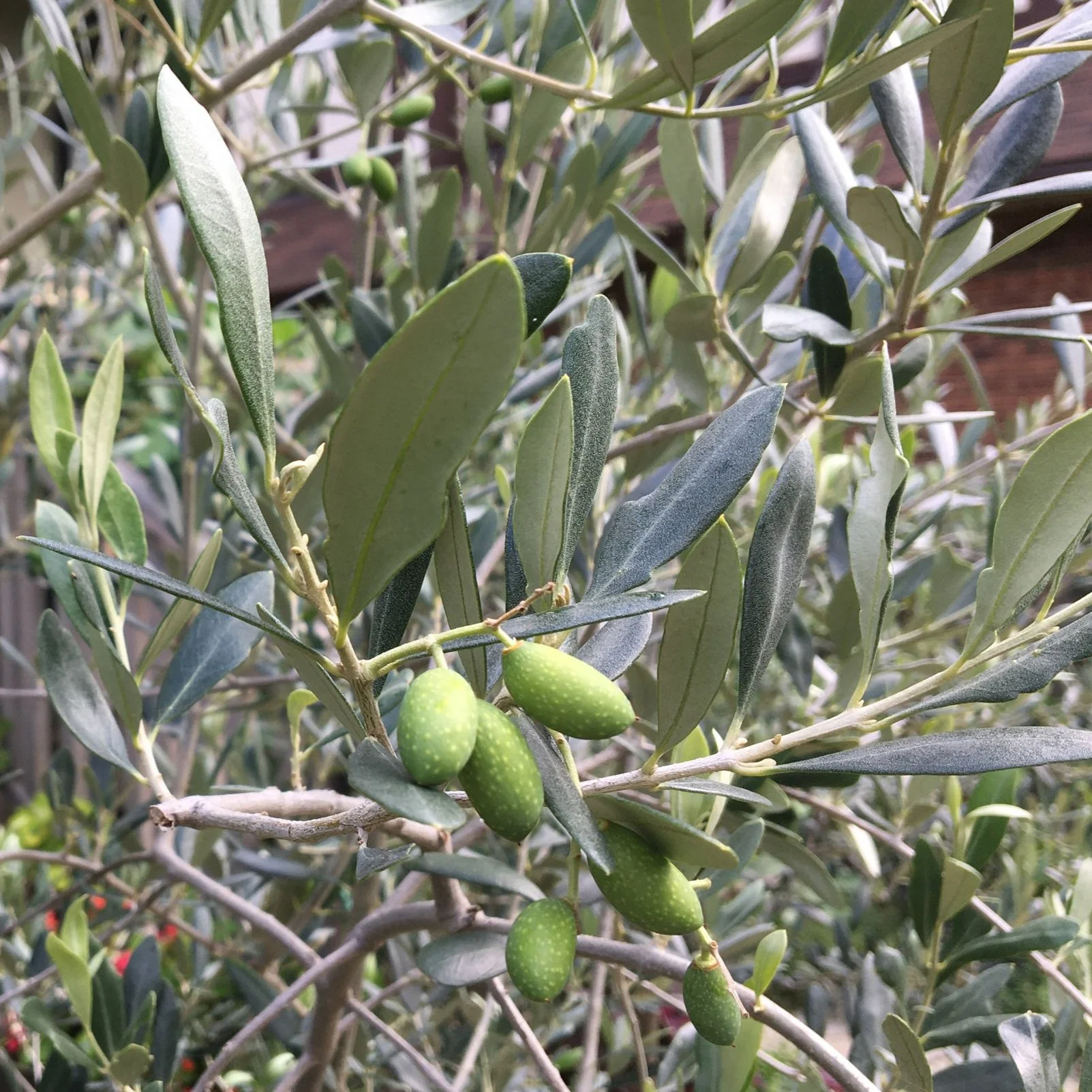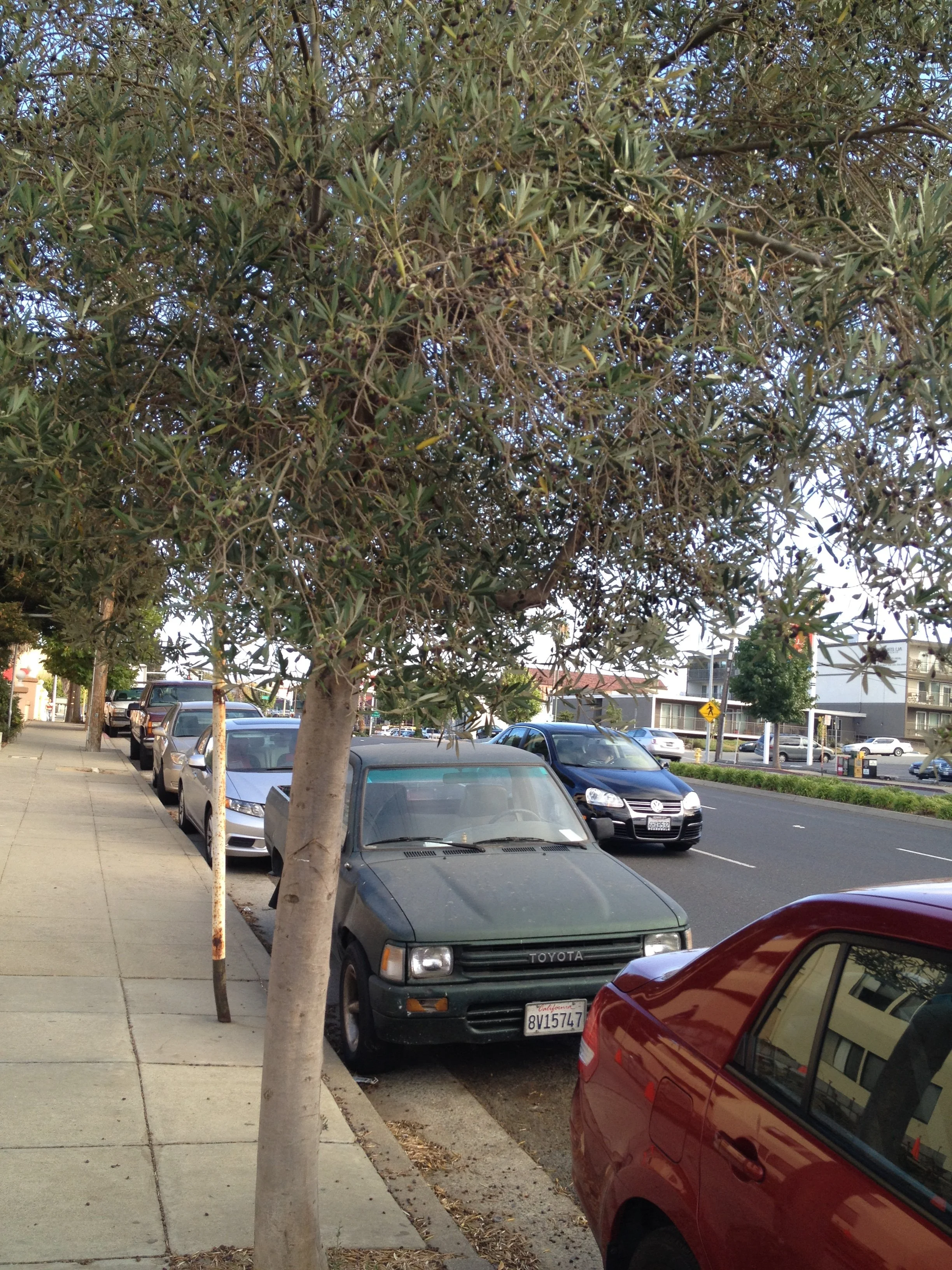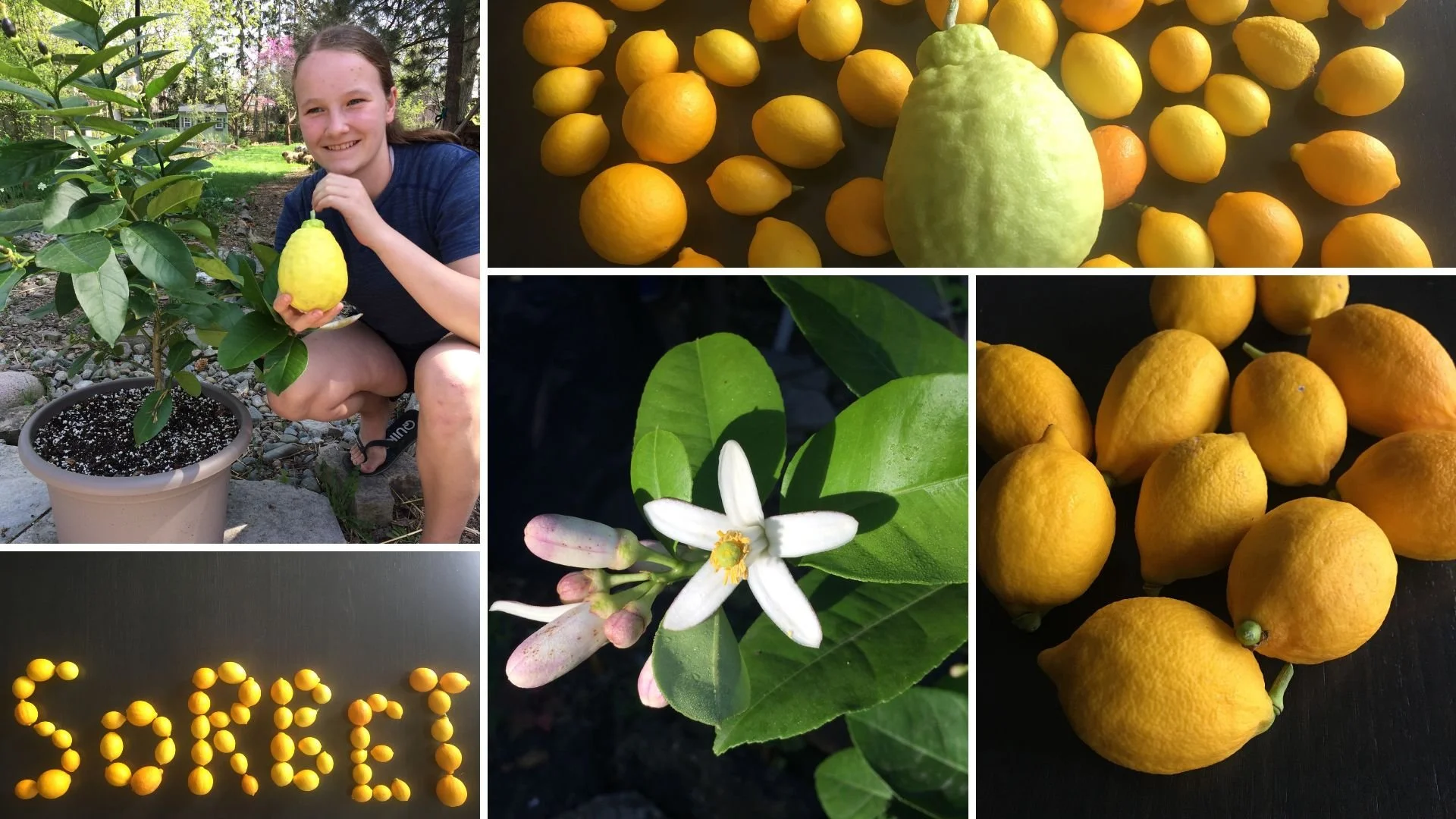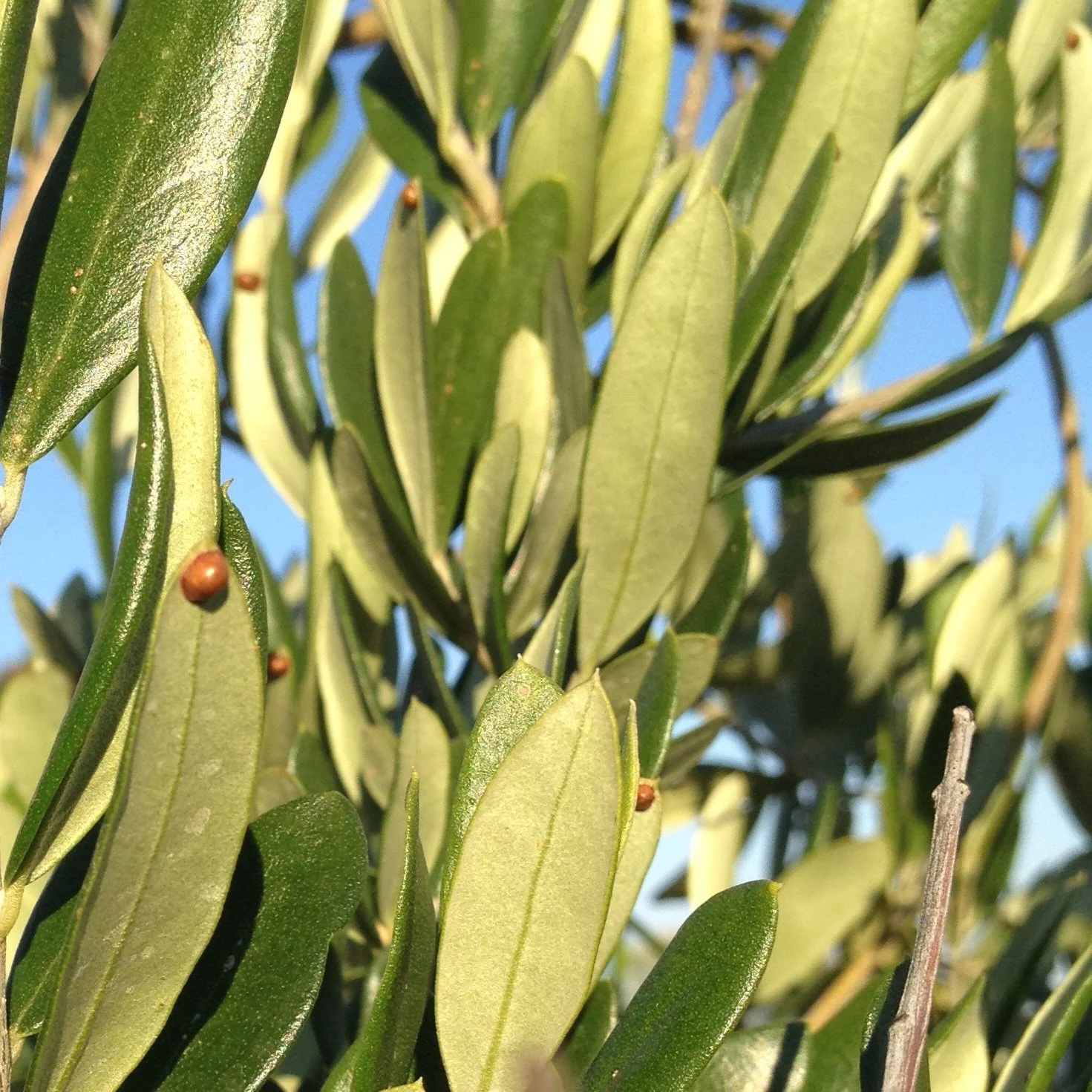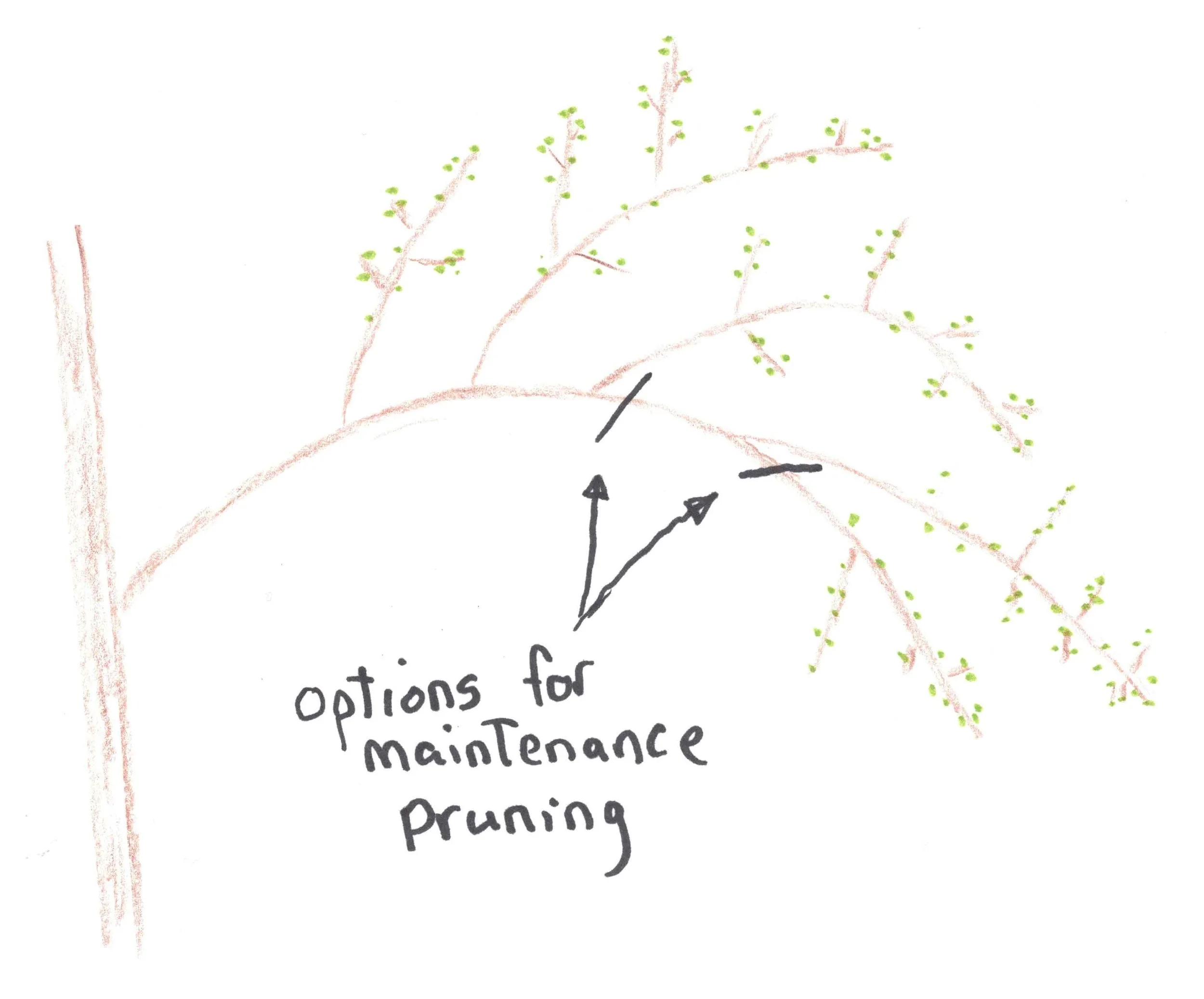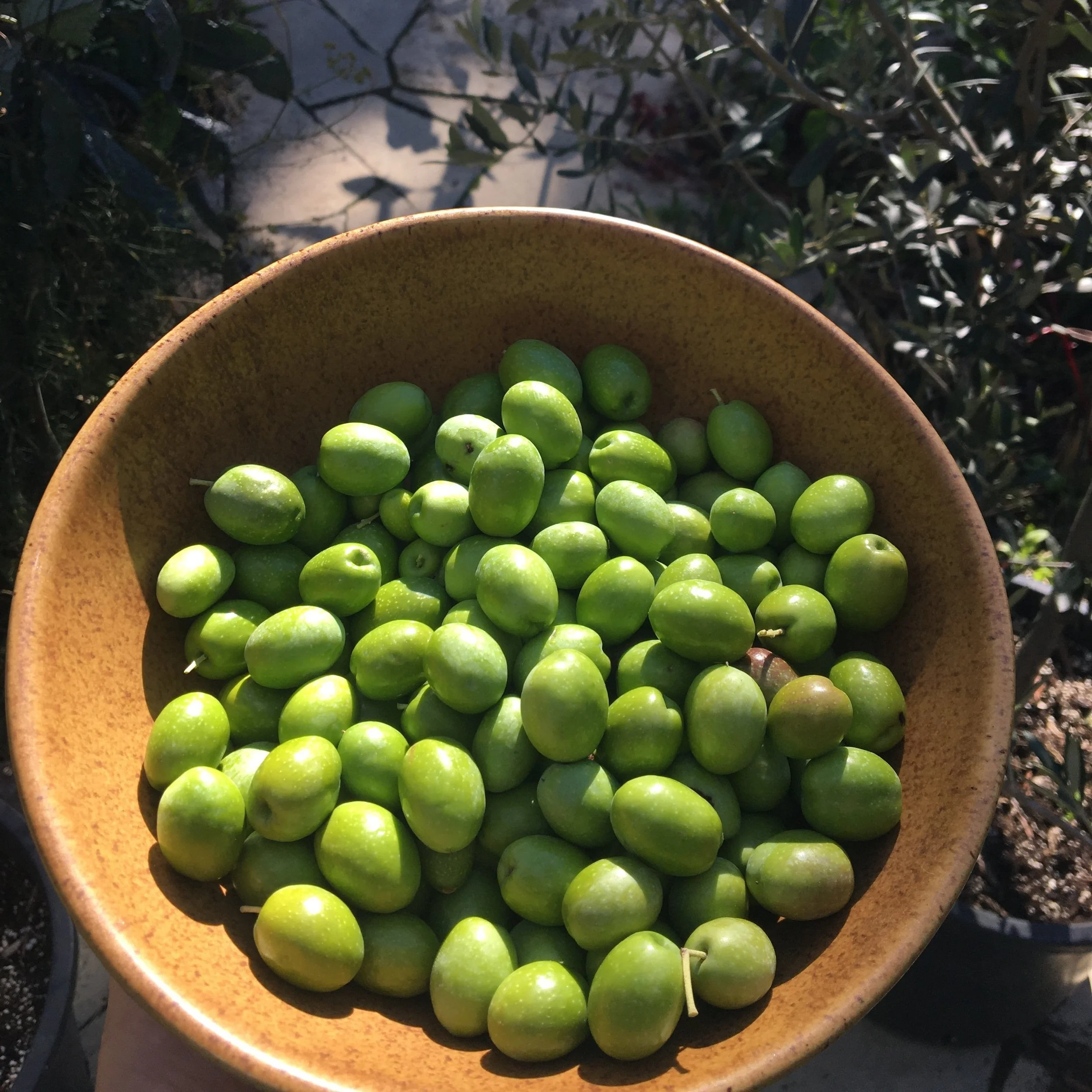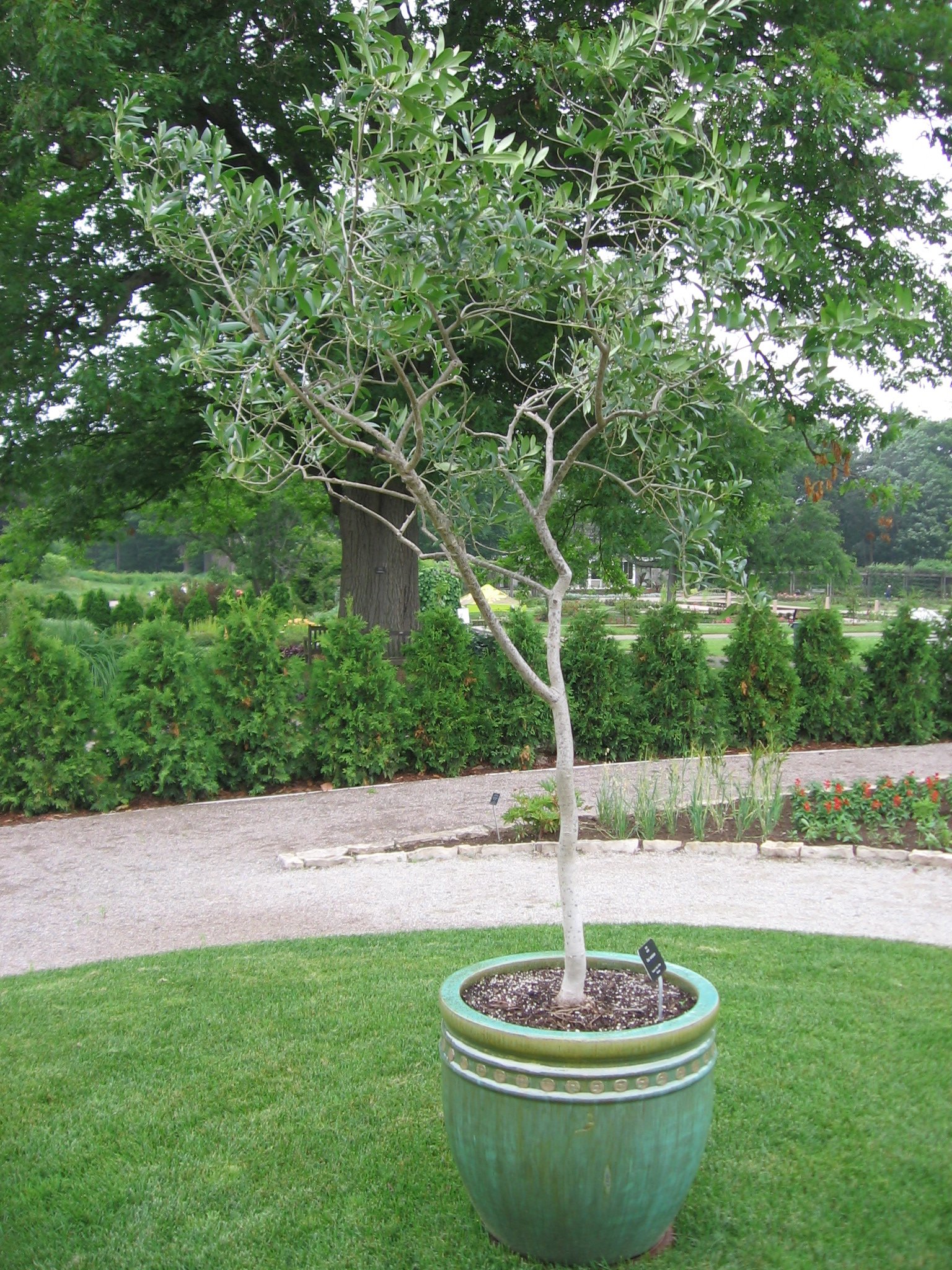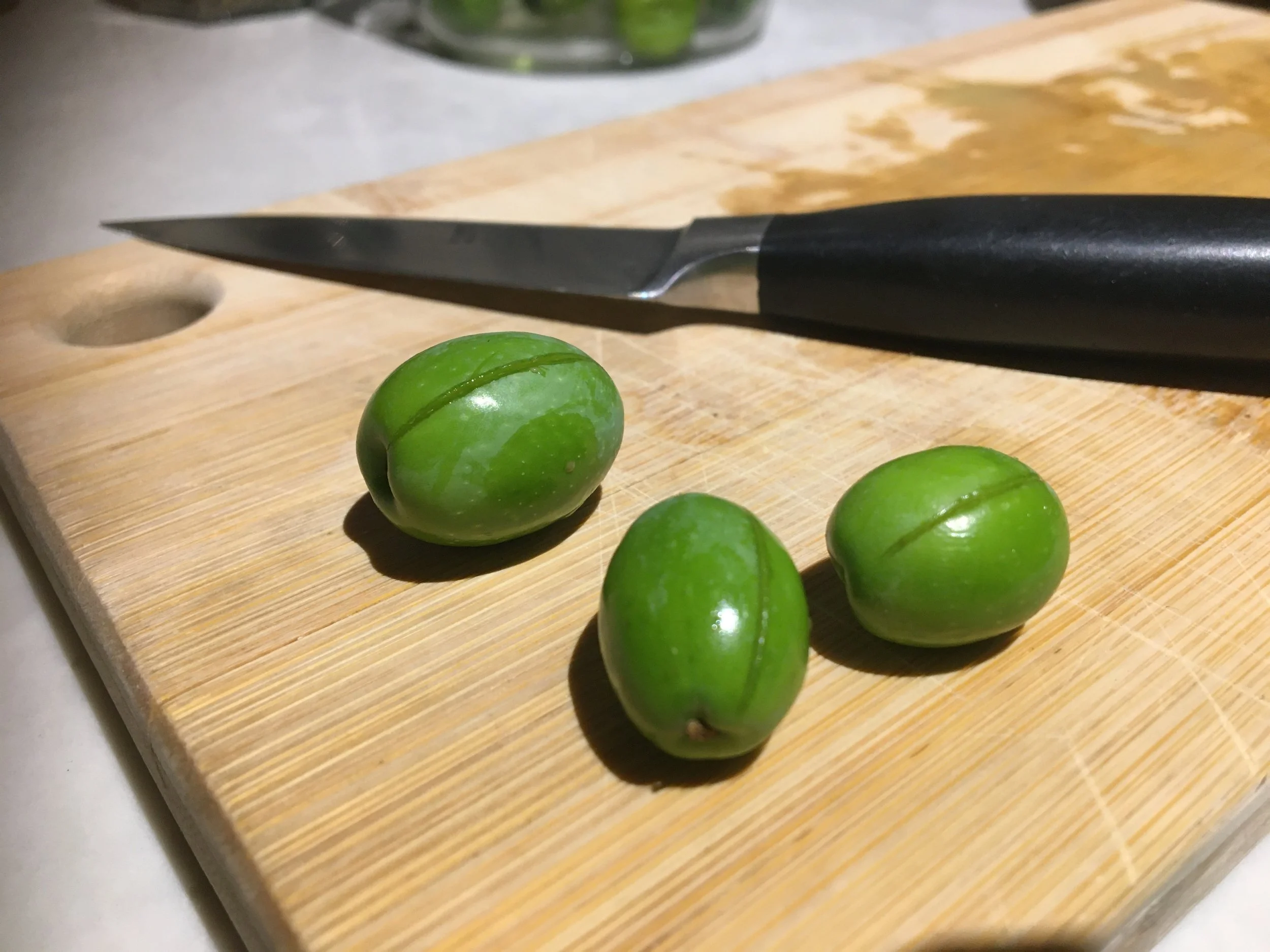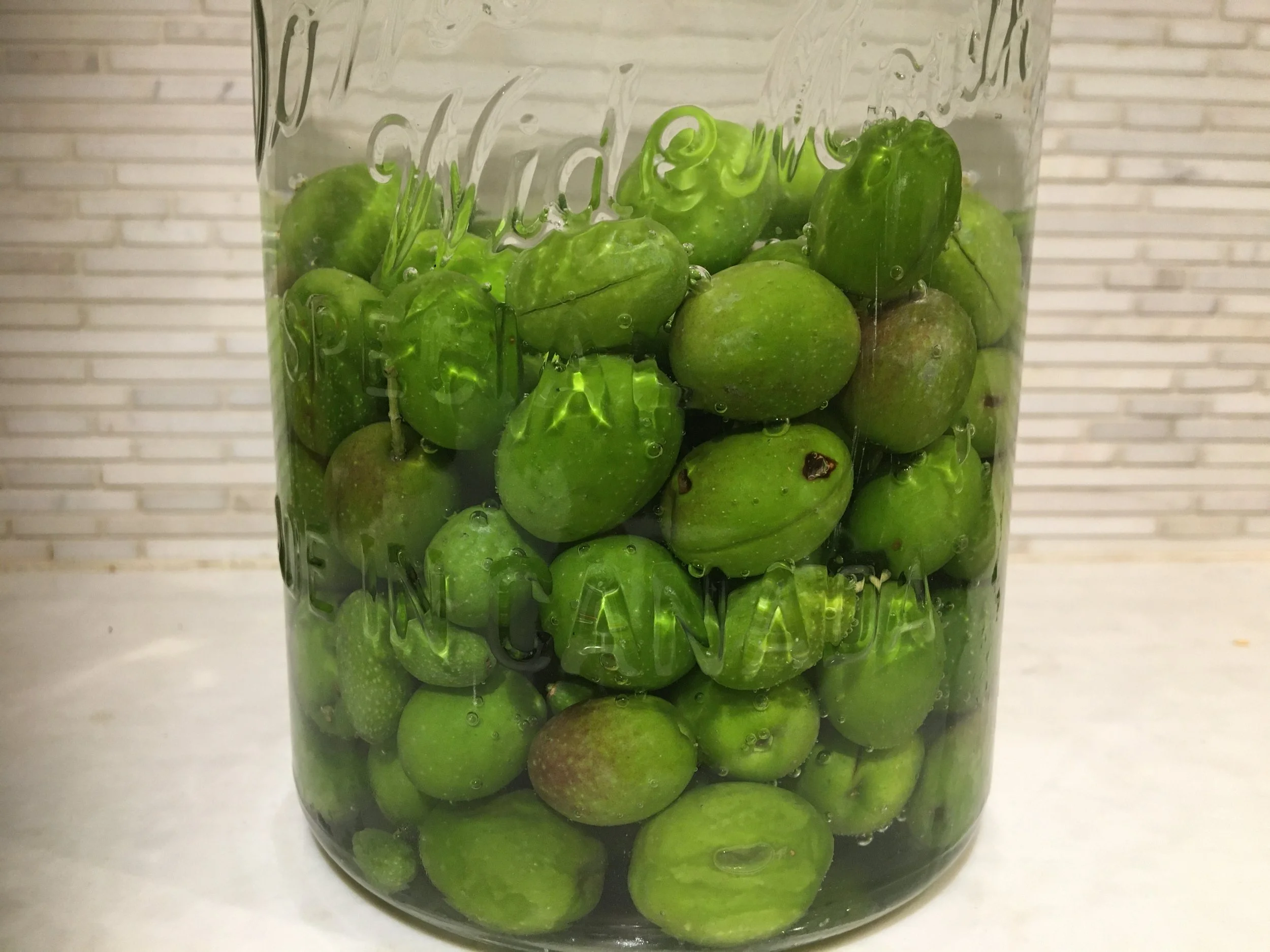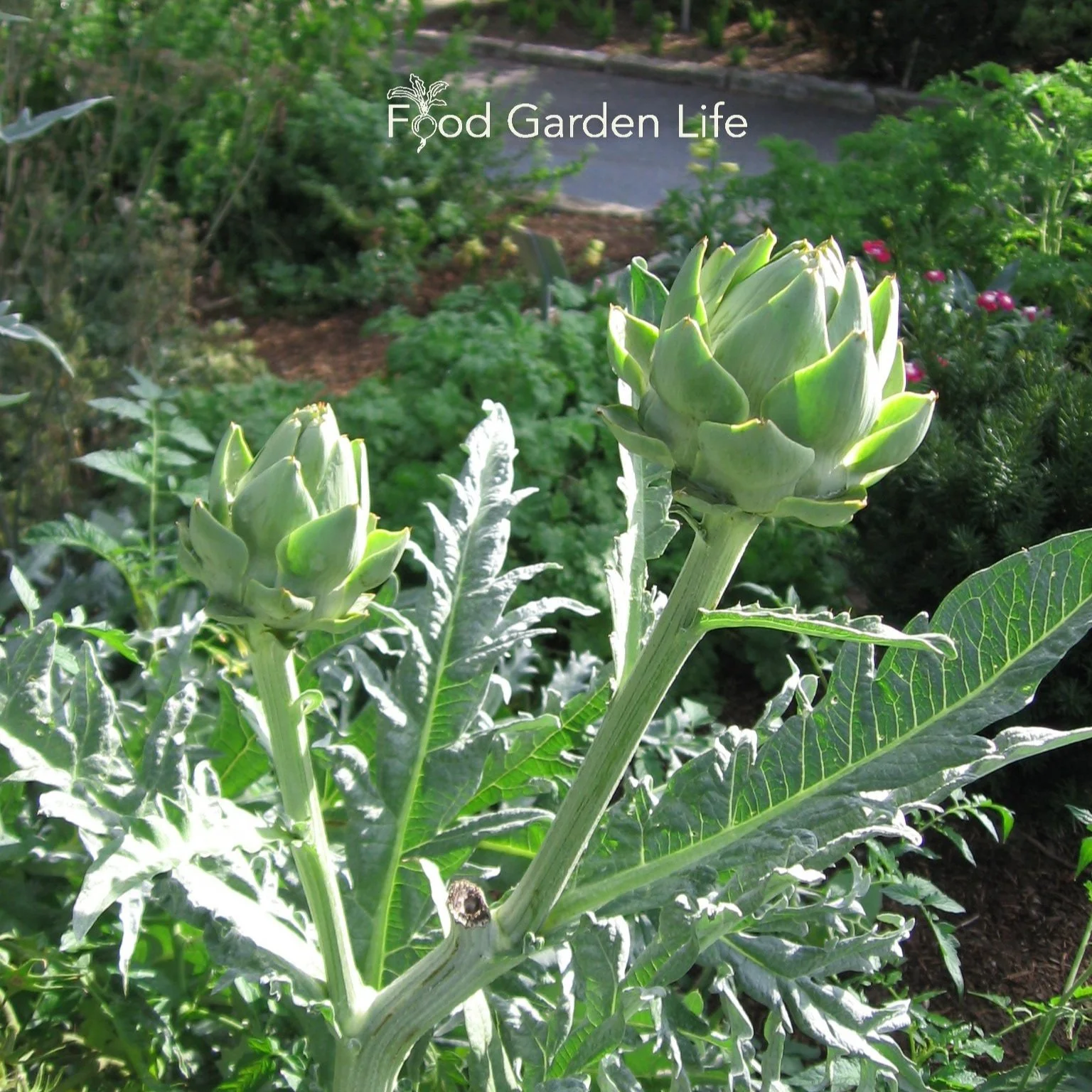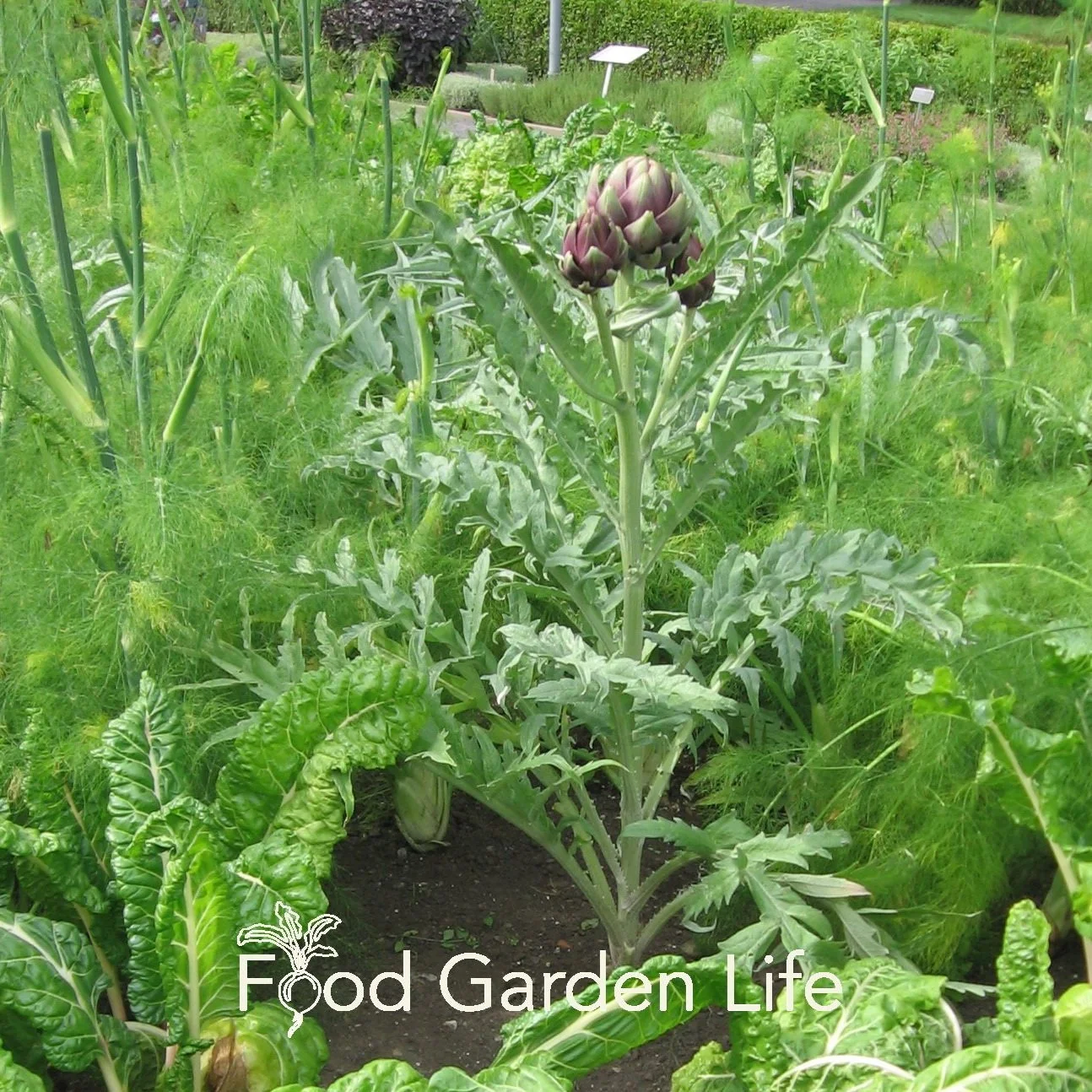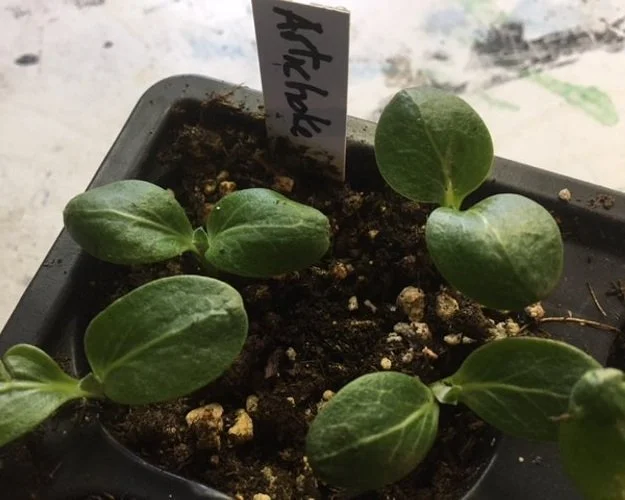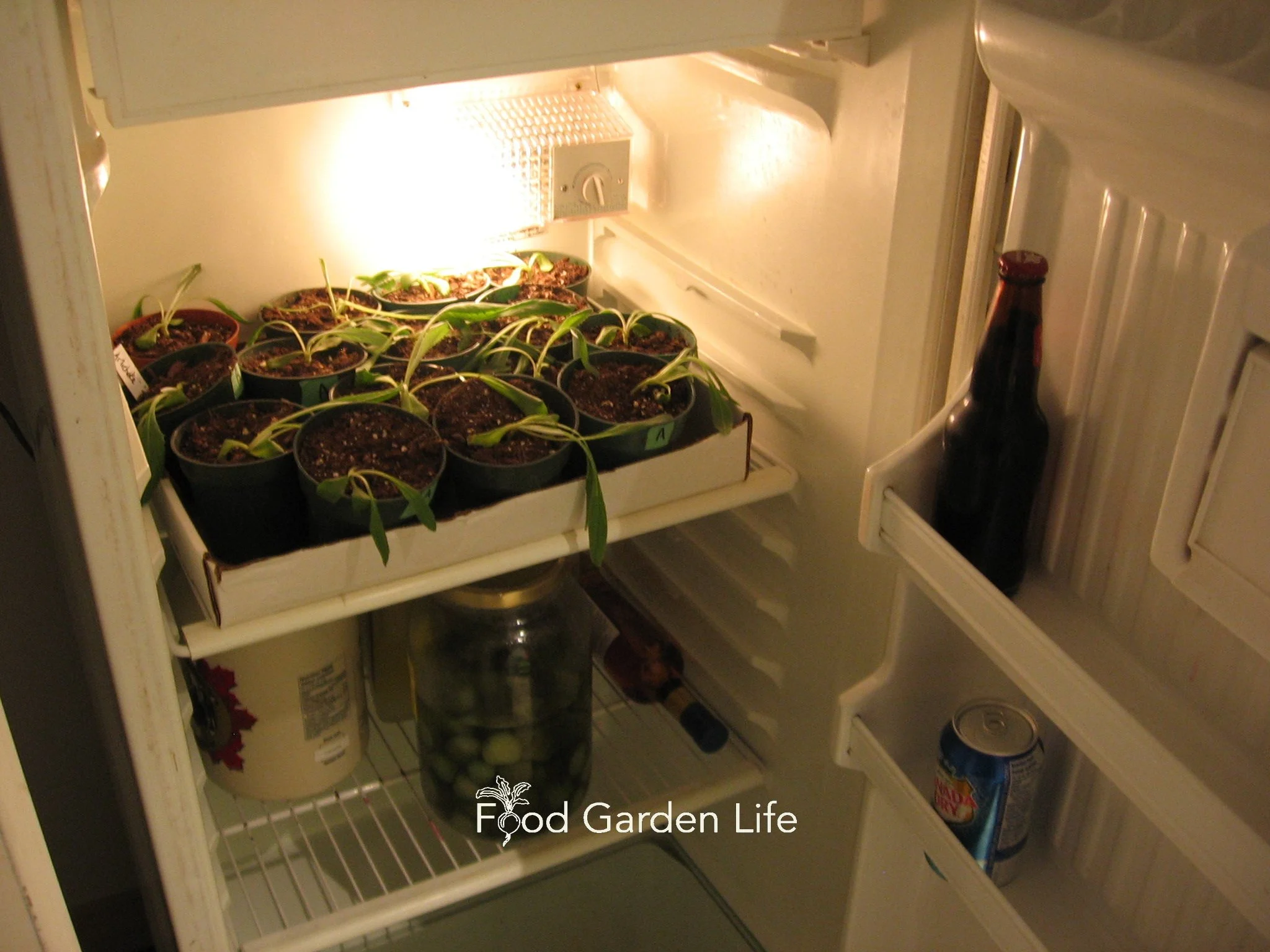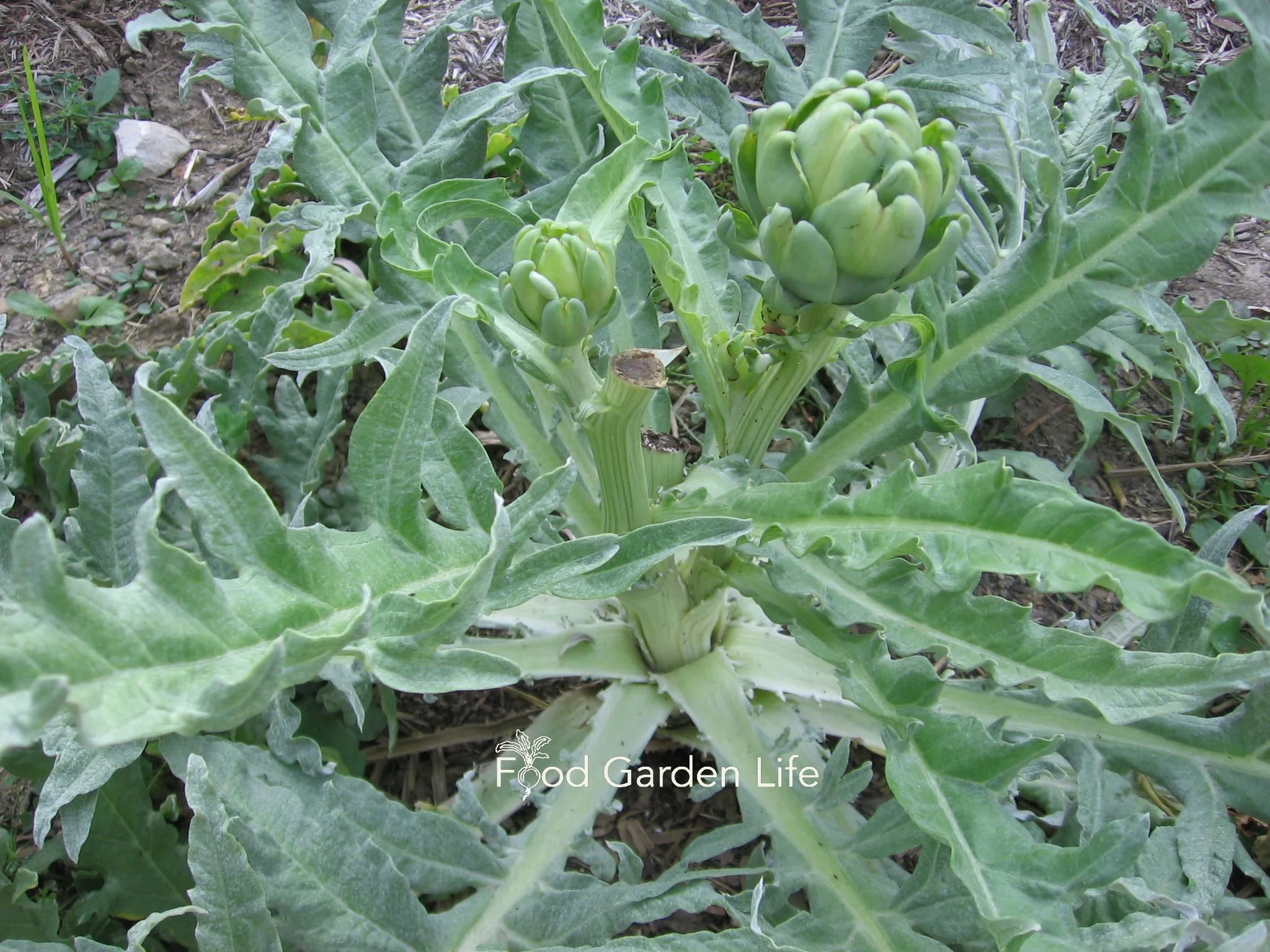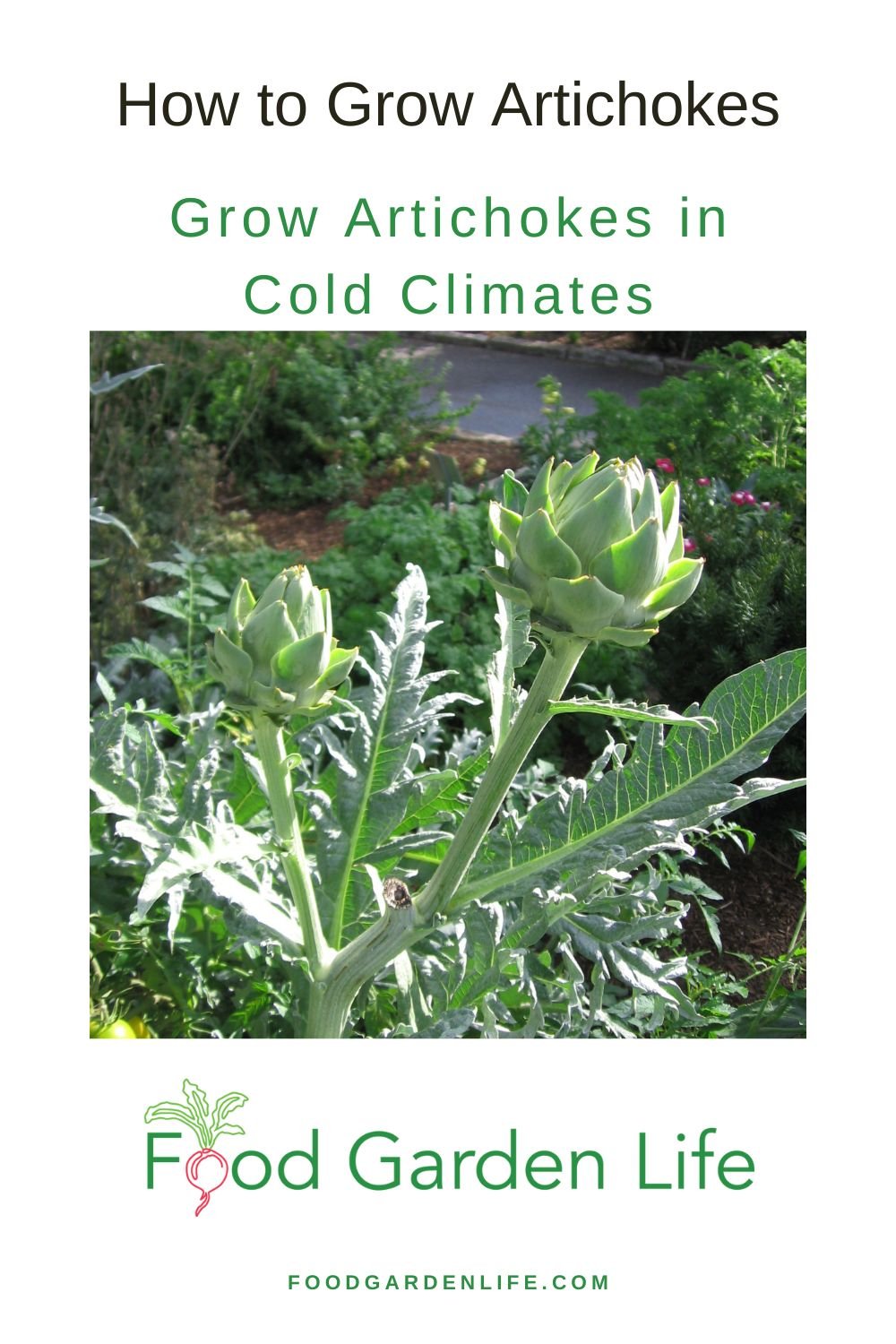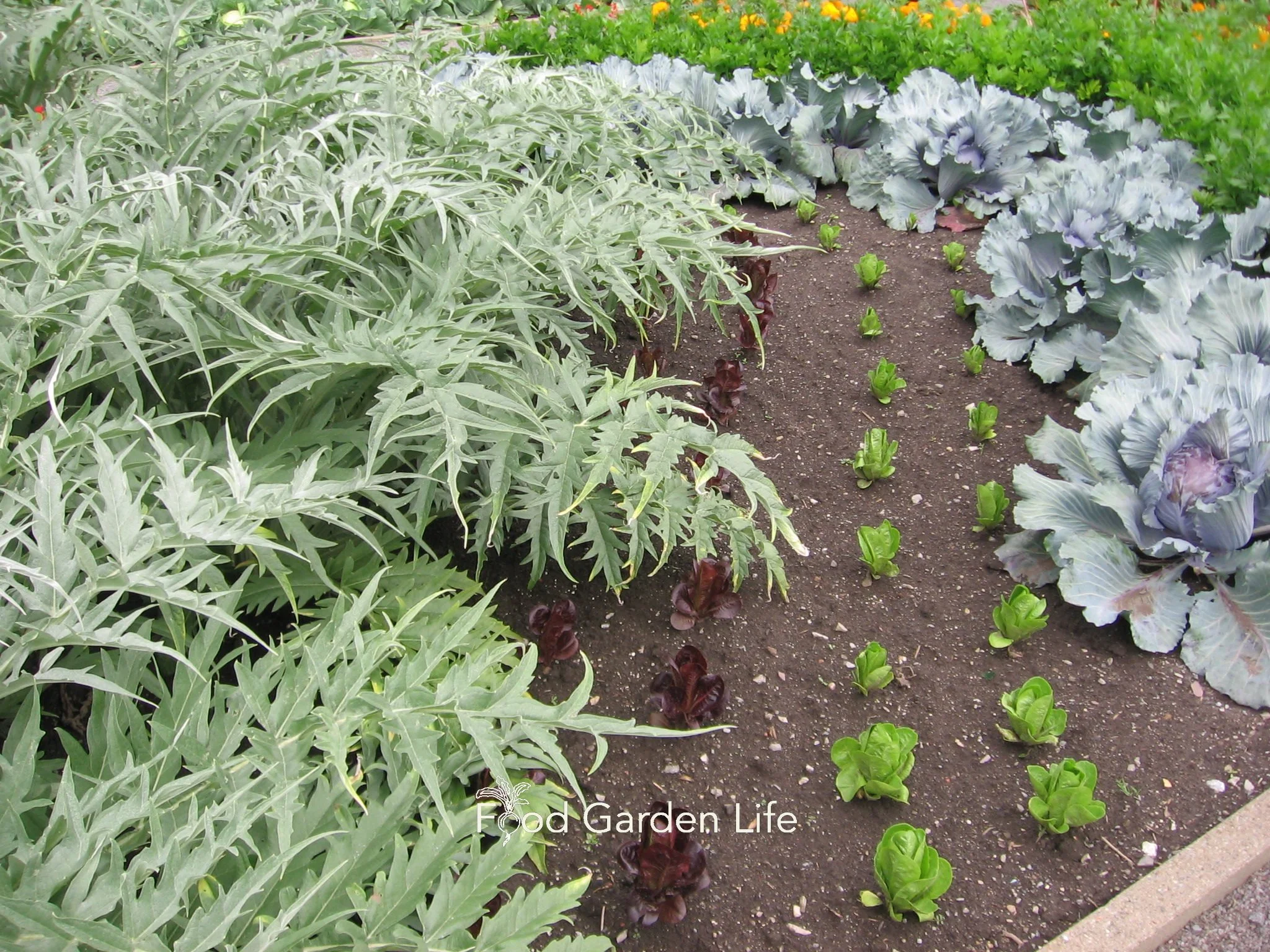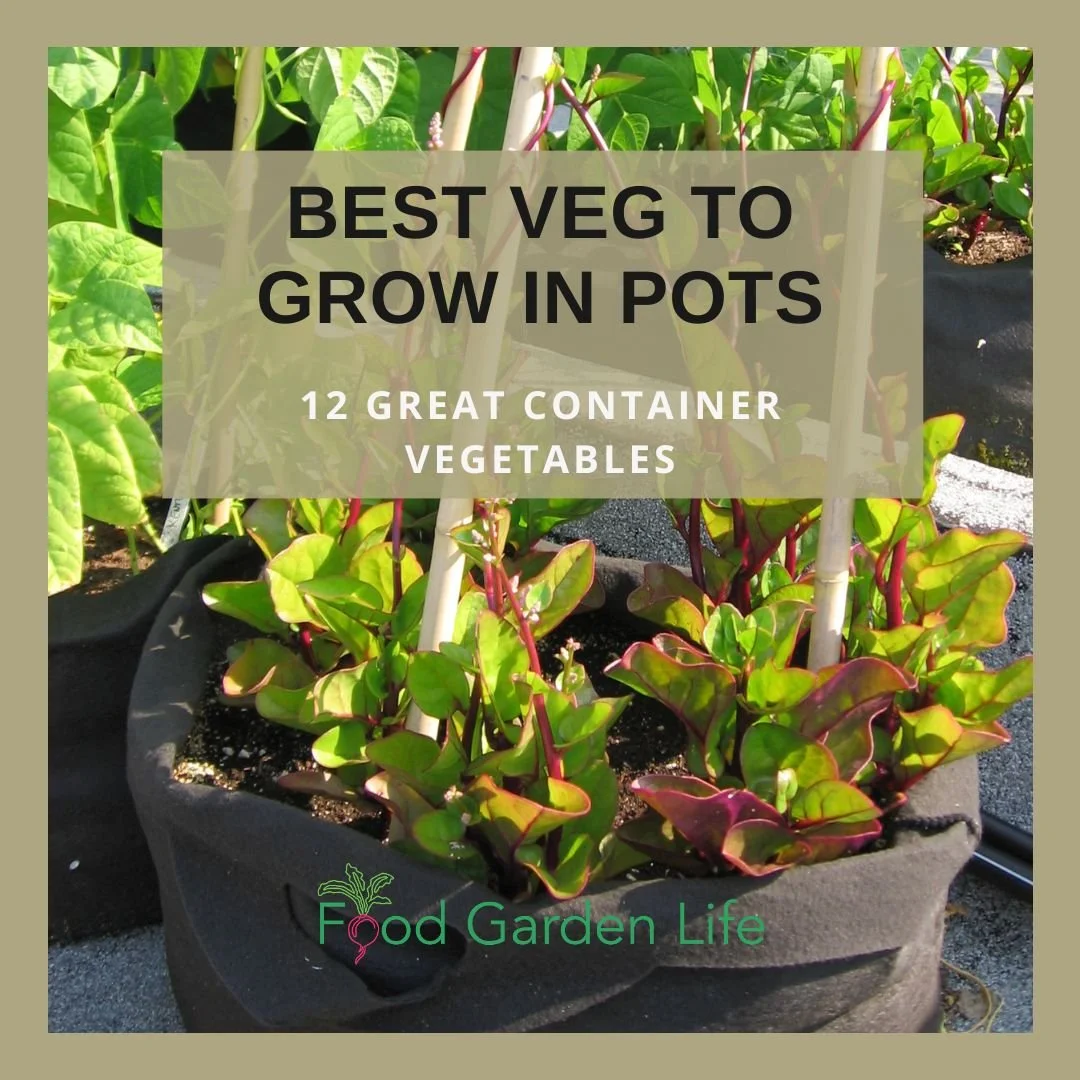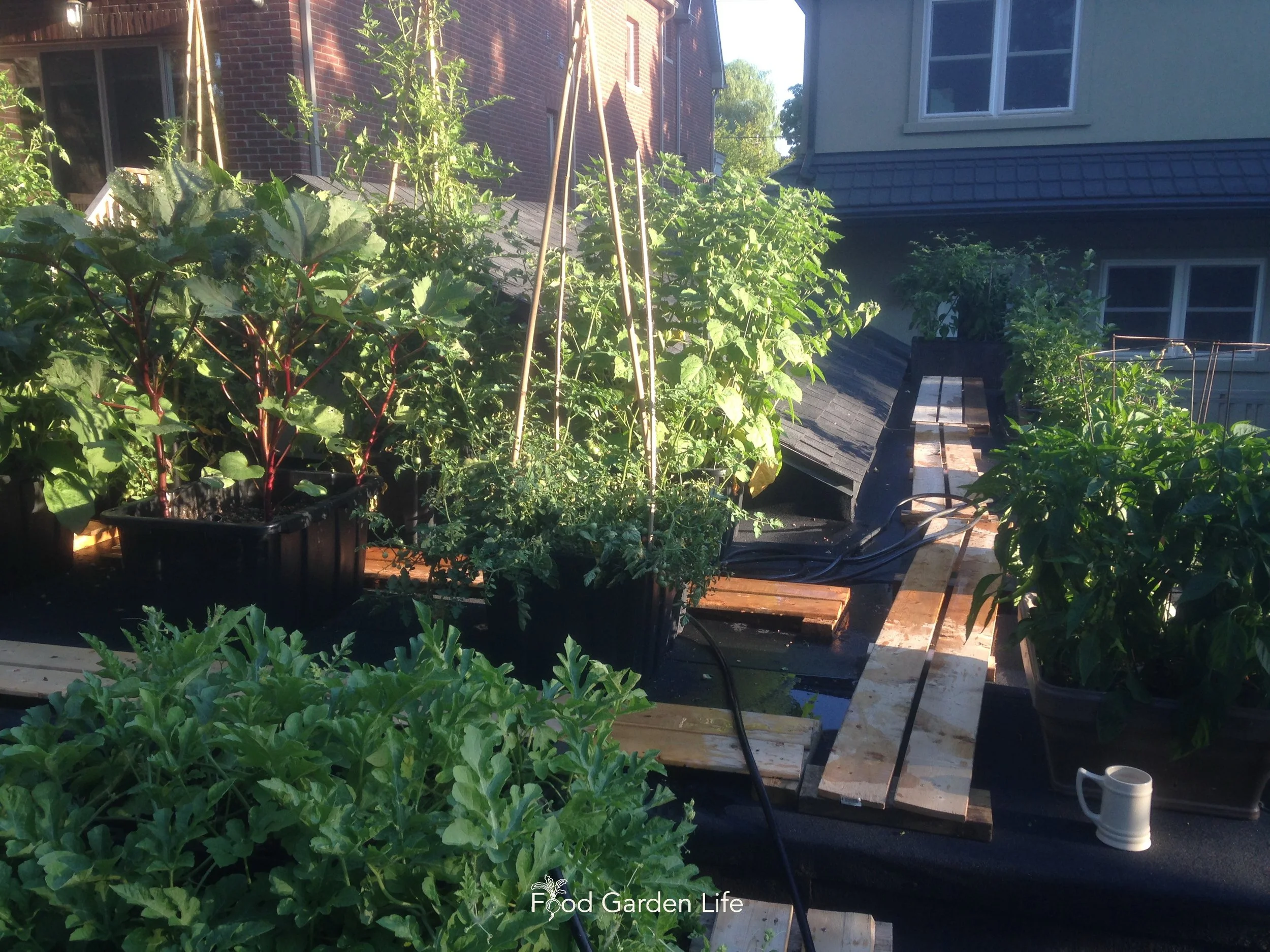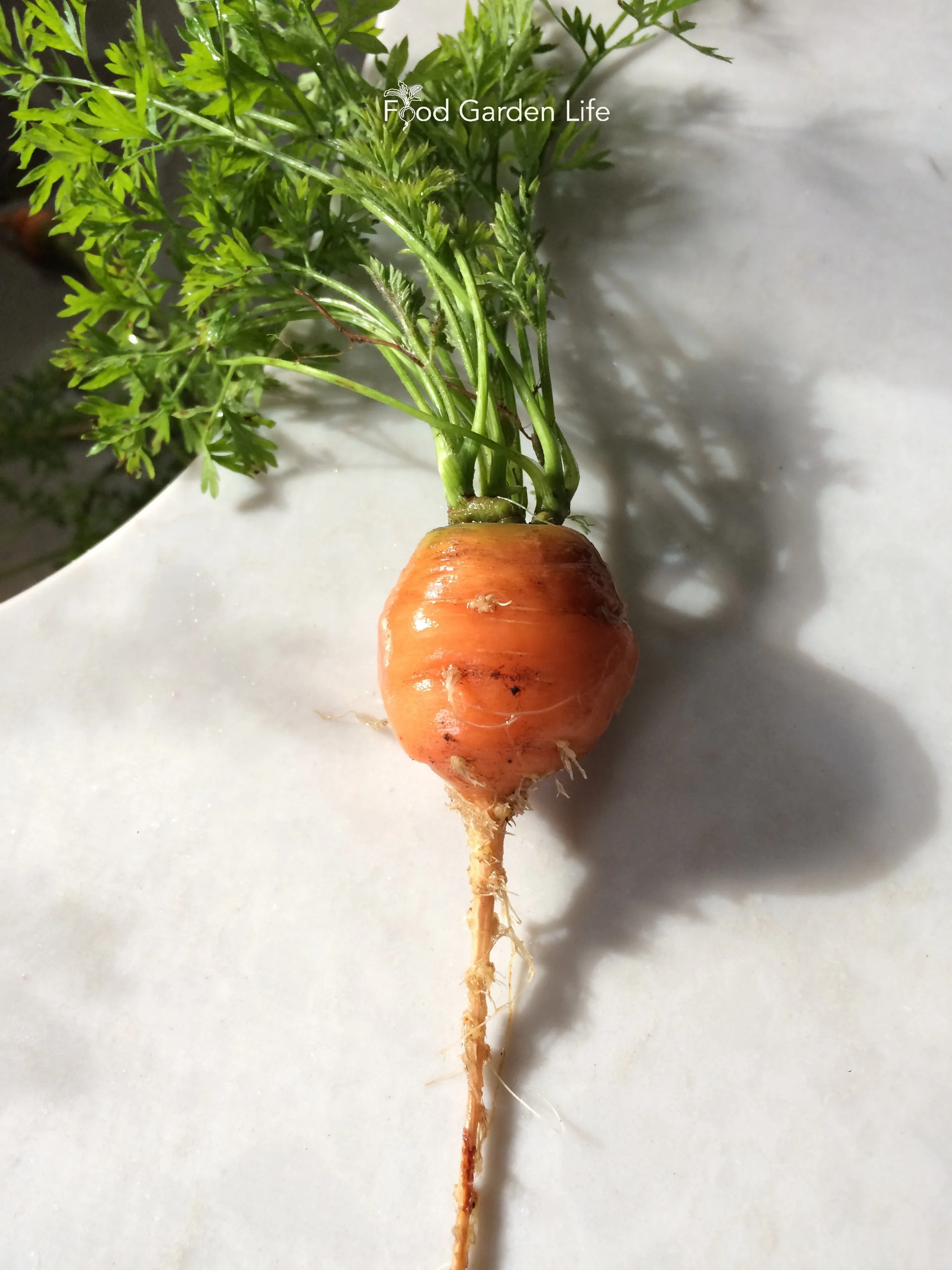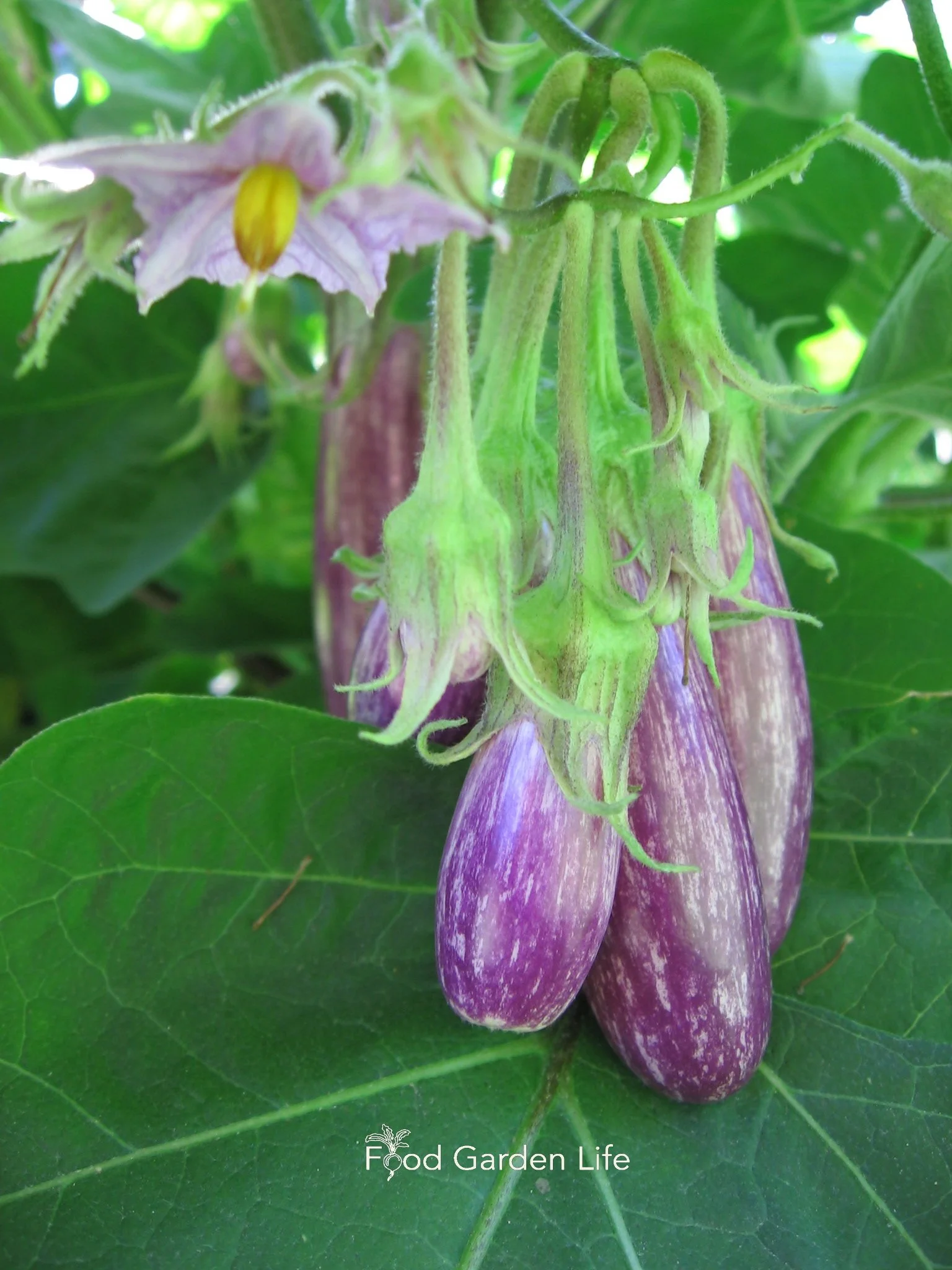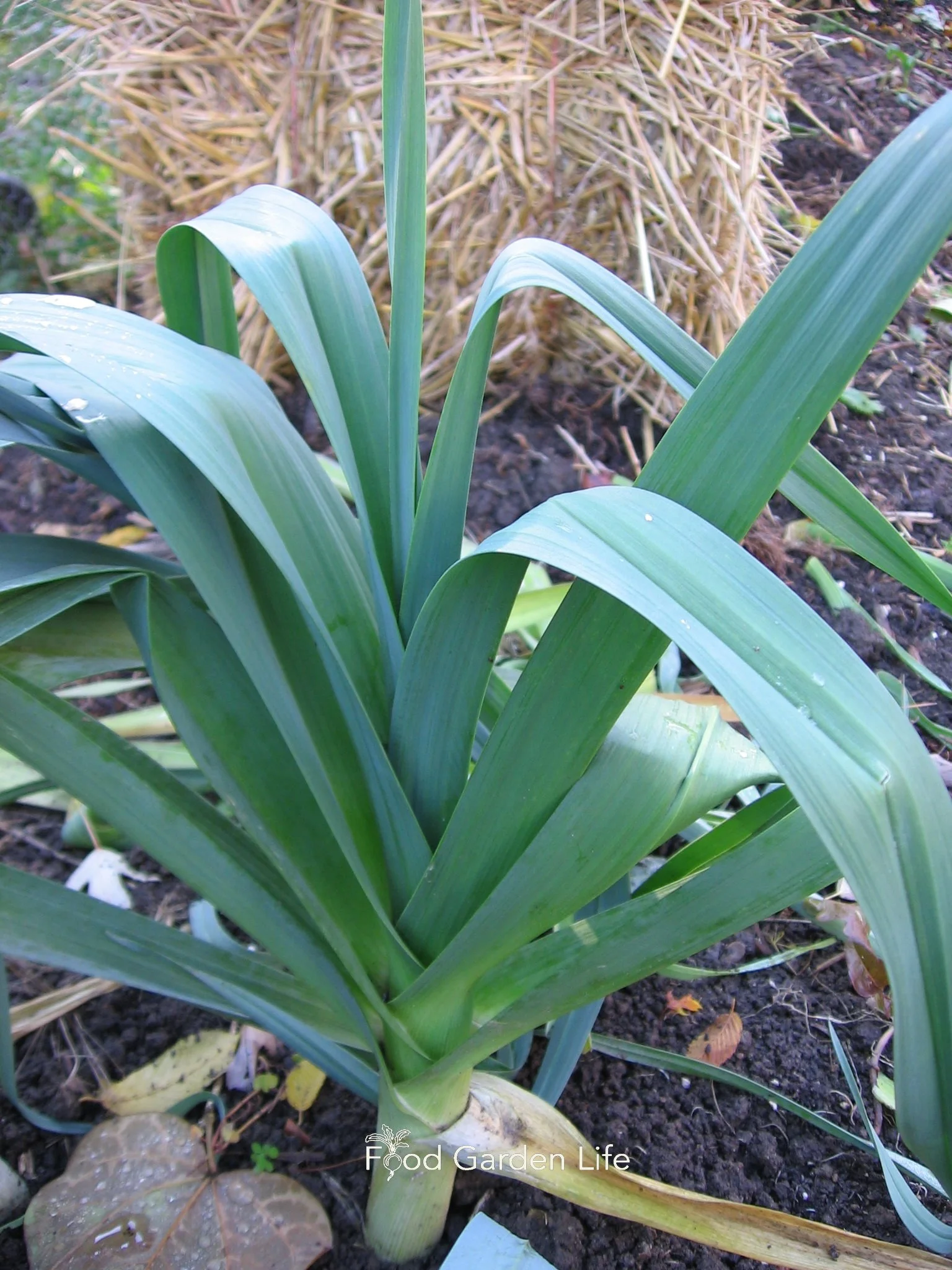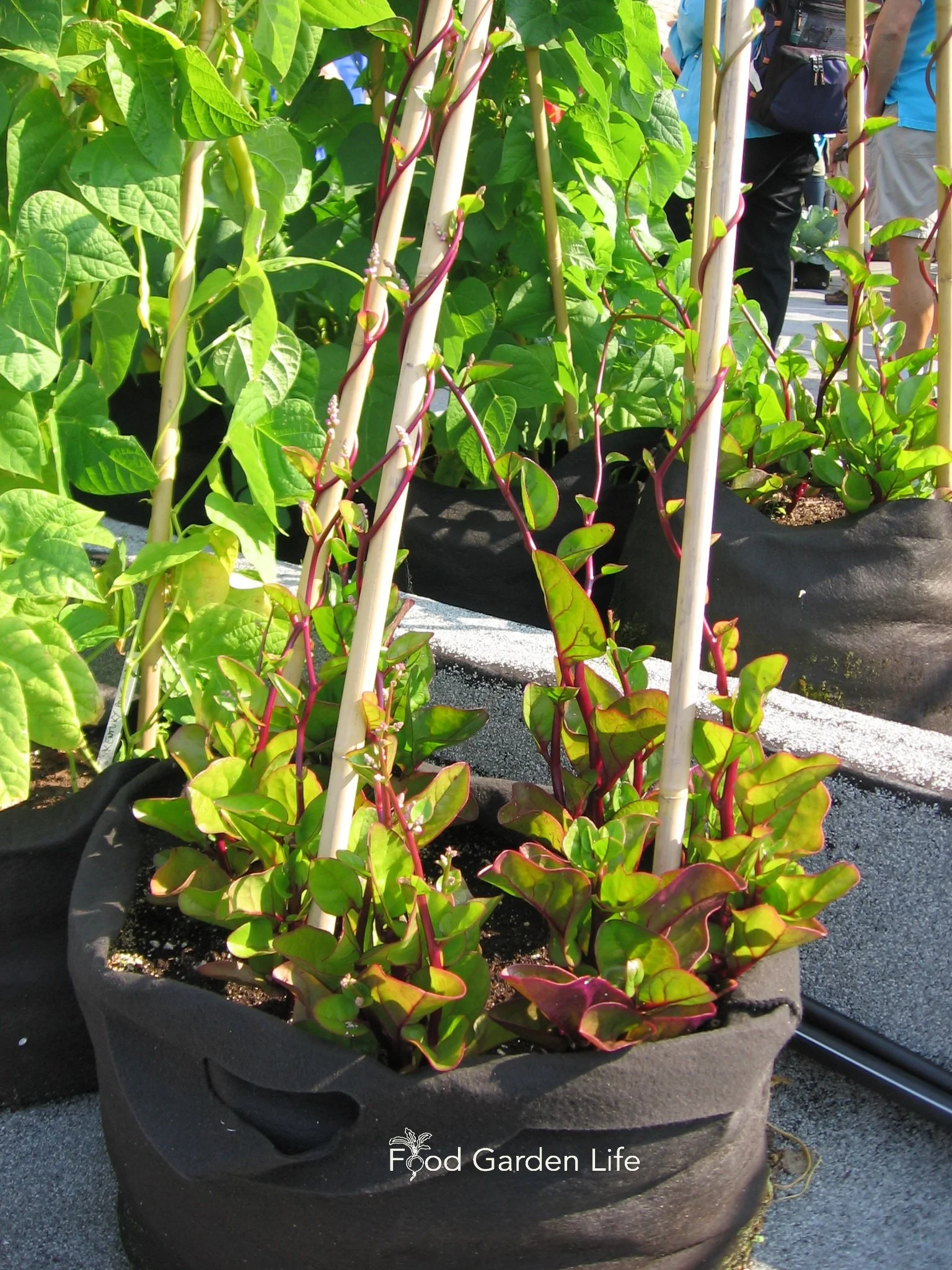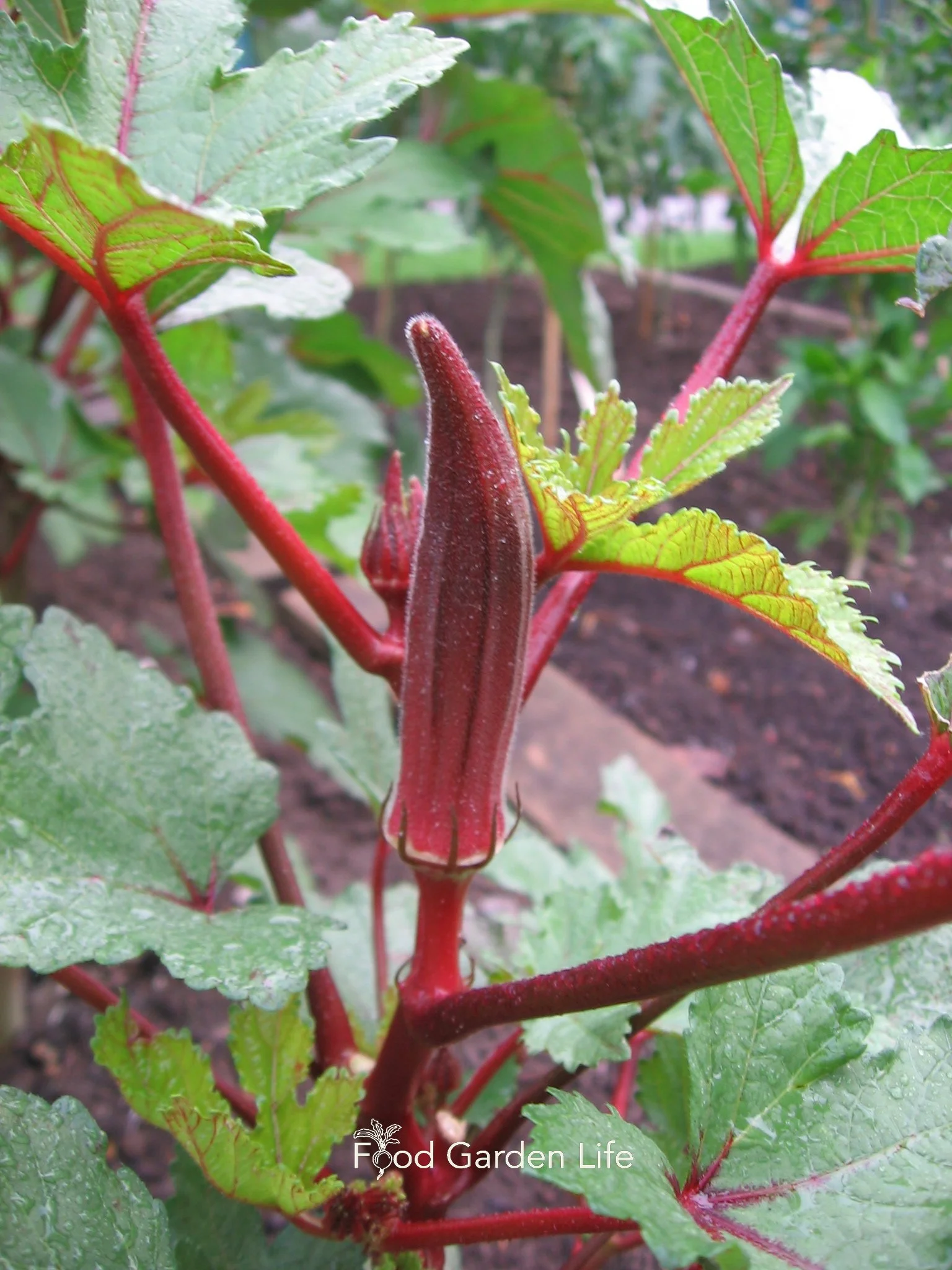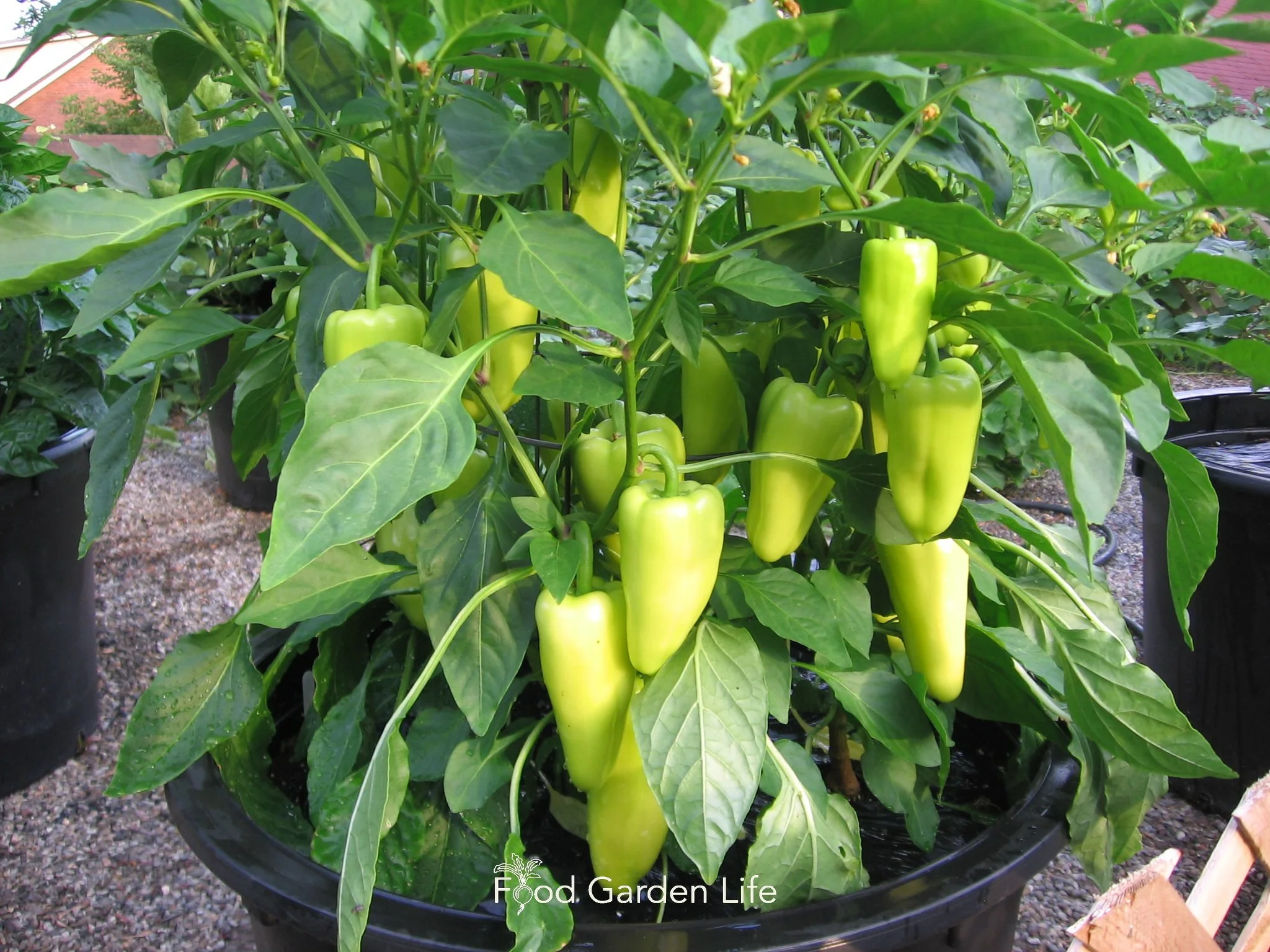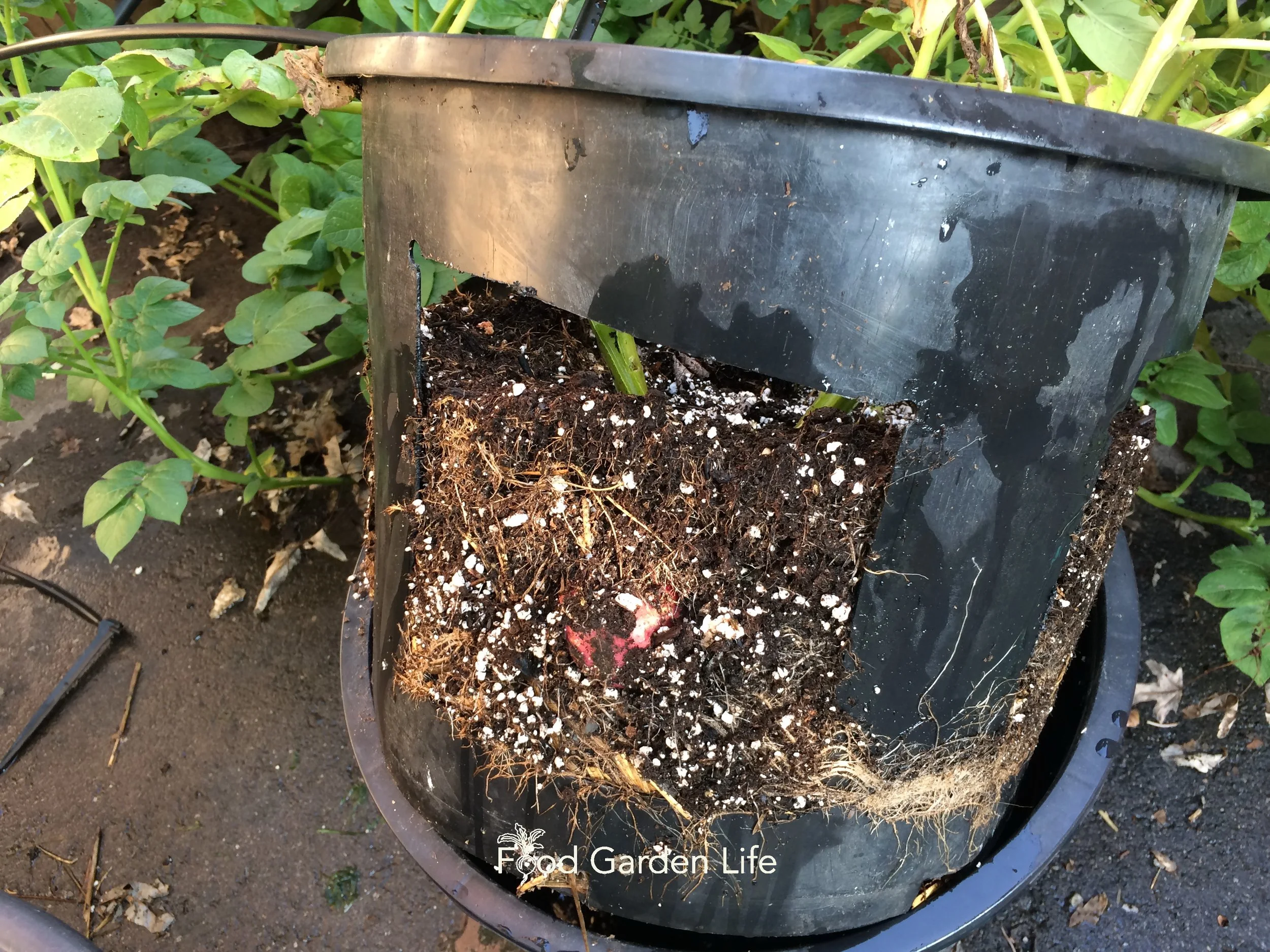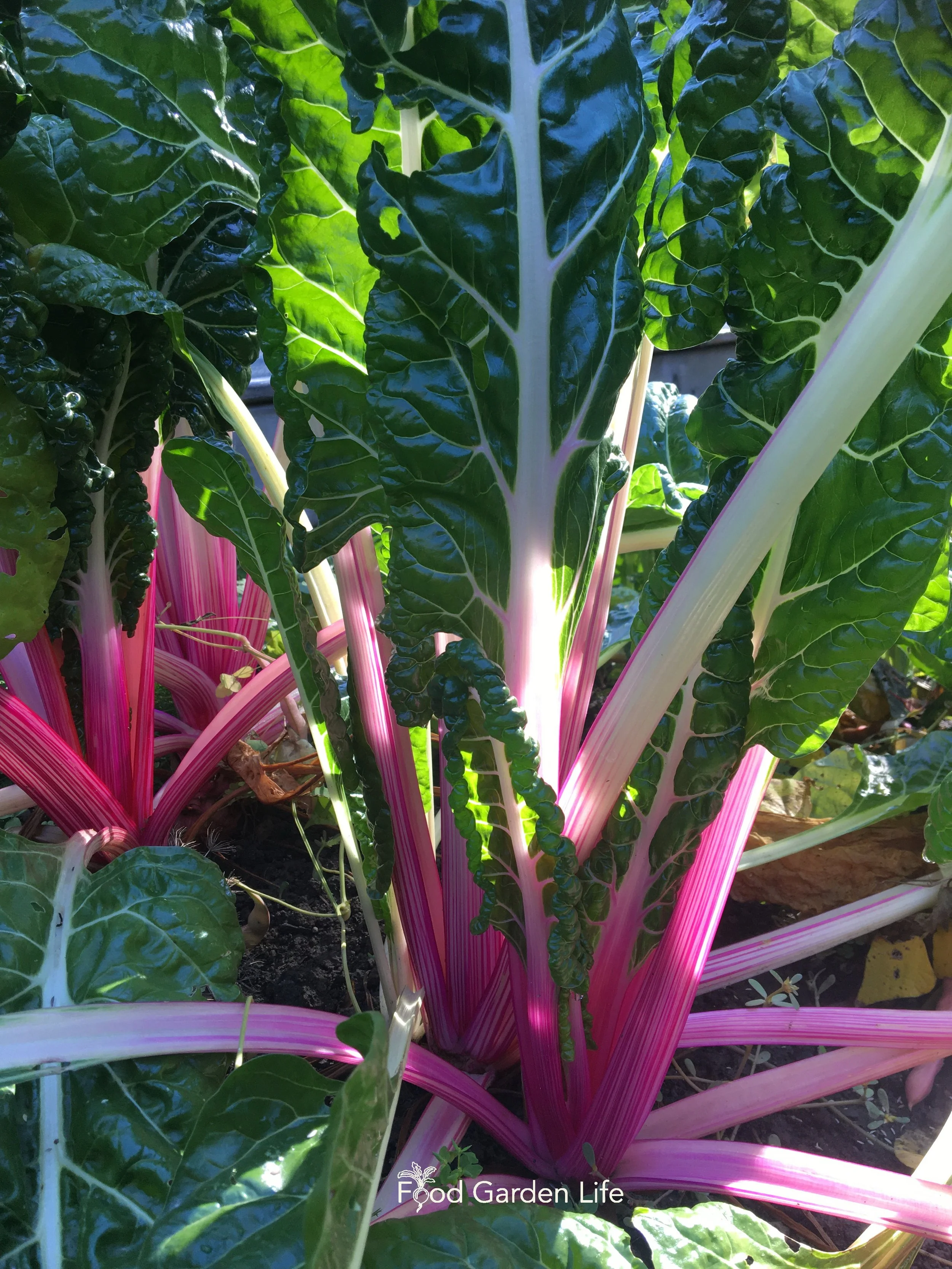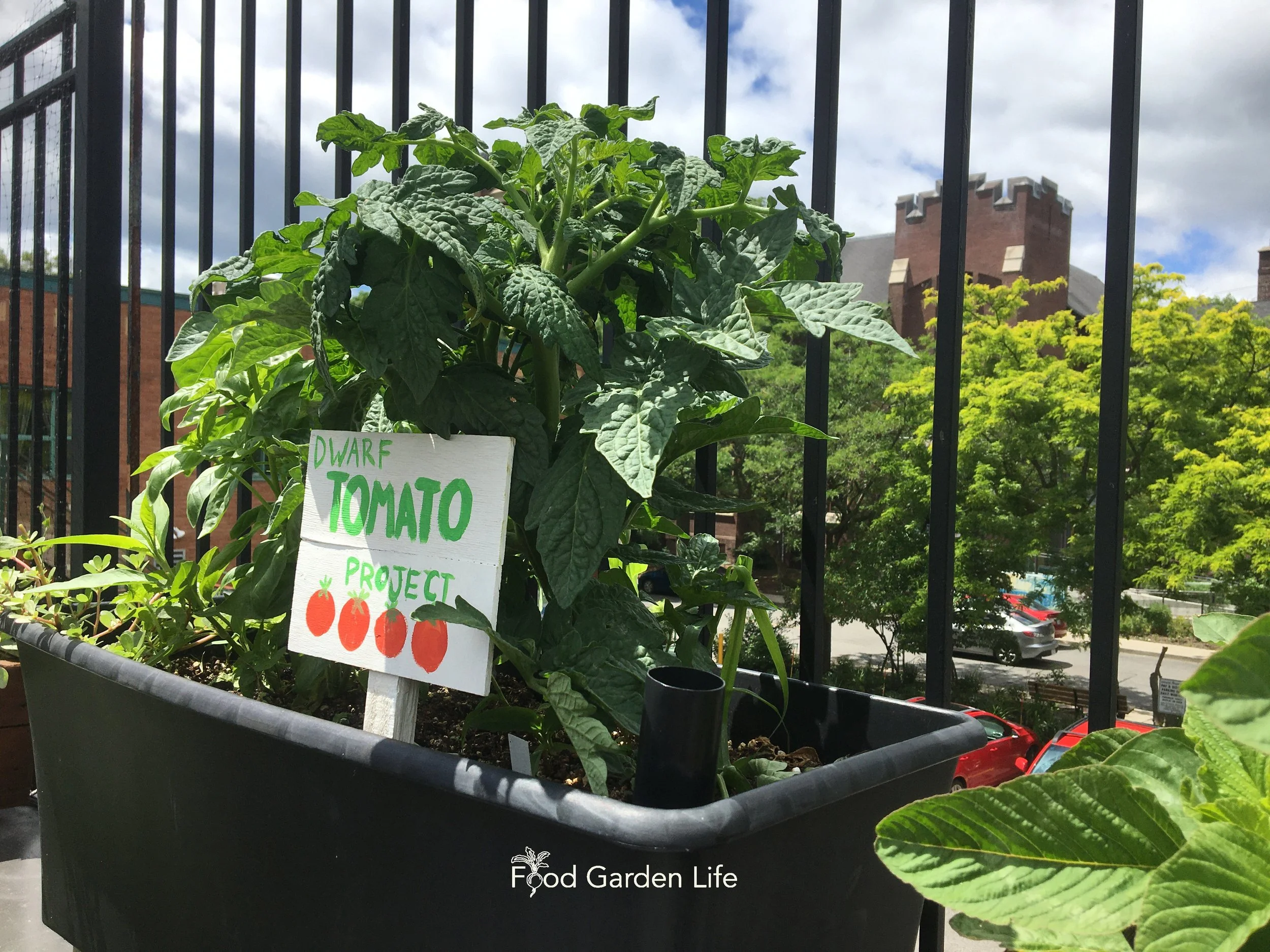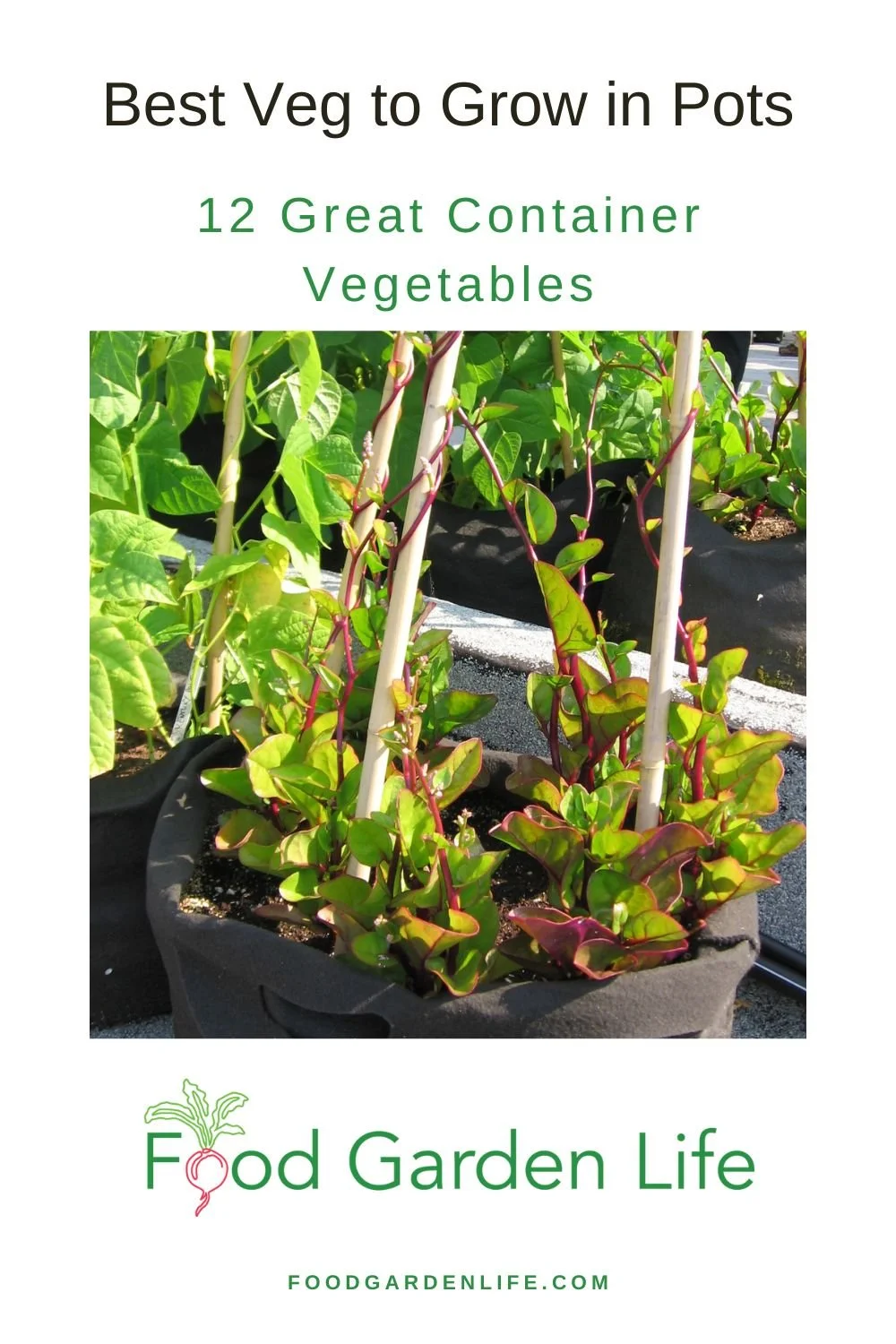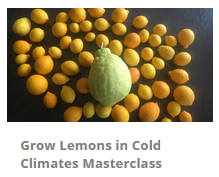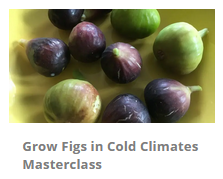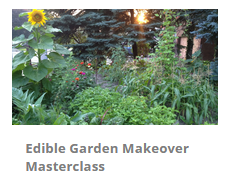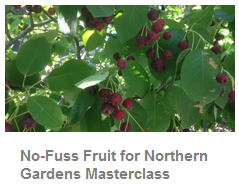
Shopping for Nut Trees? Find Out Where to Buy Nut Trees and Nut Bushes
Where to find nut trees and nut bushes for sale.
By Steven Biggs
Nut Tree Nursery List
I get a lot of messages from people looking for more edible plants for their home gardens and edible landscapes. So I hope this list of nurseries that sells nut trees and nut bushes helps you find the plant you’re looking for.
This list focuses on nurseries, garden centres, and specialty nut growers in Canada and the northern USA.
It’s a work in progress. If there’s a nursery you recommend, please e-mail me to let me know.
Before you browse nut tree nurseries, get started with Nut Tree Shopping Tips, below.
Tips When Plant Shopping
Here are tips to keep in mind as you get ready to order trees and shrubs.
Delivery vs. Pick-Up
It’s expensive to ship trees and shrubs! They’re big. And if there’s soil—they’re heavy too.
Delivery costs depend on the distance, the size of the plant, and whether it’s in a pot with soil, or is “bare root.”
(Bare root means it’s dormant, and there’s no soil.)
If picking up your fruit plants is an option, you can usually save quite a bit of money.
Ordering and Shipping Fruit Trees and shrubs
Shipping usually begins in spring, when there’s no further risk to the plants from cold temperatures.
The first to ship are “bare root” plants—dormant shrubs and trees with no soil. (Roots are wrapped in something damp to prevent them from drying out.)
Cross-Border Shipments
Some sellers don’t ship out of country. That’s because it usually involves “phytosanitary” inspections and paperwork.
Or, there might be restrictions on shipping some types of fruit to some regions (to avoid the spread of pests or diseases.)
If you find an out-of-country vendor who ships to your country, ask about the cost of phytosanitary certificates—as well as the delay that inspections can cause for your shipment.
When You Receive Your Order
Bare-root Plants. Keep them somewhere cool and dark until you’re ready to plant them, so that they remain dormant. Plant as soon as possible. Make sure the roots stay moist.
Potted Plants. There’s less of a rush planting potted plants than there is with bare-root plants. Keep plants well-watered until they’re planted.
Landscape with Fruit
That’s easy to grow in a home garden!
Canada Nut Tree Nurseries
Pin this post!
Lunenburg, Nova Scotia
Hardy fruit, exotic fruit, and nuts.
Hardy Fruit Tree Nursery
Rawdon, Quebec
Hold-hardy nut trees, nut bushes, and a wide mix of fruiting plants.
Grimo Nut Nursery
We get Ontario grown pecans here! They sell a wide range of nut trees and nut bushes, along with some minor fruit.
Founder Ernie Grimo joined us on The Food Garden Life Show to talk about cold-adapted nut trees. Tune in here.
Nutcracker Nursery
Maskinongé, Quebec
As the name suggests, nut trees is a specialty. I’ve ordered plums and damsons here and was pleased with the quality of the plants.
Pépeinière Ancestrale
St-Julien, Quebec
Good mix of nut trees and nut bushes. This is where I got my first cherry-plum bushes. Fruit and nut trees.
Prairie Hardy Nursery
Two Hills, Alberta
Recommended by my horticultural colleague in Alberta Donna Balzer.
Rhora's Nut Farm and Nursery
Wainfleet, Ontario
Specializing in nut trees and minor fruit.
Silvercreek Nursery
Wellesley, Ontario
Nuts and fruit. Some of my apple trees are from Silvercreek—and I took a fantastic grafting workshop there.
Whiffletree Farm and Nursery
Elora, Ontario
Nut trees, nut bushes, fruit trees and bushes, and orchard supplies.
Willow Creek Permaculture
Dutton, Ontario
Fruit and nut trees.
USA Nut Tree Nurseries
One Green World
Portland, Oregon
Nut trees and bushes, fruit, subtropical fruits, fruiting ground covers. We chatted with Sam Hubert from One Green World on the podcast to find out all about hardy citrus. They carry lots of other fruit trees, fruit bushes, and berries too.
Raintree Nursery
Morton, Washington
A diverse collections of edible plants including nut trees and nut bushes.
More Sources for Plants
More on Growing Food at Home
Head to the Library for articles, interviews, and guides on how to grow fruit, nuts, vegetables, herbs, and more at home.
Prevent Leggy Seedlings and Grow Vegetable Transplants Like an Expert
The best way to solve the problem of spindly seedlings is to prevent them from getting that way in the first place. Find out how.
By Steven Biggs
Your Seedlings are Leggy? Keep Reading!
If your seedlings are doing the downward dog, this post is for you.
When young seedlings are so fragile that they fold into two, they don’t stand a good chance of success once you transplant them into the garden.
Yet leggy seedlings is a common problem for home gardeners starting seeds indoors. That’s because in a home setting, conditions are often less than ideal.
But there’s good news.
Even if you don’t have perfect conditions—even if you don’t have a greenhouse—you can grow healthy seedlings that will thrive. It’s just a matter of setting up your seed-starting area so you can give small seedlings:
An appropriate temperature
Enough light
A suitable potting soil
Combine these with a suitable container, and you’re away to the races. You can grow strong and healthy plants.
This article tells you how much light you need, what you need to know about temperature, what to look for (and avoid!) in a potting soil, and how to choose a suitable container. Get these four things right, and you’ll prevent leggy seedlings.
Heat to Sow Seeds Indoors
Warmer than room temperature to germinate, cooler than room temperature after germination.
If you see different seed-starting temperature recommendations for different crops, don’t sweat it. You’re probably starting all of your different crops in the same indoor space anyway.
Here’s the big picture, a simple way to think about temperature:
When you start seeds indoors, a temperature a bit above room temperature is helpful for faster, uniform germination
Once your seeds germinate, a temperature slightly cooler than room temperature helps to keep your seedlings more compact
Higher Temperature for Germination
Speed up germination with more heat. Seed tray beside a heat duct to speed up germination.
You can raise the soil temperature without turning your house into a tropical conservatory. Just use what’s called “bottom heat.”
Bottom heat refers to heating the soil from below. There are purpose-made heat mats, like heating pads for plants, that go underneath pots and trays. With a heat mat, you’re only heating a small area.
Here are other ways you might be able to give your seeds bottom heat:
Heated floor
Hot-water radiator
An appliance that gives off heat (my former beer fridge was always warm on top)
In a previous house, I put seed trays beside basement heat ducts (over top of my wine rack!) to get seeds to germinate quickly. They sprouted seedlings faster than the trays in a cooler location.
Hold in Heat
Along with heat from the bottom, hold in heat and keep the humidity higher during the germination period. There are commercially available humidity domes for trays, or you can use clear plastic bags or cling wrap.
Cooler Temperature for Growing
Once seeds have germinated, a cooler temperature helps to develop sturdy stems. So remove the heat mat if you’re using one, and if you’re using a cover, set it ajar to let out some heat and humidity.
I grow seeds in a basement room with the heat ducts closed. It’s slightly cooler than the rest of the house and the temperature works well for raising seedlings.
Sufficient Light
Insufficient light is one of the things that will cause lanky seedlings.
There's a wide variety of grow lights available for home gardeners. But if you’re growing vegetable transplants indoors, you don’t need fancy grow lights. That’s because you’re not trying to grow the crop indoors for its entire life cycle.
All you’re trying to do is to get a healthy seedling to transplant into the garden. And once it’s in the garden, it gets full sunlight.
Grow Lights
Adequate light is important; but there’s no need for perfect light because seedlings get full sunlight when moved to the garden.
I still use fluorescent lights because that's what I have and I'm on a limited budget. You can buy fancy schmancy lights; there’s no need.
If you’re using artificial light, consider the distance of the seedling from the grow light. Some grow lights have adjustable lights that can be moved close to seedlings, and then moved up as seedlings get taller.
If, like me, you don't have that option, place something under the seedlings to raise them up, closer to the light source. (Mandarin orange crates work well in my setup!) As the plants get bigger, lower them so they’re not touching the lights.
Natural Light
If you’re using natural light, the brightest windows are usually south-facing. One challenge is that south-facing windows can be hot. Warmer temperatures can cause leggy seedlings. A simple solution to this is to place a fan in the area to disperse the heat.
Soil
Even with good light and a suitable temperature, if you have poor-quality soil, your seedlings might flop!
When it comes to soil, the top two things to think about are:
Use a light soil with lots of air space to allow excess water to drain and small roots to grow
Choose soil that’s free from pests and diseases
Create Your Own Unique Edible Landscape
That fits for your yard, and your style!
Disease in Potting Soil
Little seedlings are delicate and they're vulnerable to attack by disease. In a seed-starting environment, the most common disease is what’s called “damping off” disease. This fungal disease can come with the soil—so one of the easiest ways to prevent the disease is to use soil free from damping off.
Here’s how to lessen the chance of damping off:
Don’t reuse potting soil for starting seeds (unless you’re planning to heat sterilize it)
Don’t use garden compost for seed starting; it has more microbial activity—which is great in the garden—just not ideal for indoor seed-starting
Potting Soil Shopping Tips
Big bales. It’s buyer beware with potting soil. Some potting soils are great…some suck. The large compressed bags (a.k.a. bales) that are sold to commercial growers tend to have consistently better quality because commercial growers are more discerning. Big bales are also much better value. They’re compressed, and often quite dry—so also less likely to have eggs of pesky fungus gnats.
Finely-ground potting soils. There are seed-starting potting soils that are more finely ground, the idea being that big particles can get in the way of small seeds. This makes sense in a commercial setting where uniform, perfect germination is a must. It’s absolutely unnecessary in a home-garden setting. Don’t waste your money.
Skip the meal deal. Seeds germinate and start to grow using energy stored in the seed. Don’t buys soil with added fertilizer; it can actually burn tender seedling roots.
And…If you see soil on special at a big box store for a couple of bucks, remember that a bargain isn’t always a bargain.
Grow a Container Vegetable Garden
And get an early harvest of crops that usually take too long!
Containers
When I worked in the horticultural supply industry we sold various seedling trays, pots, the “cell packs” used in commercial seedling production.
Many of these are available to home gardeners, though not necessary.
The key things to think about with containers:
Drainage holes to allow excess water to drain
Not contaminated with damping off disease (see Reusing Pots and Trays, below)
Plug trays for starting seeds indoors. Not necessary, but useful when you grow lots of the same thing.
Container Type and Size
If you’re growing a lot of one type of seed, you might like to have containers that are the same size because it simplifies watering. When my daughter raised hundreds of tomato seedlings, I got her what’s called “plug trays” so she could grow lots of small plants in our small space. They all had the same amount of soil, and dried out at the same speed.
I don’t use the expanding peat pellets. I think they’re gimmicky.
Use What’s in Your Recycling Bin
I am a big fan of scouring the recycling bin for seedling pots. For example:
Yogurt containers
Mandarin orange crates (my favourite for lettuce seedlings)
Tubs for mushrooms
Using a mandarin orange crate to grow tomato seedlings.
Tips when using recycled containers:
The volume of soil in different containers will vary—so water accordingly
Put holes in the container for drainage
Reusing Pots and Trays
If you're reusing pots and trays, it’s a good idea to first sterilize them to prevent damping off disease. That’s because any soil crusted on the container from the previous year can harbour the disease. If you haven’t had damping off disease in the past you might be OK…but personally, I don’t risk it. So I sterilize them.
When damping off disease attacks seedlings, it can wipe out a whole tray in just a day or two. It can be quite devastating.
Cell packs drying after washing and sterilizing to prevent damping off disease on seedlings.
Here’s what I do to sterilize containers:
Soak containers in water
Scrub off any crusted soil
Place them in a solution of 10 parts water with one part bleach
Let them air dry
What About Fibre Pots?
There are a few types of fibre-based biodegradable pots. Recently I saw some made from cow dung! Some people make newspaper pots, or reuse toilet paper rolls for seed starting. In principle, you can plant these pots straight into the ground, but there are a couple of caveats.
The pots wick out moisture, away from plant roots…and they can dry out quickly. So watch the soil moisture to make sure that it doesn't get too dry for your seedlings.
Later, when you transplant seedlings in the garden, if the lip of the pot is above the soil level, it'll wick the water away from around the roots, so the soil around the roots can be drier than the garden soil. So tear off the top of the pot—or bury it. That solves the wicking problem.
FAQ – Leggy Seedlings
Can you fix leggy seedlings? Can leggy seedlings recover? Can you fix stretched seedlings?
You can’t correct leggy seedlings...but if the seedlings aren’t too far gone, you can change the growing conditions so that the seedlings grow thicker stems.
Why are my seedlings flopping over? Why is my plant growing tall and skinny?
It can be too little light, too much heat, excess moisture—or a combination of these.
Can I bury leggy seedlings deeper? Can I fix leggy tomato seedlings?
In many cases, no. First of all, very thin stems can easily be crushed. And most seedlings don’t do well when planted deeper than the level they’re been growing at. Leggy tomato seedlings can be an exception—they do well when planted deeper—but it will depend how long, skinny, and delicate the spindly seedling is. Better to avoid the leggy seedlings in the first place!
Find Out About About Seed Starting in this Podcast
Find This Helpful?
If we’ve helped in your food-gardening journey, we’re always glad of support. You can high-five us below! Any amount welcome!
More on Vegetable Seeds
More on Growing Vegetables
Vegetable Gardening Articles and Interviews
For more posts about how to grow vegetables and kitchen garden design, head over to the vegetable gardening home page.
Vegetable Gardening Courses
Want more ideas to make a great kitchen garden? We have great online classes that you can work through at your own pace.
Seed Shopping Smarts: Know The Lingo So You Can Get The Best Seeds
What’s your seed-shopping vocabulary like? Brush up on your seed lingo in this glossary of seed terminology so you can choose the best seeds for your needs.
By Steven Biggs
Best Seeds for Your Needs When You Know The Lingo
Get the best seeds for you needs when you know seed terminology.
When I worked at a marketing and communications company, there was a linguistic divide in our office.
The in-house application developers had a vocabulary that was incomprehensible to those of us working the phones.
As an outsider who wasn’t too tech savvy, it took me a while to absorb the new vocabulary.
Specialized Seed Vocabulary
It’s easy to feel like an outsider when you encounter specialized lingo. And it’s not just in the tech sector. (My father-in-law doesn’t realize I miss most of what he’s telling me when he shows me under the hood of his car…and now I have a son who has a whole vocabulary around mountain biking!)
Gardening has specialized vocabulary too. And I’ll be glad if you find this this glossary of seed terminology helpful in choosing the best seeds for your garden.
Glossary of Seed Terminology
Here are common terms that you’ll find when you seed shop. Knowing what they mean will help you get the best seeds for your situation.
This glossary of seed terminology will explain important seed vocabulary.
Annual
An annual plant has a one-year life cycle. It flowers makes seed, and dies in one year. Common annuals include veggies such as beans, lettuce, and spinach.
(To confuse things, some of the so-called annual flowers that we grow in northern gardens live more than one year in warmer climates—but die in our cold winters, so we treat them as annuals. But actually, they’re not. A good example is fuchsia.)
Biennial
A biennial has a two-year life cycle. The first year, it makes leaves; and in the second year, flowers and seeds. In the veggie garden, a number of common crops are biennials, but we usually harvest from them during the first year. Parsley, Swiss chard, and carrots are examples.
Botanical Name (Scientific Name, Latin Name)
This is the official two-part name, often italicized. Useful when we want to make sure there’s no confusion around what plant we’re dealing with.
Common Name
This is the everyday, plain English name. The only problem is that sometimes the same name gets used on more than one plant. Bluebell is a good example. That’s why, when in doubt, you can check the Botanical Name to make sure you’re ordering what you want.
Cotyledon
This is the name of the first leaves that emerge when a seed germinates. You might see this word when seed shopping because transplanting guides often talk about “seed leaves” or “cotyledon leaves” when explaining when to transplant your seedlings. They look different from the “true” leaves that come afterwards.
Many common garden crops are biennials. Parsnip (seeds at the top) is a good example of a biennial in the vegetable garden.
Cultivar
This word comes from “cultivated variety.” It just means a variety intentionally grown by humans. People often use this term interchangeably with “variety” although there are also naturally occurring plant varieties—which is why the distinction. If you see a name between single quotes (‘ ‘) it’s likely a cultivar name. A cultivar can be an open-pollinated or a hybrid (see below).
Days to Maturity (Days to Harvest)
An approximate number of days until harvest. This number is always approximate because many things (weather, growing conditions, the stage of harvest) have an effect on it.
For crops we plant directly in the garden, it’s the number of days from seeding until harvest; while for crops we start indoors as transplants (e.g. tomatoes) it the number of days from transplanting in the garden until harvest.
Dioecious
Dioecious plants have male and female flowers on separate plants. In the veggie garden, asparagus is an example of a dioecious plant.
Direct Sow (Direct Seed)
Pea seeds, an example of a crop that we usually direct sow.
This is when we plant seeds in their final, outdoor destination. Crops that are commonly direct seeded include root crops such as carrots, beets, as well as beans and peas.
Germination Rate
Seed companies test germination. (At least I hope they do!) If you see a percentage on a seed packet, it indicates the germination rate from a germination test—and this should give you an idea of what sort of germination you can expect at home under good conditions.
GMO (Genetically Modified Organism)
Many people understand this to mean a plant into which genetic material from another plant or life form is inserted. What’s confusing is that the way this term is often understood and the official definitions differ.
The exact definition depends on who you ask and where you are. Here’s the official definition used by the Government of Canada.
“A genetically modified (GM) food is a food that comes from an organism (plant, animal or microorganism) that has had 1 or more of its characteristics changed on purpose. Organisms can be modified by different processes, including: conventional breeding techniques, like cross-breeding or mutagenesis (a change in the genetic make-up of an organism caused by chemicals or radiation); modern biotechnology techniques, such as genetic engineering; gene editing.”
Here’s what can be confusing: The wordy definition above includes traditional breeding…the sort of breeding that might have given us some of our heirloom varieties. What many people want to avoid is “genetically engineered” seeds. Genetically engineered seeds are mostly found in commodity crops (think canola and corn) – and are not sold to home gardeners.
Harden Off
When seedlings are moved from protected conditions such as indoor grow lights or a greenhouse, they are “hardened off,” which means they are gradually acclimated to the brighter light, different temperatures, and wind outdoors.
Hardy Annual
An annual that tolerates some frost and cool conditions. For example, a common hardy annual vegetable is arugula—which, if you let it make seed, you’re likely to find growing up on its own in your garden while there are still cool conditions.
Heirloom
Like the word “natural” in the health food sector, “heirloom” is one of those fuzzy, poorly defined words that marketers adore. There’s no precise meaning. But, in general, it means an older open-pollinated variety.
Grow a Container Vegetable Garden
And get an early harvest of crops that usually take too long!
Hybrid Seeds
Hybrid seeds result from cross-pollinating two varieties with desirable traits. In the seed industry, it’s done in controlled conditions, so there’s no chance of an errant pollen grain giving something different.
Hybrid seeds tend to be more expensive because of the labour needed to make the cross. Hybrids are often made to have desirable traits such as disease resistance and vigour…and they’re also made because it’s an industry.
If you see the term “F1,” that refers to the first generation of seed after the cross. That’s usually what’s for sale at seed vendors. When you save seeds from a hybrid plant, it will probably be different from the parent plant.
Hybrids occur in nature too, but the hybrid seeds you find at vendors will have been deliberate. When people are new to seed shopping they sometimes wonder if hybrid has something to do with genetic engineering—and it doesn’t. It’s entirely different.
Last Frost Date (Average Last Frost Date)
The date in the spring when—on average—there isn’t any more frost in your area. It’s figured out using historical weather data.
This date is like a marker post for seed sowing. When a seed catalogue recommends starting tomato seeds 8 weeks before your average last frost date, this is what it’s referring to.
This date is also used when deciding when to move seedlings into the garden. (But remember…an average last frost date means that some years there is frost after that date.)
Monoecious
Monoecious plants have both male and female flowers on the same plant. Melons are monoecious; and if you look closely, you’ll see some of the flowers have little melons-in-waiting next to the female flowers, while the male flowers have none.
Open Pollinated (OP)
Open-pollinated bean varieties are easy to save seeds from because there is not usually much cross-pollination with other varieties.
Open-pollinated varieties are stable varieties that you can save seed from and get plants that are like the parent plants. Some open-pollinated varieties are heirlooms; some are recent.
Note: To get seeds like the parent plant, there can’t be “cross-pollination” with other varieties. Some types of plants mostly self-pollinate (they have perfect flowers, see below), so you’re likely to get seeds like the parent plant without doing anything special. But some plants have separate male and female flowers—meaning insects might pollinate them with pollen from another variety. Squash is a good example. In that case, open-pollinated varieties are grown in isolation when saving seed.
Organic
Generally understood to mean that the plants the seeds are harvested from are not treated with synthetic fertilizers and pesticides. The thing to keep in mind when seed shopping (food shopping, too, actually) is that there are organic certification bodies—agencies that make sure a producer adheres to a set of standards. So you might come across seed that a seller says is organic—but is not “certified” organic.
Parthenocarpic
This refers to varieties that can make fruit without pollination. The resulting fruit has no seeds. You’re most likely to see this term as you browse cucumber varieties.
Create Your Own Unique Edible Landscape
That fits for your yard, and your style!
Pelleted
Sometimes small or irregularly shaped seeds are coated with clay to make them easier to handle or dispense with seeding equipment. These “pelleted” seeds are usually more expensive.
Perennial
A plant with a life cycle spanning a number of years.
Perfect Flower
A flower that has both male and female parts.
Set
Onion “sets” are small, pre-grown onion bulbs that you can plant directly in the garden instead of growing onion seedlings. It’s a great option if you don’t have a lot of indoor space for growing onion transplants.
Tender Annual
An annual plant that does not tolerate frost. We usually start tender annuals indoors, in warm conditions, and then transplant them outdoors when there is no further risk of frost. A good example of a tender annual is basil…which quickly wilts in protest in cool weather.
Transplant
Tomato seedlings, or “transplants.” We use the word transplant as both a noun and a verb.
The word we sometimes use to refer to the little seedlings that we start indoors. Of course, it’s also the act of replanting—transplanting—the little seedings. So both a noun and a verb!
Treated Seed
If you’ve ever seen a pink pea or bean seed, it’s been treated with a fungicide. That treatment is done to prevent rot in cold, wet soil. If you don’t seed that’s treated, look for “untreated” seed.
Untreated Seed
Seed that has not been treated.
Crop-Specific Lingo
Beans
Pin this post!
Bush bean plants are shorter, and tend to have an earlier and briefer period of harvest. Depending on the variety, they might or might not need support.
Pole and runner beans get quite tall, and will need support. The harvest is later, and the harvest period is longer.
Peas
Vining pea varieties, like runner and pole beans, get quite tall and have a longer harvest window.
Squash
Bush squash are compact (at least for a squash plant!).
Vining (running) squash have long stems that spread far and wide.
Tomato
Determinate (bush, patio) tomato plants get to a certain size and then stop growing. They are relatively compact, and flower and fruit in a shorter time. Even thought they are compact, they are not self supporting—so if you like your tomato plants off the ground, use a stake or a cage.
Indeterminate (vining) tomato plants keep growing and making fruit as long as conditions permit. They get very tall if the growing season permits. (This is the sort of tomato used in greenhouse tomato production here in Ontario: Plants are grown up twine, and as they get taller and taller, the twine is lowered and the base of the stem is coiled on the ground.)
There are also semi-determinate tomato varieties.
Find Out about Seed Shopping in this Podcast
Find This Helpful?
If we’ve helped in your food-gardening journey, we’re always glad of support. You can high-five us below! Any amount welcome!
More on Vegetable Seeds
More on Growing Vegetables
Vegetable Gardening Articles
Vegetable Gardening Courses
Looking for Lemon Trees? Find Out Where to Buy Rare and Hardy Citrus Trees
Find out where to buy a lemon tree.
By Steven Biggs
Looking for Lemon Trees? Find Out Where to Buy Citrus Trees
I get a lot of messages from people wondering where to buy a lemon tree. So I hope this list of nurseries selling lemon trees and other citrus trees helps you find what you’re looking for.
This list focuses on nurseries, garden centres, and citrus-growing specialists in Canada and the northern USA.
It’s a work in progress. If there’s a citrus nursery or garden centre that sells lemon trees near you, please e-mail me to let me know.
Before you browse through the list, get started with Tips When Shopping for a Lemon Tree, below.
Tips When Shopping for a Lemon Tree
Here are tips to keep in mind as you get ready to shop for a lemon tree or other citrus trees.
Delivery vs. Pick-Up
Larger potted plants can be expensive to ship! Delivery costs depend on the distance and the size of the citrus trees.
If picking up your citrus trees is an option, you can usually save quite a bit of money.
Mail-order sellers usually only ship spring through fall, when the temperature is warm enough.
Seasonal Lemon Tree Availability
Some of the sellers listed here are nurseries that propagate their own citrus and have plants year-round.
Others are garden centres that carry lemon trees and other citrus trees seasonally.
Here in Southern Ontario, I often start to see California-grown potted citrus trees in garden centres in the spring. Selection usually declines through the season, and once they’re sold out, that’s it until the following year.
Cross-Border Shipments
Some nurseries and garden centres don’t ship citrus trees out of country. That’s because sending plants across the border involves inspections and paperwork.
If you find an out-of-country vendor who does ship to your area, ask about any additional cost for inspections and paperwork. Ask, too, about the delay that inspections could cause for your shipment of citrus trees.
Canada Lemon Trees and Other Citrus Trees
Angelo’s Garden Centre
Vaughan, Ontario
This is a garden centre near me, in the Toronto area, that seasonally carries citrus trees, olive trees, and fig trees. (I got my first olive tree here!) Hear owner Carlo Amendolia tell the story of their 19-foot-high fig tree.
Brugmansia Quebec
St-Valérien de Milton, Québec
A good selection of citrus trees, figs, and, as the name suggests, Brugmansia—a.k.a. angel’s trumpet.
Exotic Fruit Nursery
Lunenburg, Nova Scotia
Citrus trees, hardy fruit trees, exotic fruit, and nut trees.
Fiesta Gardens
Toronto, Ontario
We’re big fans of Fiesta Gardens, here in Toronto. This independent garden centre brings in some really cool plant material every year—and there are usually lemon trees and other citrus too.
Fruit Trees and More
North Saanich, British Columbia
This nursery and demonstration orchard specializes in plants for Mediterranean climates. Owner Bob Duncan was the inspiration for my book Grow Lemons Where You Think You Can’t. He grow citrus tree espaliers in his demonstration orchard, and has a big Meyer lemon espalier on his house.
Nutcracker Nursery
Maskinongé, Quebec
Nice selection of citrus trees and figs. As the name suggests, they specialize in nuts. Also other fruit (I’ve ordered plums and damsons here and was pleased with the quality of the plants.)
Phoenix Perennials
Richmond, British Columbia
An excellent mail-order nursery with unusual plants. (This is where I tracked down a grafted tomato-potato plant for my daughter!) They have a good selection of citrus trees.
Sage Garden Greenhouses
Winnipeg, Manitoba
Co-owner Dave Hanson has joined me to teach about exotic edibles and Mediterranean plants. He is a wealth of knowledge.
Tropic of Canada
Rodney, Ontario
Citrus, figs, and a fun mix of exotics.
Valleyview Gardens
Markham, Ontario
This Toronto-area garden centre has tropical plants year-round. When I couldn’t find a yuzu citrus tree, this is where I found one.
USA Lemon Trees and Other Citrus Trees
Edible Landscaping
Afton, Virginia
Citrus, fruit trees, fruit bushes, berries, and exotics.
Four Winds Growers
Winters, California
Specializes in semi-dwarf citrus trees.
Logee’s
Danielson, Connecticut
As well as citrus, they have figs and other exotic fruit—and a ton of ornamentals. Their ponderosa lemon is over 100 years old!
McKenzie Farm
Scranton, South Carolina
Owner Stan McKenzie is passionate about cold-hardy citrus. Hear Stan tell us all about cold-hardy citrus on The Food Garden Life Show.
One Green World
Portland, Oregon
A delicious mix of citrus trees, olives, figs, and lots of sub-tropical fruit.
Sam Hubert from One Green World joined us on the Food Garden Life show with top cold-hardy citrus picks. Find out Sam’s favourite cold-hardy citrus.
Well-Sweep Herb Farm
Port Murray, New Jersey
Lots of herbs, and a good selection of citrus.
Damson Plums: This Forgotten Fruit Combines Dry, Sweet, Spicy, and Bitter (and it’s a perfect home-garden crop)
Find out how to grow this forgotten fruit that has a rich, complex flavour. It’s a gem in the kitchen, and easy to grow in a home garden.
By Steven Biggs
Disappearing Damsons
I remember when Nana started to ration the jam. The damson jam.
She was running low on her homemade damson jam. And what was left was reserved for damson tarts—one of her specialties.
She couldn’t get damsons any more.
Why the fuss? Because damsons have a special flavour and make marvellous jam. They’re the ultimate plum for cooking, with a rich, complex flavour that combines sweet, spicy, slightly sour, and a touch of bitter.
I was just a kid at the time. Since then, I’ve rarely seen damson fruit or damson trees for sale. Too bad, because it’s a unique fruit that’s well worth a place in a home garden.
But they’re not completely forgotten.
When I drove through the Kamouraska region of Quebec, I took a detour especially to visit Maison de la Prune, a small damson orchard and museum in what was once a major damson production area. I came home with damson syrup, and sweet and savoury jellies.
Keep reading to find out more about this special plum, and how to successfully grow it.
Hear a Damson Expert Explain What’s Special About Damsons
What is a Damson Plum?
Damsons (Prunus insititia) are smaller and not as sweet as their cousin the European plum (Prunus domestica). (Quick plum primer…it’s a big family, including Japanese plums, P. salicina, North American plums, P. americana, and the cherry plum, P. cerasifera.)
A damson is a small, oval-shaped plum. The skin is often a deep blue-purple colour, with yellow flesh, although there are also yellow-skinned varieties. They’re a “clingstone” fruit, meaning that the flesh, which is quite firm, is attached to the stone. Like many fruit in the plum family, the fruit has a waxy “bloom” on it, giving fresh damsons a silvery hue.
Damsons are self-fertile—meaning only one tree is needed to get fruit. They bloom in early spring, with fruit starting to ripen in late summer.
How are Damsons Different From Other Plums?
The damson is smaller than the European plum. These damsons will ripen to a purple colour.
When it comes to the plant itself, the trees have a more compact growth than other domestic plums, developing a gnarled shapes as they get older.
The fruit is smaller too, with more stone and less fruit than other domestic plums—up to one third stone. The fruit is also drier than European plums and Japanese plums.
While damsons are sweet, they’re also slightly astringent, giving them a complex flavour and making them superb for cooking. (Perhaps less attractive for fresh eating, though I love them.)
Along with the astringency comes a spiciness and sweetness that sets them apart from domestic plums.
What is a Bullace?
It’s worth noting a couple of other relatives that are sometimes included when talking about damsons. Along with damsons, Prunus insititia includes bullaces, and St. Julian plums.
St. Julian plum is mostly grown as a rootstock for grafting damsons
The round bullace fruit is smaller than damsons, ripening later, and has a less complex flavour
The bullace is different from the sloe (Prunus spinosa) which is bushier. If the sloe is new to you, look up sloe gin. (I know of sloes because my dad had a bottle of sloe gin when I was growing up.)
Landscape with Fruit
That’s easy to grow in a home garden!
How to Grow Damsons
Planting Damsons
The first thing to know is that damsons are self-fertile. This means that you can plant one damson tree and get fruit.
Like other fruit that flower early—while there’s still a risk of frost—choose a location where there’s less chance of flowers getting hit by frost. This means:
Avoid low-lying pockets that get heavy frost when other parts of your garden don’t
If you’re in an area with late spring frosts, a north-west-facing slope can be safer than a south-facing slope (it might seem counter-intuitive…but they’ll bloom earlier on a south-facing slope, meaning more chance of frost damage)
Hear a fruit expert talk about site selection in cold climates.
Where to Plant a Damson Tree
Full sun is best for damsons. They tolerate semi-shade if that’s all you have.
Damsons grow in a wide range of soil types. Avoid acidic soils and soils that dry quickly—meaning sandy soils.
Stake newly planted trees for a year to prevent shifting.
Spacing When Planting Damsons
Damsons are a relatively small tree.
Here are a couple of considerations when deciding on spacing between damson trees:
With grafted trees, the tree size and optimal spacing depends on the rootstock
Space between trees allows air flow, which helps reduce disease pressure
In a home garden setting, there are often competing needs for a small space. In that case, you might want to be creative with spacing. For example:
Plant more than one damson tree in a hole – a clump of damsons
How to Care for Damson Plums
Below is more information about how to care for damsons. But to sum it up quickly in case you’re already a fruit grower: Treat damsons as you would other plums.
How to Prune Damson Plum Trees
Damson fruit in mid summer. They have a golden-yellow flesh when ripe.
If you’re growing damsons in a hedge, you might take a hands-off approach to pruning.
When you’re growing damsons as separate trees, use pruning to shape the tree into a framework of branches that gives good strength, and allows air circulation and ease of picking.
A tree from a nursery might already have a framework developed. If it’s a young tree, you can develop the framework of branches yourself. Damsons can be formed into central-leader style trees, vase-shaped trees, or into a bush. For a bush, picture a short trunk, with branches coming out above that.
Pruning fruit trees is an entire article unto itself, but here are top tips:
Avoid narrow, v-shaped angles
Don’t make sloppy cuts that leave a nub of branch beyond a bud
Remove crossing branches
Aim to keep the canopy of the tree open, to allow air movement
Like other stone fruit, damsons don’t respond well to attempts to train them into cordons.
Prune in late winter.
Protecting Damson Blossoms from Frost
With a well-chosen site you’re less likely to have frost damage in the spring…but if there is a late frost, and if your damson tree is small enough, a simple cover might protect the blossoms.
Drape the plant with burlap or horticultural fleece. (I’ve even covered tender plants with an old shower curtain!)
Damson Hardiness
Damsons are very cold hardy. There’s no question of hardiness here in my Toronto garden.
I’ve seen Canadian nurseries listing damson varieties hardy into Canadian Plant Hardiness Zone 3, and American nurseries suggesting USDA Zone 5. Here’s a list of nurseries that sell fruit trees.
Consider zones a general guide. Conditions within a zone can vary—and microclimates allow gardeners to push zone boundaries. There can be “frost pockets” in low-lying areas, and moderate areas near large bodies of water.
With grafted plants, hardiness depends on how hardy the top (scion) is—and how hardy the bottom (rootstock) is.
How to Propagate Damson Plums
Damson Seeds and Suckers
In times past, damsons were commercially propagated using seeds and suckers.
Seeds. When grown from seed, many damson varieties “come true,” meaning the new plant is like the parent. If you want to seed-grow damsons, first stratify the seed, and then sow in a pot or directly in the garden.
Suckers. Suckers are the shoots that come from the base of a mature plant, and already have roots. This is an easy way to get started if you know that the tree is not grafted. (If it’s a grafted tree, a sucker might actually be coming from the rootstock.)
Grafting Damsons
Most commercially produced damsons are propagated by grafting.
Under some conditions, damson trees can grow up to 6 metres (20’) tall. But if conditions are not as good—or if trees are grafted onto a rootstock that restricts growth—they’ll be smaller.
This means that it’s good to know how rootstock can affect damson tree size.
Here are common damson rootstock:
Large. Myrobalan B, Brompton
Medium. St Julian A
Small. Pixy, VVA-1
Damson Harvest
Pick damsons as they develop colour and as the fruit becomes softer to the touch.
Damsons ripen in late summer and early fall.
When are Damson Plums Ripe?
Pick as the damsons become soft to the touch. (You can pick them earlier if making gin.)
Why Damsons Sometimes Fruit Every Second Year
It’s common to have what’s called “alternate bearing,” meaning a large crop one year, and then very little—or nothing—the next. This happens because when a fruit tree carries a heavy crop, energy goes to the ripening of that crop—and flower buds are not formed for the next year.
You can prevent alternate bearing by thinning fruit.
Damson Pests and Diseases
Black knot disease.
Mice and rabbits often gnaw on fruit tree bark over the winter. While damson trees are young, use a spiral tree guard around the trunk for the first few winters to protect the bark from rodents.
Black knot is a fungal disease that affects many plants in the plum family, including damsons. Some damson varieties have more black-knot resistance than others. You can recognize black knot by the black, woody growth encircling a branch. (My kids called it poo on a stick when they were little.)
If you see black knot, prune the affected branch back at least 20 cm (8”) below the knot. Don’t leave the pruned-off branch near your damson trees because the knot provides inoculum for more infection.
Damson Recipes
I started off by telling you about my Nana’s damson plum jam. It was so delicious because of the balance that the damsons give, with the combination of fruitiness, sweetness, spiciness, tartness, and a little bit of astringency. Damsons are excellent for jams, fruit butters, and for making fruit cheese because they contain a lot of pectin.
Because they’re “clingstone,” the fruit is usually separated from the stone after cooking.
There are many more ways to use damsons. You’re more likely to come across these in the UK, where there’s a longer tradition of cooking with them.
Damson chutney
Pickled whole damsons
Damson vinegar
Damson gin
Use them where you would use other tart fruits. And think of using them with savoury dishes—not just sweet. That’s because the combined tartness and astringency work well with rich dishes.
(And if you don’t have the time or inclination to spend a lot of time in the kitchen, stewed damsons are a true delight. When I lived in the UK there were damsons in a nearby hedgerow. I’d stew them, cooking with a bit of water and sugar until soft enough to the damson stones. Then I’d eat them with clotted cream.)
For more recipe ideas, I recommend the book Damsons: An Ancient Fruit in the Modern Kitchen.
Where to Buy a Damson Plum Tree
While you might not see damsons at garden centres, specialist fruit tree nurseries often carry them. If ordering online, look for bare-root trees so shipping costs are lower.
Here’s a list of fruit tree nurseries.
The choice of damson varieties in North America tends to be limited. I’ve most often seen damsons sold as Blue Damson.
(You sometimes see them sold as “Damas Bleu,” as there’s also a long history of damson production in Quebec. If you want to delve into that, here’s a fun book: Les Fruits du Québec: Histoire et traditions des douceurs de la table, by Paul-Louis Martin, who is the proprietor of Maison de la Prune that I mentioned earlier.)
In the UK there is a wider selection of damson varieties. I have a 1926 text that lists Blue Prolific, Bradley’s King, Farleigh Prolific, Quetsche, Rivers’ Early, Shropshire Prune, Merryweather. If you search UK nurseries, you’ll see many of these are still available.
Using Damson Trees in Garden Design
Damsons are good choice for a home garden because they are self-fertile. That means that in a small space, you only need one tree to get fruit.
Here are ideas for using damson trees in garden design.
Edible Landscapes and Food Forests
Damsons work well in edible landscapes with a mixed planting of edibles, and in a food-forest setting. Like many fruit trees, they do best in full sun, but tolerate the sort of partial shade that you can get in an urban edible landscape or on the periphery of a food forest.
Home Orchard or Stand-Alone Specimens
A more traditional planting gives each tree enough space to fully develop. The amount of space needed for well developed, well-spaced damson trees depends on the rootstock.
Hedges and Hedgerows
In my own garden, my damsons are part of a fruiting hedge. There are damson and other plum trees in a long row, underplanted with currants and gooseberries. At ground level are strawberries. It’s still rather neat and tidy, but damsons could work well in a less formal hedgerow or windbreak too, mixed with other small fruit.
Here’s a chat with a small fruit specialist to get ideas for less common fruit for a hedge.
FAQ: Damson Plums
How long should I stake a damson tree?
Remove stakes after the damson tree is established and has rooted into the surrounding soil, usually after one season.
Why are so many fruit dropping off in early summer?
There’s a natural fruit drop in early summer. As long as there are lots of fruit remaining on the tree, everything is probably OK.
Do damson trees fruit every year?
Not always. If there’s a heavy crop one year, there might not be a crop the following year. This is called alternate bearing. You can thin fruit to reduce alternate bearing.
What is the botanical name for damsons? Why am I seeing two different botanical names for damsons?
Good question. You might find damsons as Prunus insititia or as Prunus domestica subsp. insititia. That’s because plant taxonomists sometimes rename things.
Find This Helpful?
If we’ve helped in your food-gardening journey, we’re always glad of support. You can high-five us below! Any amount welcome!
More on Fruit Crops
Articles: Grow Fruit
Visit the Grow Fruit home page for more articles about growing fruit.
Here are a few popular articles:
Courses: Grow Fruit
Here are self-paced online courses to help you grow fruit in your home garden.
Home Garden Consultation
Book a virtual consultation so we can talk about your situation, your challenges, and your opportunities and come up with ideas for your edible landscape or food garden.
We can dig into techniques, suitable plants, and how to pick projects that fit your available time.
Fig Leaf Panna Cotta Recipe
Looking for an easy-to-make, unusual dessert? This is a fig-leaf panna cotta recipe that will have your guests asking for seconds!
By Steven Biggs
An Easy-to-Make Fig-Leaf Recipe
My guests nodded without hesitation when I offered seconds. “Refreshing!” they declared.
Cool, creamy, refreshing fig-leaf panna cotta is a nice way to finish a meal.
(And leftovers are pretty nice for breakfast!)
Cooking with Fig Leaves?
I first learned about cooking with fig leaves when Toronto Chef David Salt got in touch asking for fig leaves. It was October. “Sure,” I said, “Take as many as you’d like, they’ll soon drop.”
Later that fall, David invited me to his restaurant to sample fig-leaf grappa, fig-leaf ice cream, and fig-leaf cheese. (Click here to read about those tasty creations.)
The idea when using fig leaves in cooking is to extract the flavour of the leaves, and then remove them. They’re pretty fibrous, fine to eat if you’re a goat. If you’ve been around figs trees on a warm day and basked in the sweet smell, that’s the flavour we’re pulling from the leaves.
To me the flavour of fig leaves is somewhere between coconut and toasted almond, but with a note of green.
To me the flavour of fig leaves is somewhere between coconut and toasted almond, but with a note of green.
In her book Dandelion & Quince: Exploring the Wide World of Unusual Vegetables, Fruits, and Herbs, author Michelle McKenzie describes flavours of coconut, pear, and vanilla. (She has other fig-leaf recipes too.)
So is a fig leaf a herb? A veg? I’ll leave you to mull that over.
What’s Panna Cotta?
Let’s back up in case panna cotta is new to you. It was to me.
My family culinary tradition includes custard, where sweetened cream is thickened with egg.
In a panna cotta, sweetened cream is thickened using gelatine.
Panna cotta means cooked cream in Italian—so think of it as a custard set with gelatine instead of eggs.
And here’s something interesting: Fig sap causes milk to coagulate, so in this recipe there are two things at play to give you a thick dessert: The effect of the fig sap, and the gelatine.
Where to Get Fig Leaves
If you grow figs, you’re set. If you don’t grow figs, don’t bother to look at the supermarket—you won’t find them. Instead, find a fig grower in your area.
There are more home fig growers around than you might expect, even in cold places. (If you’re looking for fig growers, here’s a fun chat with Toronto Joe on the ourfigs.com about the online fig community, which could be a good way to find fig growers.)
Getting Flavour from Fig Leaves
When freezing fig leaves, I put them in a stack and then slide that into a resealable freezer bag.
Time is the key to pulling out flavour from the fig leaves. That usually means soaking leaves for a day or two in cream (fat soaks up the flavour).
But if you want to get out the flavour more quickly, use frozen fig leaves. I discovered this when I froze fig leaves for use over the winter. Freezing breaks down the leaf, so the flavour releases much more quickly.
When freezing fig leaves, I put them in a stack and then slide that into a resealable freezer bag. This way it’s easy to remove a few at a time.
Serving ideas for Panna Cotta
Ramekins are a common way to serve puddings, custards, and panna cotta.
I’ve also served fig-leaf panna cotta in mason jars. And one time I used some of the tea cups that my wife Shelley treasures, tea cups that were her grandmother’s. We don’t serve high tea…so it’s nice to be able to use them for something.
This is an easy-to-make fig-leaf panna cotta recipe.
Ramekins are a common way to serve puddings, custards, and panna cotta. I’ve also served fig-leaf panna cotta in mason jars.
Top Tip for Panna Cotta
Give yourself at least 6 hours for the gelatine to set. If you’re serving panna cotta for supper, make it first thing in the day – or, even better, the day before.
Once it’s made, cover and refrigerate until you serve it.
FAQ Fig-Leaf Recipes
Can you make fig-leaf panna cotta without sugar?
I like the sweetness…so I’m not sure why you’d do that. But if you’re on a low-sugar diet, consider a sugar substitute for sweetness. I once had guests on reduced-sugar diets, so I used no-sugar, low-calorie monk-fruit sweetener and it turned out fine.
What about fig leaf custard?
Yes, you can make custard with a fig-leaf flavour too. Just steep the fig leaves in the milk or cream for a day or two as you would with fig leaf panna cotta.
Fig Leaf Panna Cotta Recipe
I use frozen fig leaves for this recipe because it’s faster. That way I don’t have a big bowl of cream with fig leaves cluttering up my fridge for a couple of days.
Ingredients
8 fig leaves, frozen beforehand
6 cups of heavy cream or whipping cream
2 cups whole milk
2/3 cup granulated sugar
¼ tsp. salt
2 tbsp. unflavoured gelatine powder
Directions
Soak frozen fig leaves in cream for 2-3 hours (or, if using fresh fig leaves, for 1-2 days – refrigerated)
Remove fig leaves and discard (they’re for the flavour…you don’t eat them)
In a small bowl or cup, sprinkle gelatine over 1 cup of milk and stir to dissolve the gelatine
Put cream, salt, sugar, and the other cup of milk into a saucepan
Heat the saucepan on low until steaming (I never rush heating milk or cream because I’ve burnt them too many times…)
Remove saucepan from heat and stir in the milk-gelatine mixture
Pour into ramekins and refrigerate, covered, until set (usually 4-6 hours)
Hear Chef David Salt Talk About Fig Leaves
Looking for More Garden-to-Table Cooking Ideas?
More on How to Grow Figs
More Fig Articles
Head back to the fig home page to search for fig articles by topic.
Fig Books
Fig Course
Fig Masterclass
The self-paced online fig masterclass gives you everything you need to know to grow and harvest your own figs in a cold climate!
(We also run it live once a year. If you’re interested in knowing when we next run the live online fig “camp” I’ll announce it in my newsletter. Hop on the newsletter list here.)
Vegetable Seed Guide: When to Start Seeds Indoors
Find out when to start vegetable seeds indoors.
By Steven Biggs
When to Plant Vegetables
Not sure when to start planting seeds indoors?
If you time planting well, your seedlings will be big enough to survive transplanting into the garden.
But don’t start seeds indoors too early: Earlier planting and bigger seedlings is not always better.
That’s because a seedling that’s stuck in a pot for too long, waiting to go into the garden, gets stressed. And sometimes stressed transplants don’t bounce back, even once you plant them into the garden.
(Late in the planting season big box stores often have discounted transplants: wilted, root-bound cauliflower, cucumber, and chard that have simply run out of steam…don’t be tempted!)
If you’re wondering when to start seedlings indoors, keep reading. This guide tells you when to sow seeds—and how to know when to sow seeds.
Why Start Seedlings Indoors
Start seedlings indoors to get a jump start on the season and to protect them from weather and pests.
There are two main reasons to start seeds indoors.
In cold climates, season length limits harvests—and starting seeds indoors give a longer window of growth for the crop
Indoors, we can control conditions and prevent pest damage, giving small seedlings a chance to get started at a suitable temperature, without getting mown down by bugs
When to Start Seeds Indoors
Luckily, vegetable seeds don’t all have to be planted at the same time. You can spread out seed sowing from mid winter through spring—when you start sowing some seeds directly in the garden.
The guidepost for choosing when to start planting seeds indoors is something called the average last frost date—or simply “last frost date.” This is the average date of the last spring frost in your area. (It’s an average, so some years there is a frost following this date.)
If you don’t know your average last frost date, a good place to start is by asking local gardeners, or checking with local seed vendors.
Work Backwards from the Average Last Frost Date
Pin this post!
Once you have your last frost date, you just work backwards to get the sowing date for all of your different vegetable seeds.
It’s your guidepost.
Workback: When to Plant Vegetables
Below is how many weeks before the last frost date I sow my vegetable seeds.
Keep in mind that none of this is cast in stone. You have a window of time for seed sowing. It doesn’t have to happen in one specific week.
That means that if you miss the mark with your celery seeds, and forget to sow them at 10 weeks, don’t sweat it. Sow them at 9 weeks, and your celery transplants might just be a bit smaller when you put them into the garden.
This list is a work in progress. If you have a favourite vegetable crop that’s not on here, e-mail me.
10 Weeks Before Last Spring Frost
Leek seed are some of the first seeds that I plant indoors, 10 weeks before the last frost date in the spring.
Indoors
These are the first vegetable seeds that I start indoors, under lights.
celery, eggplant, leek, onion, pepper, parsley
8 Weeks Before Last Spring Frost
Indoors
tomato
7 Weeks Before Last Spring Frost
Indoors
more tomatoes (we like our tomatoes here in the Biggs household!)
6 Weeks Before Last Spring Frost
Indoors
lettuce, cabbage family (broccoli, cauliflower, Brussels sprouts, kohlrabi, kale)
Direct-Seed in the Garden
Direct-seeding carrot seeds in the garden 6 weeks before the last frost date.
This is also when I start to direct-seed some cold-tolerant vegetable crops in the garden. These include:
broad bean, carrot, pea, spinach, lettuce, turnip, dill, parsley
Plant or Transplant in the Garden
plant onion sets (small, pre-grown onion bulbs), and transplant onion seedlings
4 Weeks Before Last Spring Frost
Indoors
melon, basil, cucumber, squash, pumpkin
Direct-Seed in the Garden
radish, beet, chard, more lettuce
Plant or Transplant in the Garden
cabbage family seedlings
seed potatoes
2 Weeks Before Last Spring Frost
Direct-Seed in the Garden
corn, cheater beans*
*With beans, we usually wait until the soil is warm and there’s no further risk of frost. That’s because bean seeds can rot in cold, wet soil—and if young bean plants get hit by frost, they’ll die. But some years are warmer than others, and if it seems warm, I like to cheat and get in an early row of “cheater beans.” If they do well, I get beans sooner. (If they get nipped by frost, no big loss; I’ll just replant.)
Plant or Transplant in the Garden
lettuce
gladiolus bulbs (I know…they’re not a veggie, but I like to grow this cut flower in my veggie garden, reminds me of Grandma Q)
The Week of the Last Spring Frost
Wait until 1-2 weeks after the last frost date before transplanting pepper seedlings into the garden. They HATE the cold!
Direct-Seed in the Garden
beans, cauliflower, cucumber, squash
Transplant in the Garden
tomato (some people plant tomatoes a week or two after the last frost date…I’m impatient, so I plant them, but protect them as needed)
1-2 Weeks Following the Last Spring Frost
Direct-Seed in the Garden
Now it’s time to direct seed the cold-hating crops!
lima bean, edamame, melon, basil
Plant or Transplant in the Garden
Make sure the temperature will be over 10°C at night
celery, melon, pepper, eggplant
sweet potato slips
There are some crops that I start indoors, and also sow directly in the garden later. These cucumbers are sown directly in the garden.
You might notice that some crops, such as melon and basil, are in my list above twice: seeded indoors, and then directly sown outdoors. That’s because you can do it both ways, and having the same crop in two stages of development can give you a longer harvest window.
Make Successive Plantings
Don’t forget that after the initial planting of many of these crops, you can make successive plantings so that you have an ongoing harvest. That means after your first sowing of beet seeds, make more, at two-week intervals. Same with carrots, and leafy greens.
How to Stay Organized
If you’ve looked at my planting dates above, you might be wondering if there’s a simple way to stay organized.
There is!
I sort my seed packets by starting date. I’m a visual person—so no spreadsheets for me!
Seed packets organized by planting date, so that I don’t forget to plant anything!
I simply make stacks of seed packets, organized by when they should be planted. Then, I mark my calendar for the various seed-starting dates—flagging 10 weeks, 8 weeks, 6 weeks, etc.
When the given week rolls around, I grab the seed packets for that week.
More on Vegetable Seeds
More on Growing Vegetables
Vegetable Gardening Articles
Vegetable Gardening Courses
Nursery List: Fruiting Shrubs, Unusual Fruit, and Hardy Fruit Trees
Where to find fruit trees for sale.
By Steven Biggs
Buying Fruit Trees, Fruiting Shrubs, and Berry Bushes
I get a lot of messages from people wondering where to buy fruiting plants. So I hope this list helps you find a nursery with the fruit trees you’re looking for.
This list focuses on nurseries, garden centres, and fruit-growing specialists in Canada and the northern USA.
It’s a work in progress. If there’s a nursery you recommend, please e-mail me to let me know.
Before you browse nurseries, get started with Tips When Shopping, below.
Tips When Plant Shopping
Here are tips to keep in mind as you get ready to order trees and shrubs.
Delivery vs. Pick-Up
It’s expensive to ship trees and shrubs! They’re big. And if there’s soil—they’re heavy too.
Delivery costs depend on the distance, the size of the plant, and whether it’s in a pot with soil, or is “bare root.”
(Bare root means it’s dormant, and there’s no soil.)
If picking up your fruit plants is an option, you can usually save quite a bit of money.
Ordering and Shipping Fruit Trees and shrubs
Shipping usually begins in spring, when there’s no further risk to the plants from cold temperatures.
The first to ship are “bare root” plants—dormant shrubs and trees with no soil. (Roots are wrapped in something damp to prevent them from drying out.)
Cross-Border Shipments
Some sellers don’t ship out of country. That’s because it usually involves “phytosanitary” inspections and paperwork.
Or, there might be restrictions on shipping some types of fruit to some regions (to avoid the spread of pests or diseases.)
If you find an out-of-country vendor who ships to your country, ask about the cost of phytosanitary certificates—as well as the delay that inspections can cause for your shipment.
When You Receive Your Order
Bare-root Plants. Keep them somewhere cool and dark until you’re ready to plant them, so that they remain dormant. Plant as soon as possible. Make sure the roots stay moist.
Potted Plants. There’s less of a rush planting potted plants than there is with bare-root plants. Keep plants well-watered until they’re planted.
Landscape with Fruit
That’s easy to grow in a home garden!
Canada Nurseries
Bambooplants.ca
Ontario
Great selection of minor and unusual fruit plants.
Boughen Nurseries
Nipawin, Saskatchewan
Boughen sells fruit trees and berries for cold climates. This is where I found my favourite culinary crabapple, ‘Dolgo.’ They also have Nanking cherry, which, despite being easy to grow, can be difficult to find in many parts of Canada.
Corn Hill Nursery
King’s Country, New Brunswick
Owner Bob Osborne is a CBC radio columnist, and the author of the book Hardy Apples: Growing Apples in Cold Climates.
Hear Bob tell us about hardy apples on The Food Garden Life Show.
DNA Gardens
Elnora, Alberta
Specializing in hardy fruit trees.
Exotic Fruit Nursery
Lunenburg, Nova Scotia
Hardy fruit, exotic fruit, and nuts.
Fruit Trees and More
North Saanich, British Columbia
A nursery and experimental orchard. Well worth a visit if you’re in the area—but they do mail-order too. Lots of less common fruit such as medlar and Asian pear. (And olives, citrus, and figs!)
Grimo Nut Nursery
Niagara-on-the-Lake, Ontario
A specialty nut nursery that also has uncommon fruit such as American persimmon and a number of mulberries.
Linda Grimo shares tips on how they prune mulberries in this guide to growing mulberries.
Hardy Fruit Tree Nursery
Rawdon, Quebec
Some good articles about growing fruit trees on the website. Grafting onto full-sized rootstock.
Nutcracker Nursery
Maskinongé, Quebec
I’ve ordered plums and damsons here and was pleased with the quality of the plants.
Pépeinière Ancestrale
St-Julien, Quebec
This is where I got my first cherry-plum bushes! Fruit trees and nut trees.
Prairie Hardy Nursery
Two Hills, Alberta
Recommended to me by my horticultural colleague in Alberta Donna Balzer.
Production Lareault inc.
Lavaltrie, Quebec
Berries and small fruit. (Also asparagus, rhubarb, and kiwi.)
Rhora's Nut Farm and Nursery
Wainfleet, Ontario
Specializing in nut trees, with some minor fruit too.
Riverbend Orchards
Portage la Prairie, Manitoba
Cold-hardy fruit bushes, including haskaps, currants, and cherries.
Silvercreek Nursery
Wellesley, Ontario
Some of my apple trees are from Silvercreek—and I took a fantastic grafting workshop there.
T&T Seeds
Headingley, Manitoba
Seeds, accessories, and fruit plants by mail order. Also a garden centre if you’re in the area.
TreeMobile
Toronto, Ontario
A not-for-profit organization supplying fruit trees and supplies to gardeners.
Hear our chat with TreeMobile founder Virginie Gysel.
Whiffletree Farm and Nursery
Elora, Ontario
Trees, small fruit, and orchard supplies.
Willow Creek Permaculture
Dutton, Ontario
Fruit and nut trees.
USA Nurseries
Pin this post!
Edible Landscaping
Afton, Virginia
Fruit trees, fruit bushes, berries, and exotics like citrus.
Honeyberry USA
Bagley, Minnesta
Cold-hardy fruit bushes including honeyberry, a.k.a. haskap.
Off the Beaten Path
Lancaster, Pennsylvania
Lots of figs, as well as other unusual fruit.
Hear the owner, Bill Lauris, talk about figs in this podcast episode.
One Green World
Portland, Oregon
We chatted with Sam Hubert from One Green World on the podcast to find out all about hardy citrus. They carry lots of other fruit trees, fruit bushes, and berries too.
Raintree Nursery
Morton, Washington
A diverse collections of edible plants including nut trees and nut bushes.
Trade Winds Fruit
Seeds for rare and unusual fruit.
More Sources for Plants
Here’s a Fig Nursery List to help you find fig trees for sale.
More on Growing Fruit
Head to the Growing Fruit Home Page for articles, interviews, and guides on how to grow fruit.
Grow Microgreens at Home for Easy-to-Grow Salad Greens all Year
How to grow microgreens indoors. The setup is simple. The materials are easy to get. There’s no need for fancy lights or equipment.
By Steven Biggs
Growing Microgreens at Home is Easy
Pea shoots grown at home: All you need is a handful of dried peas, a pie plate, potting soil, and a windowsill.
On a recent trip to the grocery store I noticed small containers of pea microgreens. Gulp…a whopping $4.99.
The same amount of pea microgreens grown at home takes only a handful of dried peas, a pie plate, potting soil, and a windowsill.
Growing microgreens costs pennies—and it’s easy.
The setup is very simple. The materials are easy to get. There’s no need for fancy lights or equipment. And you can grow microgreens indoors any time of year.
Keep reading and I’ll tell you how to grow your own microgreens.
What are Microgreens?
Microgreens are immature plants. They’re often vegetable or herb plants. There are a few other fun ones, like sunflower and corn (deliciously sweet!)
They’re harvested while the plants are small and the stems still tender. Harvesting means cutting off the tops. Seems brutal, but it’s a short-term crop.
Why Grow Microgreens?
They’re easy to grow, quick to mature, and inexpensive: A perfect indoor crop for home gardeners.
I have a big garden, with lots to harvest into the fall and early winter. But microgreens are my go-to green crop for winter. When I want a green salad mid-winter, instead of lettuce or other leafy greens, I chop up microgreens.
If you’re already a microgreen connoisseur, another reason to grow microgreens at home is that you can grow microgreen crops you won’t find at the grocery store.
Grow microgreens with different tastes:
Spicy (e.g. radish)
Sweet (e.g. pea)
Bitter (e.g. lentil)
Nutty (e.g. sunflower)
A colourful tray of fresh microgreens.
And microgreens with different colours:
Light green
Dark green
Red
Purple
Crops for Home Microgreens
There are many different plants suited to a crop of microgreens, including vegetables, herbs, flowers—and others, like some common field crops!
Before you grow something into a microgreen, make sure it it’s edible. I’ve listed many microgreen crops below. If in doubt, see what seed vendors sell for microgreens.
Vegetable Seeds for Microgreens
Here are vegetables that are commonly grown as microgreens:
Grow microgreens from many different types of seed, giving you different tastes, textures, and colours.
amaranth, arugula, beet, broccoli, cabbage, carrot, chard, cress, dandelion, kale, kohlrabi, mizuna, mustard, onion, orach, pac choi, pea, radish, tatsoi, watercress
Herb Seeds for Microgreens
Here are herbs that are commonly grown as microgreens:
basil, cilantro, dill, fennel, lemon balm, parsley, shiso, sorrel
Flower Seeds for Microgreens
Here are flowers that are grown as microgreens:
borage, celosia, marigold, sunflower
Field Crop Seeds for Microgreens
Here are field crops that can be grown as microgreens:
alfalfa, barley, clover, chickpea, corn, lentil, quinoa, wheat
Microgreen Seed Mixes
There are also seed mixes with more than one type of microgreen seed, giving a blend of taste and colour.
My favourite is pea microgreens—a.k.a. pea shoots. They’re sweet, crunchy, and easy to grow. I also love sunflower microgreens for the delicious nutty flavour. (The husk of the sunflower seed is easy to remove as the sunflower microgreens get bigger.)
Buying Microgreen Seeds
Dried green peas from the grocery store.
When shopping for microgreen seeds you might come across the interchangeable terms “sprouting seeds” and “microgreens seeds.” It means the seeds are untreated and uncoated. They’re usually sold in a larger volume than seeds intended for the garden—so it’s better value. And in some cases, it means that the seed company tests the seed to be sure there’s no contamination with pathogens.
I use dried peas and lentils from the grocery store—the same dried whole peas used for cooking.
Stick with food grade seeds from the grocery store or seeds sold for microgreens.
Seed sold for planting in the garden is sometimes “treated,” which usually means with fungicides. Treated seed is not suitable for growing into microgreens.
First Microgreen Crop? Give Peas a Chance
First time growing microgreens? I like the peas-and-pie-plate approach. It’s easy!
I recommend pea microgreens (also known as pea shoots) as a first microgreen crop. Dried peas are easy to find at the grocery store, easy to grow, and have a sweet flavour—much like snow peas and snap peas.
It doesn’t matter whether you use green peas or yellow peas—the key thing is to use whole peas, not split peas…they won’t grow!
How to Grow Microgreens at Home
Choose a Location to Grow Microgreens
When you grow microgreens you’re using the energy saved up in the seed. The goal is a tender young stem and leaves that you cut off and eat as a green. That means you don’t need bright light. It doesn’t matter if the plants are gangly.
Supplies for Growing Microgreens Indoors
Here are supplies to grow microgreens at home:
Seed
Potting soil
Container
Spray botte (optional)
Soil for Microgreens
The potting soil is to hold moisture and let the microgreen plants anchor themselves as they grow. You don’t need to supply nutrients because the plants are using energy stored in the seeds. Start with fresh soil every time—don’t reuse soil.
Moisten the potting soil before planting.
Use a soilless potting soil. Coir or peat moss as a growing medium work well too.
Containers for Microgreens
There are lots of options for microgreens containers. You only need to have about an inch of potting soil, so any shallow container works.
Here are examples:
Lentil microgreens growing in a plastic container.
A standard 10”x20” plant tray
A pie plate
Takeout containers
Smaller containers dry out faster, so you’ll need to water more often.
If you trust your judgement with watering, don’t make drainage holes. But if you think you might overwater, punch a few holes in the bottom of your container.
Spray Bottles
A spray bottle for microgreens is optional. I don’t use one. Some gardeners use a spray bottle to avoid splashing around small seeds. Instead, you can water carefully with a gentle stream of water.
How to Plant Microgreens
Soak larger seeds such as pea, lentil, and sunflower overnight. (Soaking gives a faster, more uniform germination.)
Put an inch or two of potting soil in the container.
Put seeds on top of the soil, spacing them so that they’re close to each other, but not covering each other. Don’t cover seeds with soil.
Water so that the soil is moist but not wet. (You want the soil moist, not wet...don’t float your seeds!)
Place under lights or on a windowsill.
Pea Microgreens Step by Step
Top Tip: When seeds are in contact with the soil you get a faster, more uniform germination. Put something heavy over the microgreens after sowing. The weight pushes down on the seeds so that they are in contact with the soil. (I stack my pie plates full of seeds.)
Don’t do this: Don’t fertilize them. There’s enough stored energy in the seed to grow the microgreens until harvest.
Location for Microgreens
Growing microgreens under lights. Less light is OK too.
You don’t need perfect growing conditions, so make do with what you have. If you have a bright window or set of grow lights, these work well.
Low light is also OK too, because the plants are growing using energy stored in the seed. I’ve grown them on a dim countertop.
The warmer the temperature, the more quickly the microgreens grow.
Seeds sprout more quickly in warmer conditions. Here are ways to give your microgreen seeds more heat:
A heat mat
A sunny windowsill
The top of a hot-water radiator
A heated floor.
Growing Your Microgreen Crop
If you put something heavy on top of the seeds, remove it after a couple days. These amaranth microgreens were covered a bit too long…but they’ll bounce back.
Check daily to make sure the soil is moist and to see if your seeds are germinating.
If you put something heavy on top of the seeds, remove it after a couple days.
Harvesting Microgreens
Harvesting Pea Shoots
When I grow windowsill pea microgreens over the winter at room temperature, I expect to harvest them about 2 weeks after sowing.
Harvest microgreens when they get 3-4 inches tall, a size when they are tender and not fibrous.
The first cut is the largest. There might be a couple more smaller harvests with pea shoots. (Not all microgreens regrow from what remains after harvest.)
Spotty germination in this container of pea microgreens because the potting soil got too dry.
When the energy in the seeds is used up and they no longer send up new growth, compost them.
Harvesting Other Microgreens
The height and time to harvest depends on the microgreen crop. Most crops are harvested before a second set of leaves grows.
Harvesting Microgreens: Here's a Hack
In commercial operations growers often use shallow trays so that it’s easy to harvest microgreens with a knife. (With a deeper tray, the edge of the tray gets in the way of cutting close to soil level.)
My daughter grows our microgreens in shallow trays: it’s worthwhile if you’re planning to grow lots.
How to Store Microgreens
If you have more microgreens than you can use at once, store them the same way you do leafy greens.
I wrap them in damp paper towel, and then put them in a plastic bag, in the fridge.
Great for Gardening with Kids
Growing microgreens is an easy and fun gardening project to do with children.
My hunch that pea shoot tendrils would be fun to tickle my kids with was what prompted me to grow microgreens in the first place.
The tendril-tickling got lots of giggles, and the sprouts were a crunchy and sweet—perfect for kids.
Growing microgreens also turned out to be a fun project to do with the kids.
If you grow microgreens with kids, start with pea shoots: They’re fairly big and easy for kids to handle.
Microgreens on the Menu
If you’re not used to eating microgreens, it’s not hard to incorporate them into the menu.
Microgreens as a finishing touch on a cracker with cheese!
Here are ideas:
Salads (our fav is chopped pea microgreens with toasted sunflower seeds and diced halloumi cheese)
Microgreens as a garnish
Served atop stir-fries
In sandwiches, instead of lettuce
FAQ: Growing Microgreens Indoors
What’s the difference between microgreens and sprouts?
Sprouts are grown in warm, humid, dark conditions, without soil. You eat the whole thing—including the roots.
Microgreens are grown in light, on a thin layer of potting soil. You eat the top—but not the roots.
I don’t bother growing sprouts. They require more attention. And there’s more chance of microbial contamination because the humid, warm, still conditions for growing sprouts are ideal for microbes to multiply.
Are microgreens safe?
Pin this post!
Many people associate sprouts with foodborne illness, a result of well-publicized cases of Escherichia coli (E. coli) and salmonella bacterial contamination.
By extension, people wonder about microgreens too. But there’s a difference between sprouts and microgreens.
Microgreens are exposed to light and air movement, making conditions less suitable for bacterial growth on microgreens. (Sprouts grow in conditions that are like a microbe incubator—in warm, moist conditions in a closed container.)
Do microgreens regrow after cutting?
It depends on the crop. Pea seeds and some of the larger seeds do send out another shoot after they're cut back. Many of the smaller seeds don't regrow once they're cut back.
But sometimes it looks like microgreen seeds are regrowing: It's seeds that didn't yet germinate starting to grow.
Find This Helpful?
If we’ve helped in your food-gardening journey, we’re always glad of support. You can high-five us below! Any amount welcome!
More Indoor Food Garden Ideas
Articles and Interviews
For more posts about how to grow vegetables and kitchen garden design, head over to the indoor food garden home page.
Courses: Edible Gardening
Want more ideas to make a great kitchen garden? We have great online classes that you can work through at your own pace.
Edible Gardening Consultation
Book a virtual consultation so we can talk about your situation, your challenges, and your opportunities and come up with ideas for your food garden.
We can dig into techniques, suitable plants, and how to pick projects that fit your available time.
Planning a Kitchen Garden that Awes (in Purple!)
Make a kitchen garden with a mix of your favourite crops.
By Steven Biggs
Grazing the Kitchen Garden
How to make a kitchen garden you love.
My family doesn’t think it’s unusual to hear the back door open and close as I cook supper.
They see me come in with a fistful of herbs. Or a colander with vegetables, fresh fruit, and edible flowers.
I think of it as grazing: Picking what’s ready from my kitchen garden: Small portions of a wide variety of ingredients for our meal.
What’s ready in the garden inspires what I make for supper.
Along with a varied, continuous harvest, there’s something else I think about when planning a kitchen garden: Creativity. A great kitchen garden touches the senses. Taste is obvious, smell too. But there’s also touch, sound, and sight.
If you’re looking for great kitchen gardening ideas, keep reading. I have ideas for you about how to make a kitchen garden you love.
Planning a Kitchen Garden – and Having Fun Doing it
The planning stage of gardening can be intimidating. There’s crop spacing, crop timing, succession crops, crop rotation, and more…
So before I throw out ideas for you, here’s my top advice: Have fun. The compost pile takes care of things that don’t go as planned.
Next suggestion: Be playful with style and design because it’s a personal thing. A kitchen garden plan is a personal creation. (And the fun part is that every year you can create something new!)
What is a Kitchen Garden?
How is a kitchen garden different from a vegetable garden? It depends who you ask.
When I think of a kitchen garden I think of a mix of edible plants including herbs, vegetables, fruit, edible flowers, and flowers for cutting. That sets it apart from a traditional vegetable garden geared towards large harvests for canning, freezing, and storing.
Create Your Own Unique Edible Landscape
That fits for your yard, and your style!
Creative Kitchen Gardens
More than a Vegetable Garden
It was late fall and this kitchen garden was getting tired, but the playful design and colour theme still shone through.
However you define a kitchen garden, don’t just make it functional. Make it something that gives you a jolt of delight when you see it.
For example, this fall I took a trip to the William Dam Seeds trial garden. It was late in the season and things were past their prime. But I was still riveted by what remained of their playful purple-themed garden. It was a mix of flowers, veg, and herbs.
Purple kale, purple basil, purple cauliflower, purple beans…and more.
There were lots of edibles. There was also a hefty dose of flowers. And the garden gave a wallop of colour. It had height. It was fragrant. And it was a playful pinwheel design.
My daughter Emma and I were intrigued by the use of patterns and shapes in the Food Garden at the Montreal Botanical Gardens.
I’m not suggesting a purple-themed garden for everyone. I mention the purple-themed garden to help you think about making your kitchen garden special for you.
So think about:
Colourful crops
Texture
Shapes and patterns
Plant-themes (e.g. lots of lettuces!)
Here’s a fun idea…a dragon-themed garden for kids (seriously! See below.)
Creativity is what makes kitchen gardens shine.
Don’t be afraid to play with texture in the kitchen garden! Here’s an X of celery between cabbage plants at the Food Garden at the Montreal Botanical Gardens.
Purple-Themed Fun
The purple trial garden reminded me of the purple-themed kids garden my daughter Emma included in her book Gardening with Emma.
From the book Gardening with Emma.
The gardener, Oliver, was 7 years old. He told his parents he wanted a purple-themed garden.
When Emma got in touch with him for the book, Oliver was growing these purple crops:
Eggplant
Kale
Basil
Broccoli
Peppers
Chives
Tomatoes
Beans
More Colourful Edibles
I was thinking about Oliver’s purple kitchen garden, and jotted down purple crops in my garden that we can add to his list of purple crops:
Lavender
Purple peas
Purple mustard
Purple bok choy
Bronze fennel (OK, looks purple to me!)
Purple-leafed elderberry
Purple asparagus
Purple might or might not be your jam. If it’s not, think about what delights you.
Where to Put a Kitchen Garden
Every yard is different. Every gardener is different. So there’s no one-size-fits-all answer when it comes to the best location for a kitchen garden.
But my top advice is to think about how you use your yard. Here are questions to think about:
Can it be somewhere close to the house if you want to dart outside for ingredients?
Do you want to see the kitchen garden from the house?
Where do you have growing space available?
Where in your yard are the growing conditions suited to a garden?
Kitchen Garden Plants
My own kitchen garden has annual vegetables, perennial vegetables, herbs, edible flowers, cut flowers, and fruit trees.
I’m a big believer in weaving flowers into a garden. They looks nice. They attracts pollinators. And they attract beneficial insects (small parasites and predators that help to keep pest populations in check.)
A summer succession crop of lettuce between established cabbage and artichoke crops.
Some crops (e.g. lettuce) don’t last the whole season. As you choose crops, take these short-lived crops into account and plan for succession crops to follow them. (Here’s a guide to succession crops.)
Most importantly, grow things you like to eat. Then add in a few new crops to broaden your palate.
Interested in edible perennials? Check out these edible perennials.
Growing vegetable crops in containers? Here are my favourite container vegetable crops.
Kitchen Garden Layout
How to Start a Kitchen Garden
Layout is a personal thing. I geek out at the mention of traditional French potager gardens.
My kitchen garden doesn’t look quite like a potager—but I took inspiration from that style as I added brick walkways, terracotta pots, and a mix of edibles and flowers for cutting.
Your kitchen garden layout might include raised beds, a cold frame, and large containers. It's up to you.
What is a Potager Garden?
Pin this post!
Think of it as a traditional French kitchen garden. Potager gardens blend colourful flowers, salad greens, fresh fruits, and herbs. There's often symmetry. There's often a focal point.
Oklahoma garden designer Linda Vater loves to create elegant edible gardens. Her work is inspired by the tradition of the potager garden. Get Linda’s tips for making an elegant edible garden.
I love this: Landscape architect Jennifer Bartley says, “The potager is more than a kitchen garden; it is a philosophy of living that is dependent on the seasons and the immediacy of the garden.” Get Jennifer’s tips for designing a kitchen garden.
Spacing in a Kitchen Garden
Experiment with Spacing
Recommendations on seed packets are often geared towards field-scale production, and towards fully mature crops. If you’re planning to harvest baby lettuce, it needs less space than a large, mature head of lettuce.
Another way to look at spacing is through the lens of rows versus blocks. I talk about rows and blocks in this article with 7 garden layout ideas.
Top Kitchen Garden Tip
Be wildly creative.
More Fun Theme Gardens
Fun Kitchen Garden Ideas for Kids (and Adults too!)
In Gardening with Emma, my daughter has a rainbow spread of veggies. Perhaps a rainbow planting in your kitchen garden?
From the book Gardening with Emma.
How About a Dragon-Themed Garden?
Emma and I gave a talk about kids gardening once and the next day a parent emailed to say that her son came home inspired to grow a dragon-themed garden!
Any kids you want to inspire to garden? Get ideas for dragon-themed plants.
Find This Helpful?
If we’ve helped in your food-gardening journey, we’re always glad of support. You can high-five us below! Any amount welcome!
More Kitchen Gardening Ideas
Articles and Interviews
For more posts about how to grow vegetables and kitchen garden design, head over to the vegetable gardening home page.
Courses: Edible Gardening
Want more ideas to make a great kitchen garden? We have great online classes that you can work through at your own pace.
Kitchen Garden Consultation
Book a virtual consultation so we can talk about your situation, your challenges, and your opportunities and come up with ideas for your kitchen garden.
We can dig into techniques, suitable plants, and how to pick projects that fit your available time.
How to Make Crème Brûlée for Gardeners
Learn how to make creme brulee with a perfect, thin crust of caramelized sugar.
Crème Brûlée Recipe for Garden-to-Table Living
It’s like a thin coating of ice on a pond. You can’t quite see what’s below…but you know what’s there. The thin, amber-hued sheet of caramelized sugar over top of this dessert is as important as what’s underneath.
An assertive tap with a spoon, and you’re through—and into the creamy custard.
I’ve never had a kitchen blowtorch. Using the broiler, I could never get the sugar to melt into that perfect, thin, brittle sheet of caramel.
When I got a weed torch to flame-weed my flagstone walkways, I had a vision. And it had nothing to do with gardening.
My family thought I was nuts as I carried the tray of custard to the garden.
But they smiled as their spoons clinked through the brittle topping.
I’m pleased to say that a weed torch is versatile for garden-to-table living (though I don’t recommend using it in the house!)
Ingredients
3 cups whipping cream (35% cream)
1 tsp vanilla extract
6 egg yolks
1/4 cup granulated (white) sugar for the custard
¼ tsp. salt
Granulated sugar for the top (Just use granulated sugar…no need for darker “raw” sugars. Plus, with granulated sugar you see darkening as the caramelization happens, and it’s easier to know when you’ve torched it enough.)
Crème brûlée with blueberries. You can get the perfect, brittle topping with granulated (white) sugar, no need for fancy raw sugars.
Directions
Make the custard early in the day if you want this ready for an evening meal.
Keep the torch moving to prevent burning the sugar.
Preheat oven to 325°F
Heat cream in a saucepan until it’s steaming, but not boiling
Whisk together egg yolks, salt, and sugar
Slowly add hot cream to yolk mixture as you continue whisking it (do this slowly…you don’t want to make scrambled eggs)
Sieve the cream-yolk mixture to remove any stringy bits from the egg yolks
Whisk in vanilla
Divide up into ramekins or other heat-proof dishes
Time for the water bath: Put the ramekins into a deep pan (I use a roasting pan) and add boiling water up to about half the height of the ramekins
Bake 30 minutes
Remove from roasting pan to cool
Refrigerate uncovered for 4 hours
The last step is just before serving: sprinkle sugar evenly over the top, so that all the custard is covered, and then flame it with your weed torch
The goal is a dark, golden-brown layer, and the trick is to keep the torch moving so it doesn’t rest in any one place and burn the sugar…brown is good, black is not
After you’ve torched them, give them 5 minutes to cool before you serve your guests
Wait for the accolades
Pin this post!
Variations
Add Fruit
I love putting blueberries or raspberries in the custard, after it’s cooled, and before I pop it into the fridge to set. The tanginess plays well with the richness of the custard.
Bigger Bowls
Why limit yourself to small ramekins?
I like to use the larger, oven-proof bowls we use to make French onion soup!
Like Creamy Desserts?
Another one of my favourites is panna cotta, an egg-free custard that’s set with a bit of gelatine.
Like crème brûlée, it goes nicely with berries.
But we do something different. We make it with fig leaves. You don’t eat the leaves—but steep them in the cream to pull out the fig-leaf flavour. I’d describe the flavour as somewhere between toasted almond and coconut.
Here’s my recipe for fig-leaf panna cotta.
More Garden-to-Table Cooking Ideas
Guide to Growing an Olive Tree in a Pot
Grow an olive tree in a pot if you live in a cold climate. They look great, and if you do it right, you can harvest your own olives. This article tells you what to do to help your potted olive tree thrive and give you olives.
By Steven Biggs
Grow Potted Olives in Cold Climates
It was over two decades ago that I came home from a garden centre with a small potted olive tree. I was entranced by the shimmering light in olive groves in Italy—so when I saw that little plant here in Toronto, I grabbed it.
Olive trees are beautiful when the wind goes through them. The feathery leaves take on a silvery glow as they billow in a breeze.
My potted olive tree grew bigger and bigger. I shaped it into a nicely proportioned tree. When it sent up a sucker, I lopped off the sucker to make a second olive tree.
They were a beautiful touch of the Mediterranean in my cold-climate garden.
But those potted olive trees never gave me a single olive.
Not until I learned a couple of the simple but important things about potted olive trees that I share with you in this article.
A Bit About Olive Trees
Olives (Olea europaea) are long-lived plants that you can shape into a bush or a tree. In climates where they are winter-hardy, they can become small trees.
Gardeners in cold climates can grow olives in pots, where they do very well. They make fine potted patio plants because they are tough as nails.
Young branches with small, leathery, silvery-grey leaves move in the breeze, so if you’re next to an olive tree on a breezy day there is a beautiful shimmering light.
(If you want to add silvery-grey tones to the garden, artichoke and cardoon have silvery-grey leaves too.)
New Release for December 2024.
Now available for pre-order.
Even if you live somewhere too cold for olive trees to survive the winter, you can enjoy the exotic touch of an olive tree in your garden. This book gives you what you need to know to grow an olive tree in a pot. (And get olives!)
Potted Olive Tree Summer Care
If it’s an option, put your potted olive tree outside for the summer. Olive trees do best with lots of sunlight.
(They look very nice amongst potted lemon trees ! Find out how to grow figs in pots.)
The quality of light indoors, even near a bright window, is not as good as outdoors.
Potted Olive Tree Winter Location
Olive trees do best with lots of sunlight. This potted olive tree is growing beside my deck.
There are a number of ways to keep potted olive trees over the winter. Over the years, my mine have spent the winter in a number of settings:
Minimally heated sunroom
Insulated garage (kept just above freezing)
A cool greenhouse
My dining room
(When they were in the dining room, we put lights and decorations on the for Christmas!)
If you have somewhere cool and bright, such as a sunroom, that’s my recommendation. A temperature range of 5-10°C (41-50°F) is ideal.
Olives do tolerably well indoors, in centrally heated homes...but it’s not ideal. The warm, dry conditions indoors are less than ideal for your olive tree.
Those warm, dry conditions in the house are:
Not conducive to flowering
Great for insect pests such as scale
But if the house is your only option, you can make it work. Choose a location with a bright window, or put the olive tree under grow lights.
The trench method is another way to keep an olive tree over the winter in a cold climate. Dig a trench, lay the olive tree in the trench, and then mulch heavily. The depth of the trench and amount of mulch you need will depend on where you are.
You can also lay over fig trees for winter. Find out how.
While in-ground trees are said to withstand -10°C (14°F), don’t expose your potted olive tree to more than a light freeze. (See notes on hardiness, below.) That’s because the root temperature of in-ground trees is moderated by the soil (the soil temperature doesn’t swing back and forth like the air temperature). The roots of potted plants are subject to air temperature fluctuations.
Get Your Fig Trees Through Winter
And eat fresh homegrown figs!
How to get Potted Olive Trees to Flower and Fruit
This potted olive tree is budded up and ready to flower. Without a cool spell, the flowering cycle of the tree can be disrupted.
As I mentioned, while olive trees survive in a centrally heated home, growing indoors at room temperature is not ideal.
Pests aside, the main reason is that with warm conditions over the winter, your olive tree might not gear up to flower. That’s because olive trees need “winter chill” to induce flowering. It just means that the plant makes flower buds in response to cool temperatures.
Without a cool spell, the flowering cycle of the tree can be disrupted. (Some people refer to this period of cold temperature as “chill hours.”)
My original two olive trees—clones from the same plant—looked great but didn’t fruit for years when I kept them over the winter in warm conditions. When I tweaked my overwintering technique to give them cool temperatures over the winter in a sunroom that almost hit the freezing mark on cold nights, they bloomed. They were covered in blooms!
So keep in mind that if you overwinter olive trees at room temperature, you might not get flowers.
And no flowers means no olives.
Pollination
Olive flowers. When your olive tree blooms, expect lots of pollen. It’s everywhere.
Olive trees are not reliably self-fertile. That means that some olive varieties require a second plant of a different variety for successful pollination.
Even if you have an olive variety that is self-fertile, crops can be larger if there is cross-pollination with another variety.
When your olive tree blooms, expect lots of pollen. It’s everywhere.
That yellow dusting of pollen is normal because olives are wind-pollinated. If you want to help the process of pollination, you can use a feather duster, or a vacuum set on reverse to blow. (I let nature take its course, and don’t help with the pollination of my olive trees.)
When to Harvest Olives
Olive harvest time depends on the growing season, the variety, and stage of ripeness. These green olives haven’t fully sized up — so even if I wanted green olives, I would wait longer, until they get to their final size and the sap inside is milky.
Harvest time depends on the growing season, the variety, and stage of ripeness.
Olives can be picked at different stages of ripeness:
Green (wait until the juice inside goes from clear to milky)
As they start to develop colour
When fully coloured (the longer you leave the olives, the more colour they will develop—and the final colour depends on the variety)
Care for Olive Trees in Pots
Soil
For small plants, where I’m repotting every year, I use a soilless mix.
For my full-size olive trees, which I repot every 3-4 years, I use a loam-based potting soil such as a John Innes mix. The soil portion of this sort of potting mix is stable in the long term. I like the combination of moisture retention and weight that the soil provides. (Weight is important so that the trees do not tip over in the wind.)
Water
Olive used as a street tree in California. Just because olive trees tolerate dry conditions doesn’t mean that you can skip watering…especially with potted olives.
Just because olive trees tolerate dry conditions doesn’t mean that you can skip watering!
Keep potted plants well watered, but not constantly wet. If that sounds like a contradiction to you, it just means let the soil get dryish—on the dry side of moist—before you water again.
Don’t let the bottom of the pot stand in water; for example, keeping it in a low spot where water collects after rain, or keeping a saucer under the pot. Olive trees don’t like to have “wet feet.”
Feeding
Feed your potted olive tree with an all-purpose fertilizer that has micronutrients in spring and summer. Stop fertilizing over the fall and winter.
Potted Olive Tree Autumn Care
There’s no rush to bring olive trees indoors in the fall. I leave mine out even as we get light frosts.
As you get them ready to bring indoors, check for pests. Scale is the most common pest of potted olive trees indoors.
Keep Your Lemon Tree Through the Winter
And enjoy fresh homegrown lemons!
Pruning Potted Olive Trees
Shape a Young Olive Tree
Scale is the most common pest of potted olive trees indoors.
(Formative Pruning for a Young Olive Tree)
A young tree might need support until its stem thickens. Tie it loosely to a stake. As the trunk thickens, you can remove the stake.
Plants that are grown from cuttings (as are most commercially available plants) are “physiologically” mature and can fruit while quite small. Twelve-inch trees might start to flower and fruit (teenage olive plants thinking they’re adults!)
Resist the temptation to let the fruit develop: While the plants are this small, you want to encourage stem growth. Fruit will slow down stem growth. Remove fruit from small trees and focus on building a permanent framework of branches.
If you’re developing your young olive plant into a tree, at a certain height you will want “scaffold” branches – like arms coming out horizontally from your main trunk. Aim for 3-5 scaffold branches. If you want your olive tree to be about as tall as a person, allowing these to form at about 3’ from the ground is a good starting point.
The size of potted plants is determined by the gardener. I prune the plants to six feet in height so they are easily carried through a doorway. Once the tree has reached the biggest size you can deal with, think of it like a big bonsai – and keep it at that size.
Young plants can be set back by heavy pruning, so, unless necessary, keep pruning of young potted olive trees to a minimum.
Maintenance Pruning for Established Plants
The first thing to keep in mind as you prune your olive tree is that fruit forms on growth from the previous season. So if you give the tree a haircut all around and prune off new wood, you won’t get much fruit.
The second thing about olive pruning is that the plants have a growth habit which, after you develop and eye for it, actually makes them simple to prune. Branches bend under their own weight, sagging more and more as time goes on.
As the branch gets longer and the end sags, there are new branches growing upwards from it, closer to the centre of the tree. Prune off the sagging end of the branch, leaving these replacement branches. The new growth on these replacement branches gives olives.
Prune off the sagging end of the branch in the fall. This leaves the branches above as replacement branches.
Here are things to keep in mind as you prune your olive tree:
Prune to the size and shape you want
Remove crossing branches
Remove branches growing inwards, towards the centre of the bush or tree
Remove suckers that grow from the base of the plant
Remove vigorous shoots growing upwards as these are not usually very fruitful
Rejuvenation Pruning
Olive trees have an amazing ability to make new shoots from old parts of the plant. This means that if you have a tree or bush that is very overgrown, you can prune heavily, right back to major branches, and still have replacement branches grow.
When you make a major pruning like this, the response of the plant will be to send up lots and lots of new shoots.
Here’s the trick: Don’t leave all those new shoots until you prune the following year. Letting them all grow will let the plant waste lots of energy. Only leave the ones that you want—and snip off the rest.
One other thing if you’re renovating an older tree: Avoid tearing the bark as you cut and remove bigger branches. You don’t want to leave a little bit of bark attached, and then, as you pull away the pruned branch, tear a strip of bark from your tree.
When to Prune Olive Trees
I do the main pruning on my potted olive trees in the fall, before moving them into winter storage. My winter storage conditions are quite moderate…and I need to keep trees on the small size for my small storage space
Potting and Repotting Olive Trees
Repot olive trees in the late winter or spring, just before new growth begins.
Your choice of final pot size depends on how large you want your olive trees to grow. My own olive trees are in pots that are 36 cm (14”) wide — and that’s big enough for the two-metre-high trees (6’ high). Because you’re moving the trees around spring and fall, select a size that isn’t too heavy for you.
When you’re getting started with a small olive plant, like the little one I originally brought home from the garden centre, move it to a slightly bigger pot each spring.
Larger trees do not need to be repotted every year. In years that you don’t repot them, top up the potting soil with some fresh potting soil and compost.
I’ve seen fantastic specimens in half-barrel sized pots…but that’s too big for my setup.
Olive Varieties
My original two olive trees are an unnamed variety with olives that are large, plump, and green when I pick them here in Toronto in October.
There are many olive varieties. They differ in the size, shape, flavour, texture, colour, and oil content of the olives. The winter chill requirements also vary.
Different varieties also have different amounts of cold tolerance. While cold tolerance is important for in-ground olive cultivation in borderline zones, it’s not an issue for potted olives that are moved to a protected space over the winter.
My original two olive trees are an unnamed variety with olives that are large, plump, and green when I pick them here in Toronto in October. My third olive is a self-fertile variety called ‘Frantoio.’ It has smaller olives that are just starting to colour up as I pick before putting away my olives for winter.
Olive Tree Hardiness
Hardiness is never an exact science. It varies by variety; and is affected by the timing of the cold, the duration, and if there are large temperature swings.
The fruit can’t withstand temperatures as cold as the tree.
Different sources give different minimum temperatures. The key thing to keep in mind with a potted olive tree is that potted trees can’t take as much cold as in-ground plants.
So forget the exact numbers and just play it safe.
I use -2°C (28°F) as a safe minimum temperature for my potted olive trees. (I’m sure some gardeners have had potted olive trees survive temperatures colder than this — but there’s no need to take a chance if you’re going to all the trouble of growing a plant in a pot.)
If your olive tree is exposed to temperatures that are too cold, you will see damage to leaf and branch tips, and newer leaves that are around the outside of the tree canopy.
Are you in a borderline hardiness zone and wondering whether there’s a way to grow olive trees in the ground? Read this article about growing olives outdoors in Canada.
If you’re interested in the things that affect hardiness, here’s a post where I talk more about them and how they affect fig hardiness.
New Release for December 2024.
Now available for pre-order.
Even if you live somewhere too cold for olive trees to survive the winter, you can enjoy the exotic touch of an olive tree in your garden. This book gives you what you need to know to grow an olive tree in a pot. (And get olives!)
Potted Olive Trees in Landscape Design
Potted olive trees have great ornamental potential. One use is as a focal point.
If you’ve read this far and are thinking it’s a bit of a bother to grow a potted olive tree in a cold climate, aside from the olives, there’s one other thing to consider: The ornamental value of potted olive trees.
Here are some ideas:
Potted olive trees on either side of an entrance to frame it
Potted olive trees as a visual screen beside a sitting area
A potted olive tree as a focal point in a formal edible garden or potager
An exotic interest plant on a deck or patio (looks great next to a potted lemon tree!)
Olive Tree Propagation
The easiest way for a home gardener to propagate olive trees is to look for a sucker coming up from the base of the plant, at soil level. If you’re lucky, that sucker will have some of its own roots – and you can cut it from the plant and pot it up. (You might need secateurs or a saw.)
Nurseries propagate olives from cuttings. Olive cuttings don’t root as easily as some plants. But if you would like to try, get a cutting with a few nodes, 8-12” long. Use rooting hormone, and keep it in humid conditions. Keep humidity high by covering individual pots with clear plastic bag; or, if it’s a whole tray, with a clear dome.
Find out how I propagate fig trees from cuttings.
Potted Olive FAQ
The easiest way for a home gardener to propagate olive trees is to look for a sucker coming up from the base of the plant. I removed this sucker, along with roots, using a pair of secateurs.
Why does my olive only have fruit every second year?
This is called “alternate bearing” and is common with many fruiting plants. Apples are a good example. The tree uses lots of energy to develop a big crop, so no energy is used to make flower buds for the following year. This is solved by pruning and fruit thinning. If you prune your potted olive every year, you can minimize alternate bearing.
When should I bring my olive tree indoors?
It’s not an exact science. I leave my olive trees outdoors for a couple of weeks of temperatures near freezing before moving them to a protected space. This helps to satisfy winter chill requirements.
Can you grow an olive tree from a pit?
Yes. My neighbour Joe had a seed-grown olive tree that he liked to show me. If you enjoy the challenge of growing from seed, try it. But know that, like apples, olive seeds won’t give you a plant like the parent plant. If you want an olive with known properties, start with a cutting or a graft from a known variety.
Can I grow an olive tree in Canada?
Yes! Read about olive trees in Canada. In warmer areas they can grow in the ground (with or without protection, depending on the conditions—and in colder zones, in a pot.
Why can't you eat olives off the tree?
You can do it once, but I guarantee that you won’t try it a second time.
Fresh olives contain alkaloid compounds that make them jarringly bitter. You’ll contort your face and say something rude. And then know better next time.
How do you brine an olive?
I just slit olives lengthwise with a knife as I prepare them for brining.
There is more than one way to do this. The goal is to remove the bitterness.
Here’s what I do, thanks to the guidance from friends from olive-growing regions:
First, break the skin so that the brine can better penetrate the olive. Some people crush the olive with a mallet or the end of a knife handle, and some people prick them with a fork. I just slit them lengthwise with a knife.
Then I put the olives in a jar or bowl of water to soak for 10 days, changing the water twice a day.
After that the olives go into a brine of 100 grams of salt per litre of water.
Leave the olives in the bring for at least 2 weeks, probably longer. Taste one, and if it’s too bitter for your liking, brine the olives longer.
When I think they’re ready, I put pour off the brine, and then marinate them with red wine vinegar, lemon zest and juice, a bit of olive oil, crushed garlic, rosemary, and ground pepper.
Put the olives in a jar or bowl of water to soak for 10 days, changing the water twice a day.
Find This Helpful?
If we’ve helped in your food-gardening journey, we’re always glad of support. You can high-five us below! Any amount welcome!
More on Olives
Find out about olive growers in Canada.
More Mediterranean Crops for Cold Climates
Push the Limits!
If you get a kick out of growing things where they don’t normally survive, find out about how to harvest figs and lemons in cold climates.
Articles and Interview About Figs and Lemons
Here are articles to help you grow figs and lemons in cold climates:
Courses on Figs and Lemons in Cold Climates
Here are self-paces masterclasses to help you grow figs and lemons:
Books on Mediterranean Crops
Guide: Grow Globe Artichokes in Cold Climates
Yes, you can grow this Mediterranean vegetable even if you're in a cold climate. This guide tells you what to do to harvest your own homegrown artichokes.
By Steven Biggs
Planting Artichokes for the Delicious Flower Buds
Growing artichokes in cold climates is done differently than in milder climates.
“Dad, make lots of garlic butter!” It’s the first thing my kids say when I tell them I’m cooking fresh artichokes. Fine with me! I love the garlic butter as much as they do.
Besides the taste (and the garlic butter) there’s another thing I love about globe artichoke: It’s slow to eat, so there’s lots of time for family banter. We chat as we peel off bracts, dip them in butter, and repeat.
It’s the antithesis of fast food.
In our household we just call them artichokes. But some people call them globe artichokes – and in the UK you might hear them called French artichokes. (And if you like Latin names, Cynara cardunculus, var scolymus.)
Whatever you call them, you’re eating unopened artichoke flowers. Edible flower buds! (Unlike Jerusalem artichoke, where you’re eating a tuber.)
It can be a challenge to grow artichokes in cold climates. Keep reading, this article will explain how to grow your own artichoke plants and get flower buds.
You can grow artichokes in northern climates…with the right variety, temperature, and timing.
Growing Artichokes in Northern Gardens
Artichoke is a tender perennial, meaning that it lives for a number of years where there are mild winters. But in a colder, northern climate, it does not survive the winter.
That means northern gardeners grow artichoke as an annual. (I have tried digging up mature plants in the fall to overwinter in my cold cupboard…but, frankly, it’s not worth the bother.)
In warmer areas, artichoke can be a big plant. But in the cold-climate garden, one metre (3’) high and wide is the biggest I’d expect…and probably smaller.
In cold climates, artichoke can be grown successfully from seed
How to Grow Artichoke in a Cold Climate
In areas where it survives the winter, it is often grown from “offsets,” which are side shoots that come up from established plants. These are cut off and rooted to make new plants.
If you’re in a cold climate, you probably won’t find offsets for sale. The alternative is to grow artichoke from seed.
That’s what I do.
Don’t think of seed-growing artichoke as second best. I know of a farm near where I live, in Toronto, that grows first-rate seed-grown artichokes on a large scale.
Just make sure you have a long enough growing season, upwards of about 100 frost-free days.
Grow Artichoke from Seed
Start artichoke seeds indoors, 8-10 weeks before the average last frost date for your area. Plant seeds about 6 mm (1/4”) deep. A warmer temperature helps with germination, so I put mine on a heat mat. (Hot water radiators or heated floors are good heat sources too!)
Once your artichoke seedlings are up and growing, take them off the heat.
I usually plant 3-4 seeds in a small pot. Once they’ve grown a second set of leaves, I separate them and give them their own pots.
Trick
Like many seed-grown perennials, flowering in the first year isn’t assured. To get flowers in same year that you grow your artichokes from seed, you give your young plants a cool-temperature treatment.
It seems counter-intuitive to a lot of gardeners. We’re used to coddling our seedlings. And that’s true for lots of the heat-loving crops we grow such as tomatoes, peppers, eggplants.
But…artichoke plants are different. And the cool-temperature tweak helps induce flowering.
So here’s the idea:
Imagine a young artichoke seedling growing in a warmer zone, where it grows as a perennial: The first year it makes leaves, then it lives through the mild winter, and then, finally, it flowers in its second year
You don’t have the luxury of a second year because your cold winter temperatures will kill your artichoke
But…you can expose your artichoke seedlings to cool conditions before planting them into the garden
And those cool conditions before transplanting into the garden do the same thing as a winter would – they move the plant into flower-production mode
Chill Treatment for Artichoke Plants
Another way to provide a chill treatment to artichoke seedlings is with a stint in a fridge…but make sure they don’t dry out, as fridges have a drying effect.
Move artichoke plants outdoors when they won’t be exposed to frost, but will still get a week or two of cool temperatures.
Ten to 14 days of temperatures less than 10°C (50°F) helps to get flower buds to form.
Artichoke Seed
Get artichoke varieties known to produce artichokes buds in the first season when grown from seed.
Two well-known varieties are:
‘Green Globe’
‘Imperial Star’
Planting Artichoke Plants in the Garden
Artichoke plants won’t grow as large in cold climates, so a spacing of up to 1 metre (3’) between plants is ample.
Artichoke plants can grow very large plants in areas where they survive the winter. So you might come across recommendations to space them as far apart as 1.5 metres (5’). Don’t!
Spacing: In cold climates, plant artichokes 1 metre (3’) apart
Light: Full sun is best
I’ve seen artichoke plants grown in straw-bale gardens, 2 plants to a bale. Find out more about straw-bale gardening.
Care
If your goal is large artichoke buds, remember that there is a main, central flower; and there will also be secondary flowers. I leave them all to grow, and get 5 or more artichokes from a plant.
But…gardeners out to grow large, prize-winning artichokes can prune off secondary flowers. (But don’t discard them! Use these in the kitchen as baby artichokes, see below.)
Get Your Fig Trees Through Winter
And eat fresh homegrown figs!
Top Tip
A lot of people think of Mediterranean climates – hot sun and dry conditions – when thinking of artichoke plants. They survive these conditions. But for the best crop, give your artichoke plants conditions that encourage uninterrupted growth. (And, remember, very dry conditions interrupt growth!)
Top Tip: Well-fed soil and ample moisture for uninterrupted growth
Challenges
Most years, artichoke plants are pest- and problem-free in my garden. On occasion, black aphids stop by for a visit. If beneficial insects don’t dispatch the aphids, insecticidal soap will clear them up.
Harvesting Artichokes
Harvest artichoke before the bracts open into a thistle-like flower.
Harvest artichokes before the bracts start to separate. You want them to be compact.
If you leave the flowers too long and they begin to open, you will get purple-blue thistle-like flowers.
They’re beautiful – but past best-eating.
Artichoke Harvest Tip
As you harvest artichokes, don't cut back the stem any further than you need to. You'll get side shoots from the same flower stalks. These secondary artichokes are not quick as large as the first ones, but just as tasty.
How to Eat Artichokes
For those new to artichokes, you’re peeling off the bracts, dipping them in the butter, and then dragging them against your teeth to scrape off the flesh on the inside. You don’t eat the bracts; they’re too fibrous.
And about those bracts…well, they look like petals. And some people call them scales. (I’ve seen people call them leaves, too.) But, technically, botanically, they’re bracts.
Pin this post!
As you get to the centre, there’s a cone with many small bracts. The bottom of these is usually tender enough to bite right off.
Beneath these, you come the hairy “choke,” a fibrous mat that you scrape off and discard. You don’t eat it. Use a spoon or your fingernails to dislodge the choke, but keep the thick saucer-shaped bit below. It’s called the heart – and artichoke hearts are the prize. Bathe them in butter dip before eating.
To Cook Large Artichokes:
Cut off the stem flush with the bottom of the artichoke
Remove the smaller, lower outer bracts
Use a knife to cut off the top of the artichoke (I take off the top quarter, and find that a bread knife works best to cut through the fibrous bracts)
Steam 30 minutes, top facing downwards (some people boil them, but I prefer steaming them)
Drain well and serve with garlic butter
And don’t skimp on the garlic butter. For a half pound of butter, I usually add a half teaspoon of salt, a crushed clove of garlic, and the juice of half a lemon. Where there are kids in the house demanding extra butter sauce…you can stretch it out by adding olive oil instead of more butter.
To Cook Small Artichokes:
When they’re still small, some of the stem beneath is still probably tender enough to eat. And you’ll be eating the choke too.
Halve artichokes lengthwise
Put in skillet with hot olive oil, garlic, salt and pepper and brown for a moment
Add lemon juice and water and braise until the liquid has evaporated and they’re tender (how much lemon juice will depend how tangy you like them…so play around with it.)
These braised baby artichokes are great as a side dish or on a salad.
Artichoke Plants in Garden Design
If you have a small garden, keep in mind artichoke plants are space hogs. There are more practical food plants you can grow in a small space.
But they are delicious. And they are really beautiful.
The jagged silver-grey leaves have a whitish underside. I love the colour and texture they bring to the edible garden. (Although they never quite look as good once the artichokes are removed.)
And lastly, if you like the look of artichoke leaves but don’t like to eat artichoke, grow cardoon, the leafy cousin to the artichoke.
Garden design with artichoke: Use it to add colour and texture to the edible garden.
Find This Helpful?
If we’ve helped in your food-gardening journey, we’re always glad of support. You can high-five us below! Any amount welcome!
More Vegetable Gardening Ideas
Articles and Interviews
Courses: Edible Gardening
More Mediterranean Crops
Articles and Interviews
Courses: Figs and Lemons
Best Vegetables to Grow in Pots (12 Great Container Vegetables)
Want vegetable container crops that will grow well? Here are 12 crops that thrive in container gardens.
By Steven Biggs
Container Gardens for Vegetables
I share my favourite vegetables to grow in pots.
I started growing vegetables in containers when I moved to my first apartment. I loved that apartment! It was in a low-rise yellow-brick building right on the water in suburban Montreal.
(I had the basement…not always a good choice in a waterfront location, but that’s another story.)
My landlord, Mr. Crevier, had ornamental garden beds in the yard. No vegetable plants. But when he decided to get rid of his boat, there was a weedy, hard-packed area where he’d parked his boat trailer. Knowing I worked in the horticulture industry, he asked if I’d like to make a garden there.
He didn’t have to ask twice.
The hard-packed soil was laced with gravel and debris. So I got nursery pots and soil from work, and had a vegetable container garden ready to plant within a couple of days.
Until that first container garden, I wasn’t a fan of container gardening. Seemed like a lot of work…second best to growing in the ground.
But my opinion changed.
My rooftop vegetable garden! Growing vegetables in containers.
One of my container tomato plants birthed a 3-pound tomato. I had more lettuce than a bachelor could possibly eat. Buttered beans for supper every night…
Since that first container garden, I’ve made rooftop gardens, patio gardens, and driveway gardens full of planter vegetables…even when I have lots of space for veggies in my garden beds.
If you’re thinking of a container gardening, keep reading: This post covers key things to think about, and gives you a list of my top vegetables to grow in pots.
3 Benefits of Vegetable Container Gardening
Container Gardening Gives Vegetable Crops More Heat
The soil in containers warms up more quickly than garden beds—making it possible to grow vegetables earlier in the spring.
Then, during the summer, the soil in containers gets warmer than in-ground beds. Think of sun hitting the side of a container and warming it up. That makes containers a great place to successfully grow heat-loving crops in areas with cool climates or short summers.
Containers Help Squeeze More into a Small Space
It goes without saying that container gardening is a great way to garden in small spaces by using otherwise unused spaces where there’s paving, poor soil, or competing roots.
To squeeze even more vegetable container crops into limited yard space, think in layers:
Low containers
Containers filling space higher up
More containers up above—maybe hanging baskets
Containers to Overcome Soil Issues
Container gardening is also a good option in places with possible soil contamination.
Find out more about soil contamination.
Even if the soil is OK, sometimes tree roots make gardening in the ground impractical. Containers to the rescue!
Grow a Container Vegetable Garden
And get an early harvest of crops that usually take too long!
My Top 12 Vegetable Container Plants
Here are my top vegetables to grow in pots. (In that first container vegetable garden in Montreal I had a lot of these—and they’re still my top choices.)
Beans
Bush, pole, and runner beans all do well as container vegetable crops. Pole and runner beans are a good option where there is a wall, trellis, or railing for support.
I grow both bush beans and pole beans in my driveway container garden. The pole beans hide an ugly fence, while the bush beans fill in space in front of tomato plants.
Recently I’ve been growing beans in my straw-bale gardens. Like container gardens, straw-bale gardens are great for small and paved spaces.
Find out more about straw-bale gardens.
Beet
Paris Market carrot, a small carrot that’s well-suited to smaller containers.
Something that puts beets high on my list of is that there are two edible parts: the root, and the leaves.
Beet root is a great storage crop. Here are 25 storage crops you can grow at home.
‘Bulls Blood’ has red foliage prized as a colourful salad green.
Carrot
You can still grow carrots if you have small containers. For shallow containers, look for short varieties that have shallow roots, such as the little, round ‘Paris Market.’
As with beets, this is a crop with two edible parts: Leaves and roots are both edible.
Eggplant
Eggplant loves heat, making it a great choice for growing in containers. Pick the sunniest location you have.
Eggplant flowers are very attractive, making this one of those vegetable crops that’s very ornamental, too.
For novelty, look for red, white, or striped varieties.
Potted plants that look beautiful! Try some eggplant.
Kale
Kale has excellent ornamental properties as it comes in many colours and has many leaf shapes and textures.
It holds up well through fall frosts and into winter, making it a must-have crop if you want a long harvest window.
Leeks have a beautiful shape and a long harvest window.
Leek
So often overlooked, the leek is something to add to a container vegetable garden for two reasons:
It lasts right into the winter, making it perfect for gardeners wanting a long harvest window
It has a beautiful shape, and makes an excellent centrepiece in a decorative fall container.
(Makes a nice centrepiece in a fall planter, surrounded by colourful Swiss chard and filly parsley!)
Malabar Spinach
A vining plant with edible stems and leaves that are a good addition to a stir fry. There’s a green variety, and also a red-leafed variety that’s very beautiful.
It’s a great crop for vertical gardening.
Malabar spinach is a great vegetable to grow in containers because it looks beautiful, produces a lot in a small space, and thrives in the heat.
Okra
Red-podded okra.
Okra loves heat, making it a good choice for containers in sunny locations.
The red-podded varieties are beautiful, with red stems and red veins on the leaves. Nice ornamental value.
Here’s a chat with the Indiana Jones of okra.
Pepper
Peppers thrive in the heat, so are very well suited to growing in containers in sunny locations.
Both sweet peppers and hot peppers do well as container plants.
Many of the hot peppers have a compact form and look beautiful when the plants are covered with colourful peppers. (A favourite around here it Chinese 5 Colour Pepper, where the peppers go through 5 colours as they ripen—it’s beautiful.)
This container pepper plant is laden with peppers!
Potato
Check out this potato pot! I made it by cutting holes into a nursery pot, and then sliding the nursery pot into another one of the same size.
I love the special fingerling potato varieties that make great potato salads. Don’t waste precious container garden space on big clunky storage potatoes!
Tip: Potatoes form near the soil surface, and it’s important to keep them covered with soil so that they do not go green with exposure to sunlight. Start with just a small amount of soil at the bottom of the pot, then keep adding as the plant grows.
There are even planters with openings in the side for easy early harvest without digging up the whole plant—perfect when you only want a couple of potatoes at a time.
Swiss Chard
When it comes to salad greens, Swiss chard is easy to grow and long lasting.
I love Swiss chard because it keeps making leaves all summer long…while lettuce and spinach bolt at the first sniff of summer heat. This is the crop if you want leafy greens.
Chard has excellent ornamental properties as it comes in many colours. It holds up well through light fall frosts.
Chard is also a very ornamental vegetable and looks great in the fall.
Check out what chard looks like in the fall.
Tomato
For containers, look for “bush” or “determinate” tomatoes. Or the even more compact “dwarf” types.
I wish I remembered the variety that I grew in that first container garden in Montreal. It was a big, thin-skinned pinky-red coloured variety. But it wasn’t a bush type—which made it more work to stake.
‘House’ is a very compact variety that does well in containers, one that my daughter Emma often grows. Hear her chat with tomato expert Linda Crago about ‘House’ tomato and other fun tomato varieties.
Dwarf tomatoes growing in a rooftop container. No need for staking or support!
Find This Helpful?
If we’ve helped in your food-gardening journey, we’re always glad of support. You can high-five us below! Any amount welcome!
More Container Vegetable Gardening Ideas
Pin this post!
Planters with Reservoirs
“Sub-Irrigated planters” can reduce the amount of time you spend watering container gardens.
Find out about how sub-irrigated planters can cut your watering in half.
Straw-Bale Gardens
Think of straw bales as a temporary container garden. They’re quick to set up, and can give great results.
Find out more about straw-bale vegetable gardening.
Here’s a Fun Crop
Cardoon has amazing ornamental value—so it's a fun crop to consider, even if you won’t eat it.
Find out all about cardoon and how to grow and cook it.

